The Didsbury Parsonage & Fletcher Moss Gardens
Phase 1 - Research & Interrogating
Visiting the Parsonage & Fletcher Moss Gardens
I was drawn to numerous aspects of the grounds after visiting The Parsonage, Fletcher Moss Gardens and St James church. This included stained glass, geometric patterns within the buildings and gardens, structures such as the archway, the green man, various plants and trees, dog graves, and many more. There were a lot of concepts in the archives to gain inspiration from for this project.

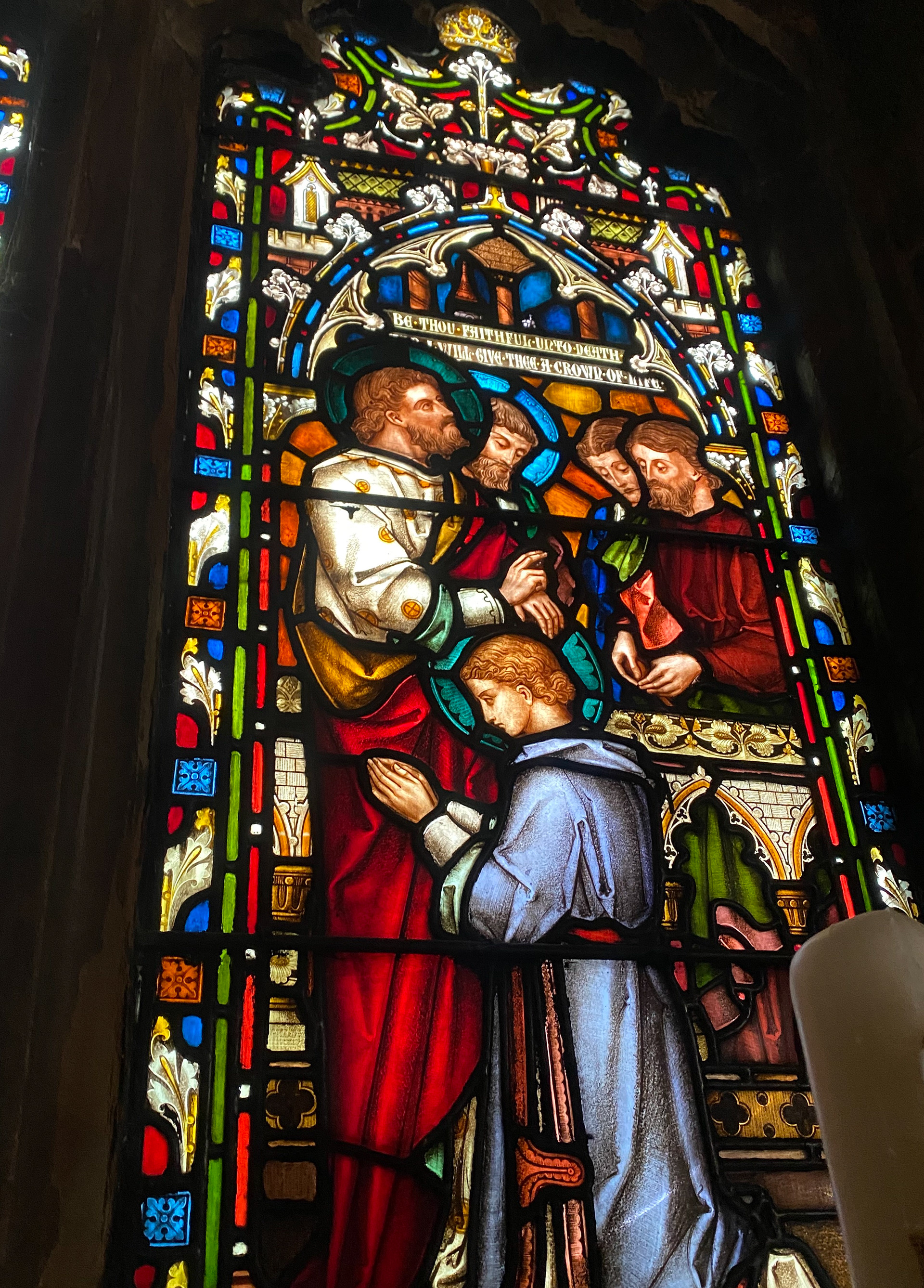


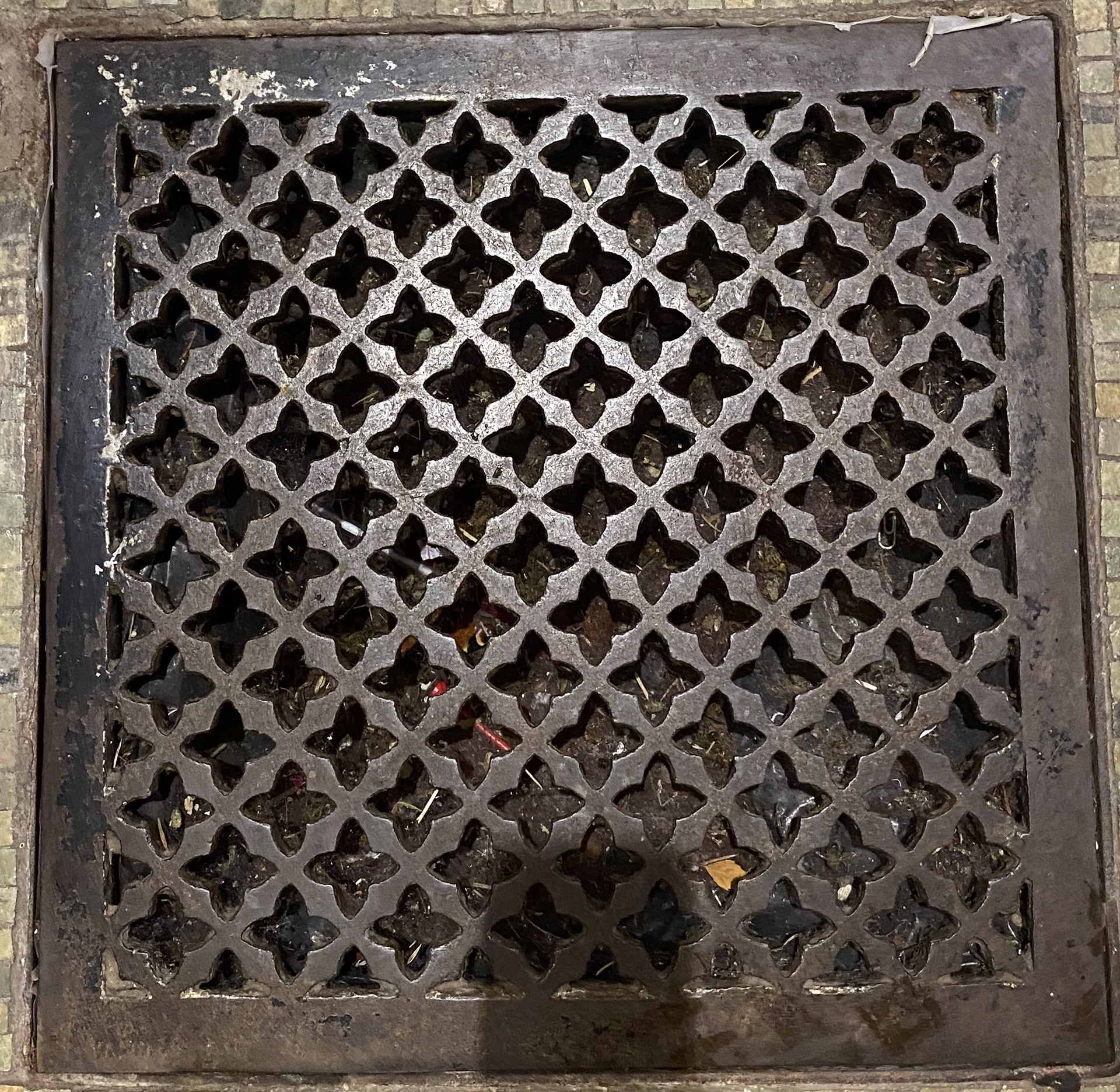

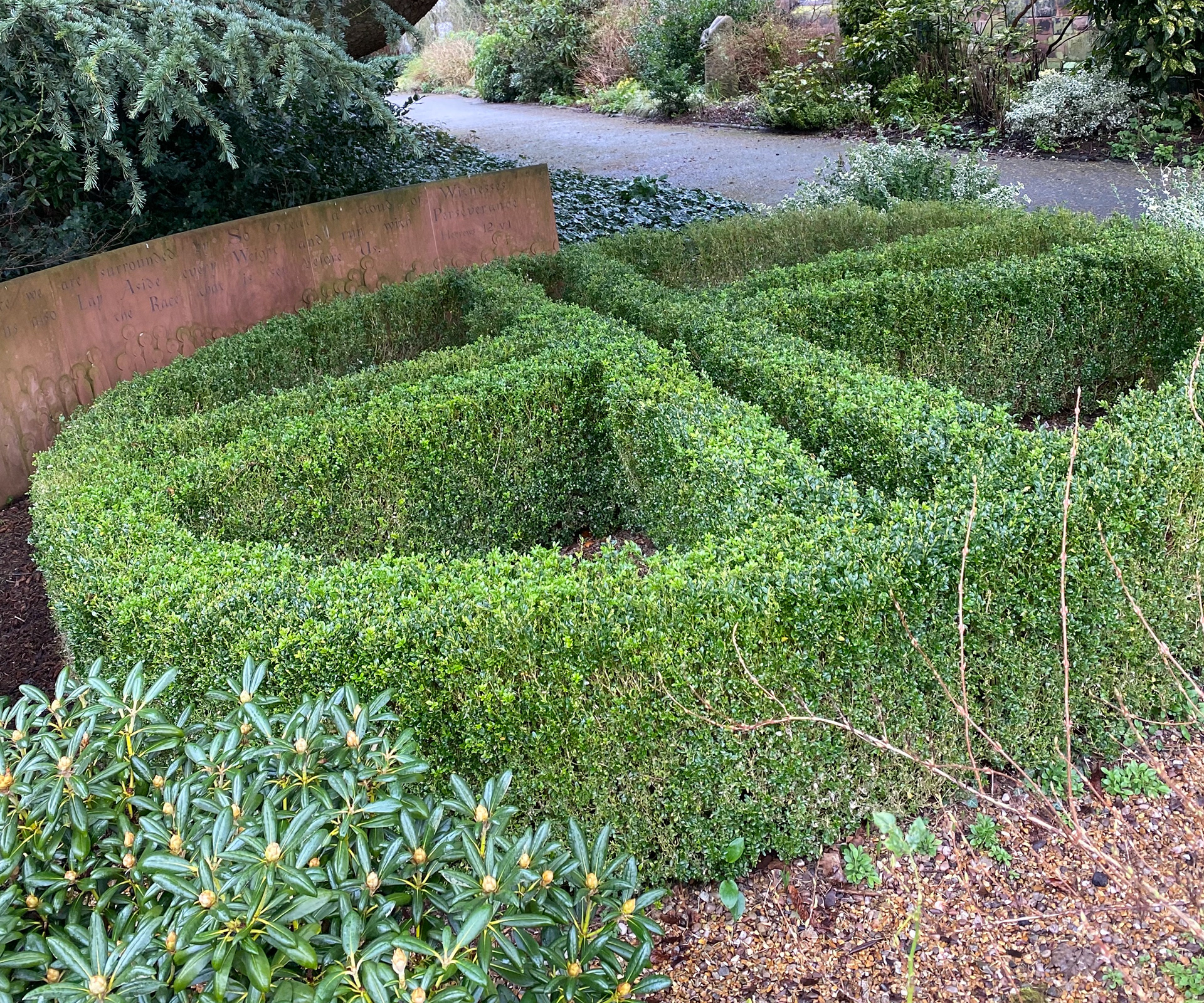
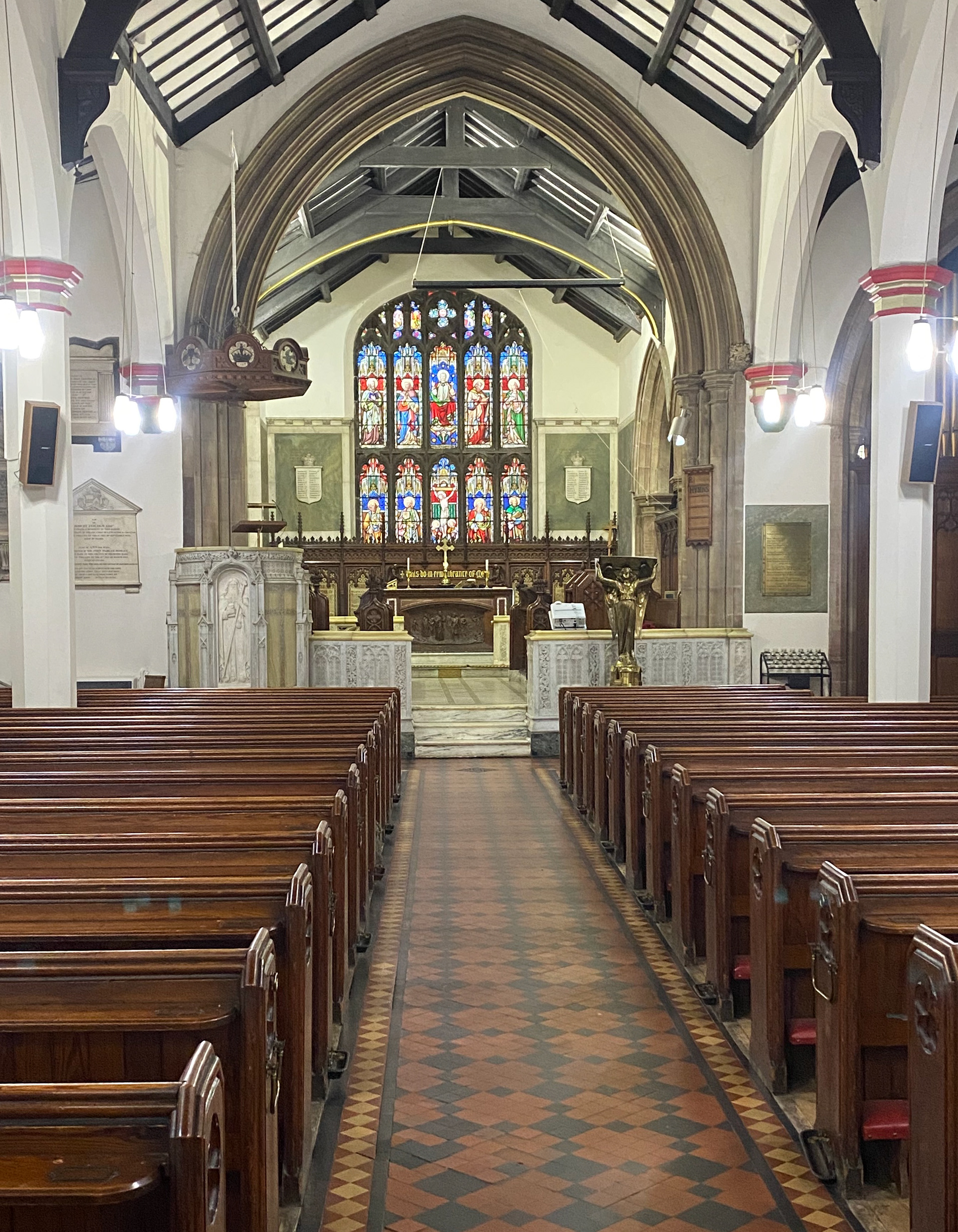

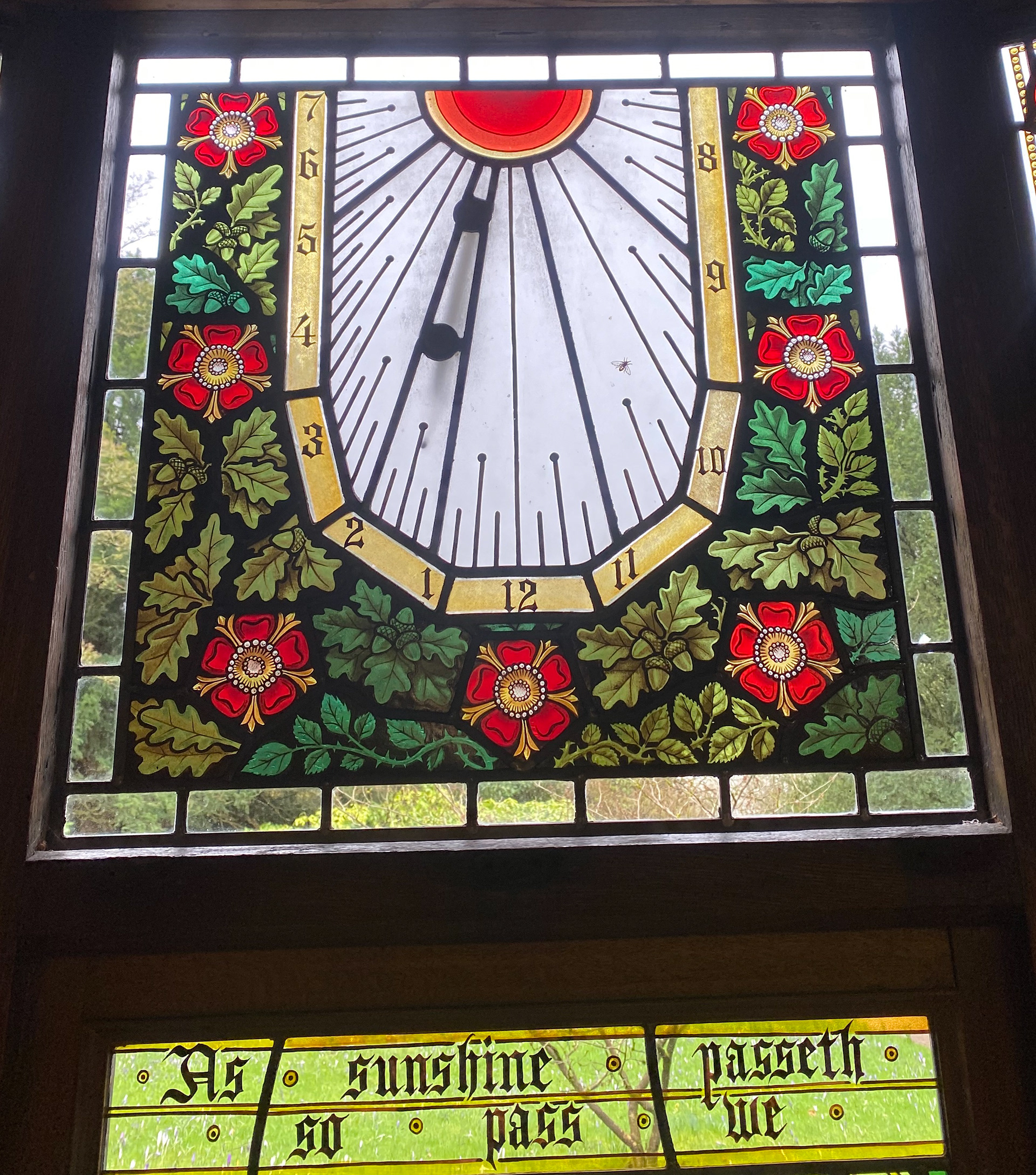
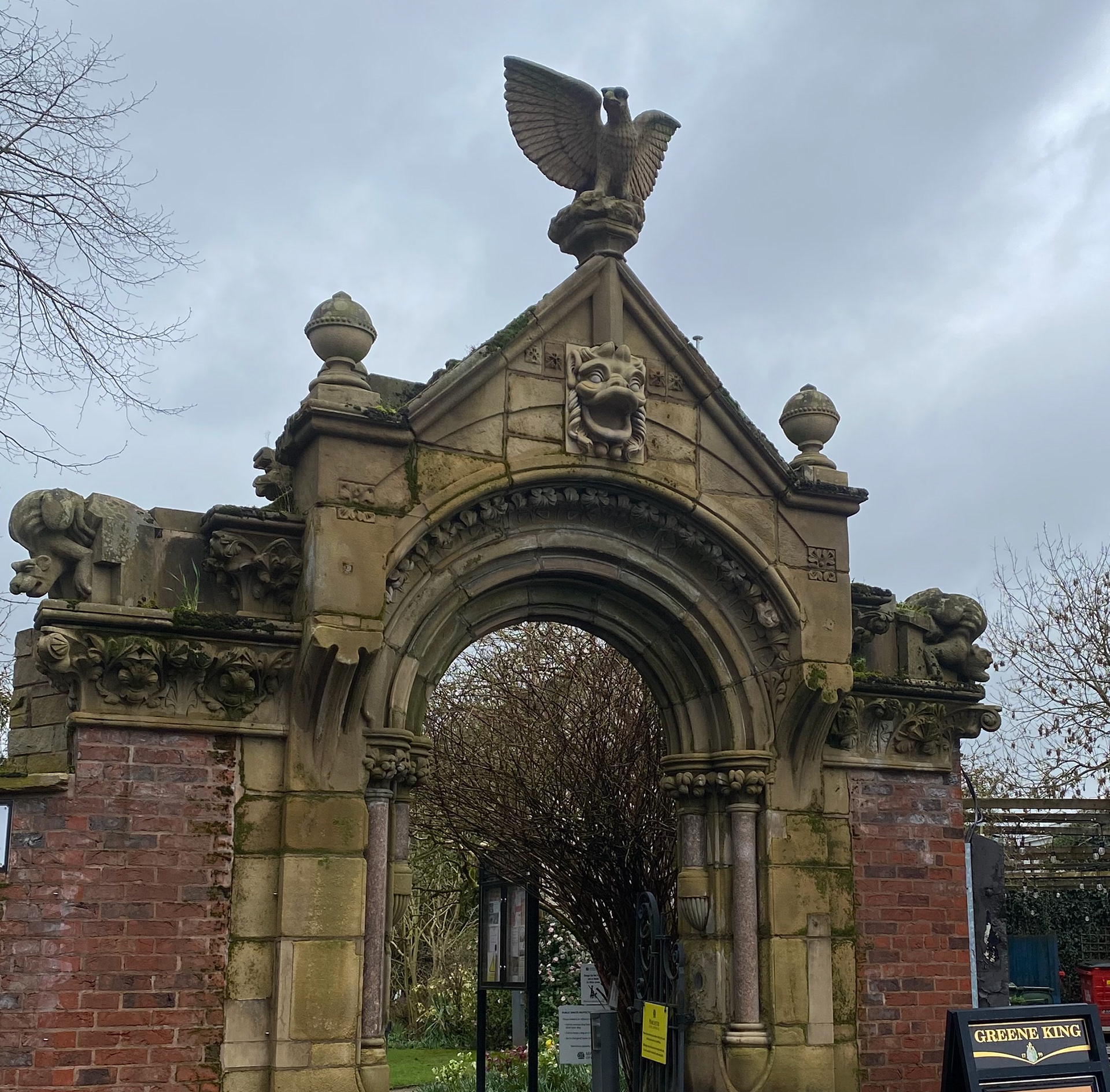
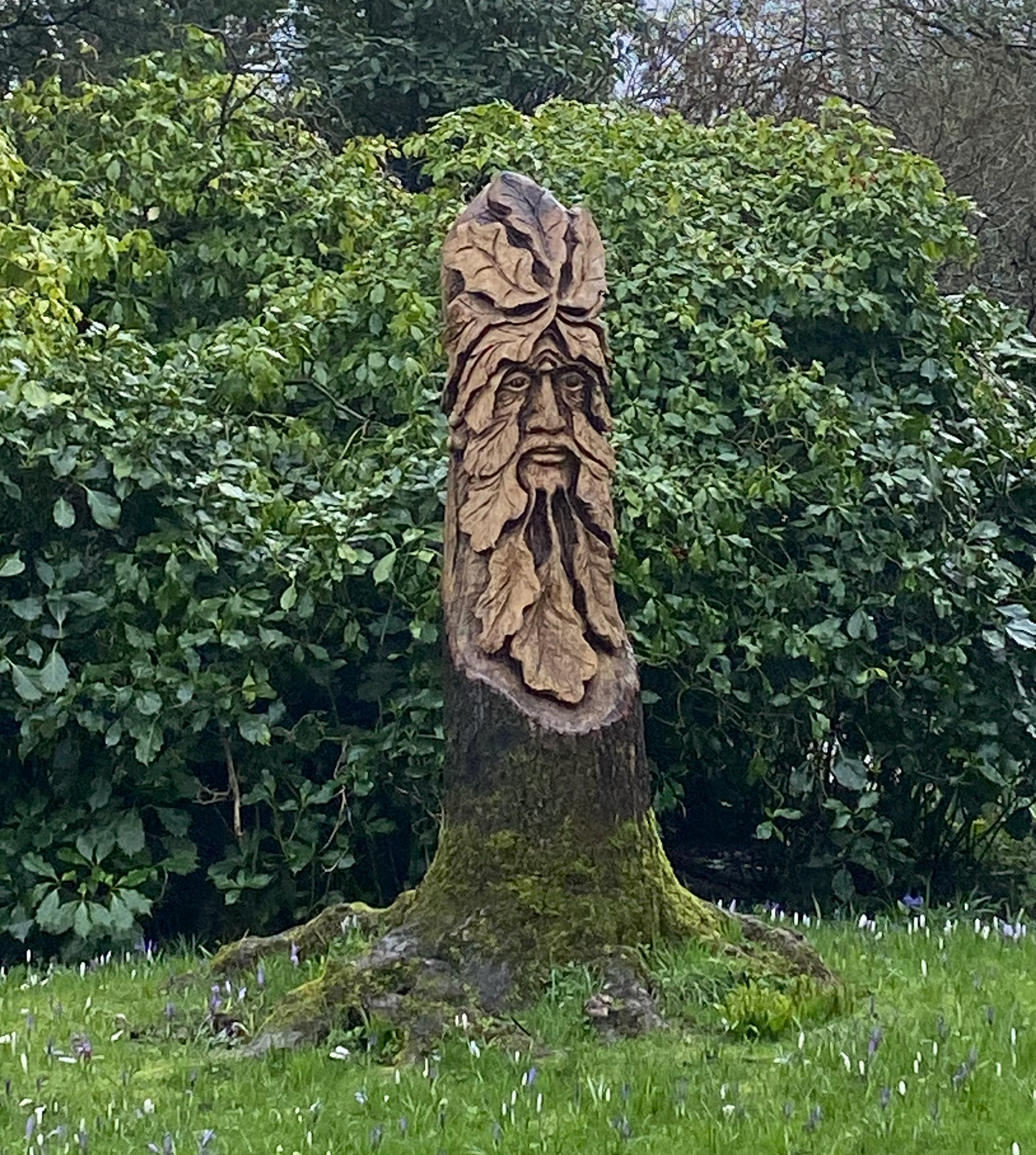
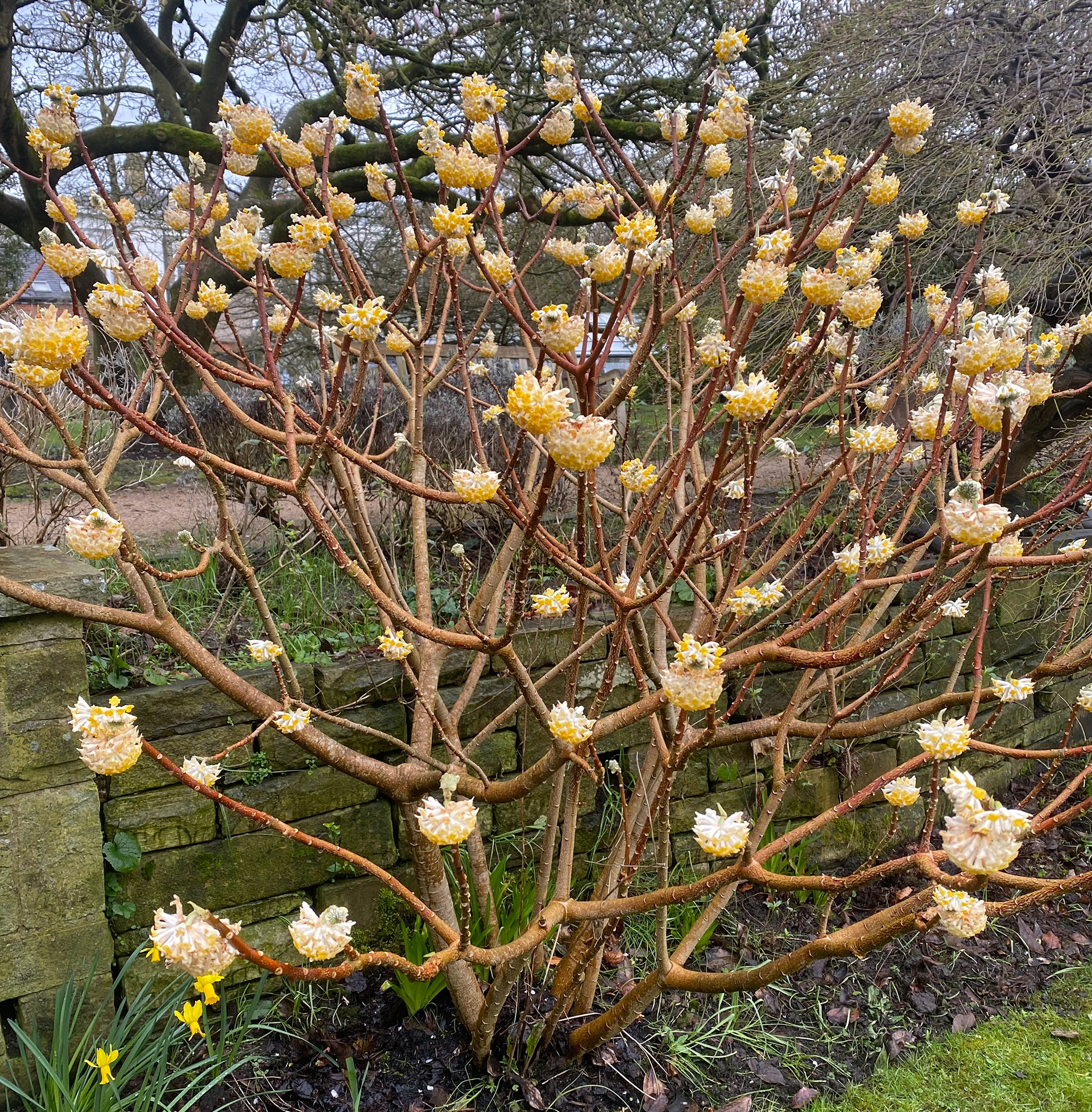
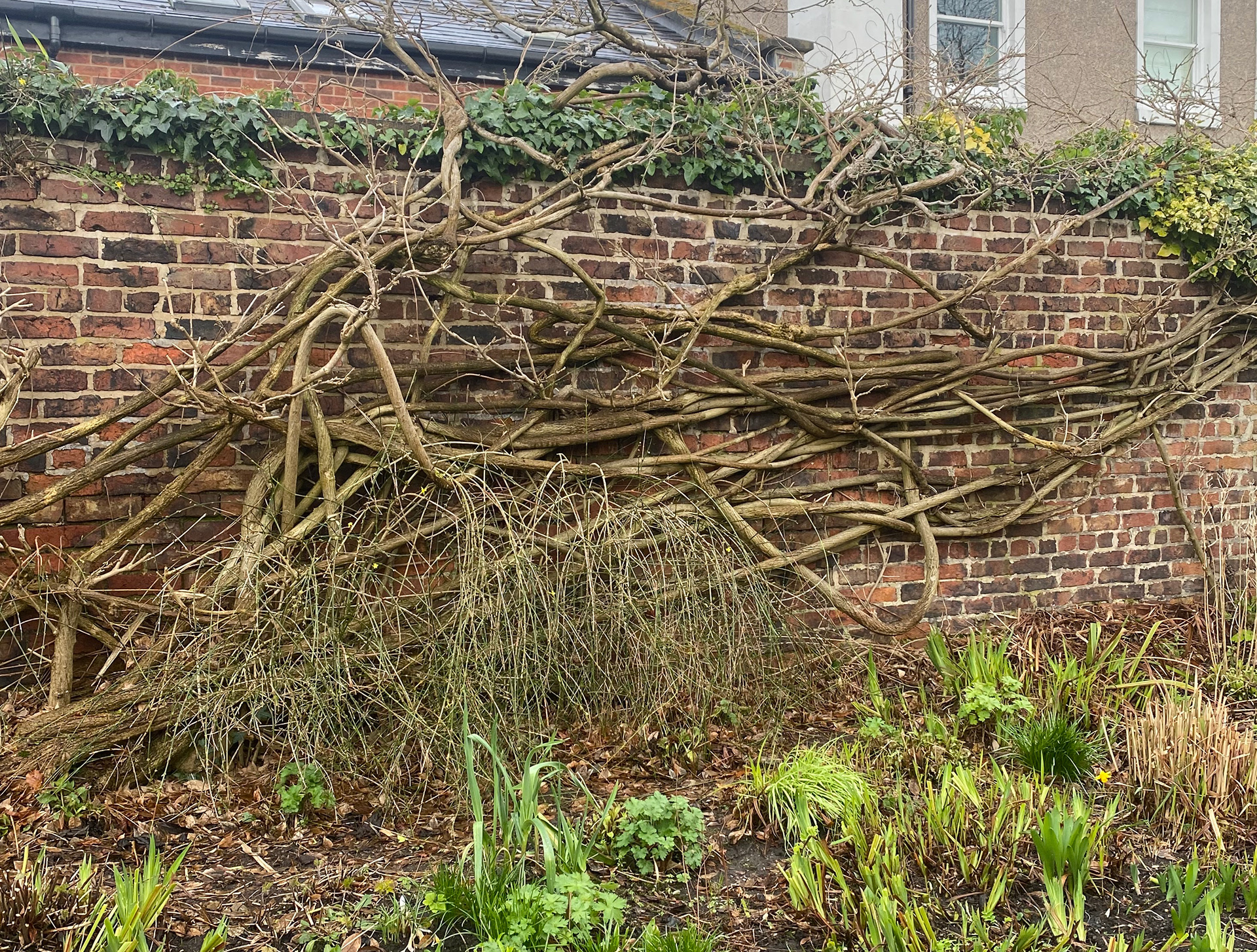
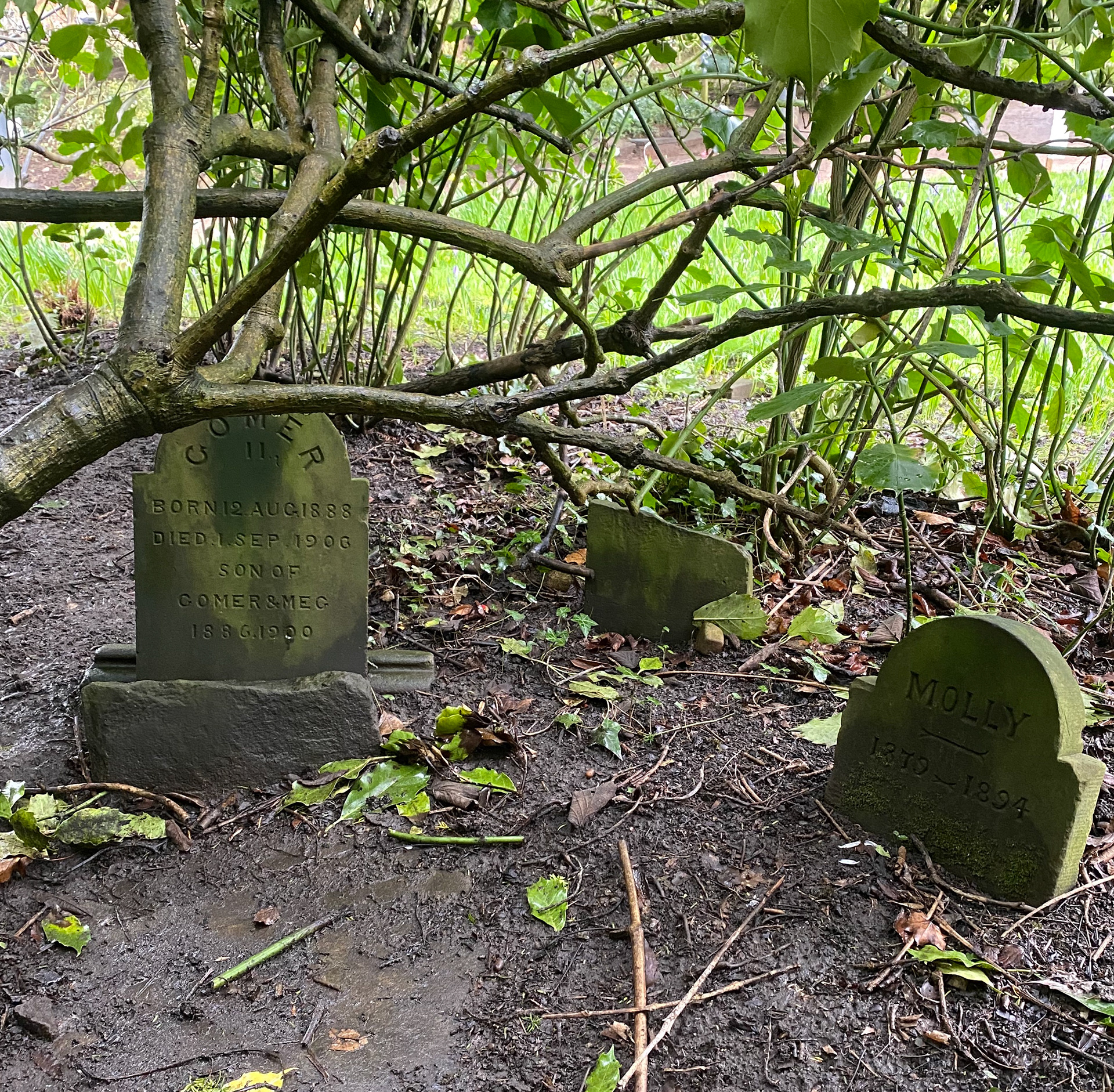
Second Visit to The Parsonage & Fletcher Moss Gardens
After the first visit, I decided I wanted to go back to have an in-depth look so that I could narrow down what ideas I wanted to take forward. The main inspiration included the stained glass windows in the house as well as the church, the geometric patterns and structures around the church and the gardens, but also the recurring idea of nature overruling the man-made throughout the gardens.
Due to recently discovering my heritage of being half Persian, geometry has played a key role in my work throughout my second year. This is something I naturally have an eye for. Because of this, I couldn't help but notice the many geometric patterns and structures within Fletcher Moss.
In addition to this, I noticed a running theme of nature such as trees and branches 'overruling' the man-made structures. Whilst on the first visit I was informed that all the trees in the gardens have a preservation. This means that the trees can't be harmed. For example, the tree next to the wall opposite the church and the road has to be left alone and the wall has to be moved to accommodate the tree, rather than chopping down the tree. I found this interesting and beautiful. As well as this, I noticed lots of branches wrapping around man-made structures or growing through them. Because of this, I played with the idea of nature having a voice and wanting to be left alone and undisturbed by humans, rebelling against the structures.
Another concept I liked the idea of was that Mr Fletcher Moss himself showcased his wealth through the gardens and the buildings by adding items such as the stained glass in the windows in the house, marble through the interiors and the stone arched gate with the eagle at the top, at the entrance to the gardens.
As well as the above, Fletcher Moss Park has a personal meaning to me. Growing up not too far from Didsbury, I was and still am around the area a lot. Because of this, I have visited the park countless times as it is one of my favourite inner city green spaces. The botanical gardens in particular. I love the arrangement and variety of the plants and trees within the gardens, especially on a summer day. I have one particular memory of walking around the gardens with friends quite a long time ago, looking at a tree which we made up a silly narrative that it looked like a man leaning back and the leaves of the tree resembled his dreadlocks, due to the way the trees leaves hung. This memory makes me laugh still to this day, unfortunately, the tree doesn't look like this anymore.


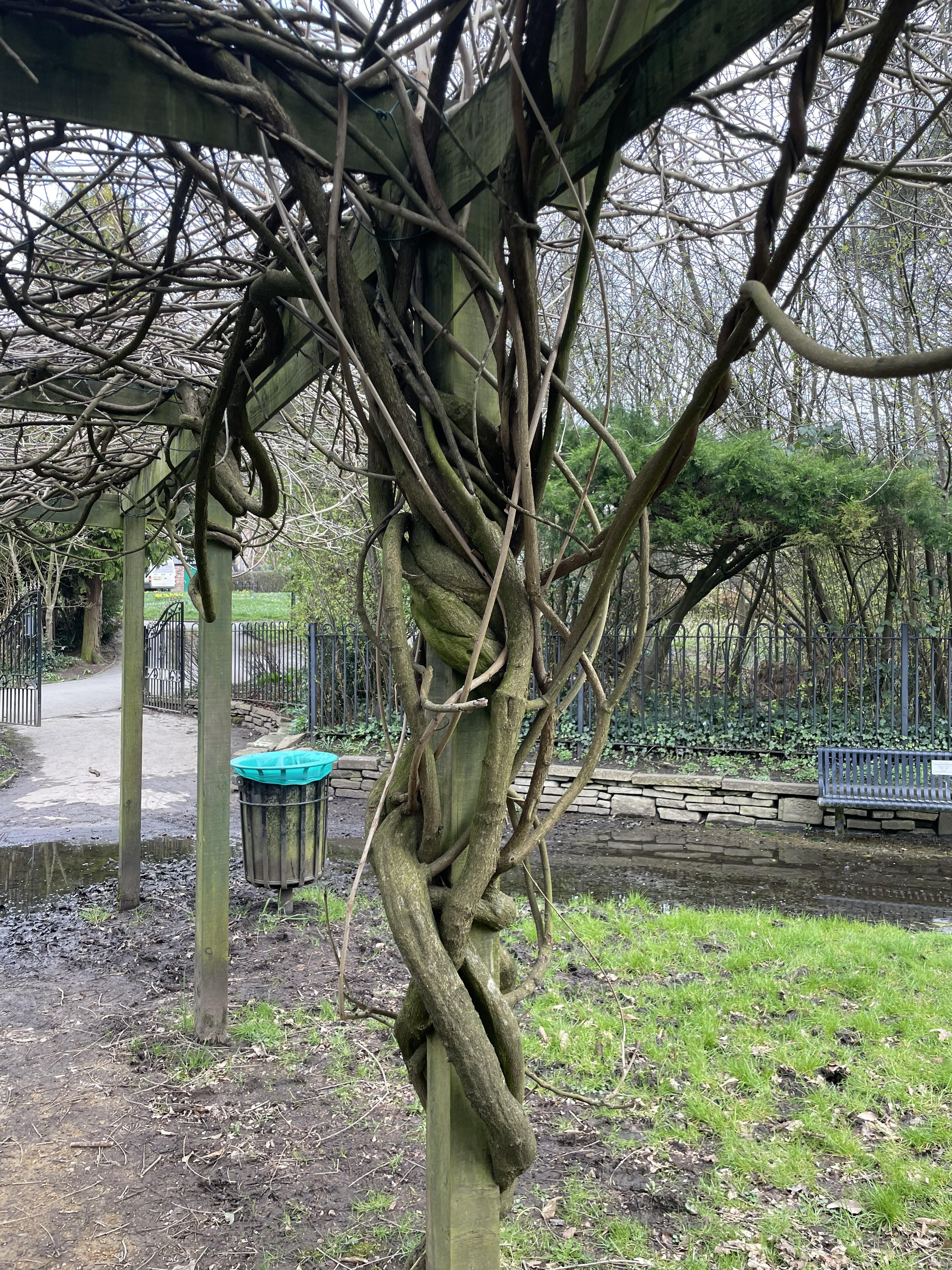


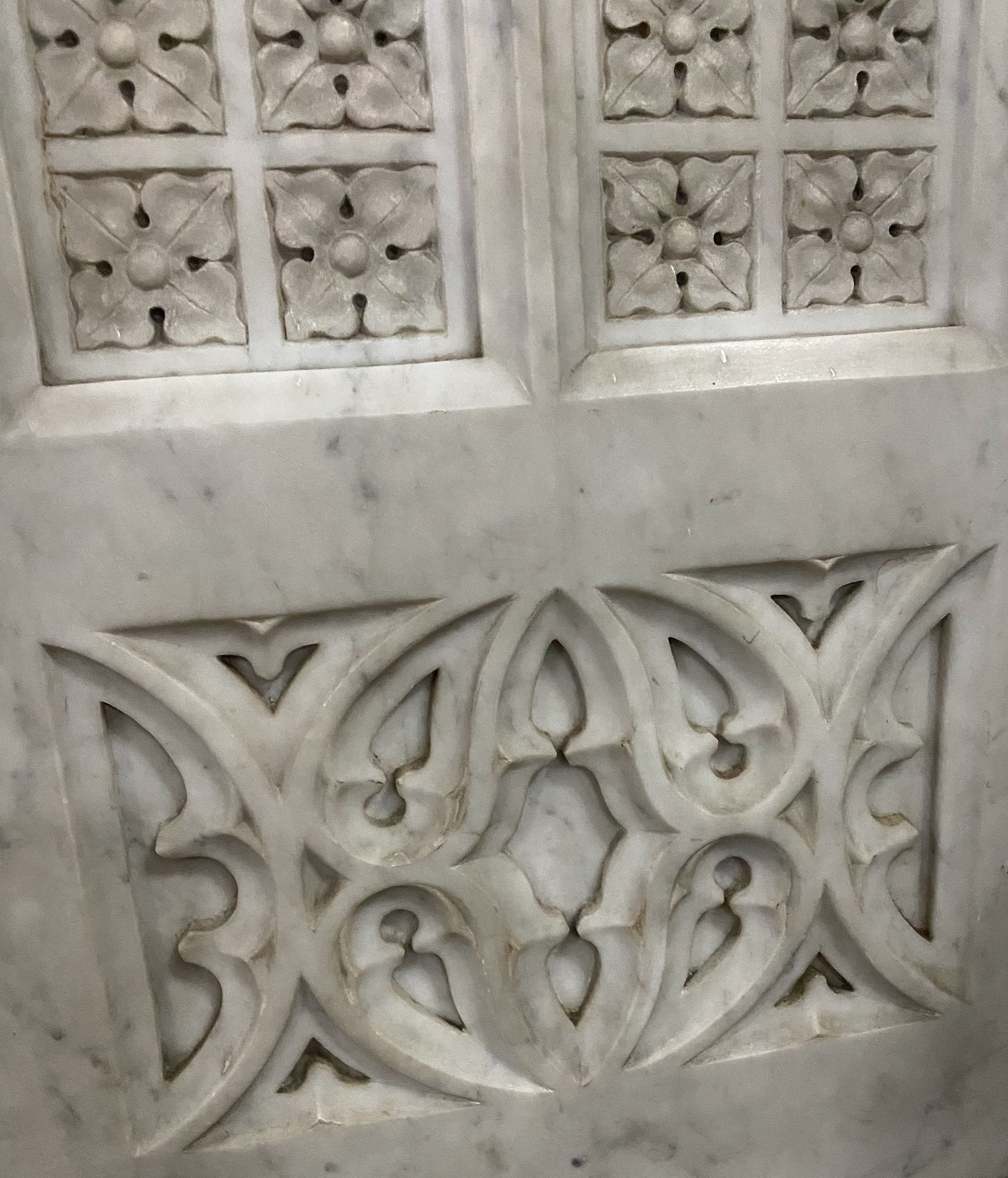
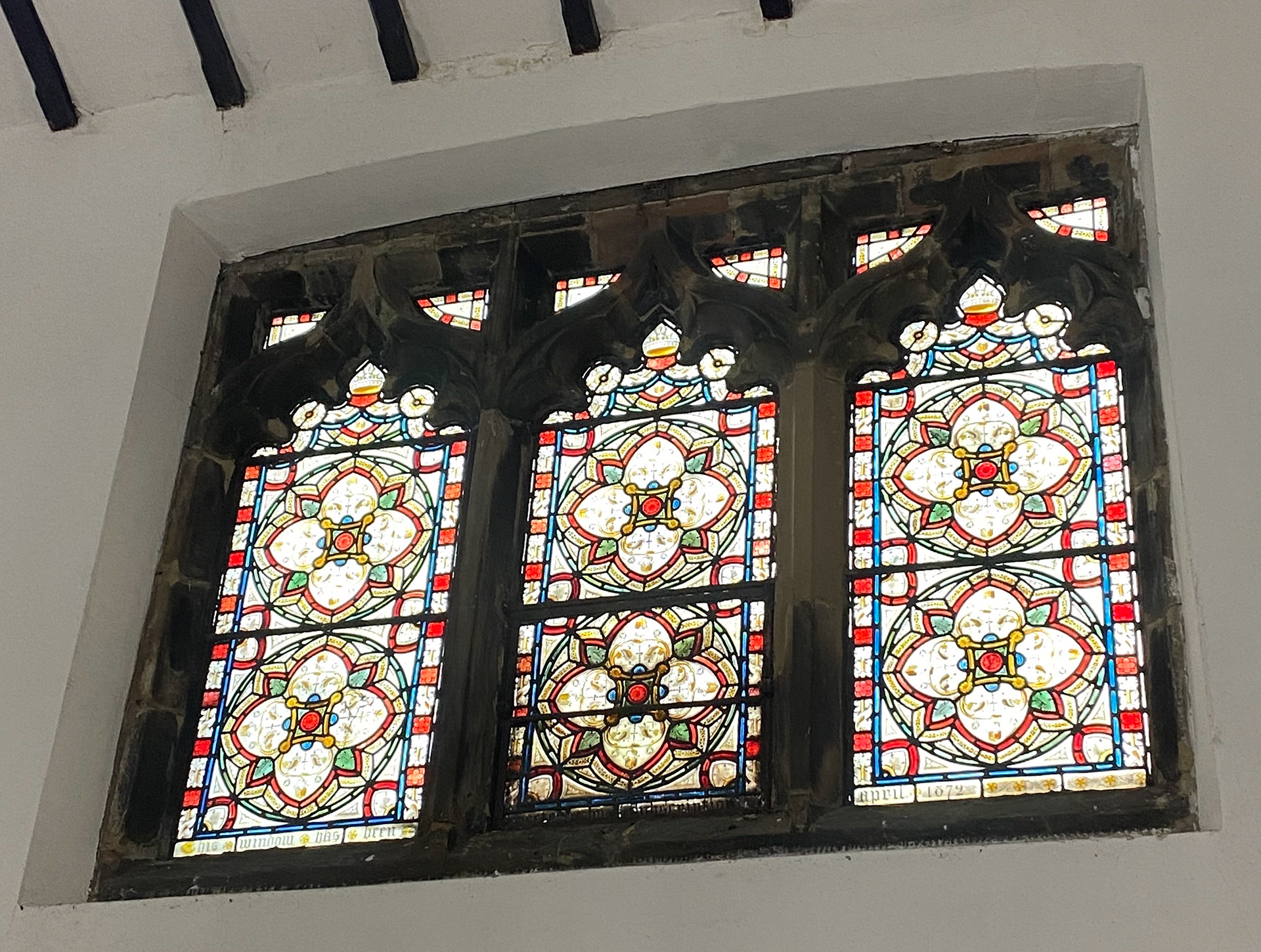
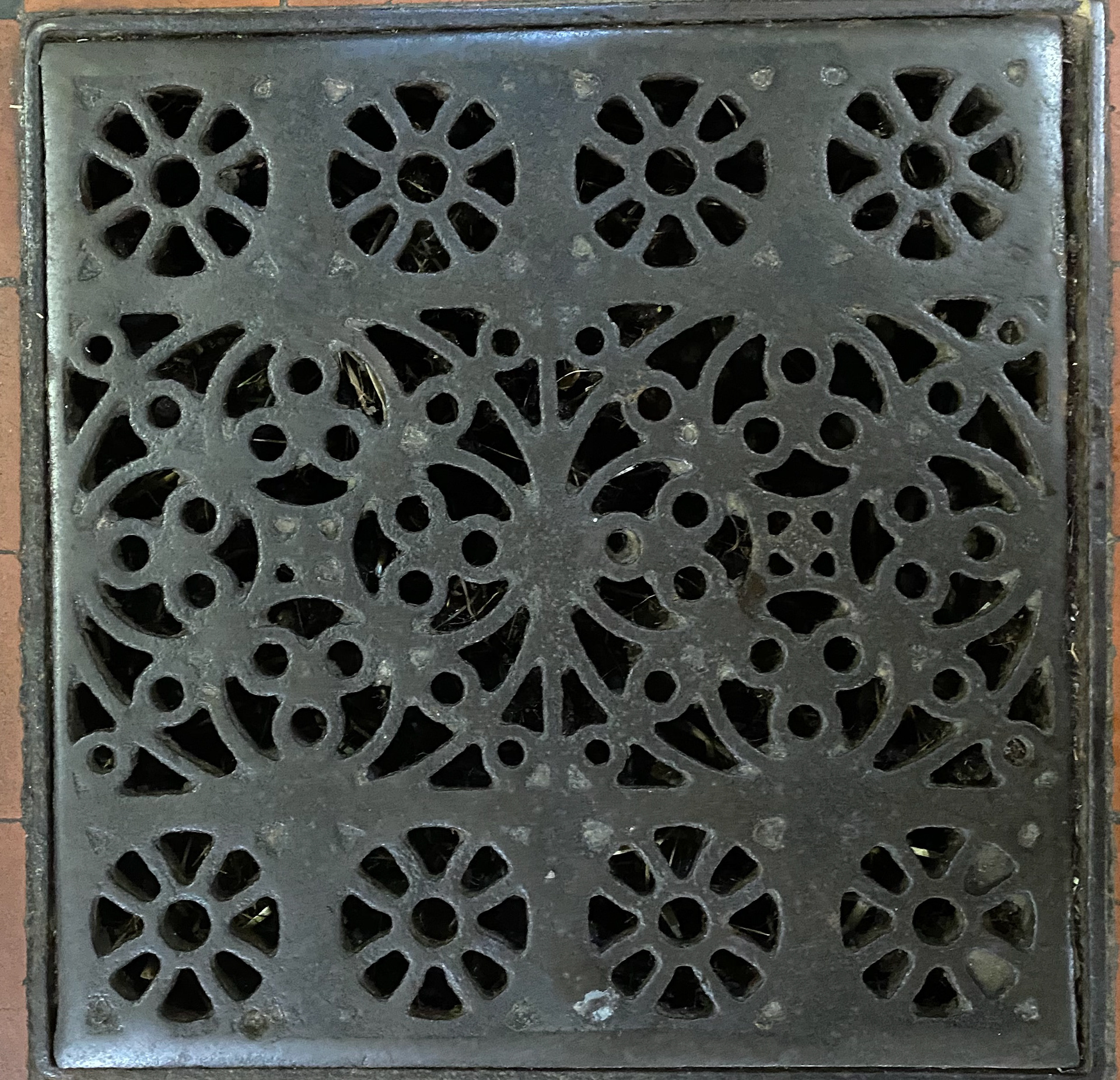
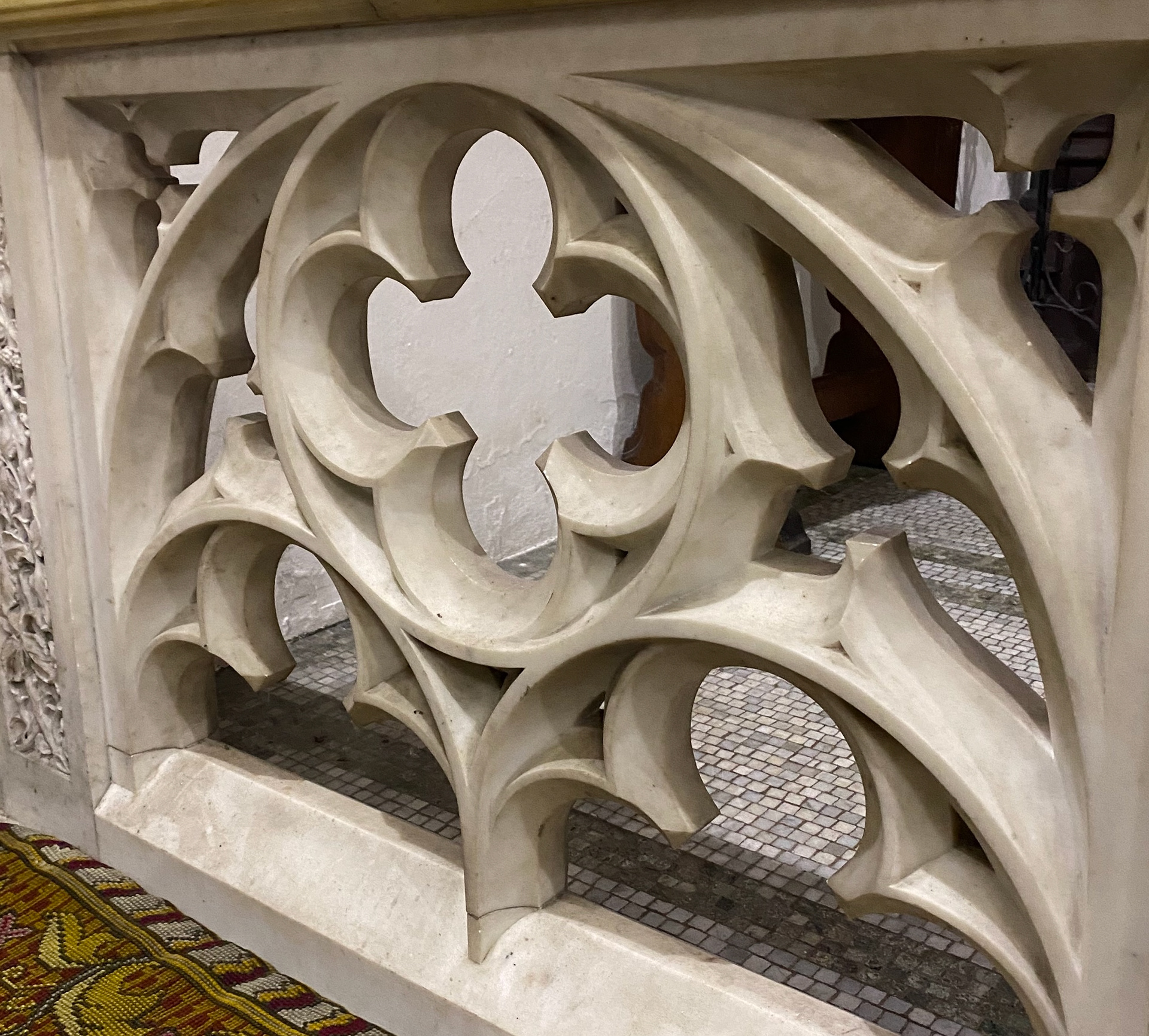
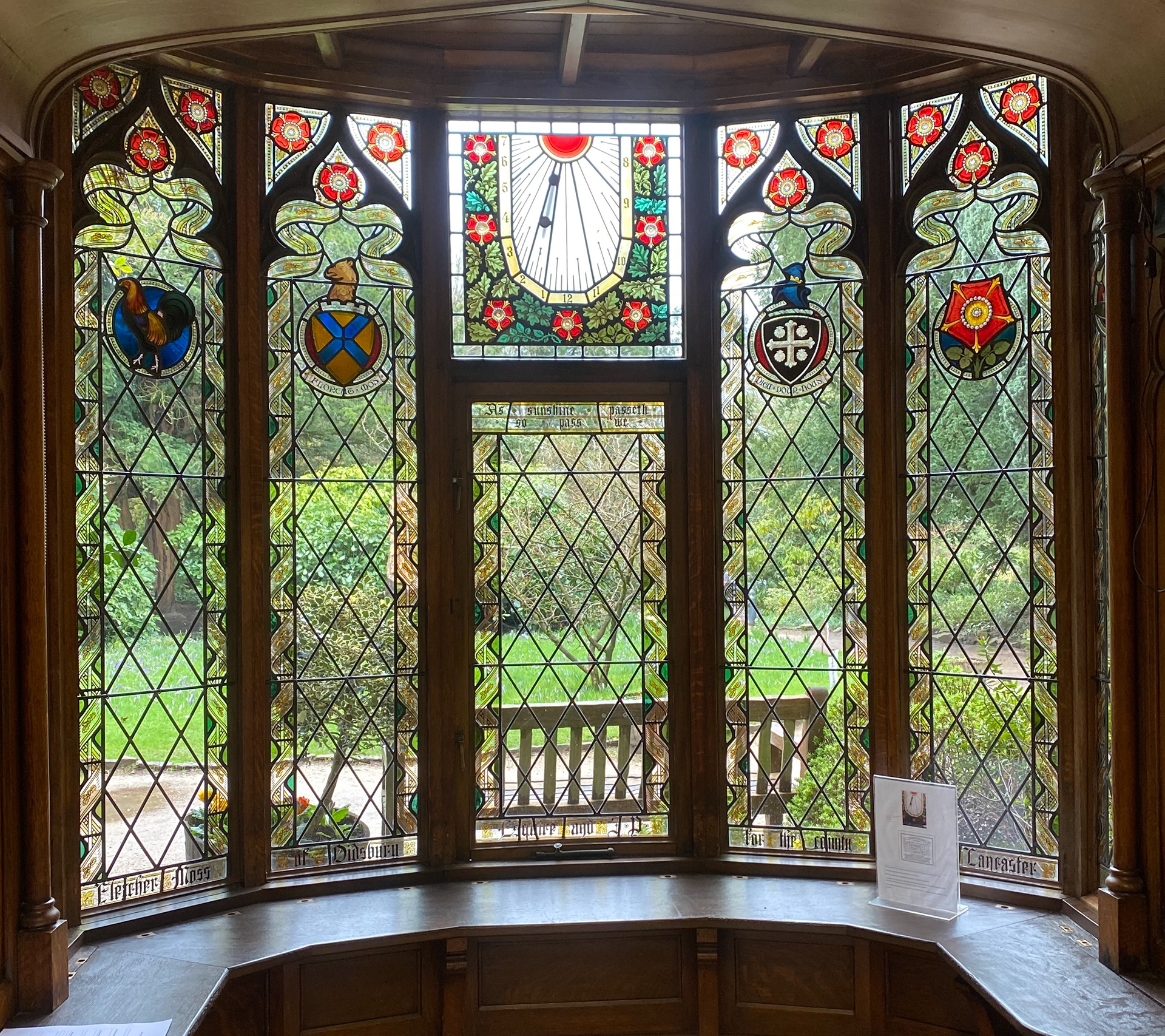

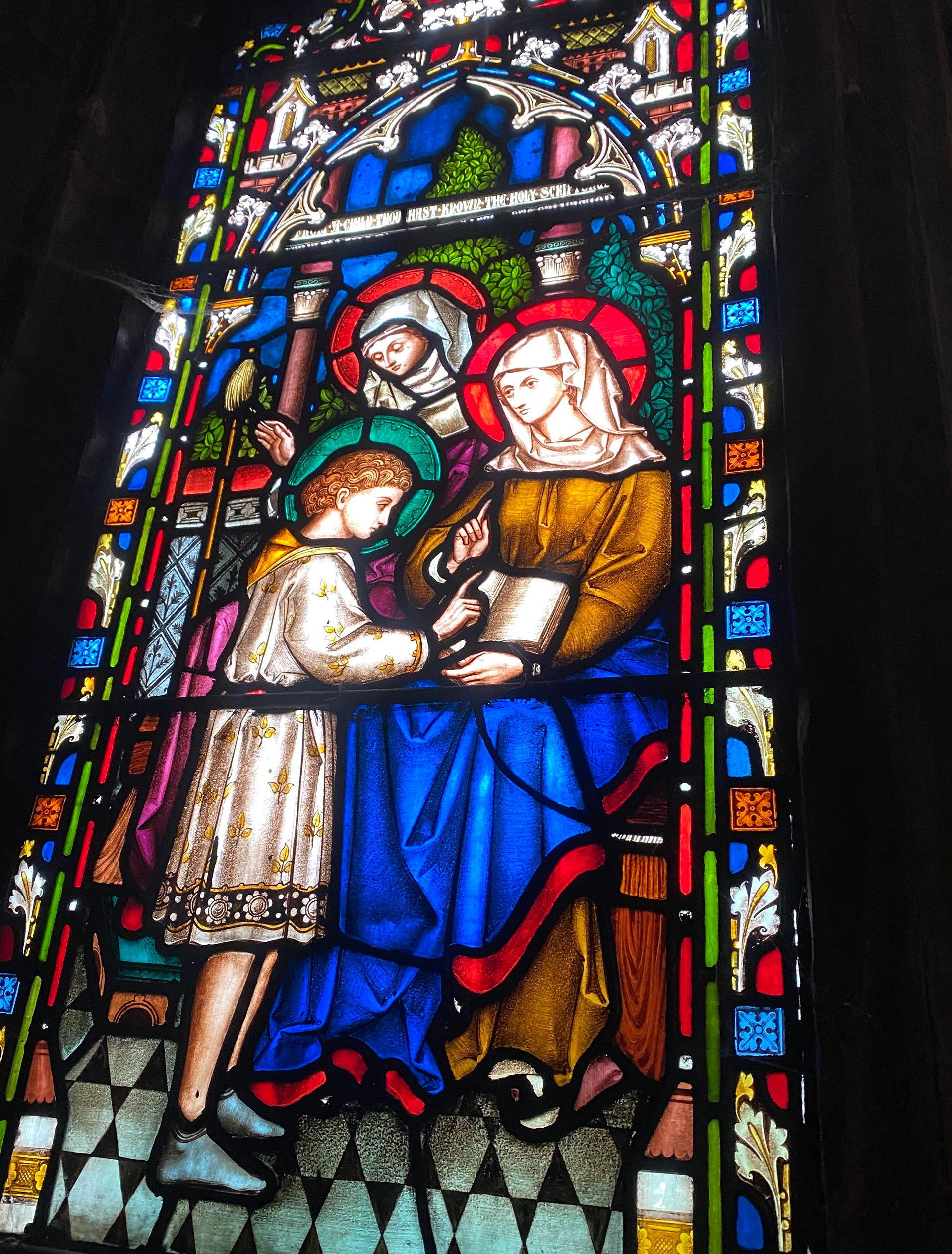
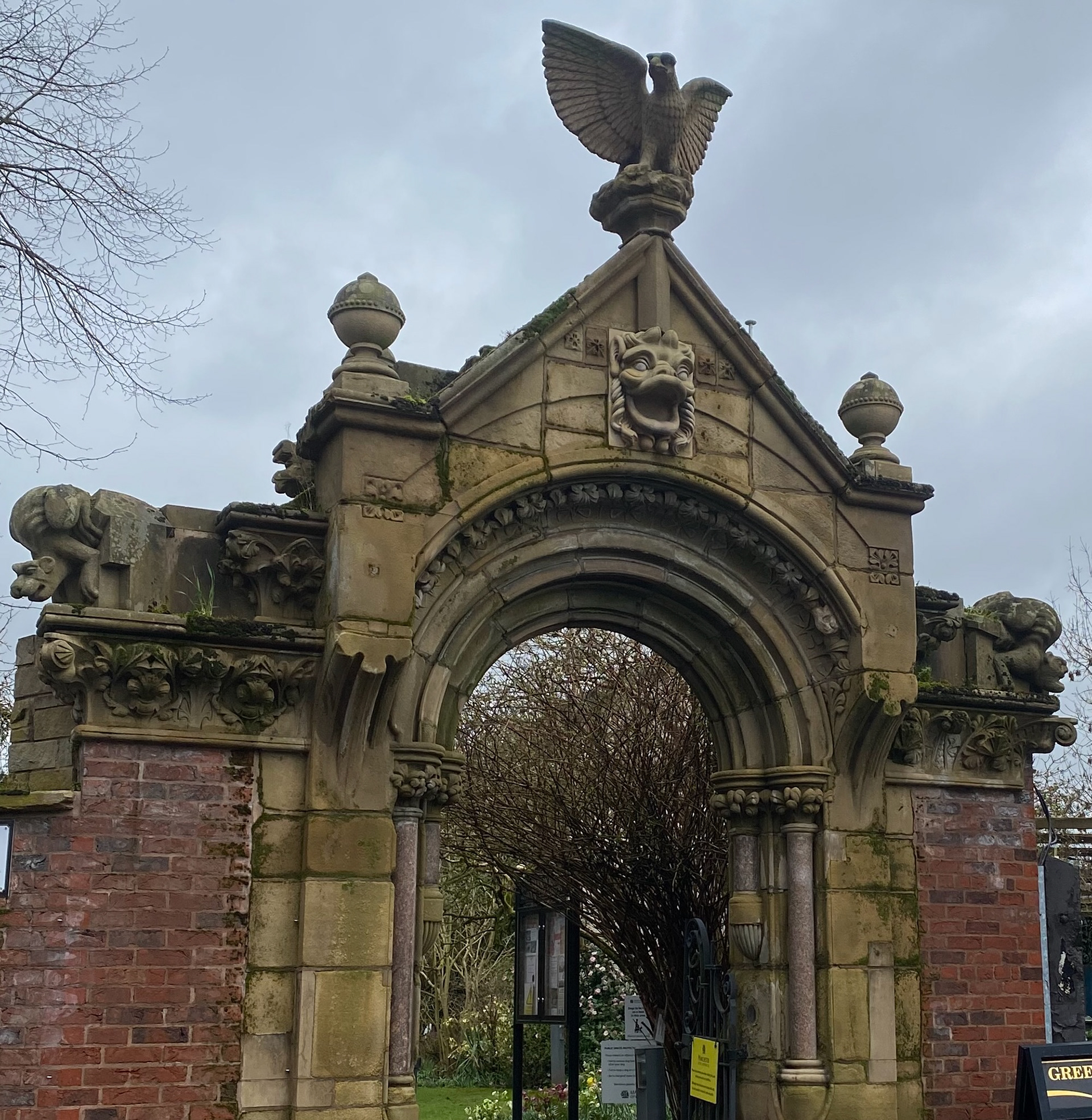
Zine Task
I was given the word 'maps' as my topic for the Zine task. From this, I chose to research maps of the Sea.
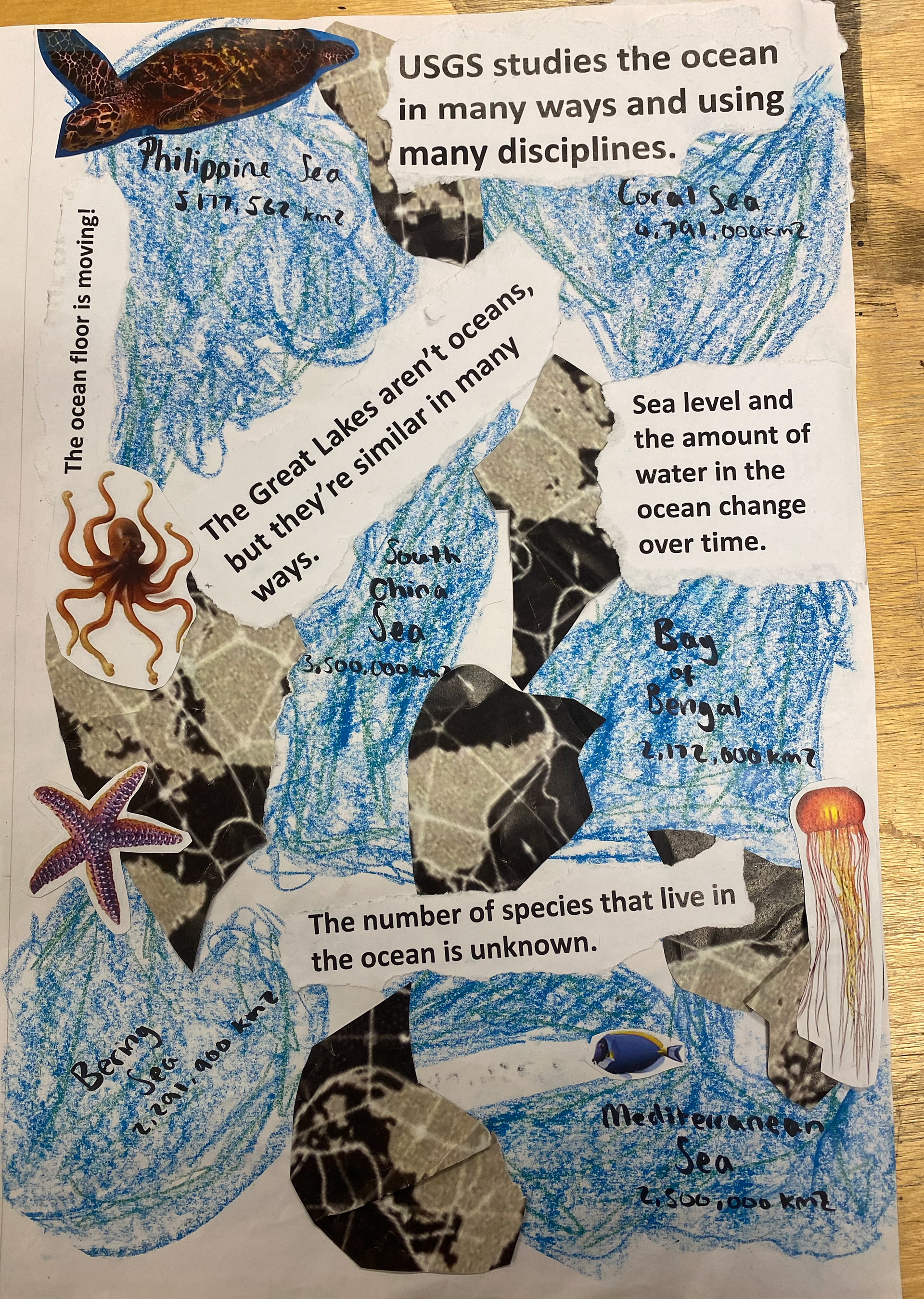
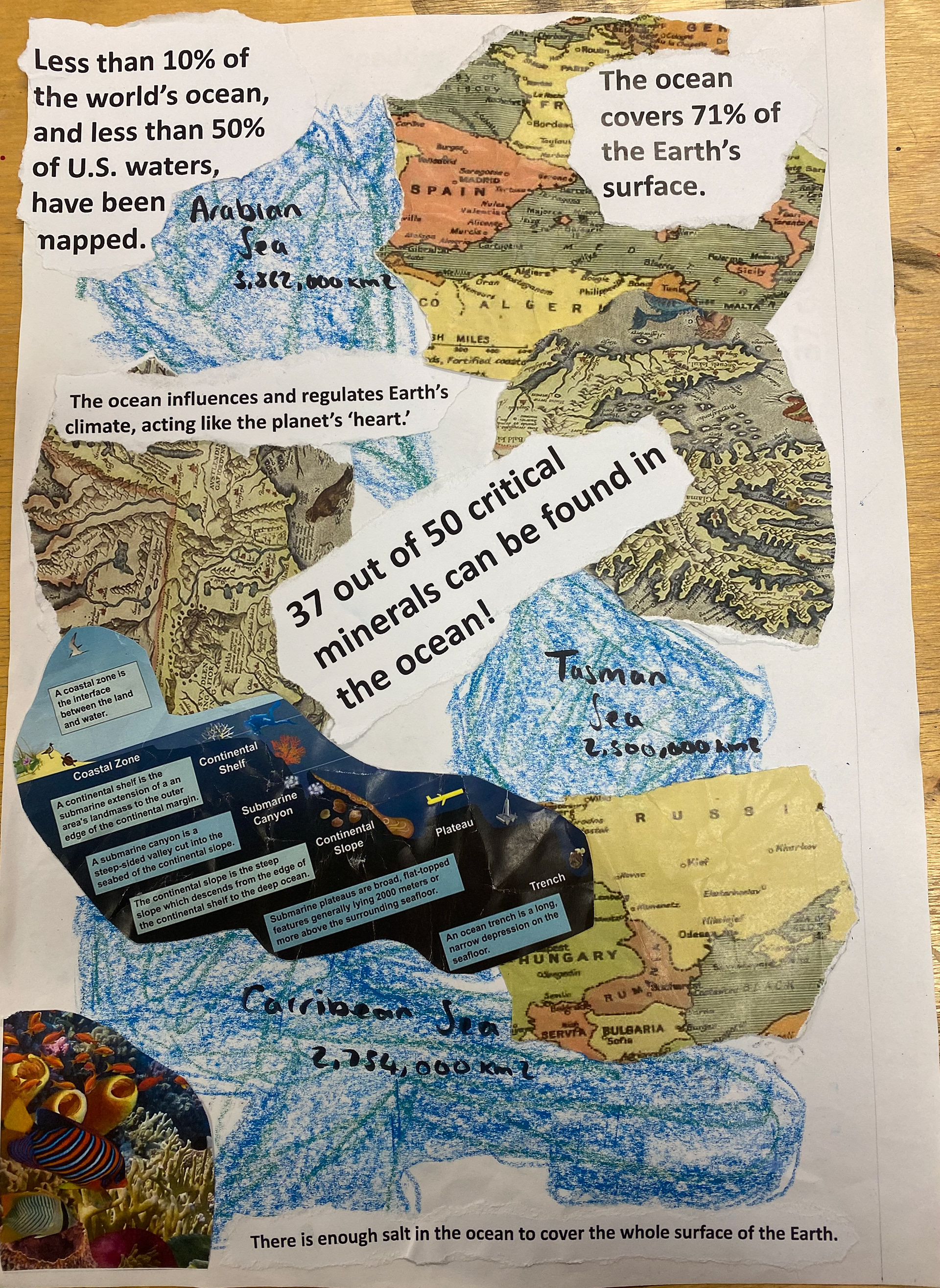
Matchbox Archive Task
For the matchbox archive task, I took my favourite parts of my research at this stage and presented them in a matchbox which I made, using various media to display this.
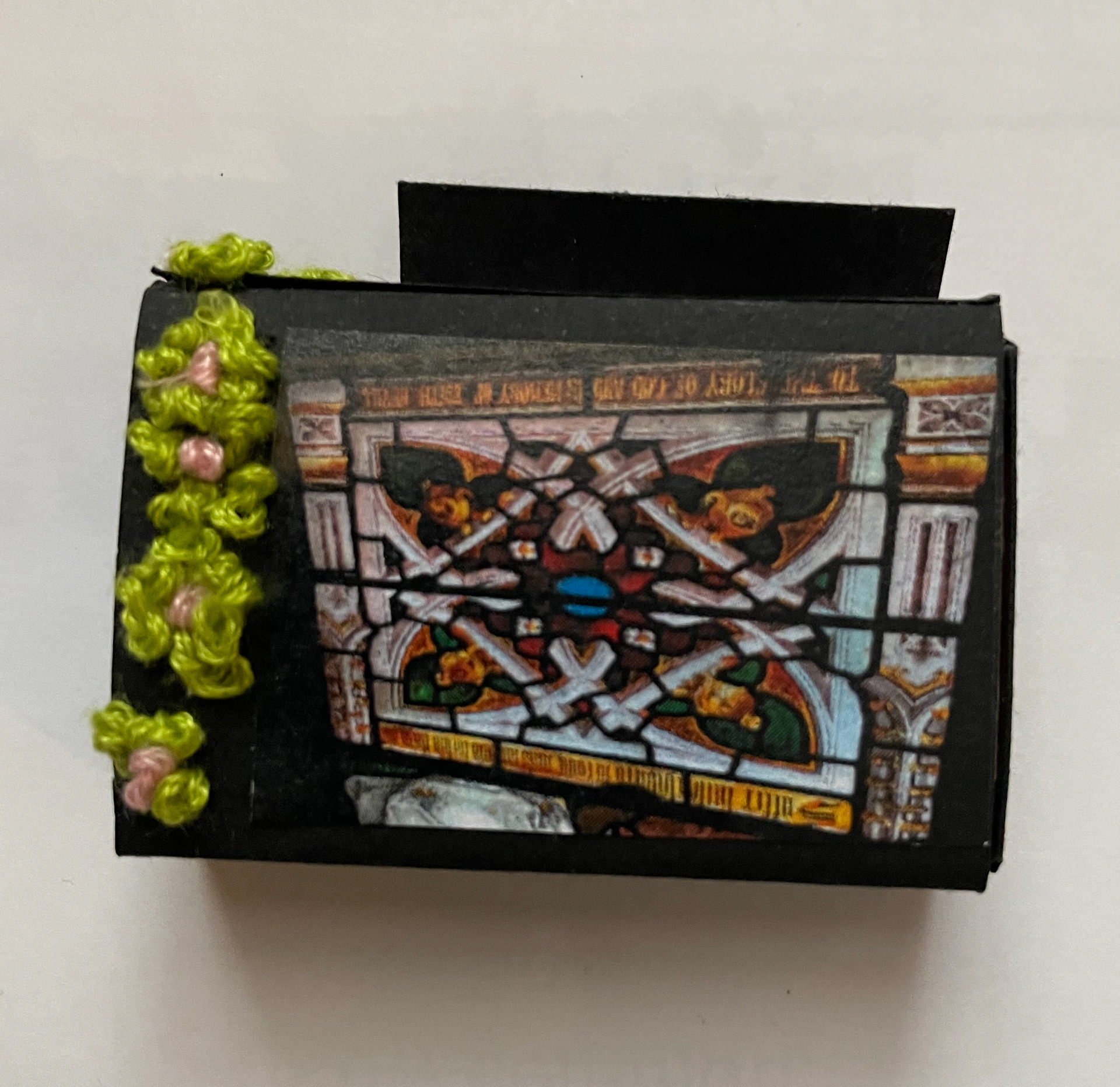


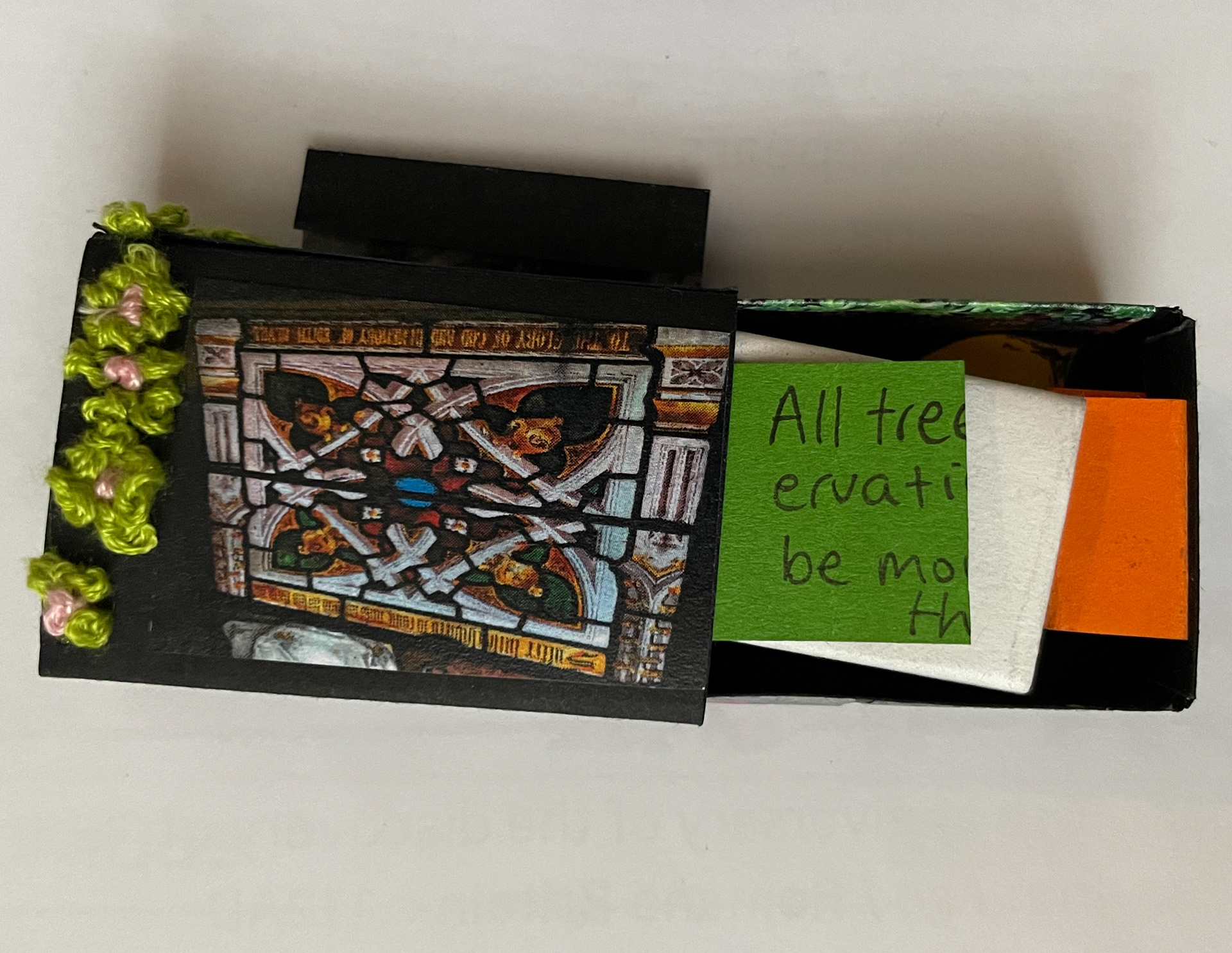
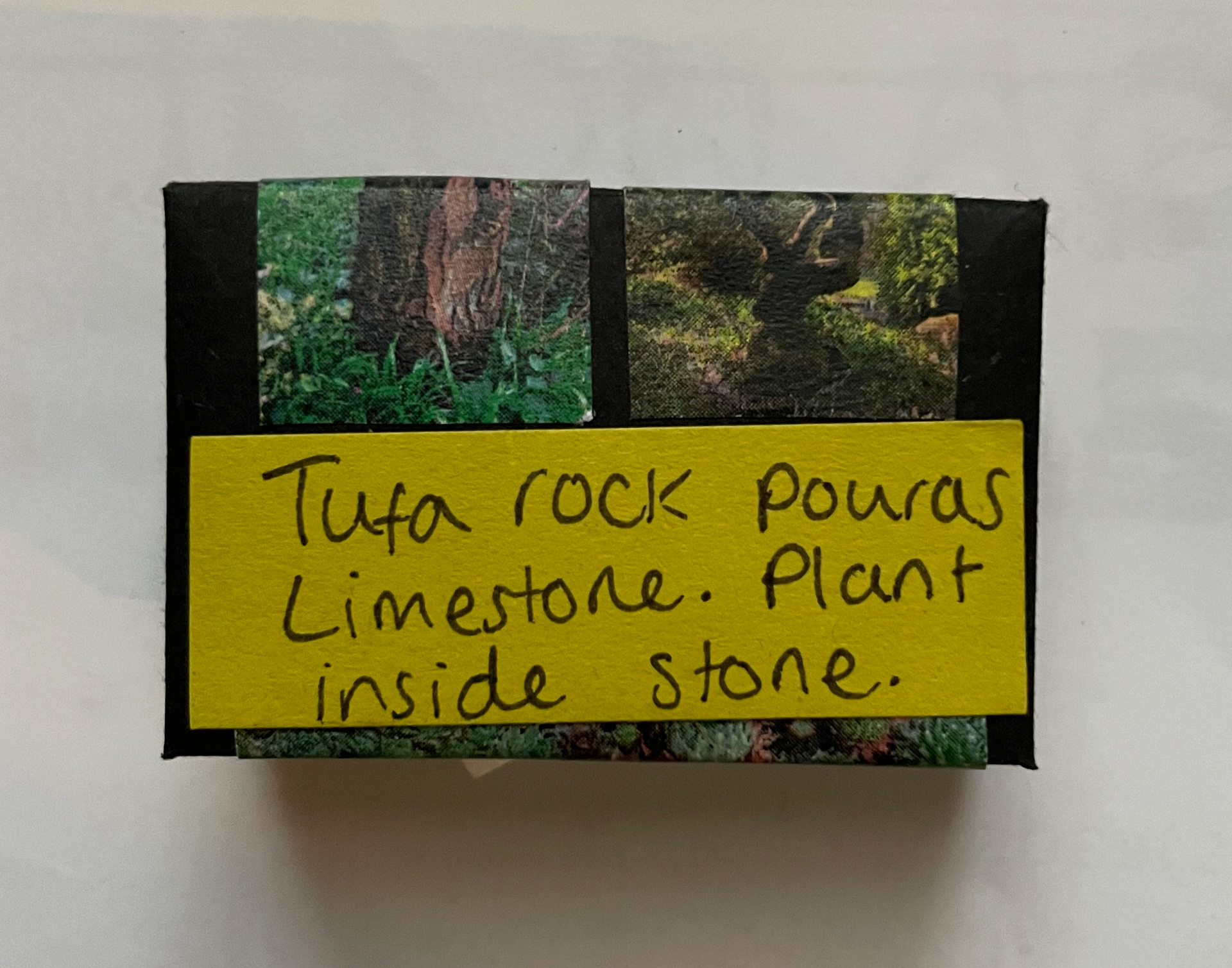

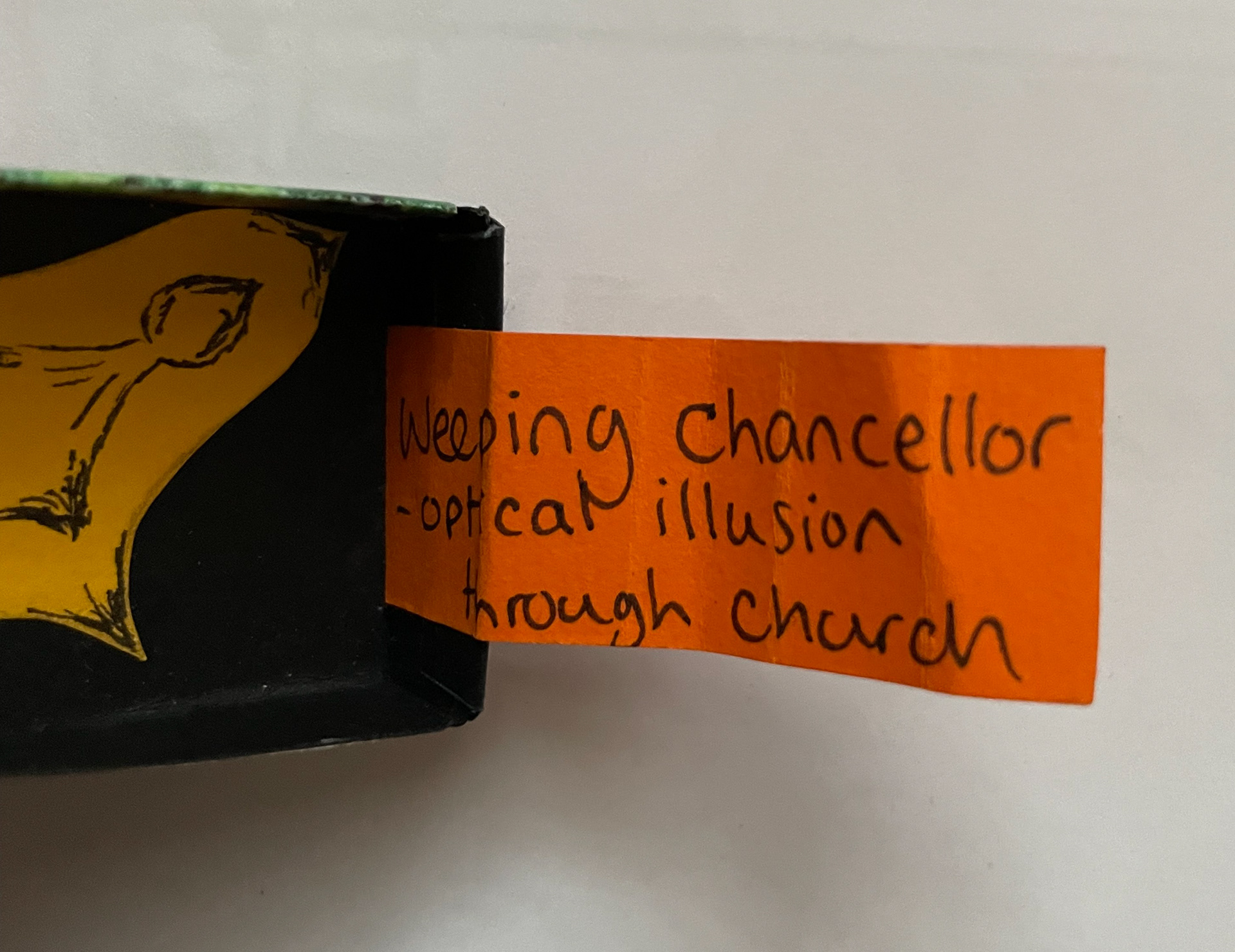
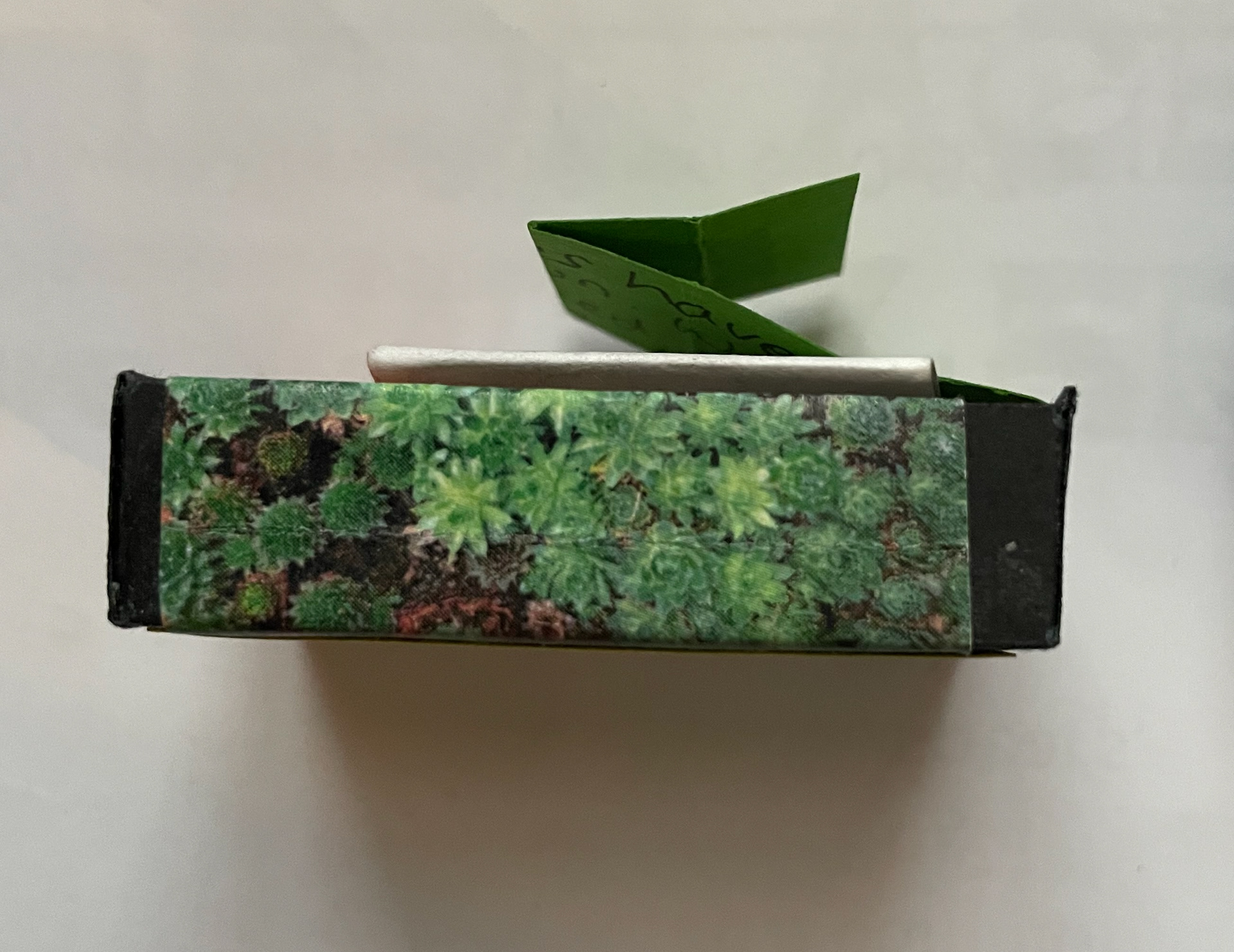

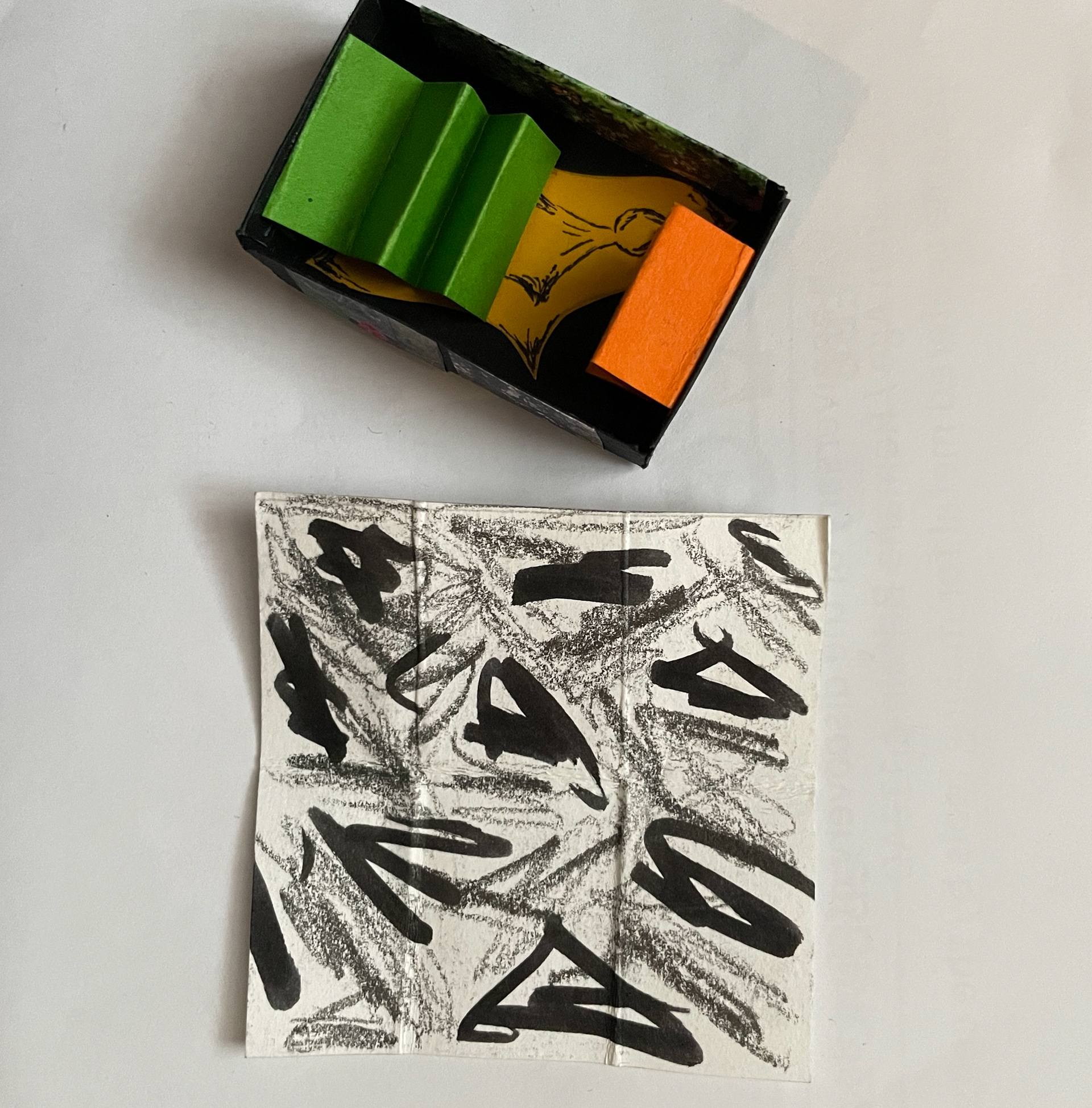
Model Box Task
For the model box task, I wanted to focus on a geometric aspect inspired by designs from the church. However, my brain was blocked during this task and I didn't manage to complete it how I wanted.
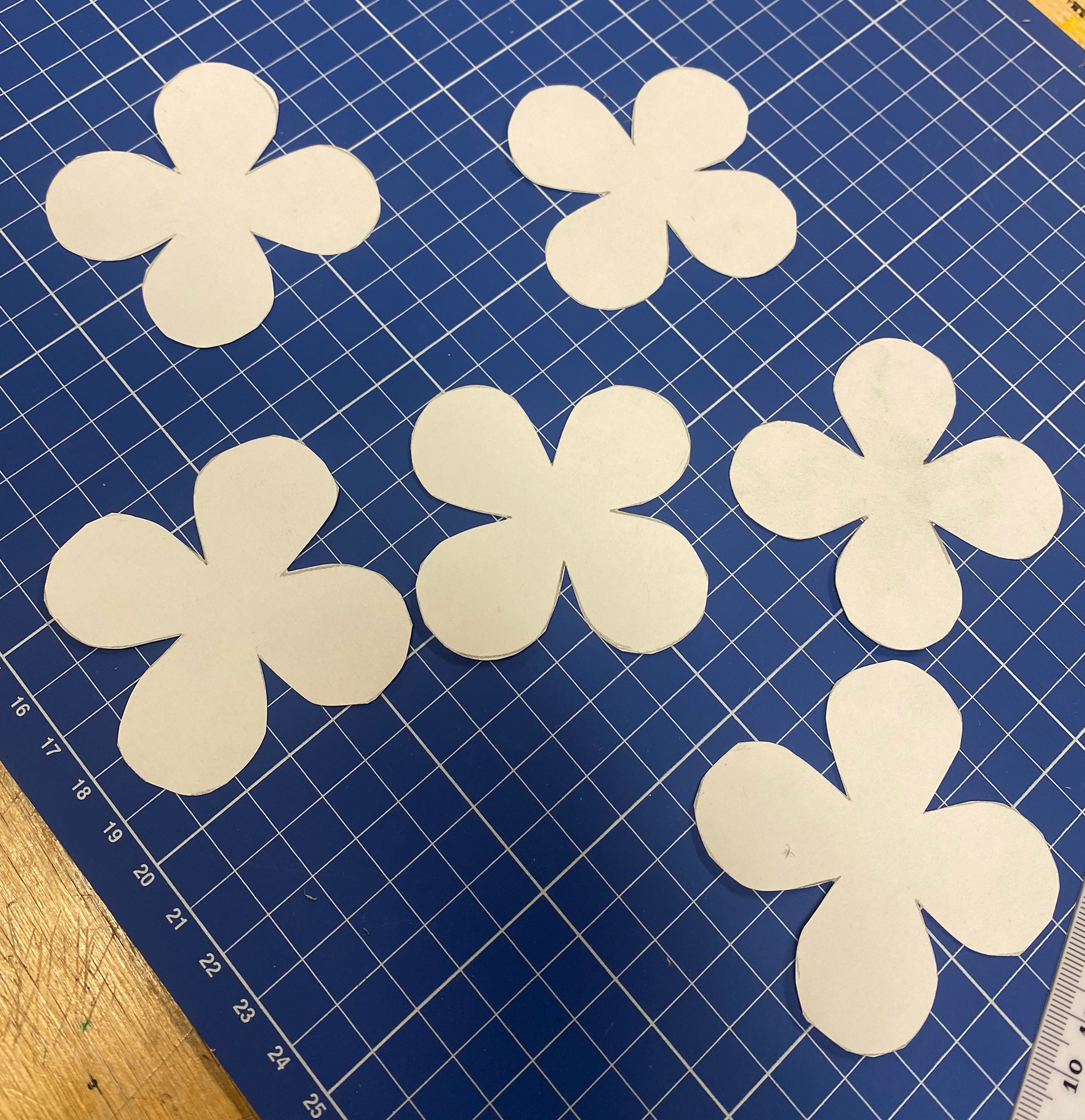

I then created five collages of further research on topics I was drawn to most from Fletcher Moss and The Parsonage.
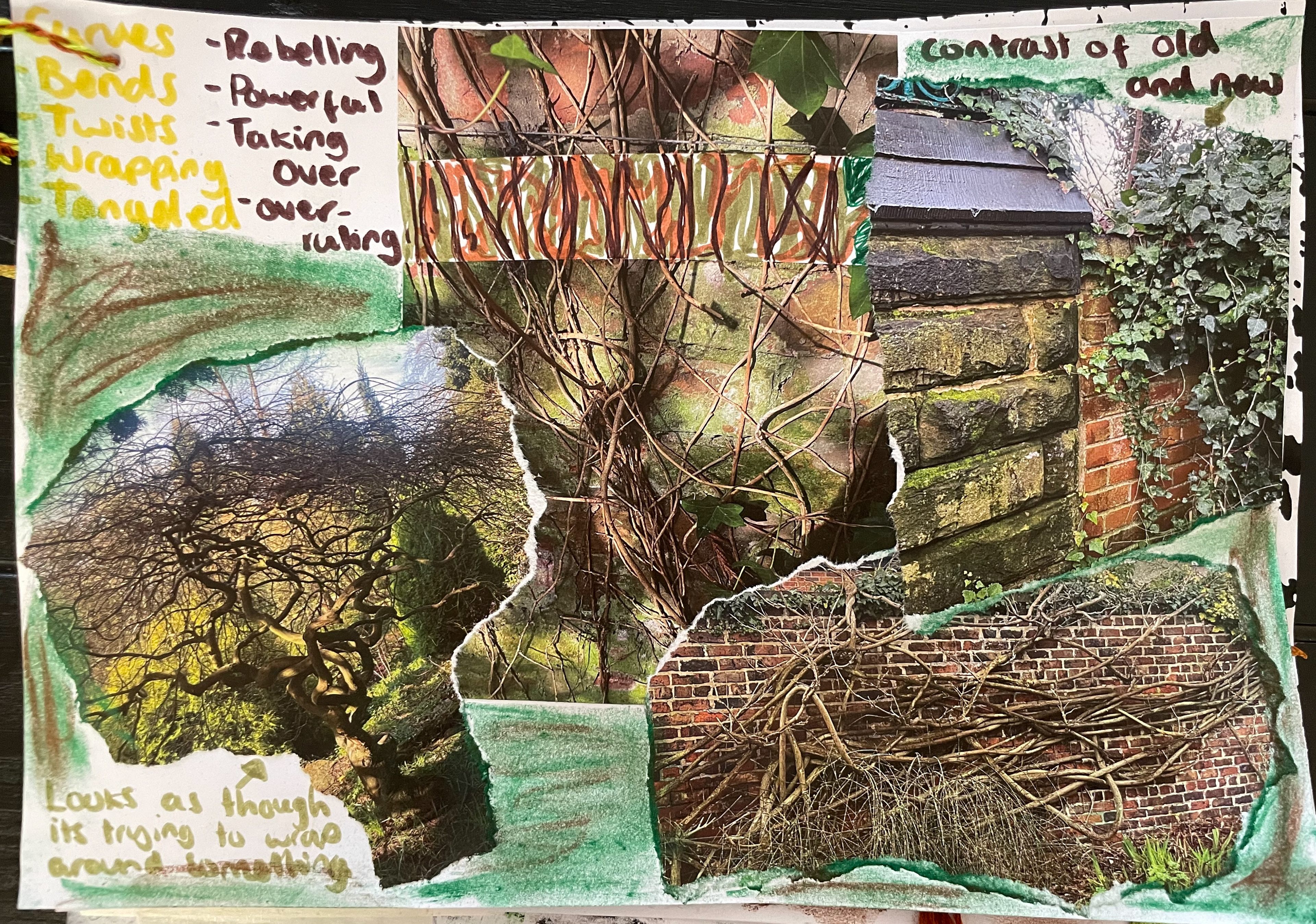


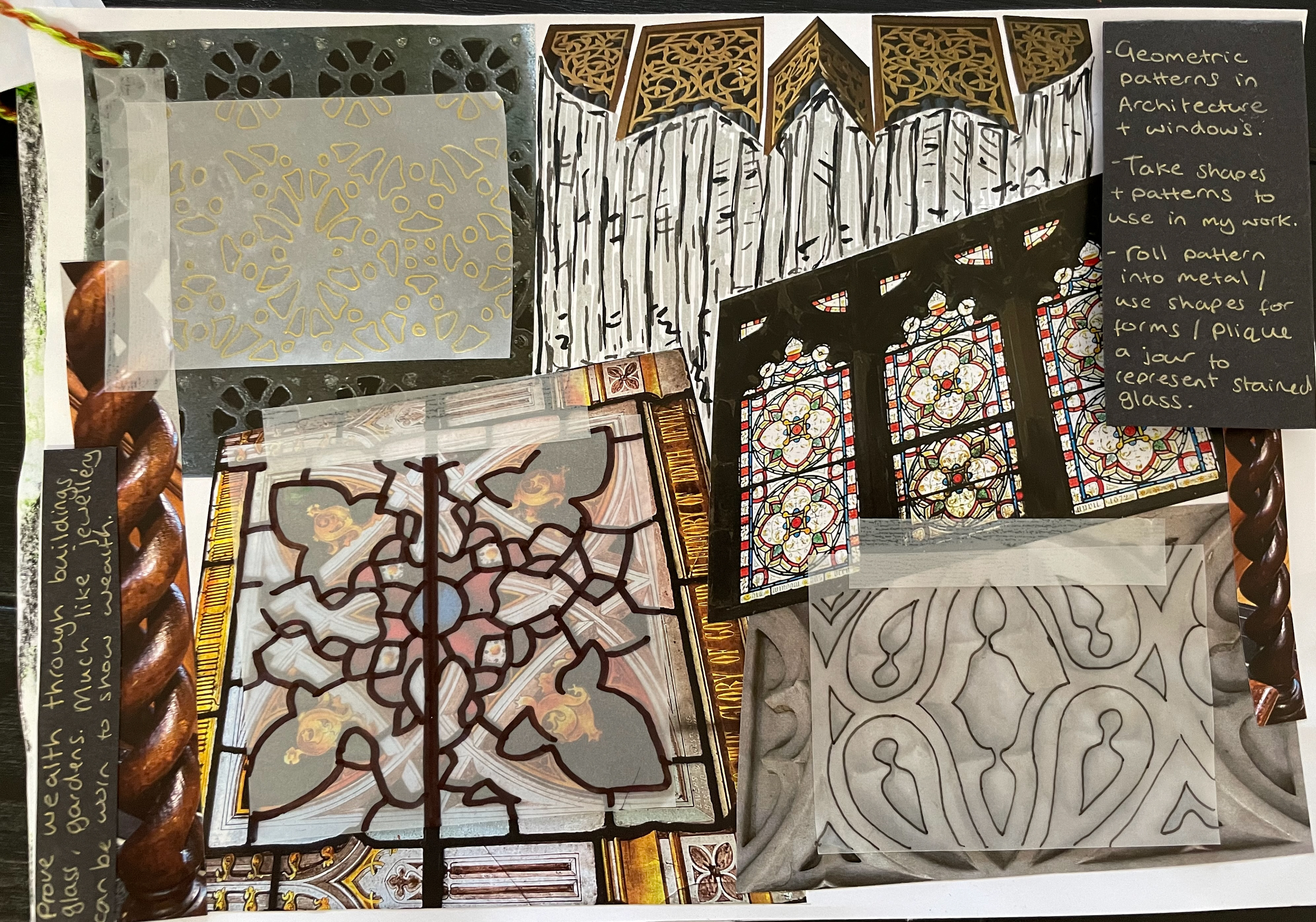
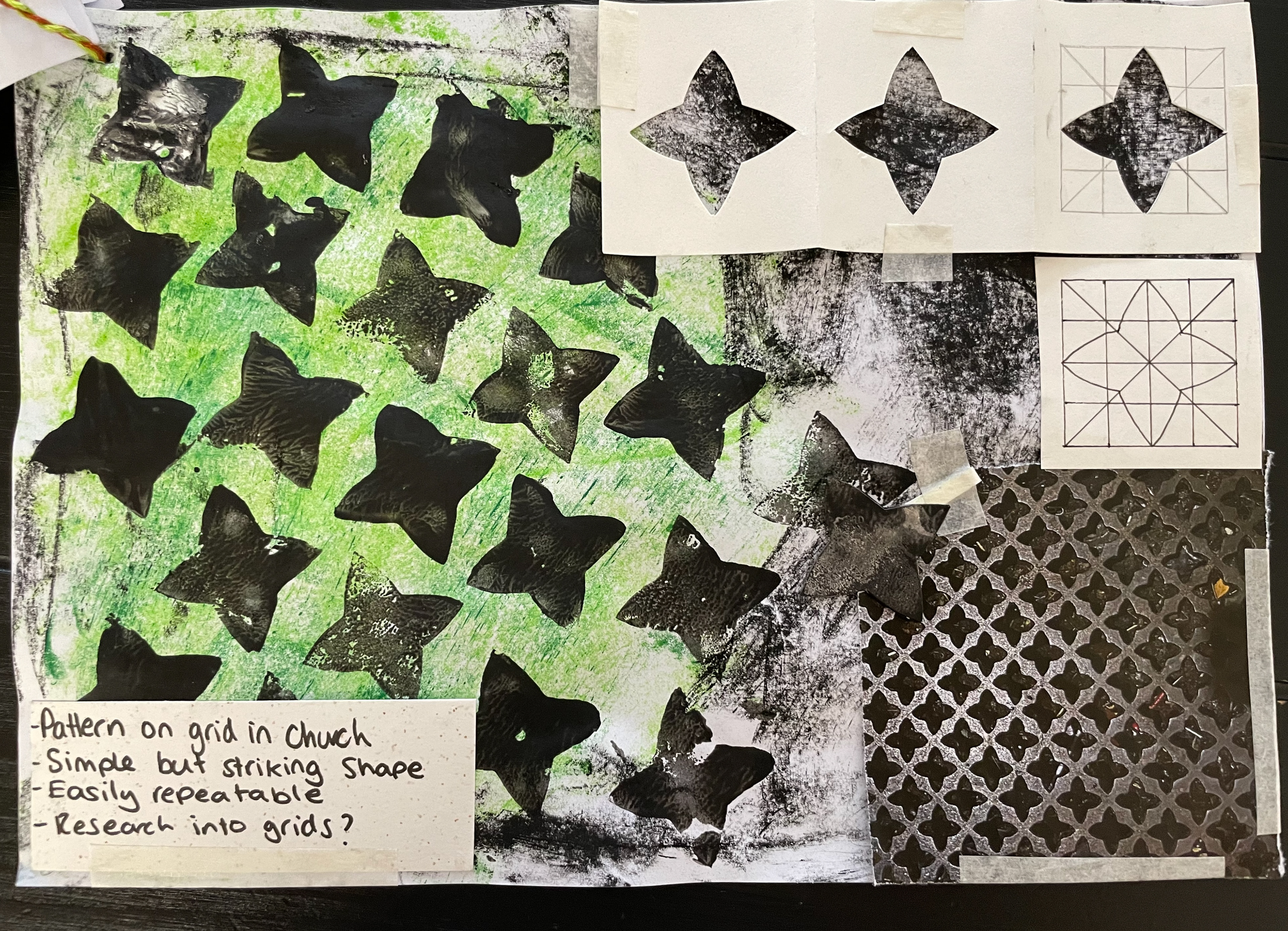
Special Collections
Photos from various books, which were shown to us by Special Collections.
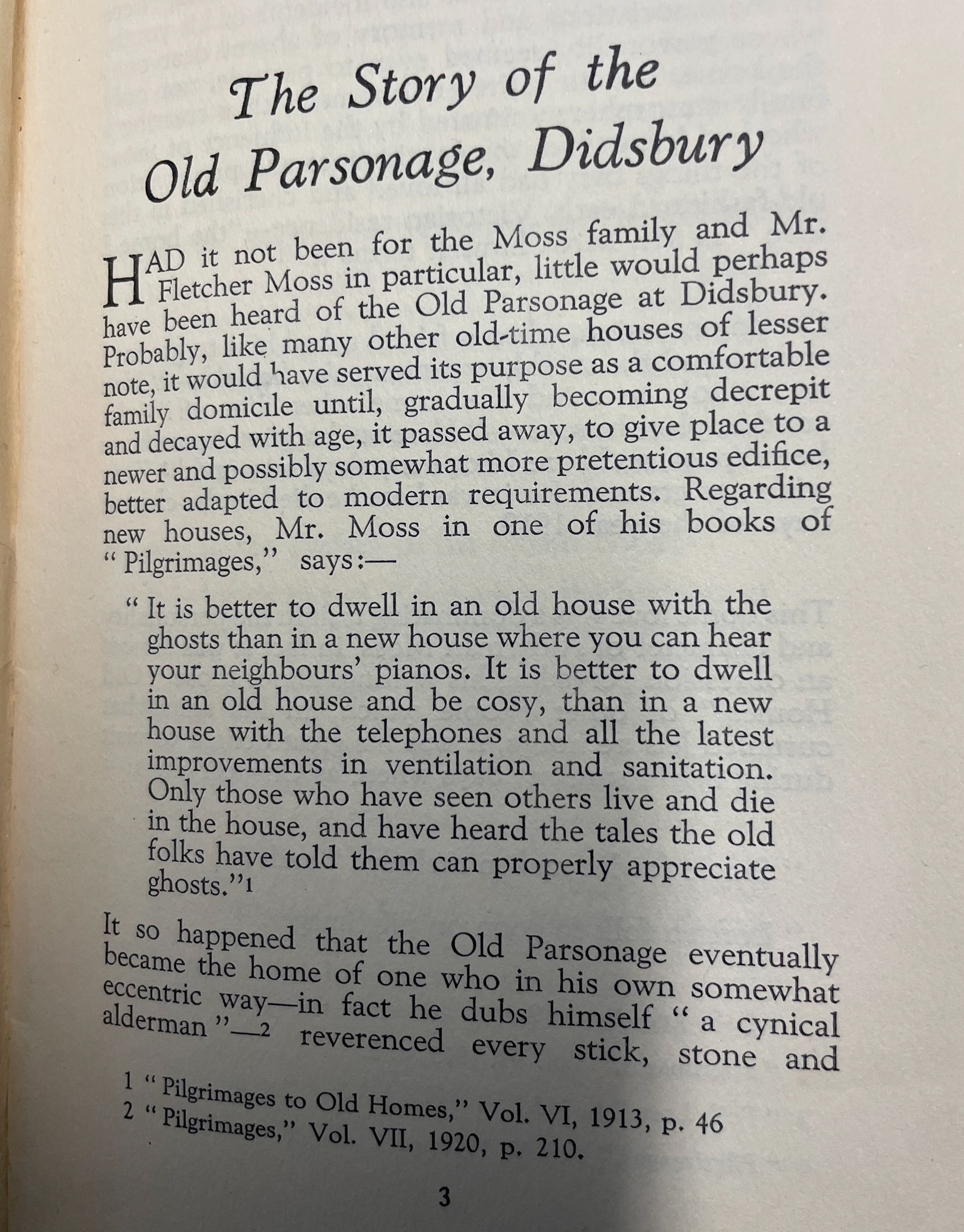

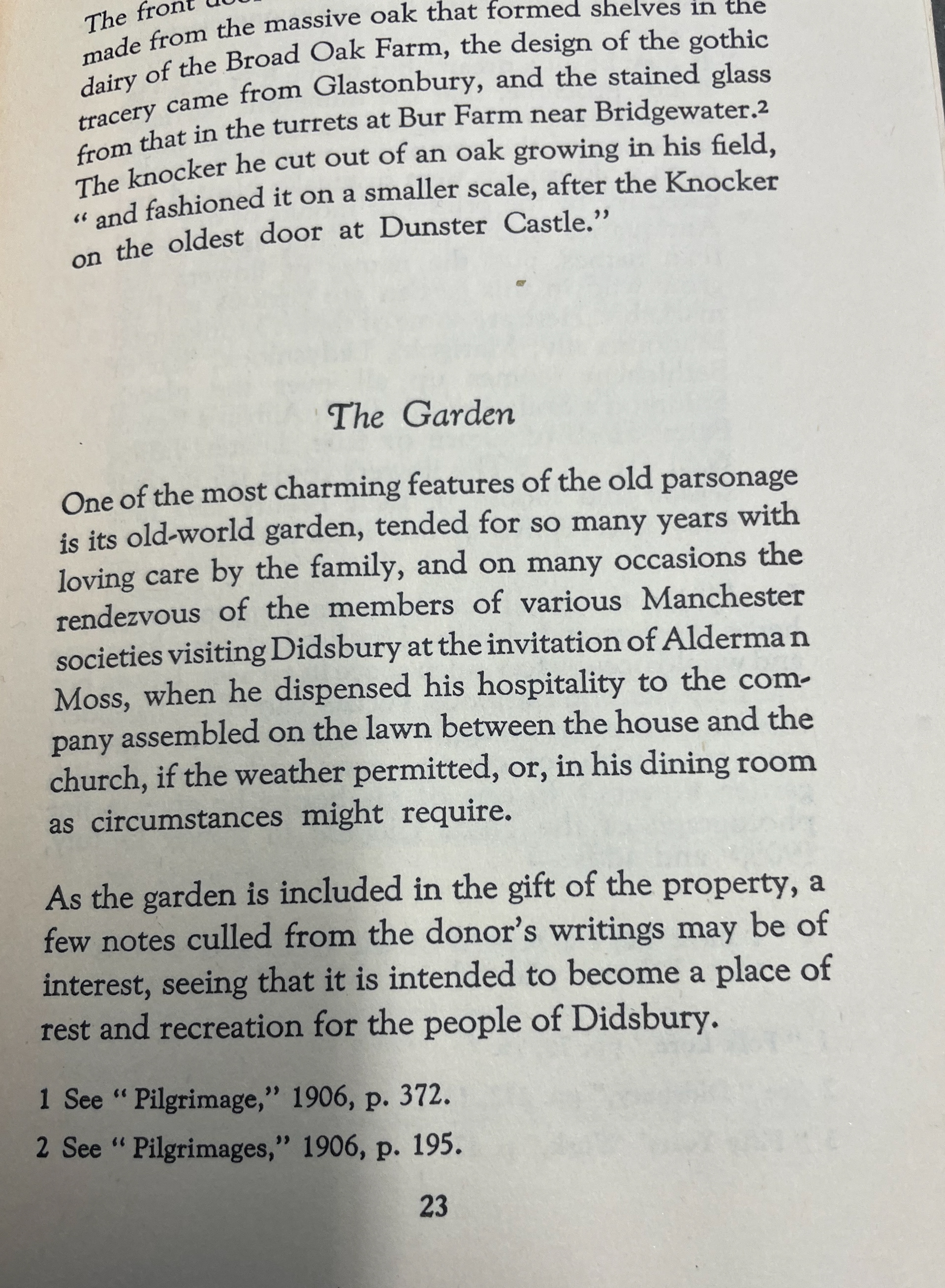
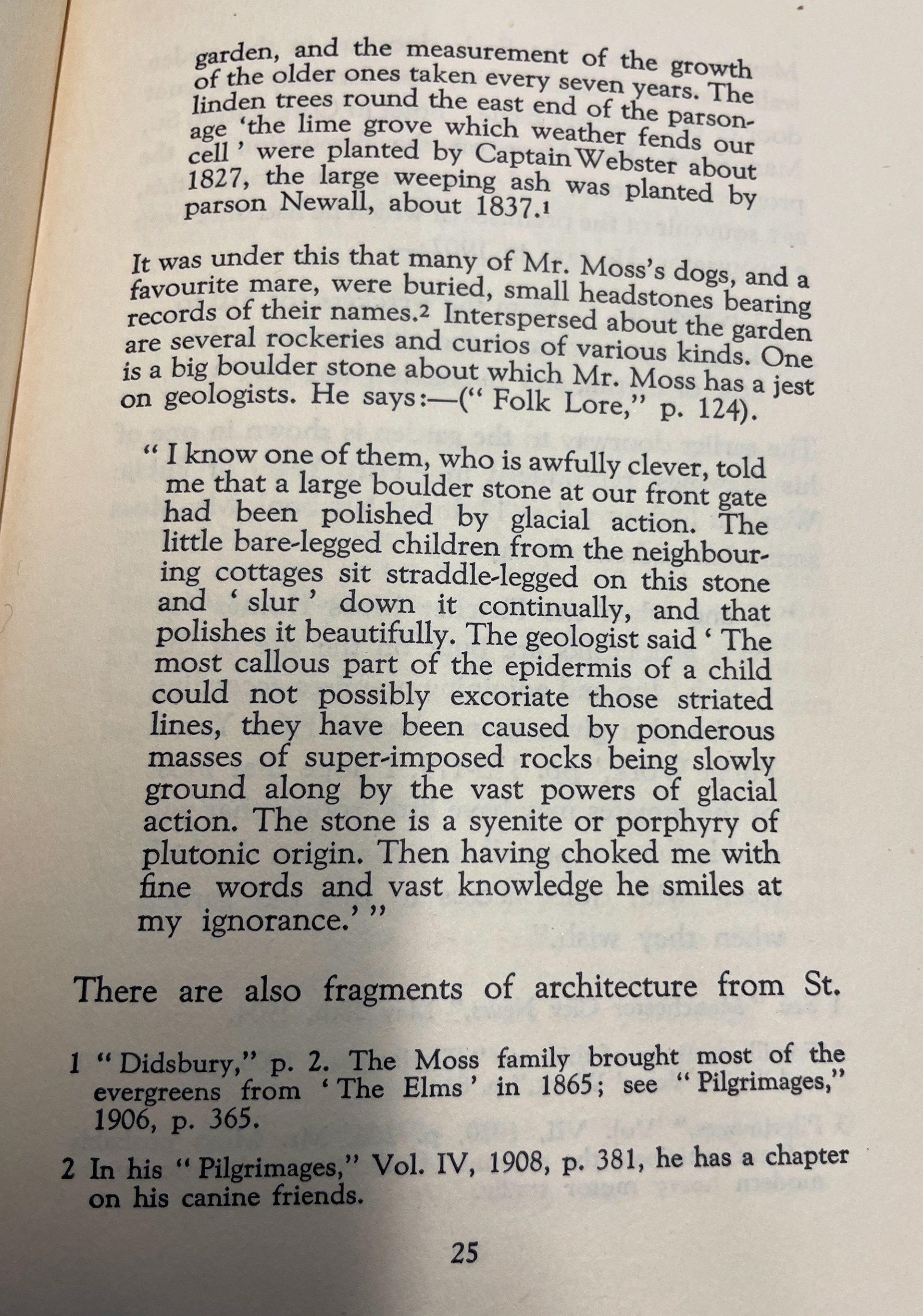

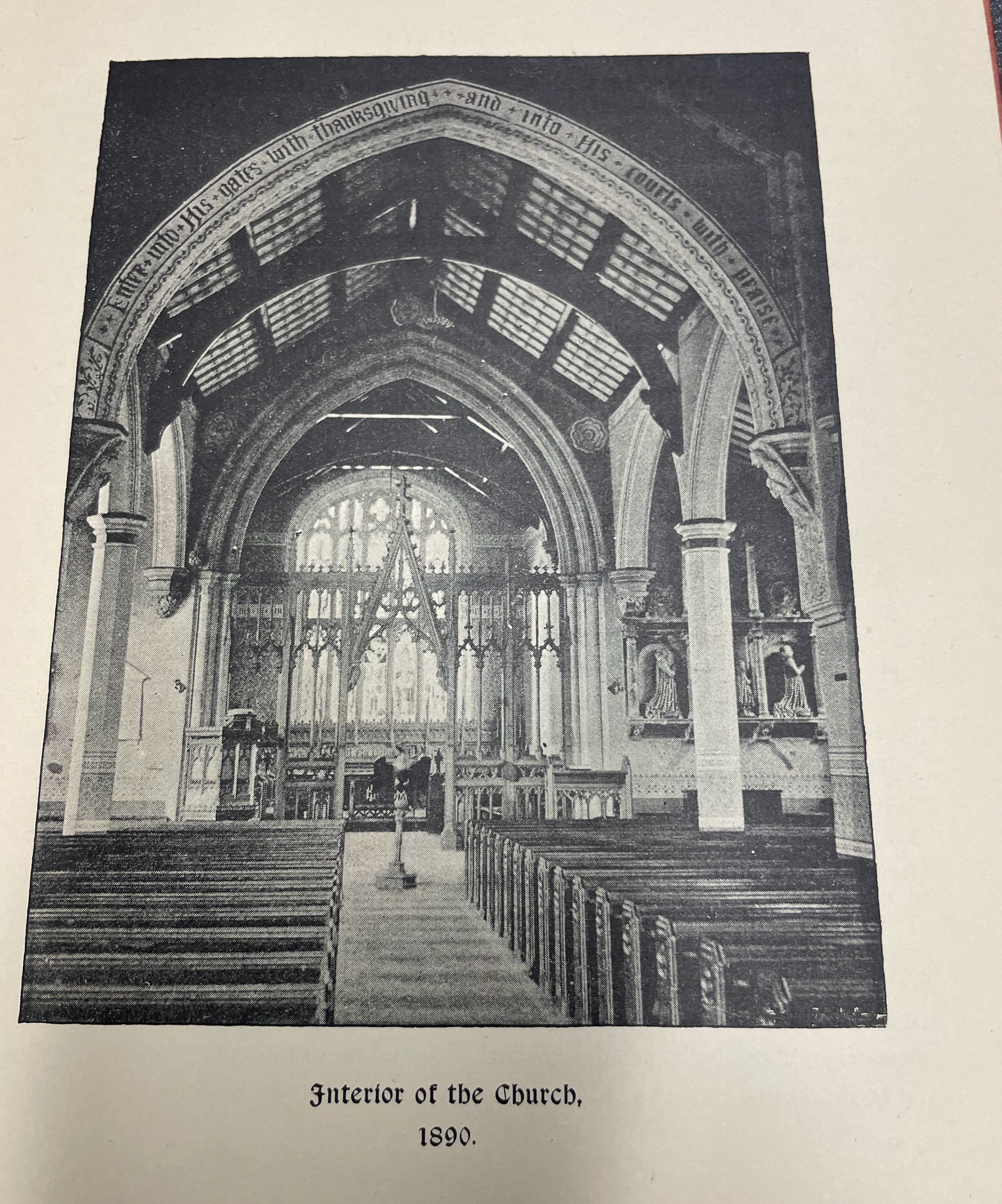
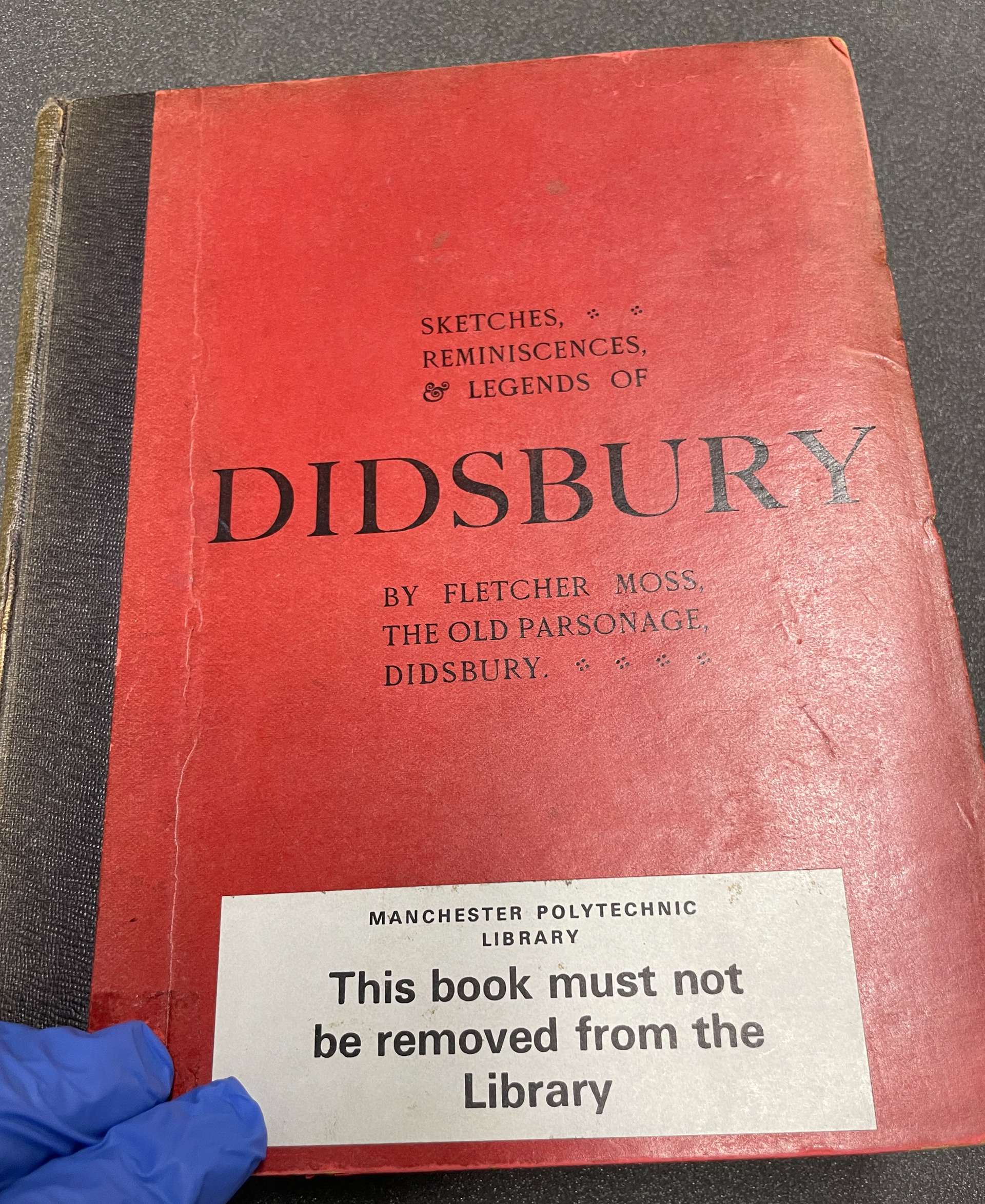
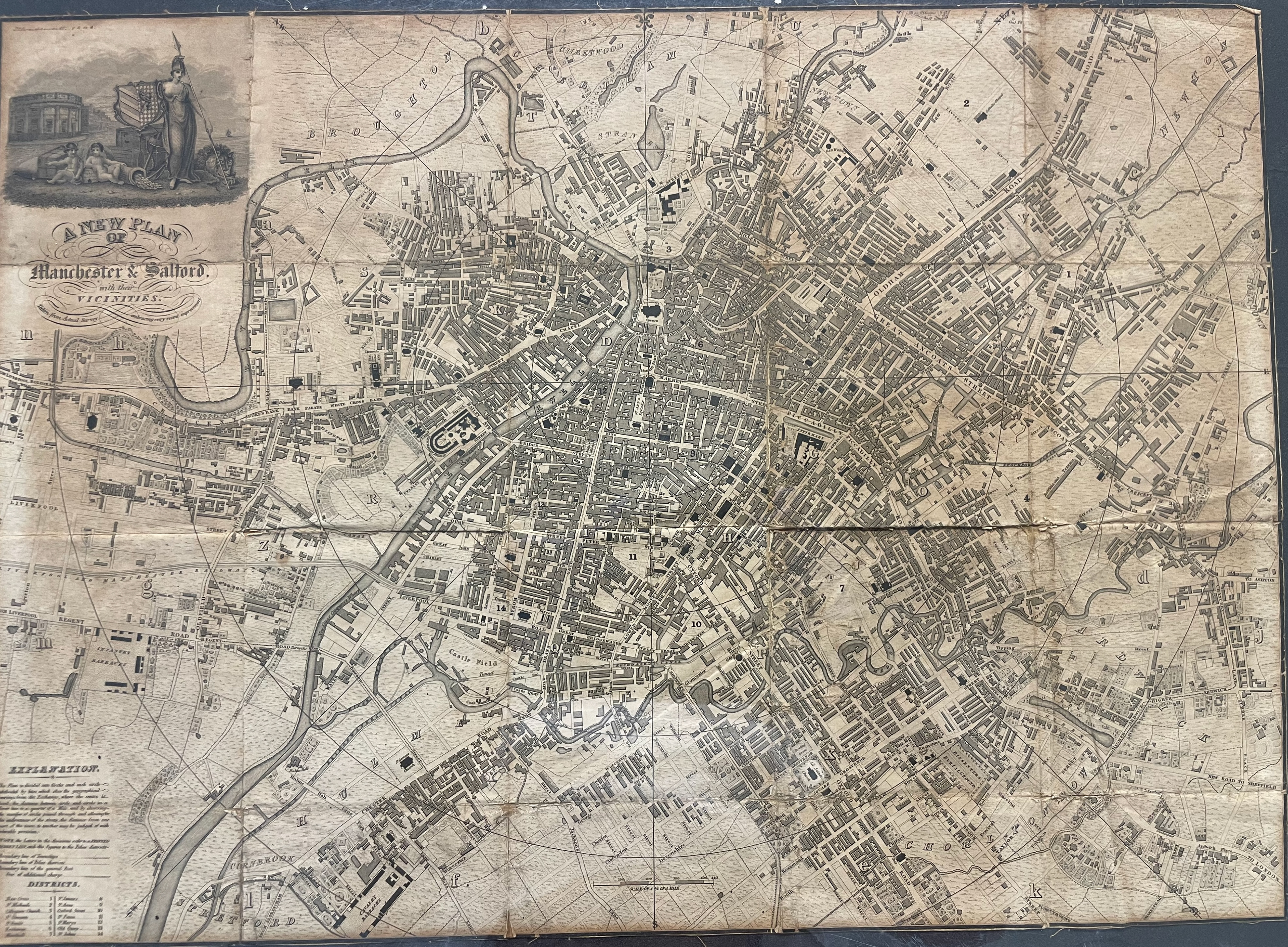
Visit to The V&A
During a trip to London, I visited the V&A for the first time. I went to the jewellery gallery to gain inspiration as this is what I specialise in on my course and wanted to create jewellery of some form for my final piece. Texture was a significant part of what stood out for me from the jewellery. This is something I knew I wanted to take forward for this project.

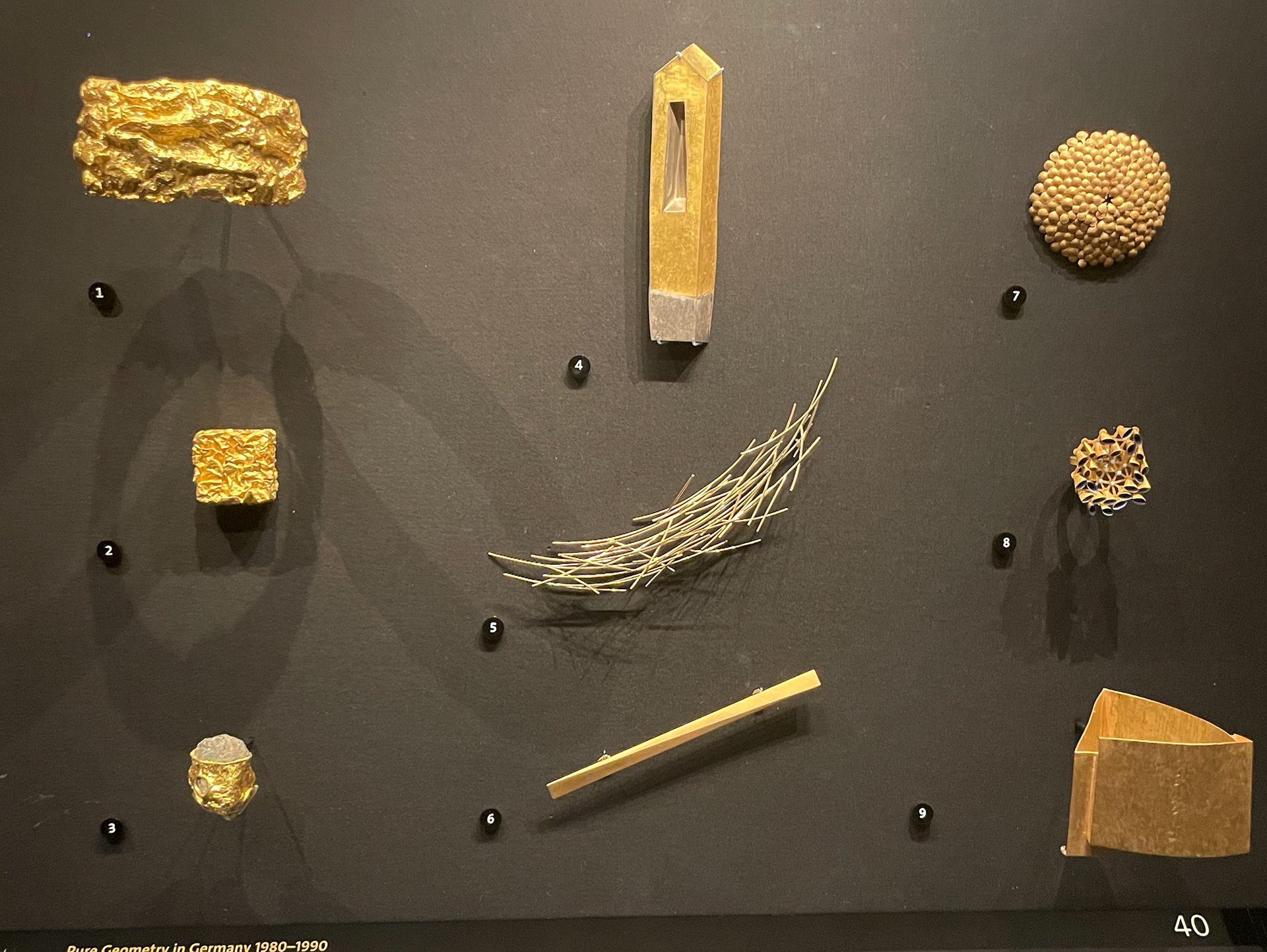

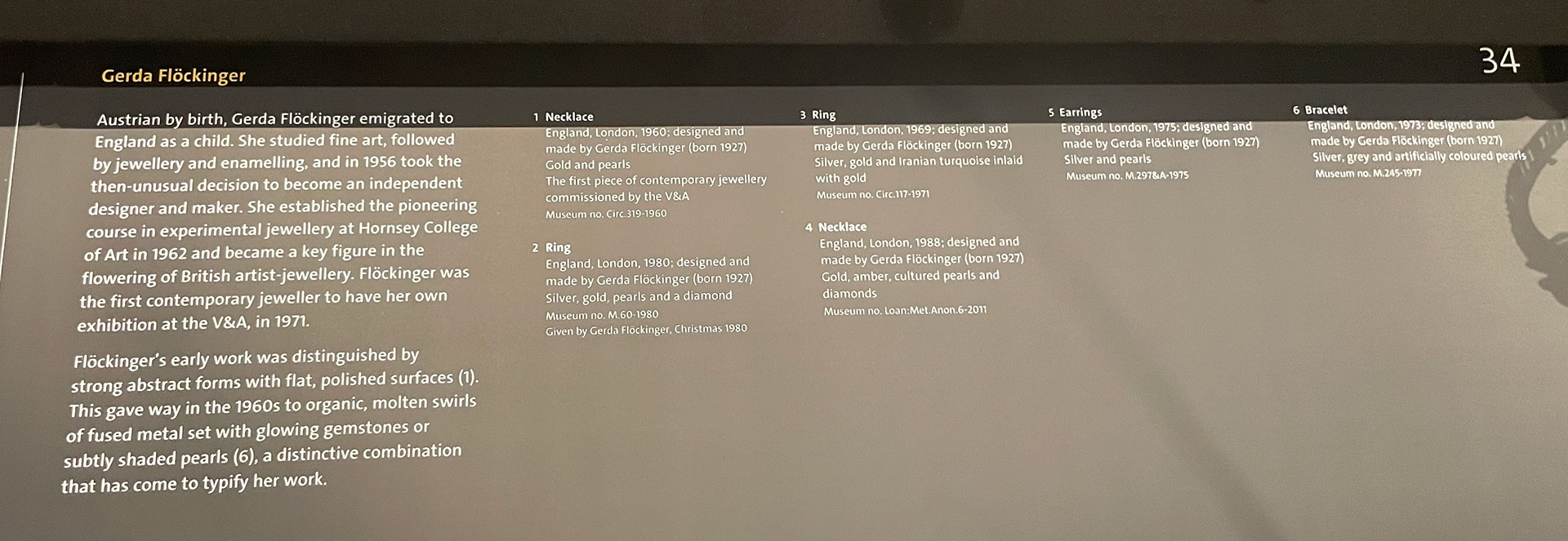
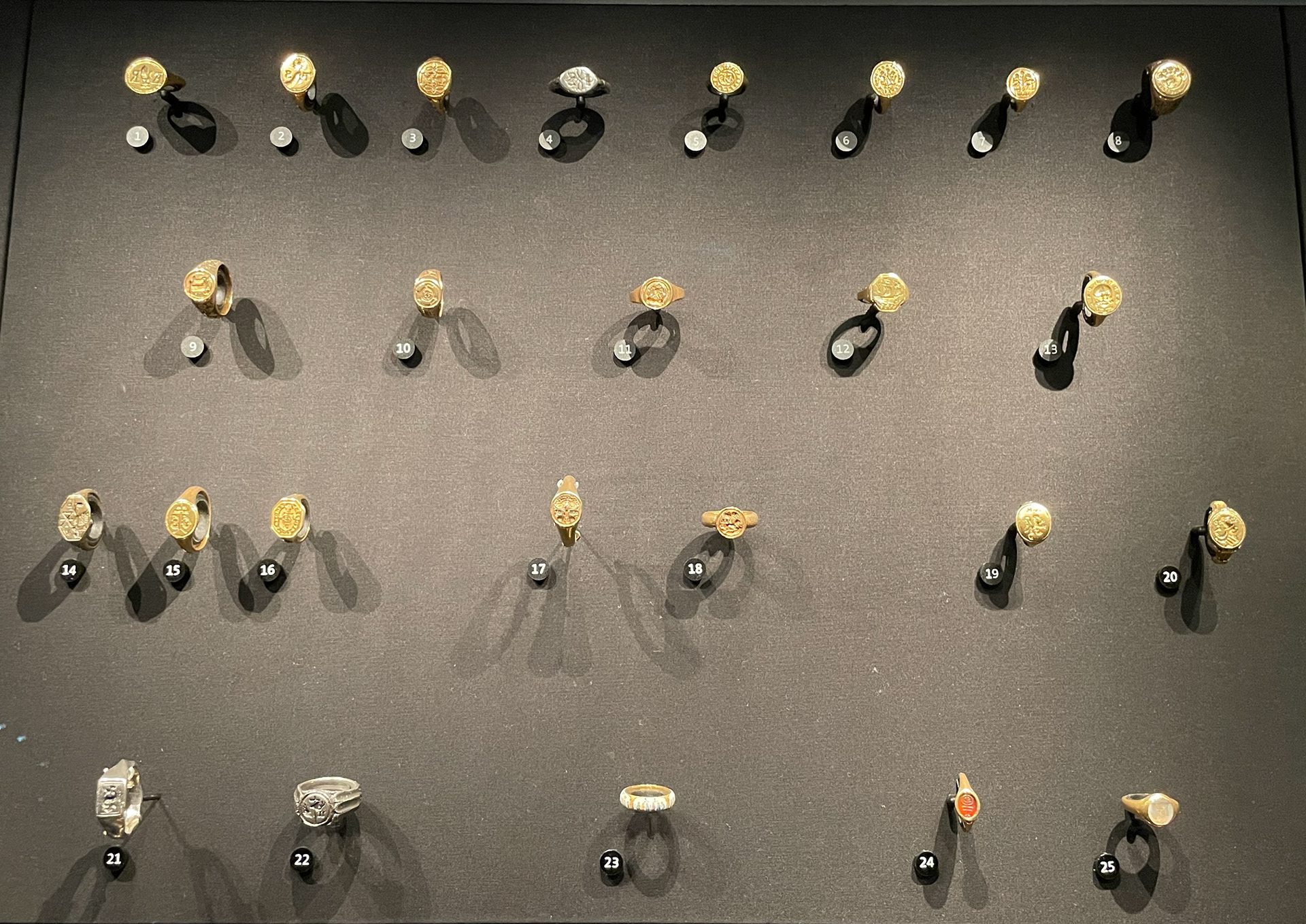
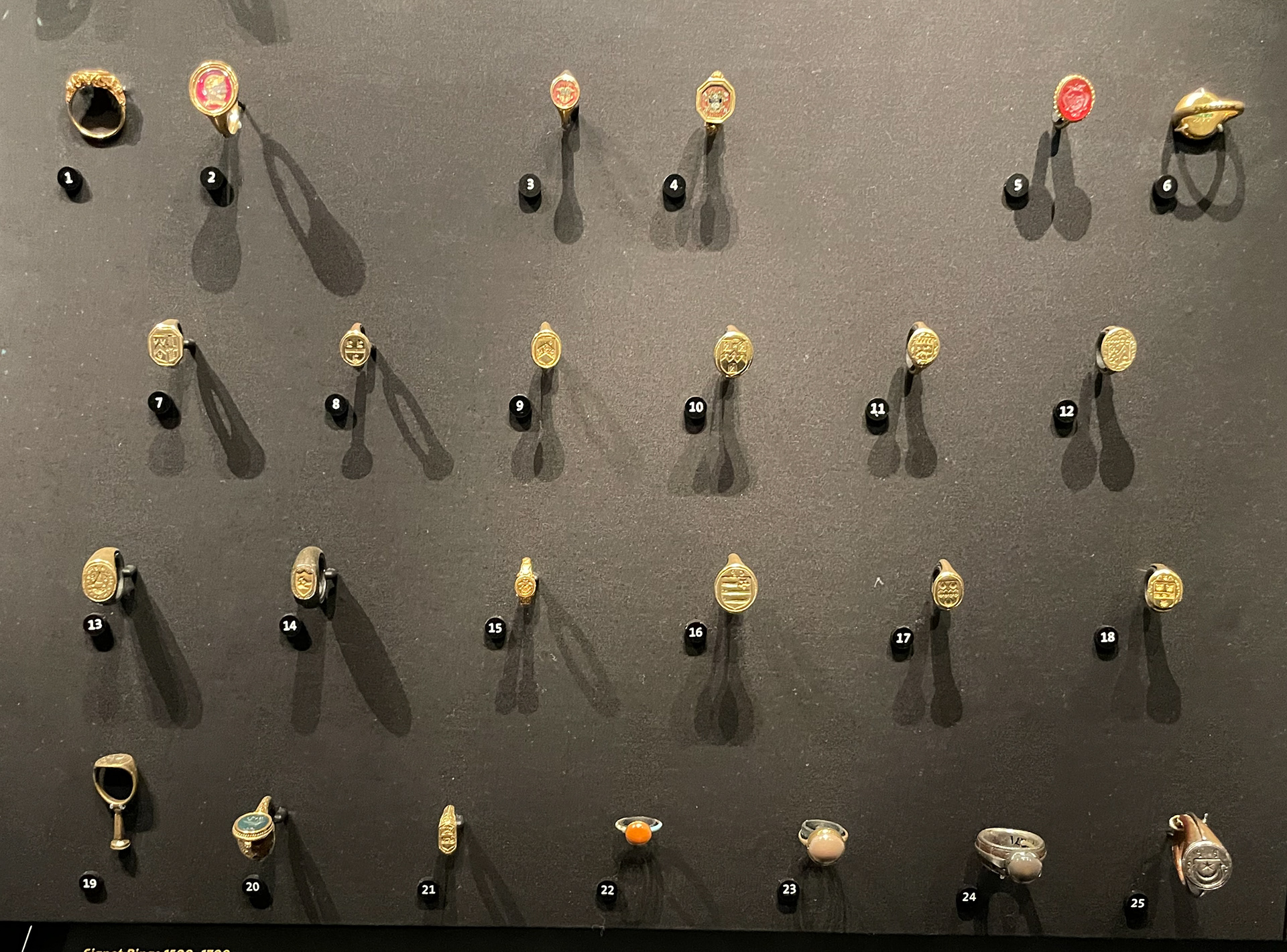
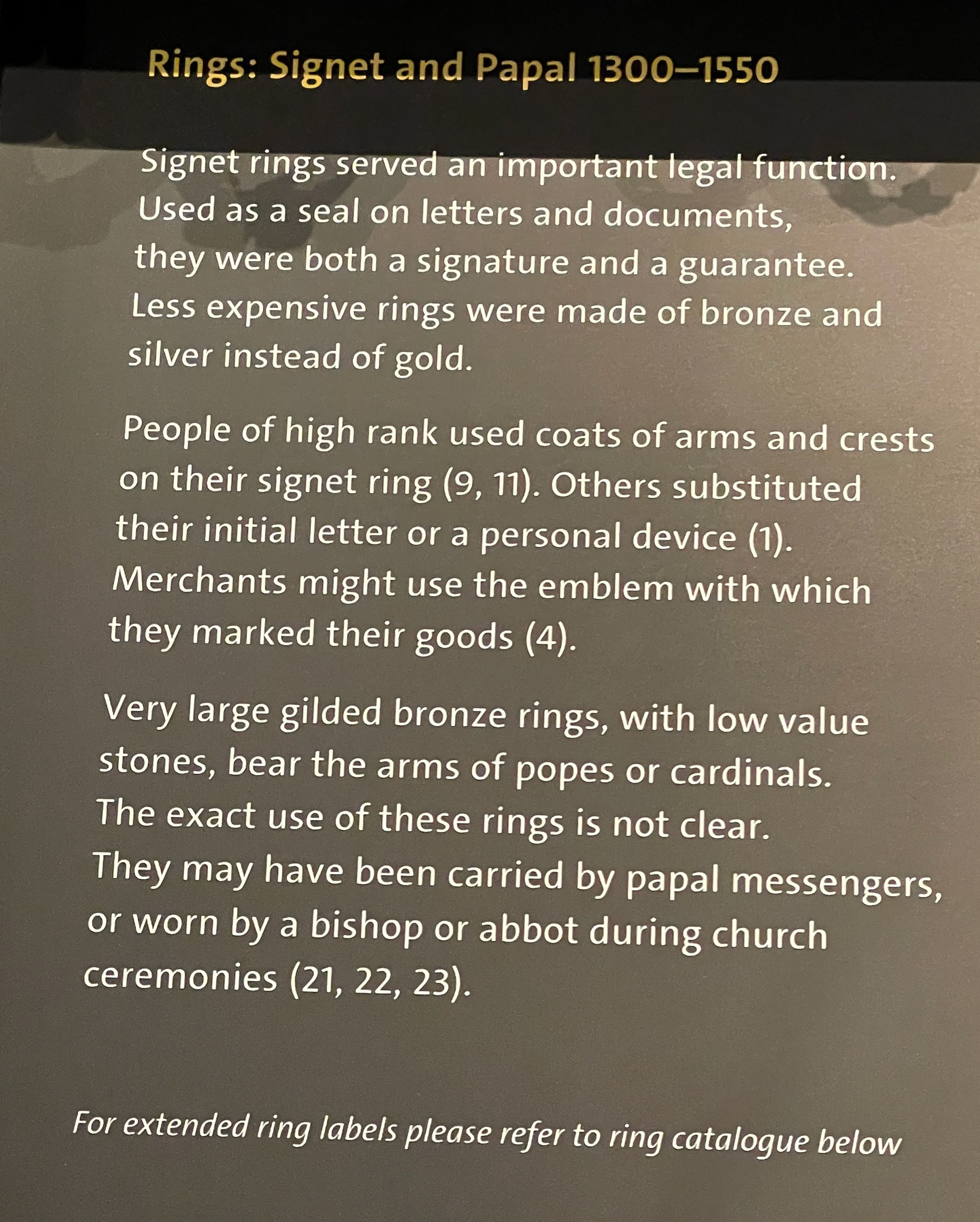
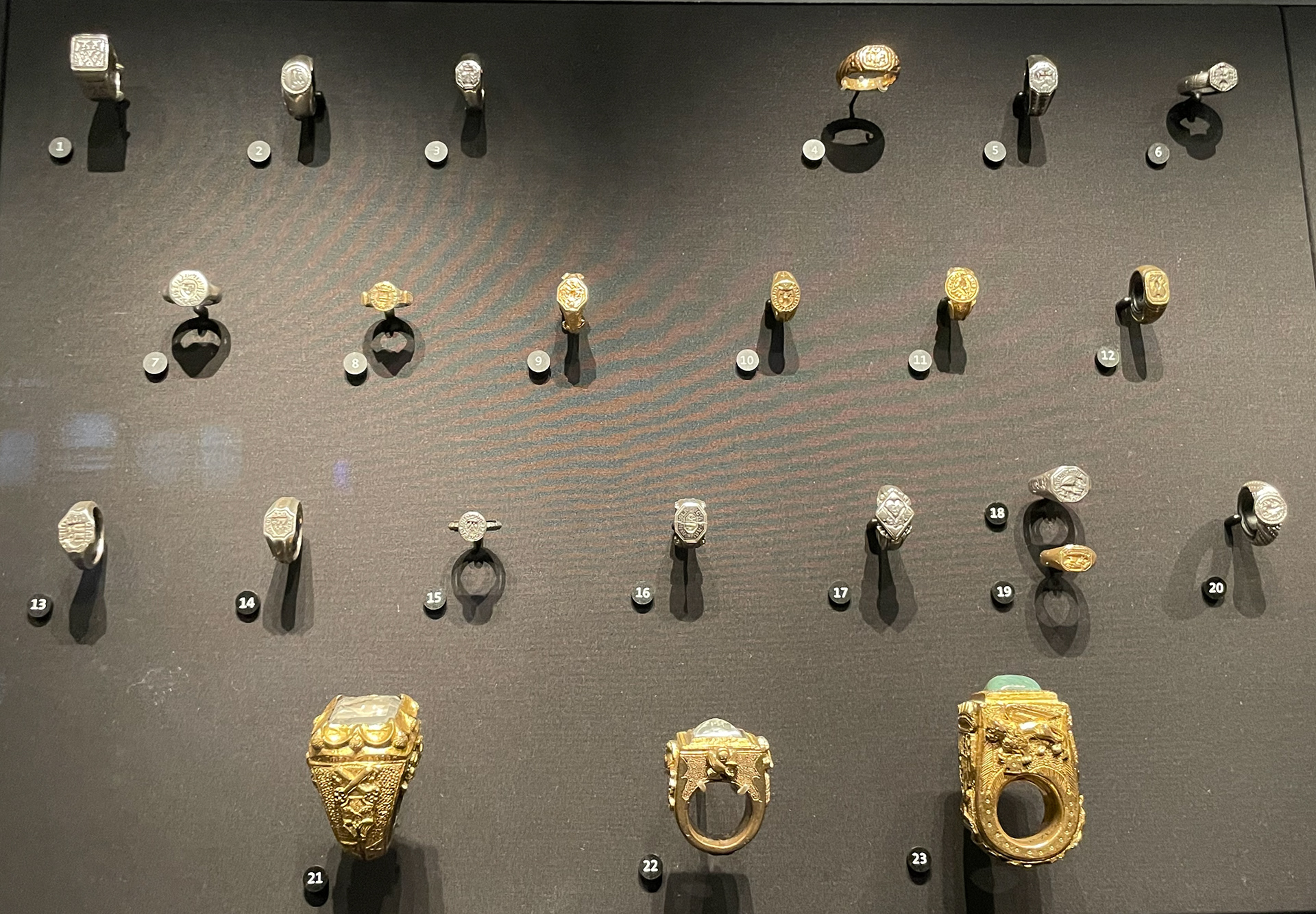
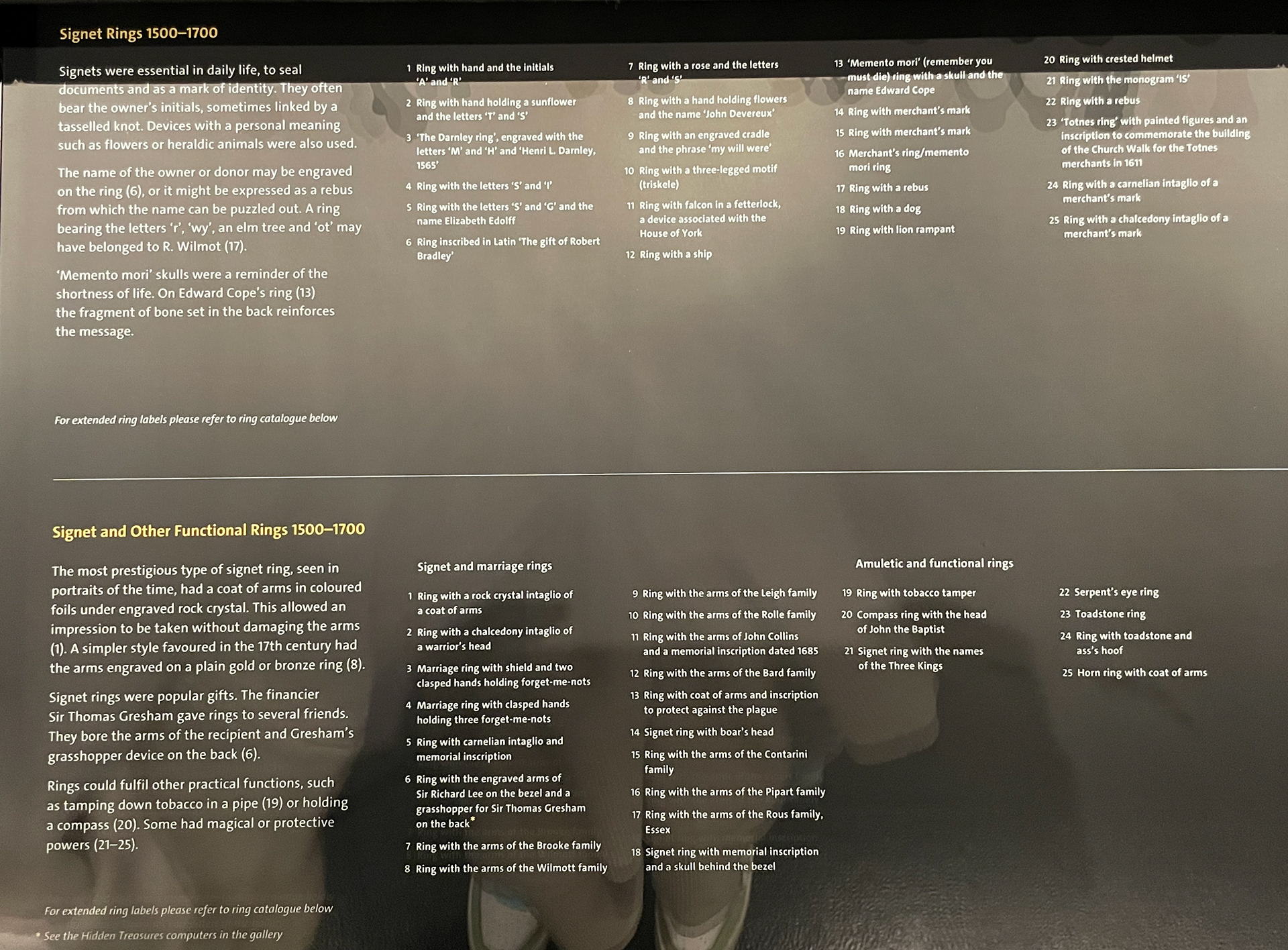
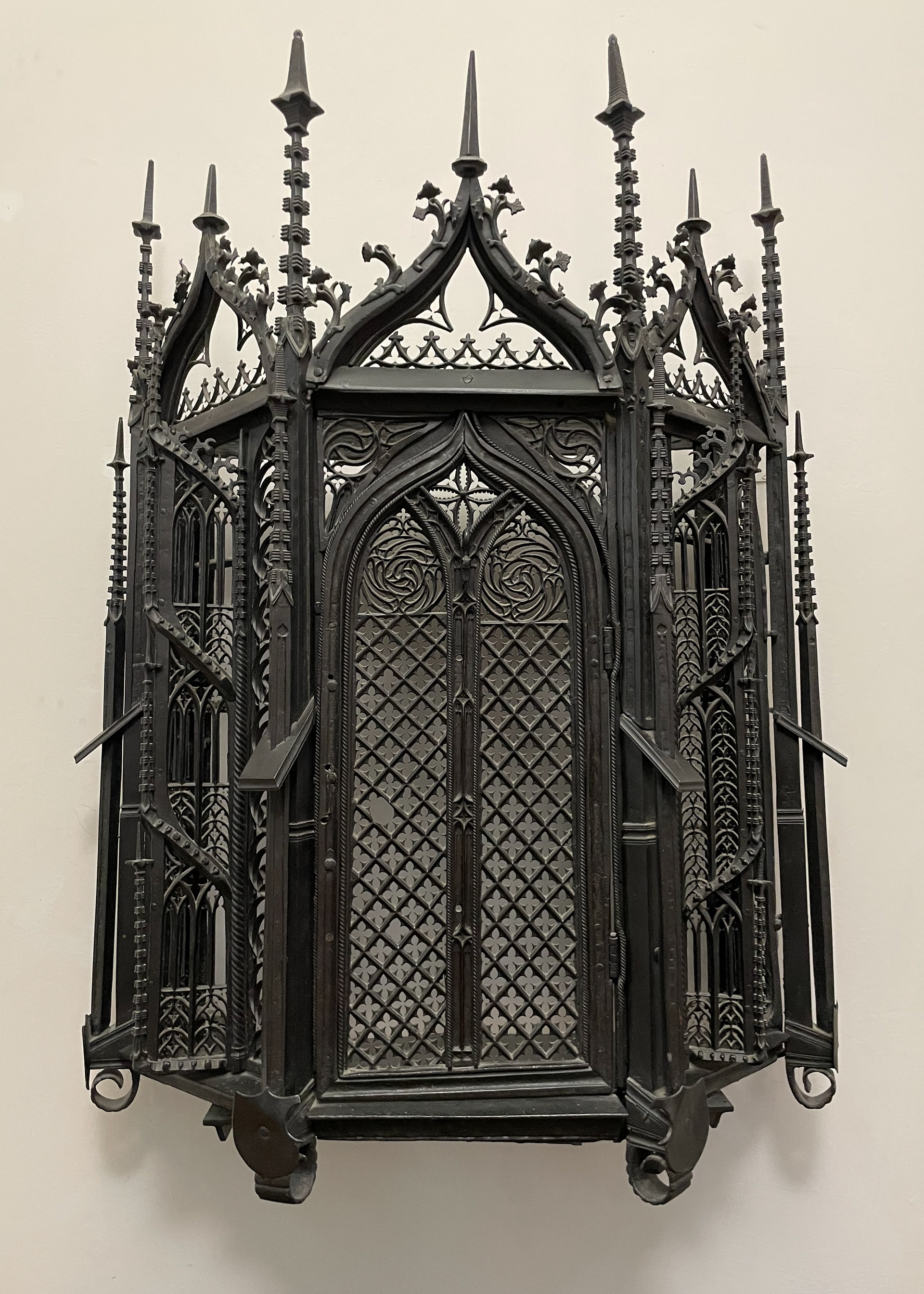


As well as texture, I was drawn to the Signet rings within the gallery. There was a huge variety. Due to signet rings representing wealth and status. This is something that appealed to me and that I could keep in mind for my designs.
I was also drawn to the Iron Gallery within the V&A. A lot of pieces displayed geometric forms and patterns within the pieces. Some of which are similar to shapes I noticed in St James Church.
Practitioner Research
Gerda Flöckinger CBE
Gerda is a pioneering jeweller within the jewellery industry. Known as the first lady of British Jewellery and received a CBE for her contribution to the arts within the UK. She has been featured in multiple exhibitions in the V&A and many other galleries globally.
I am inspired by the textures used, processes such as oxidisation, materials such as Gold and Silver, as well as the use of various stones, diamonds and pearls. Her work is rich, elegant and original.

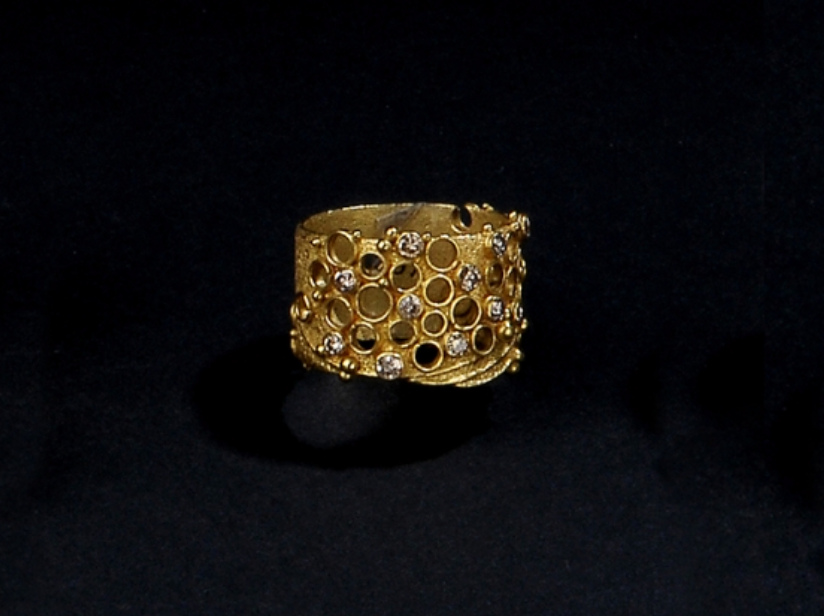

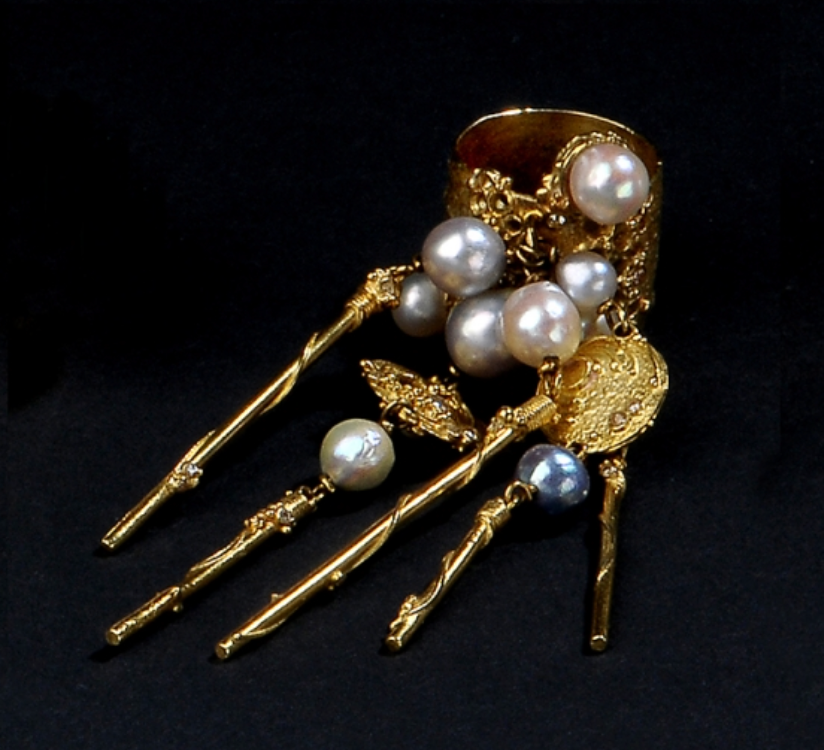
Erfan Abedini
Erfan is a jeweller and designer from Iran. I am attracted to the forms and textures used within his work. They are elegant but unique. I like the variety in the cracked distressed look as well as the highly polished pieces. These are factors which have influenced me in my work and designs.
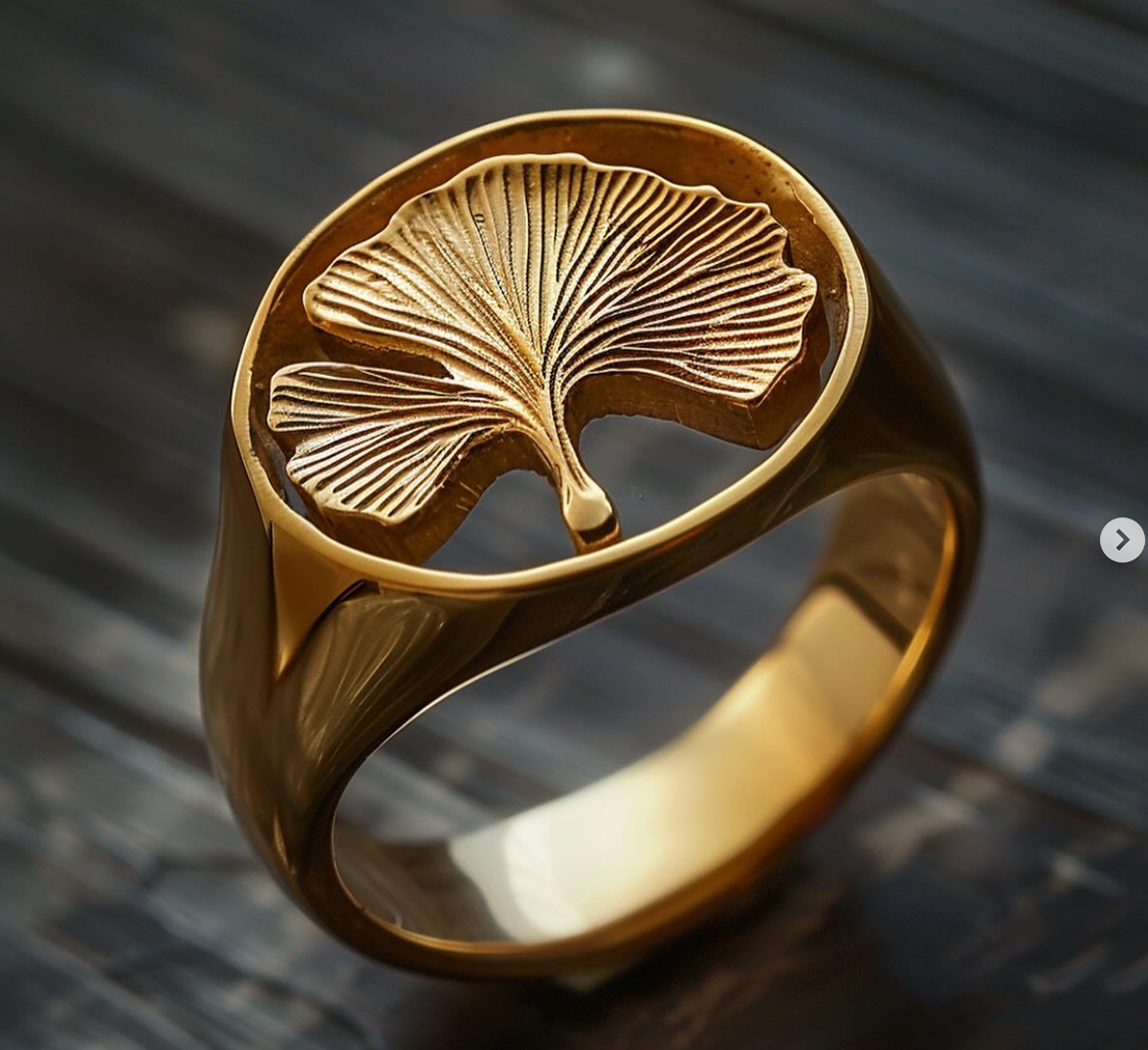

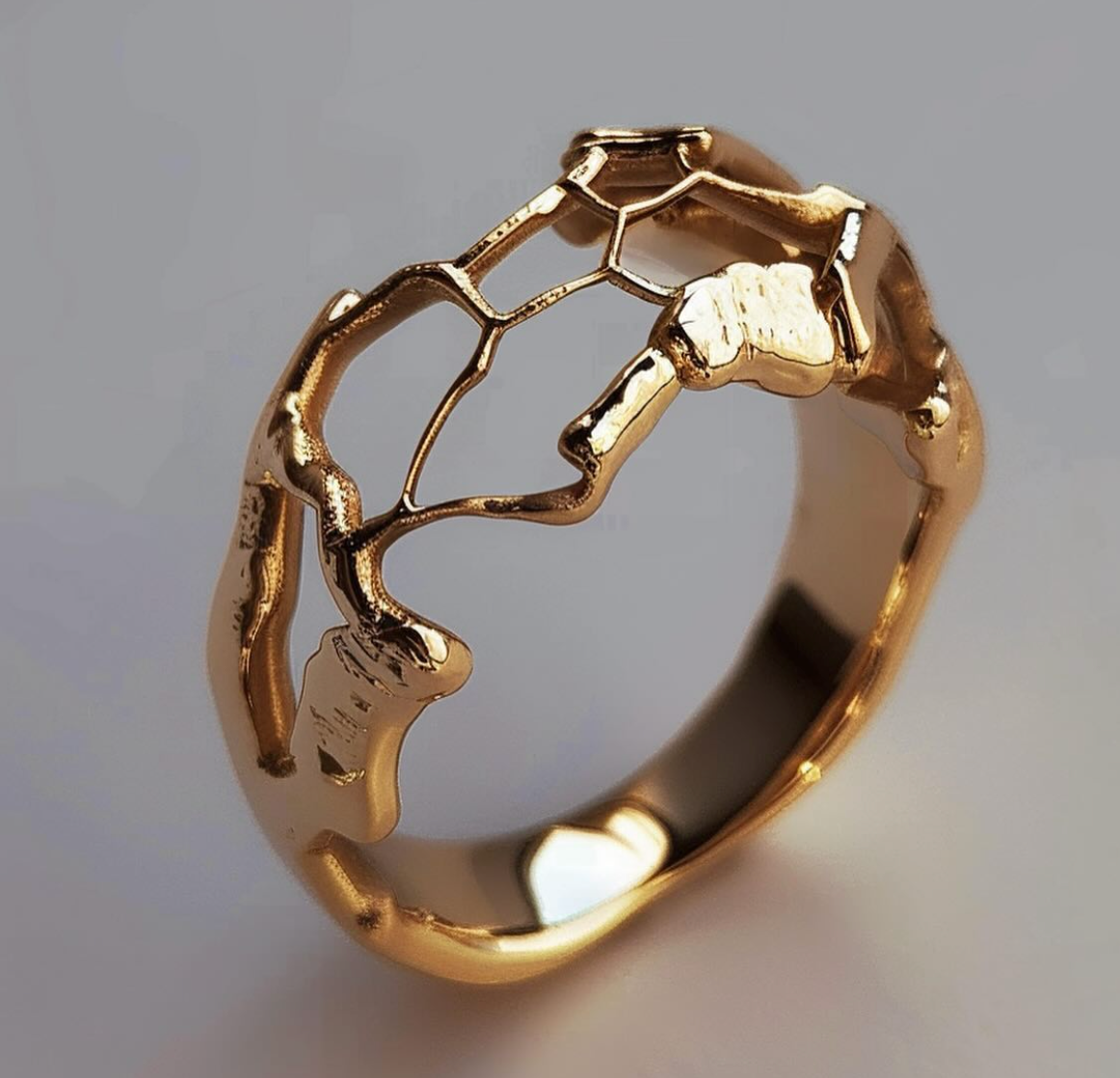
Jade Mellor
Jade is a previous student at MMU studying 3D Design. I come across her work in Gill Wing a gallery/shop in London. Her work is inspired by the natural world and consists of using techniques such as lost wax casting. She experiments with colours and textures in many of her pieces. I chose some of her simpler textured pieces to use as inspiration for my designs. I like the use of a gypsy stone setting and the thicker band within these rings.
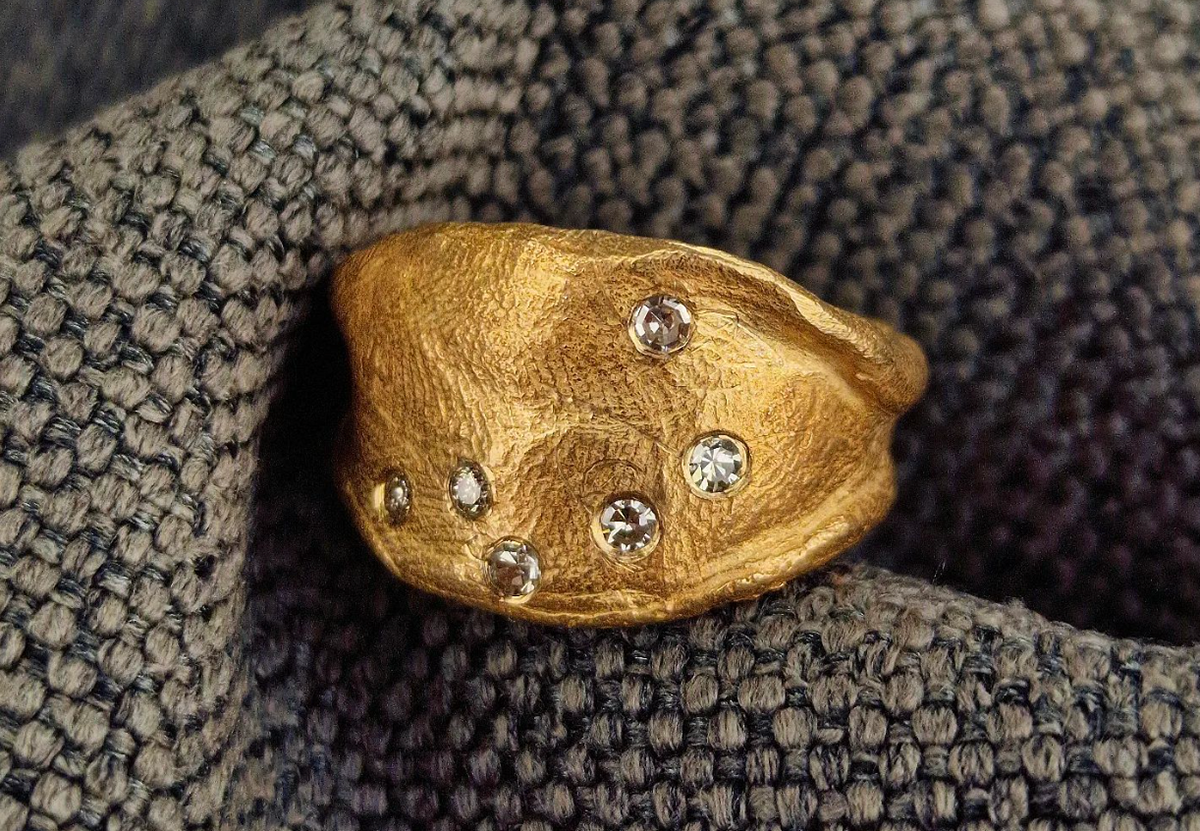
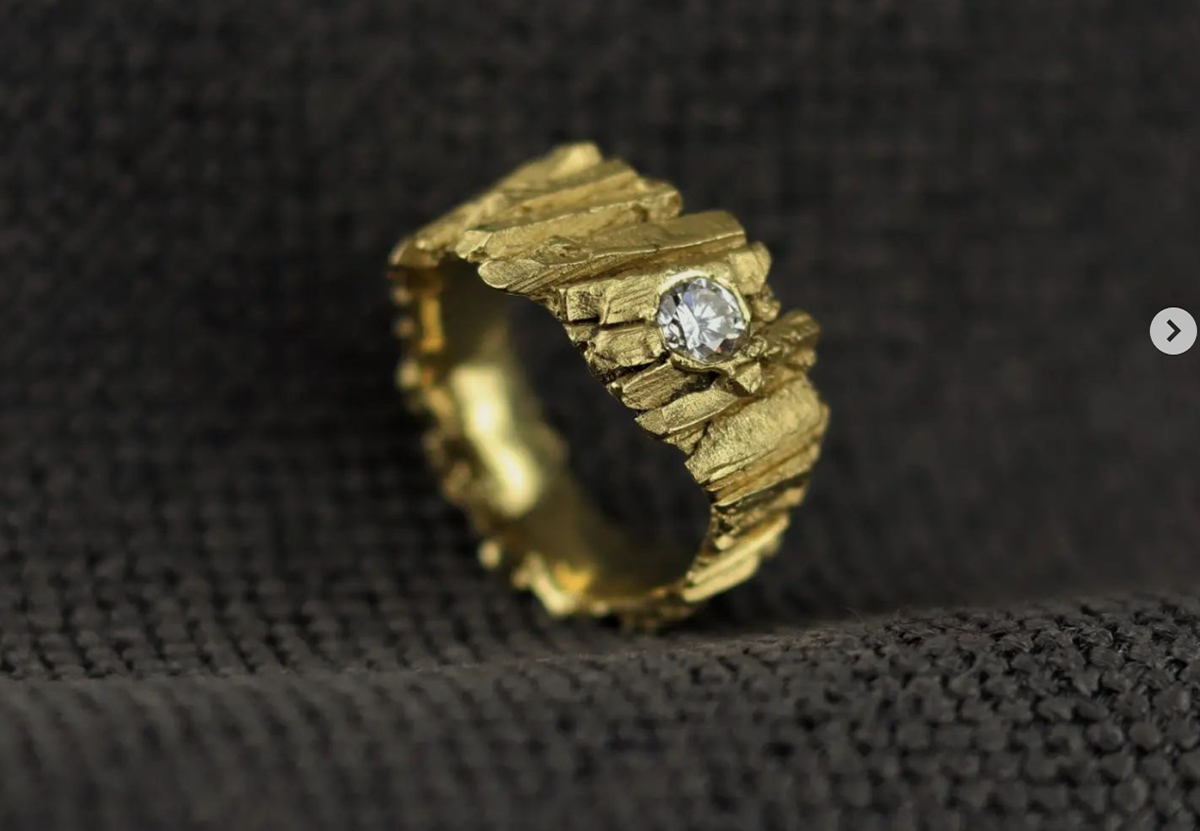
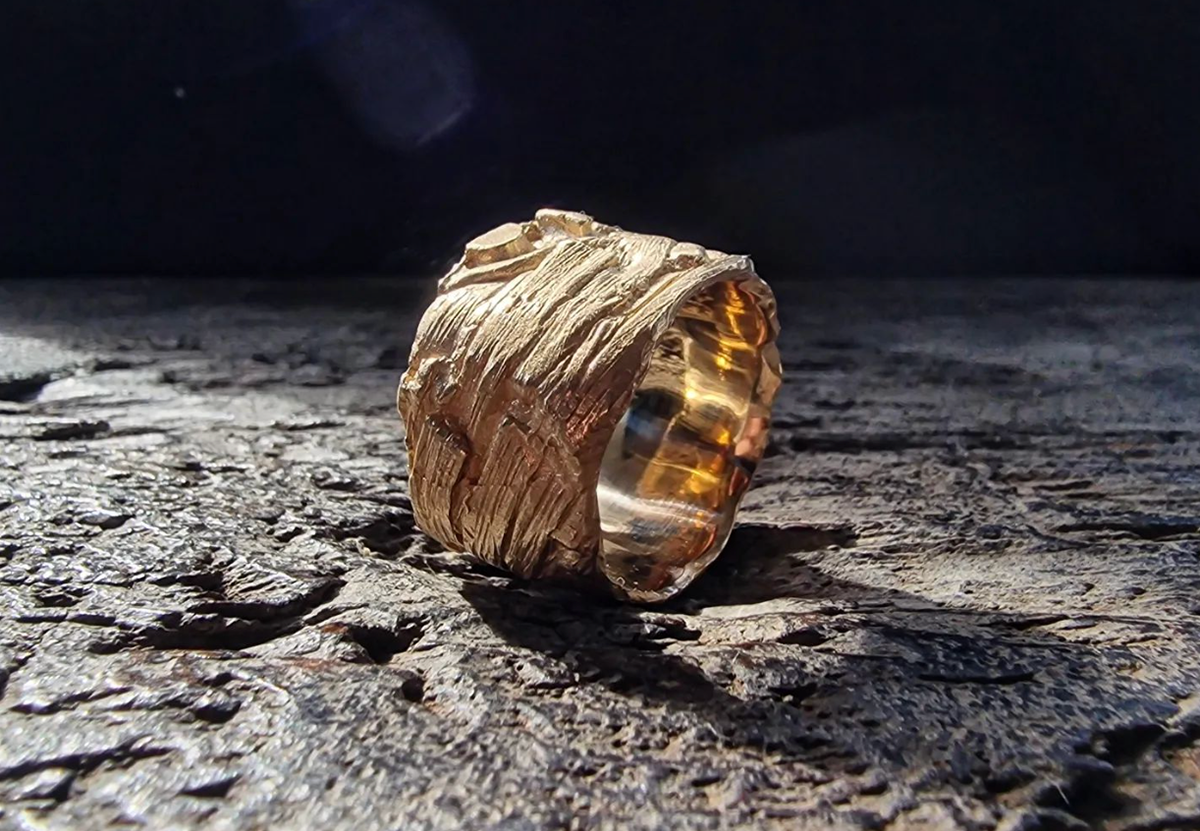
Tai Vautier
Tai is a jeweller who bases her work on organic textures within nature and ethnic tribal adornments and combines this with ancient techniques such as hammering. She uses silver to create her pieces as well as silver alloys meaning her materials are more pliable to textures. Her use of colourful stones and texture is something I would like to take into my designs.
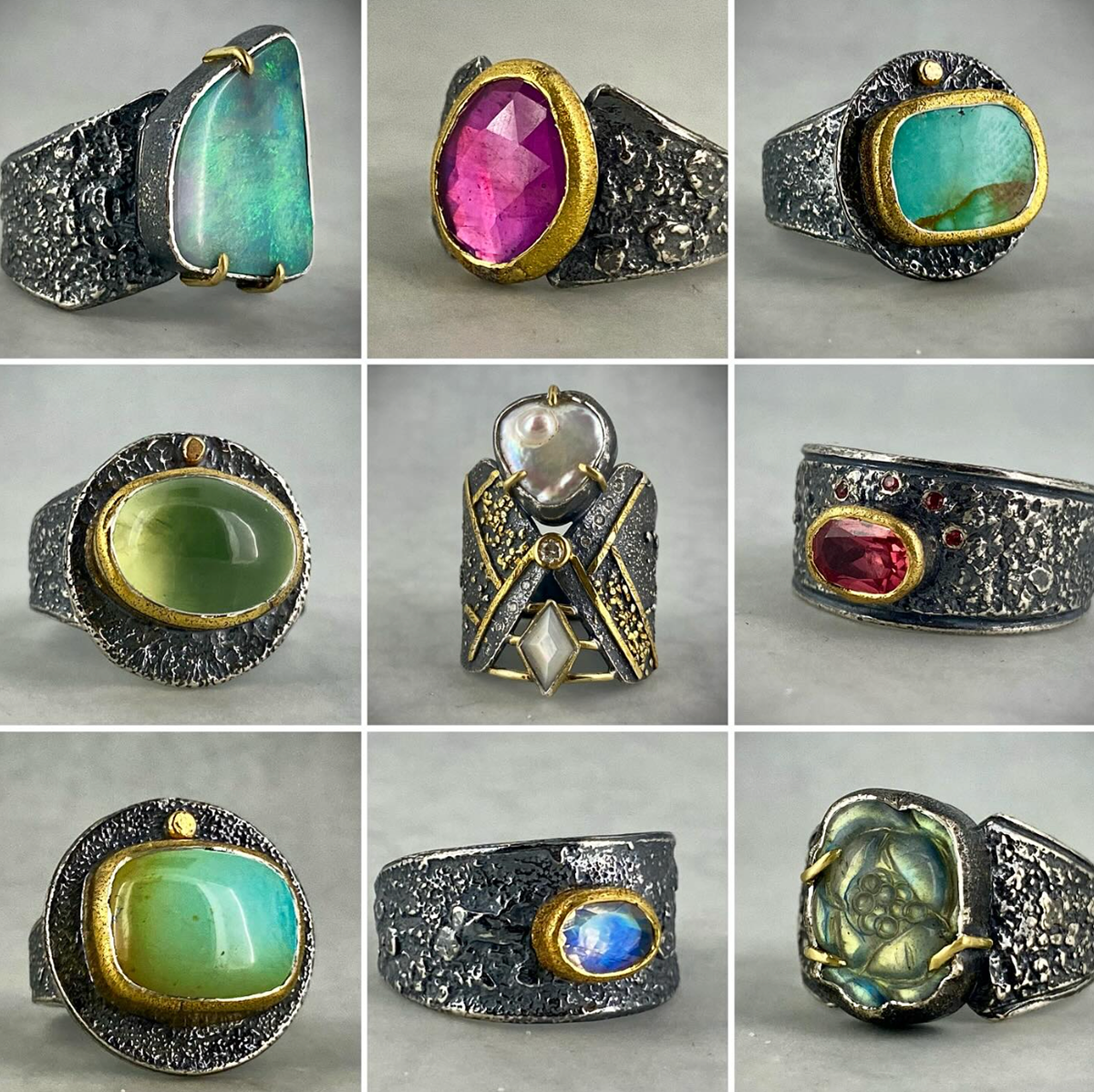
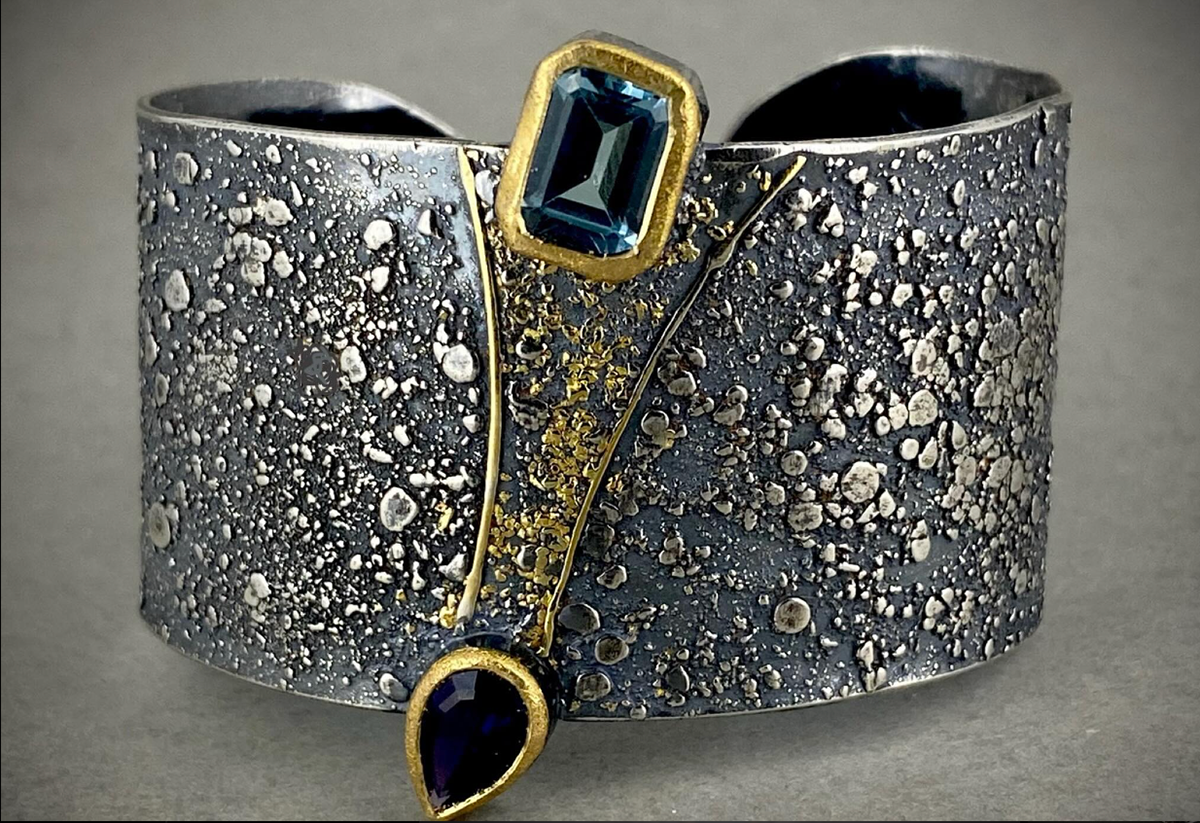
Process Research
I researched different techniques using jewellery-based books from the library. Below are some examples of the main techniques I have considered using and have researched.
Lost Wax Casting/Carving




Plique à Jour


Stone Setting


Critical Reflection
My focus throughout my initial research was to investigate the finer details of The Parsonage and Fletcher Moss Park, take what I felt connected to the most and research this further. From the first visit, I was surprised by the amount of information, stories, and archives within each area of the site that the two volunteers informed us of. Growing up near the parsonage and having visited the park many times, I was previously none the wiser of all this history among me, I found this fascinating. There was a lot of inspiration to take and move forward with throughout the project, with difficulty in narrowing this down.
After a second visit, I discovered the key influences I wanted to explore more. There are multiple concepts which I wanted to explore. The first is the geometric presence within the church, gardens, and the house. The geometric patterns and shapes within the church are the main influences for this concept. I have previously explored Geometry within my practice and a topic I will continue to explore. It has a personal meaning behind it due to my recently discovered heritage and geometry playing a key role in Islamic culture but also it is around us in most places day-to-day. Because of this, I was naturally drawn to these patterns when visiting the site. The second influence I have explored is how Fletcher Moss himself showcased his wealth through the structures of the buildings, including the stained-glass windows, the marble floor within the church and the eagle archway. Another influential impact was based on the gardens. I noticed on both visits a repetition of branches growing around or through man-made structures, but also that nature held itself proud and made its presence known not letting the man-made take over that presence. Rebelling against it. As well as these concepts, I wanted to explore my personal feelings and memories towards the site with it being somewhere I have enjoyed many times. All these influences have been the driving force behind my work as I have used a combination of these to influence the form, textures, colour, and details of my final pieces.
Throughout my research, I have discovered new materials and techniques that I haven’t tried before. This includes Lost Wax Casting, specifically carving. As well as this, a difficult technique named Piqué a Jour, to recreate a stained-glass effect and stone setting.
The impact of these influences has meant I have been able to explore various aspects of the Parsonage and the surrounding areas in a way which has opened my eyes to the deeper history that has been so local to me for many years. It has also meant I have been able to combine personal interests from outside of this project and link them to pieces of history and archives at the site.
Phase 2 - Practical Exploration & Experimentation
Practical & Process Development
Initial sketches from my visits to Fletcher Moss Gardens and the Parsonage.




Found objects from the site.
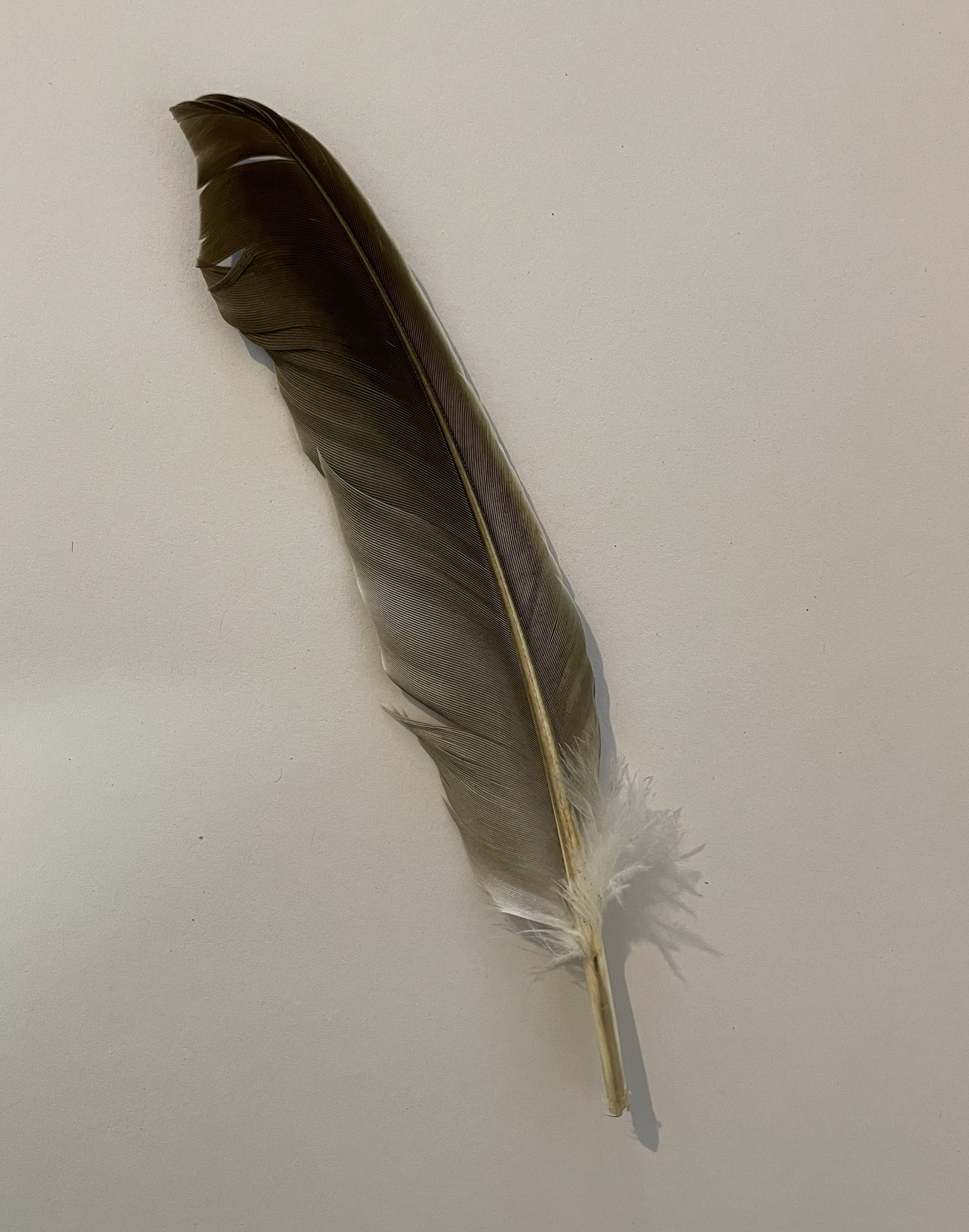
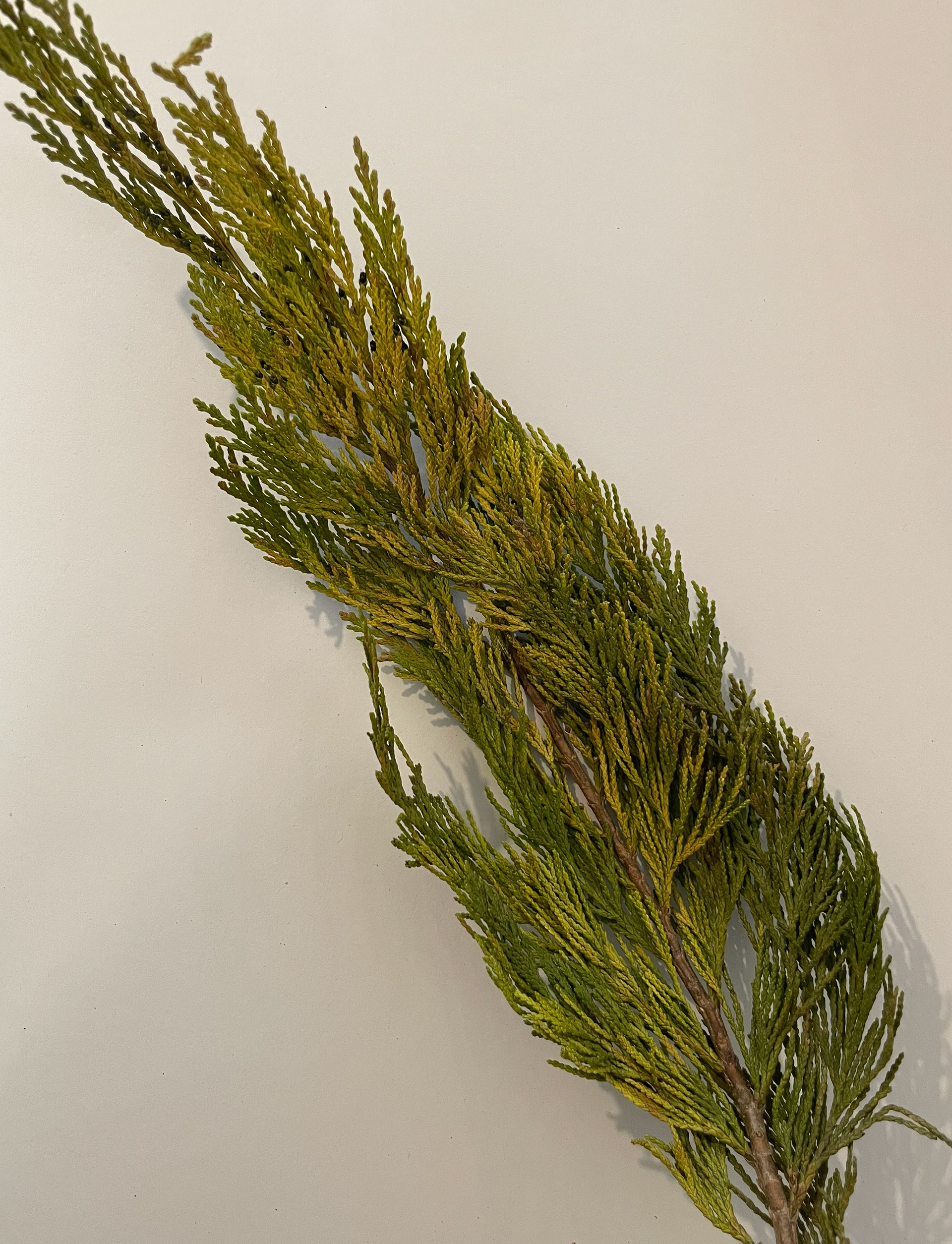
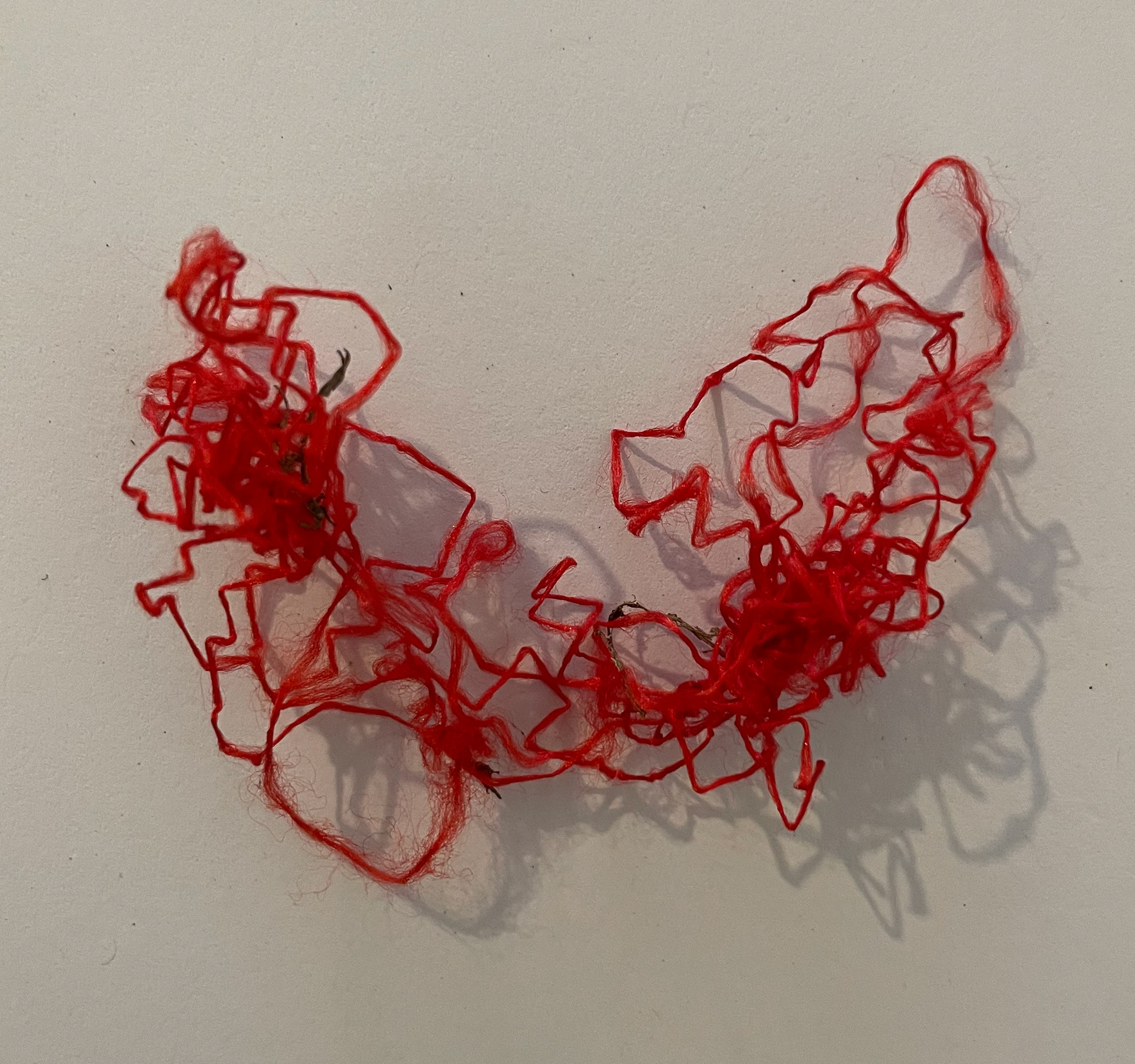
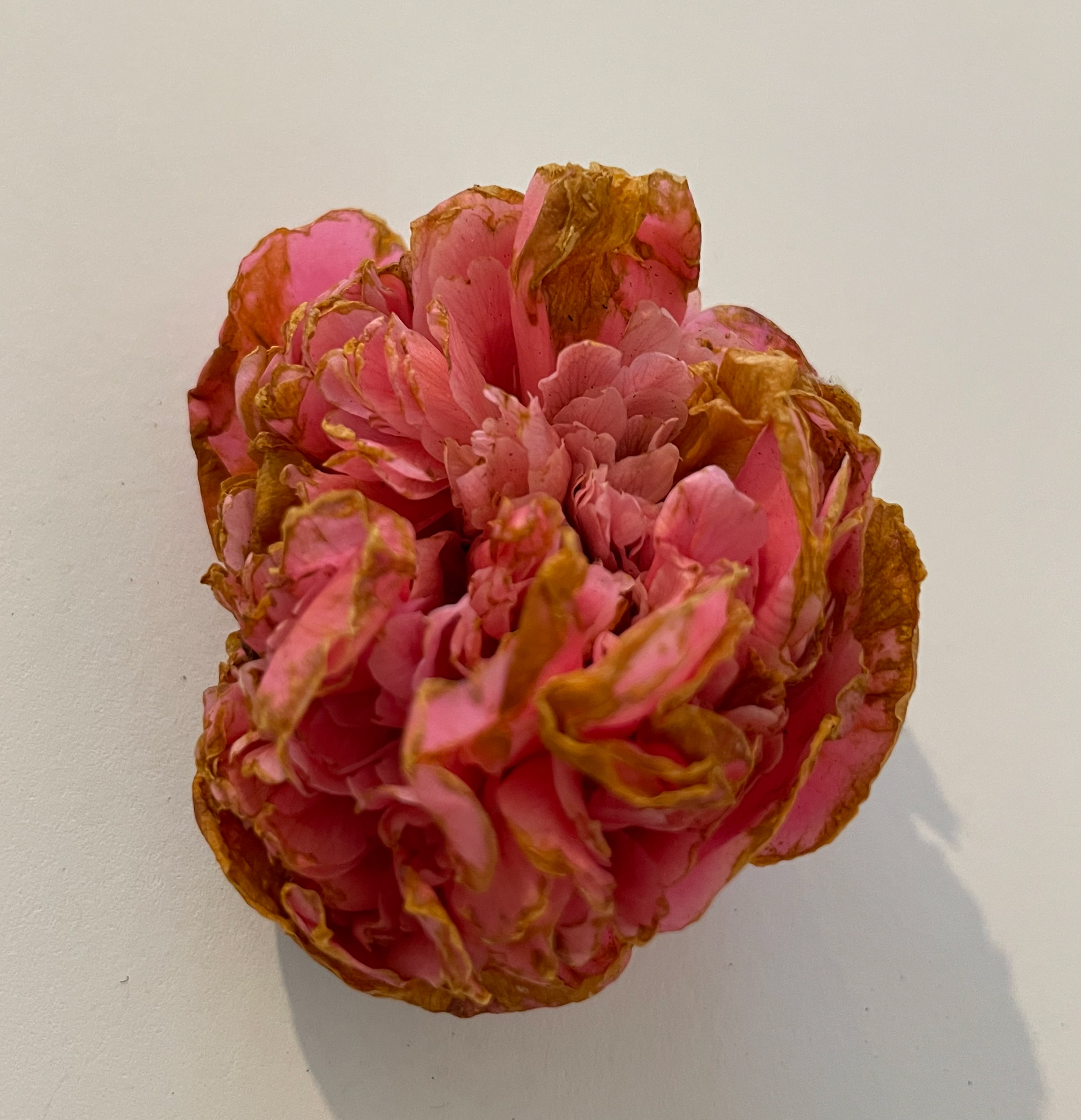

Exploring textures from the found objects using the rolling mill. Followed by oxidising the Copper to bring out the texture even more so.
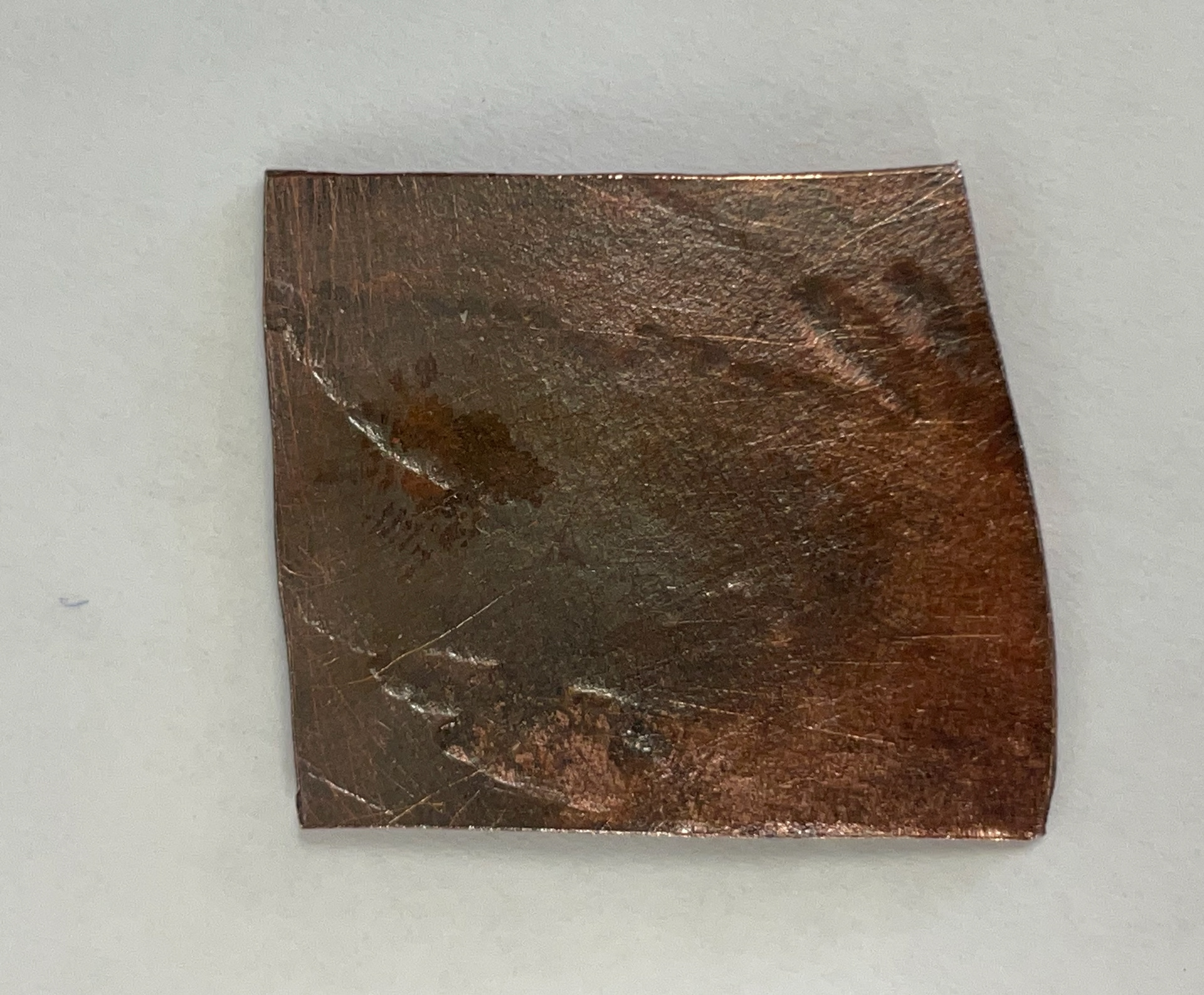

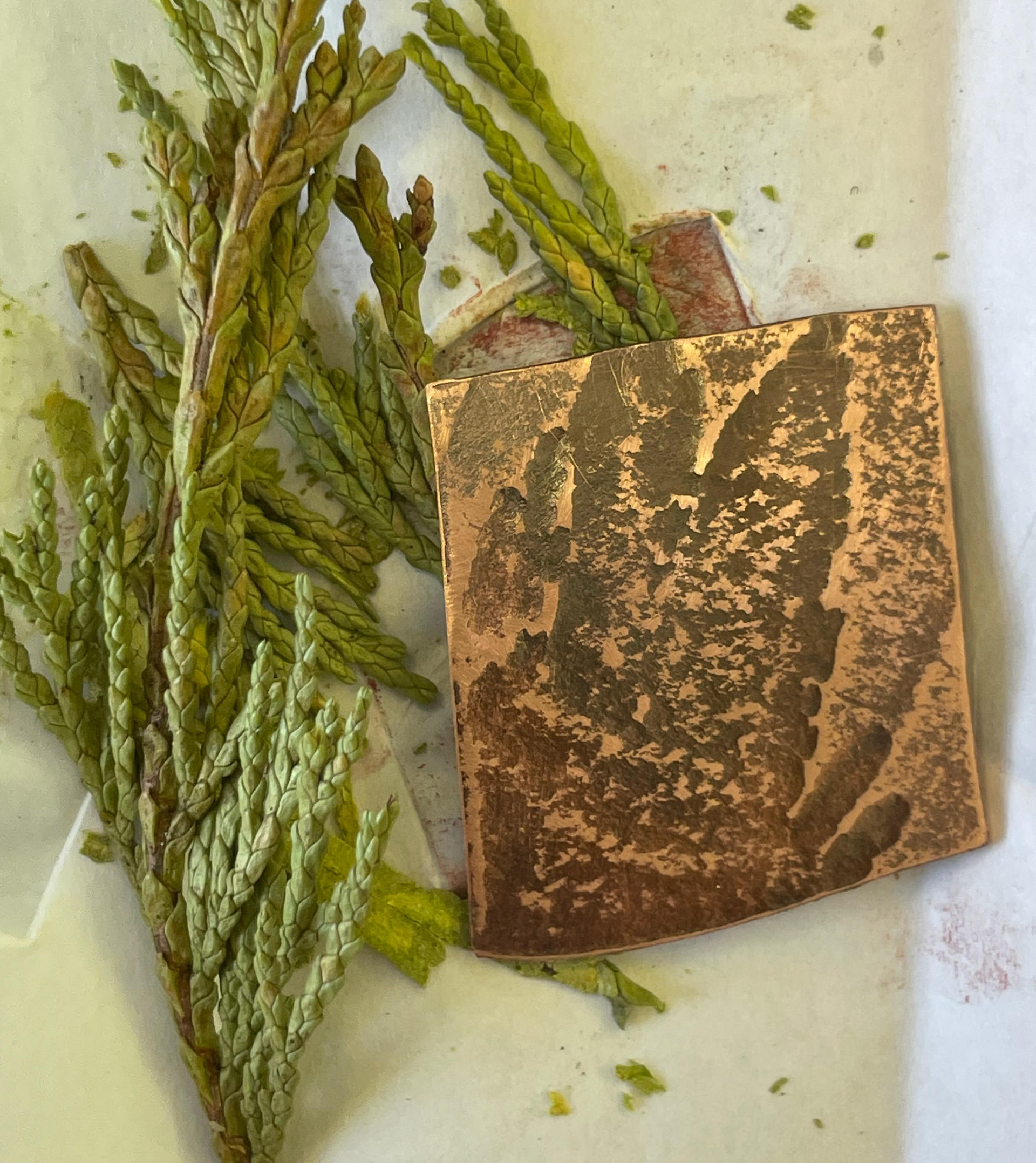



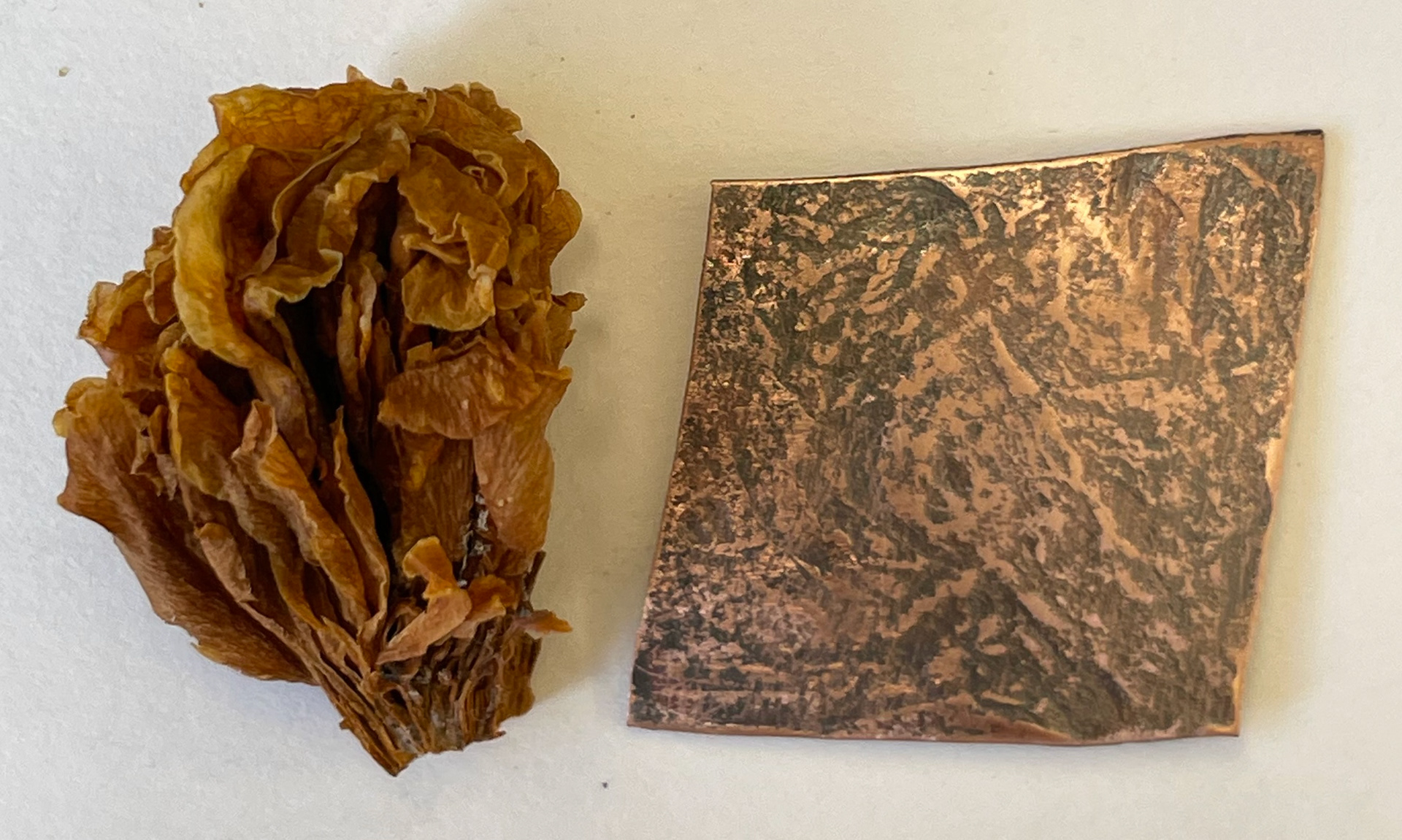
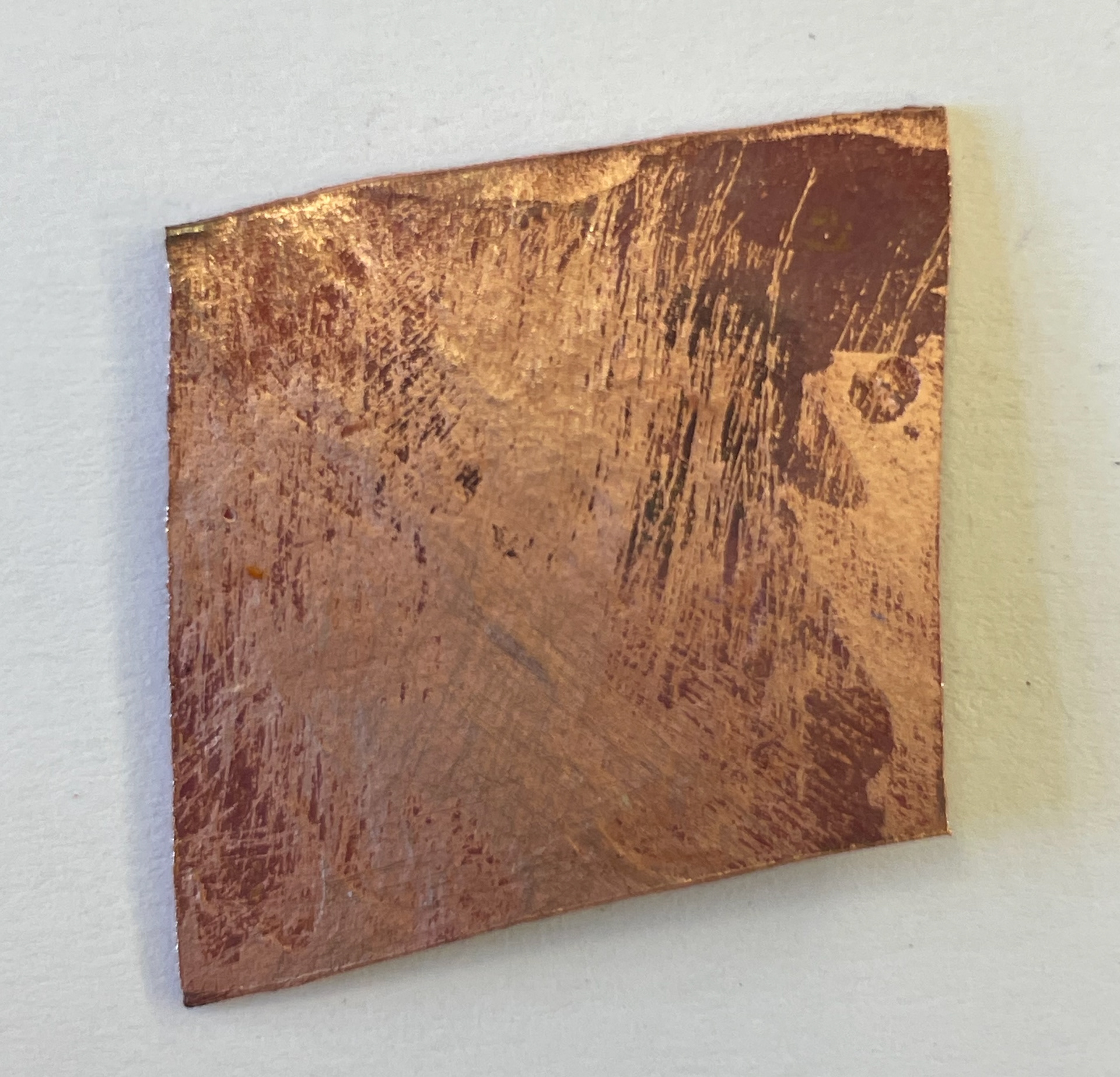
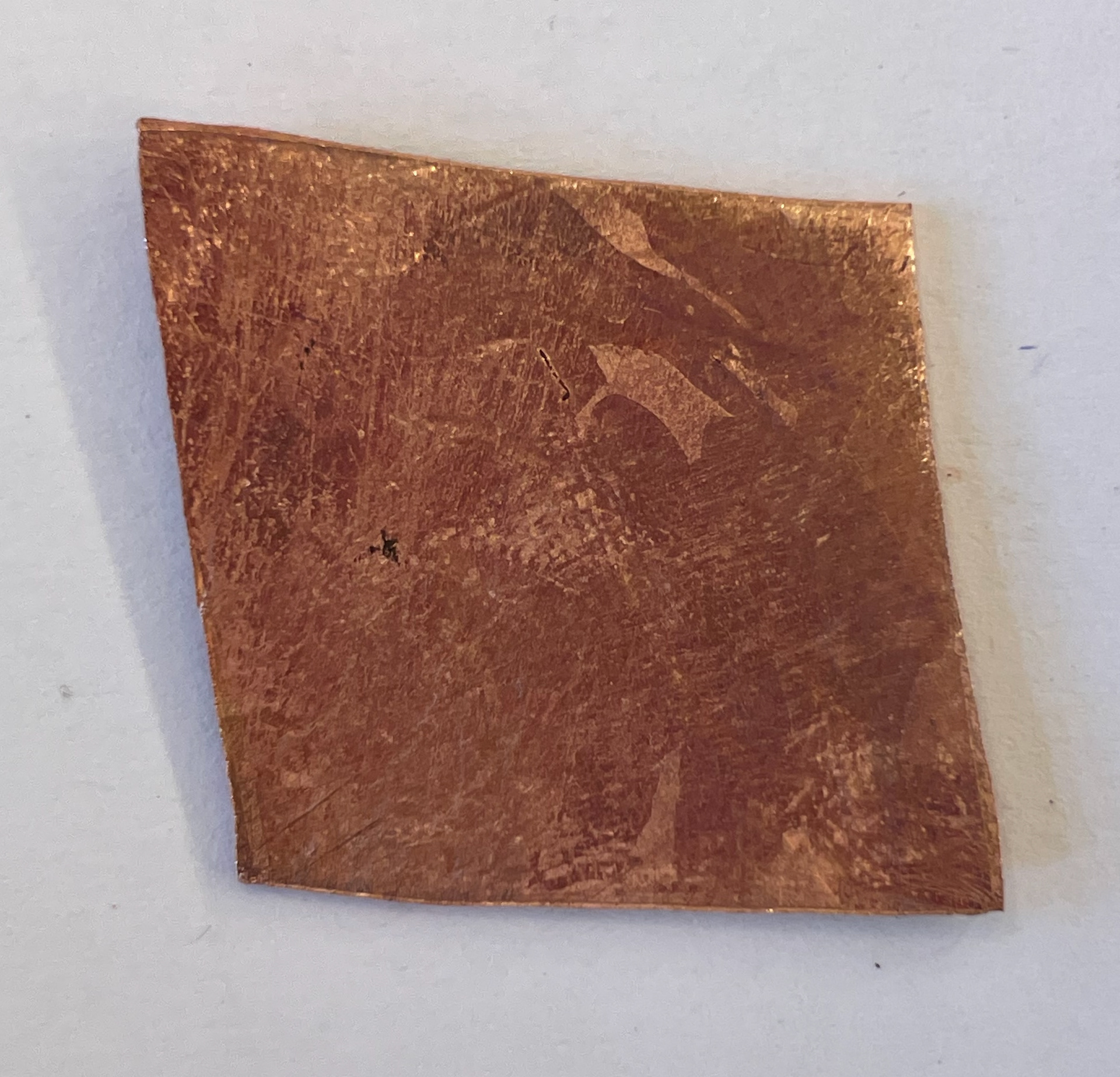
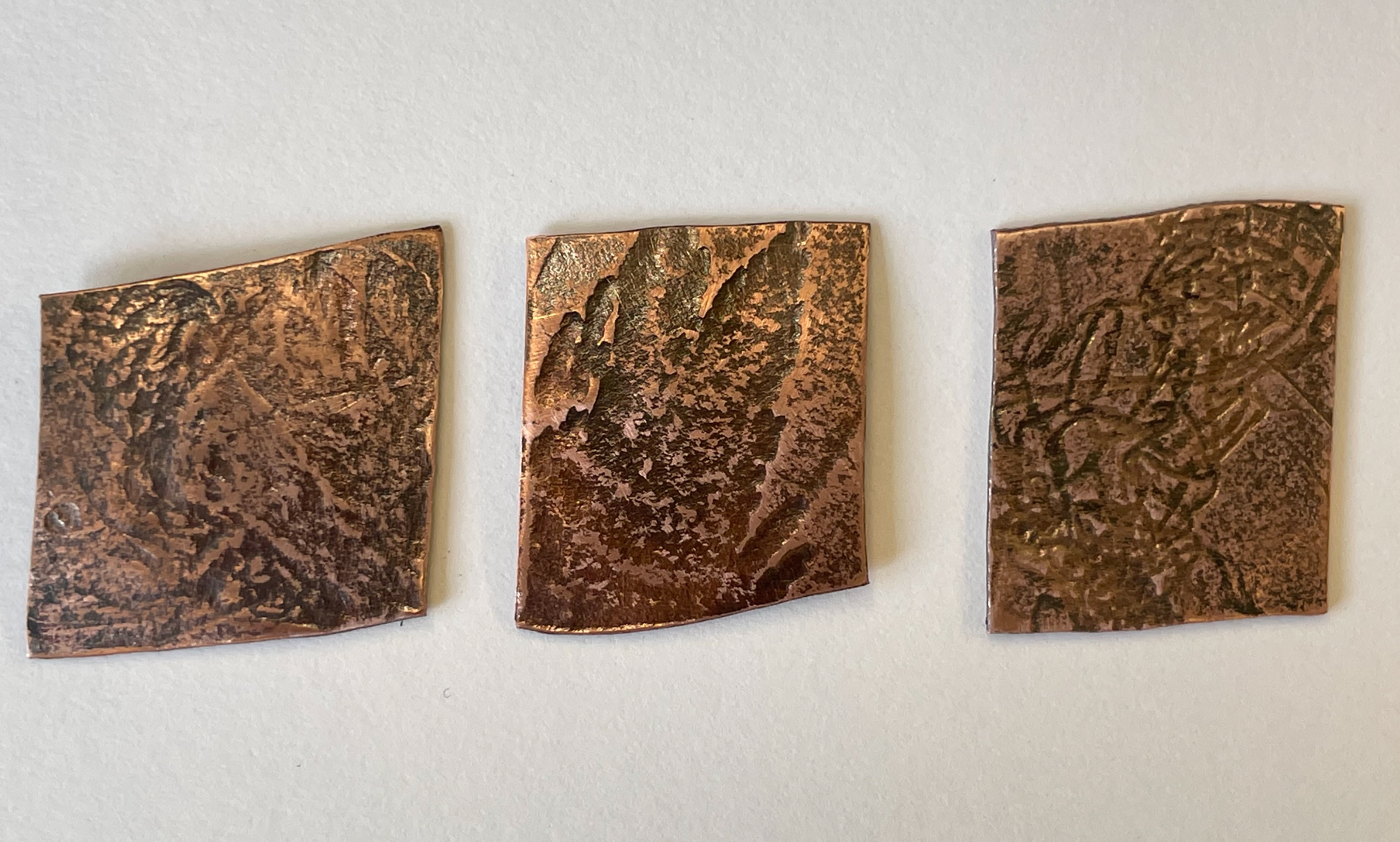
Exploring geometric shapes inspired by patterns within the grids on the church floor. Repeating this pattern and printing it in ink using Lino printing.
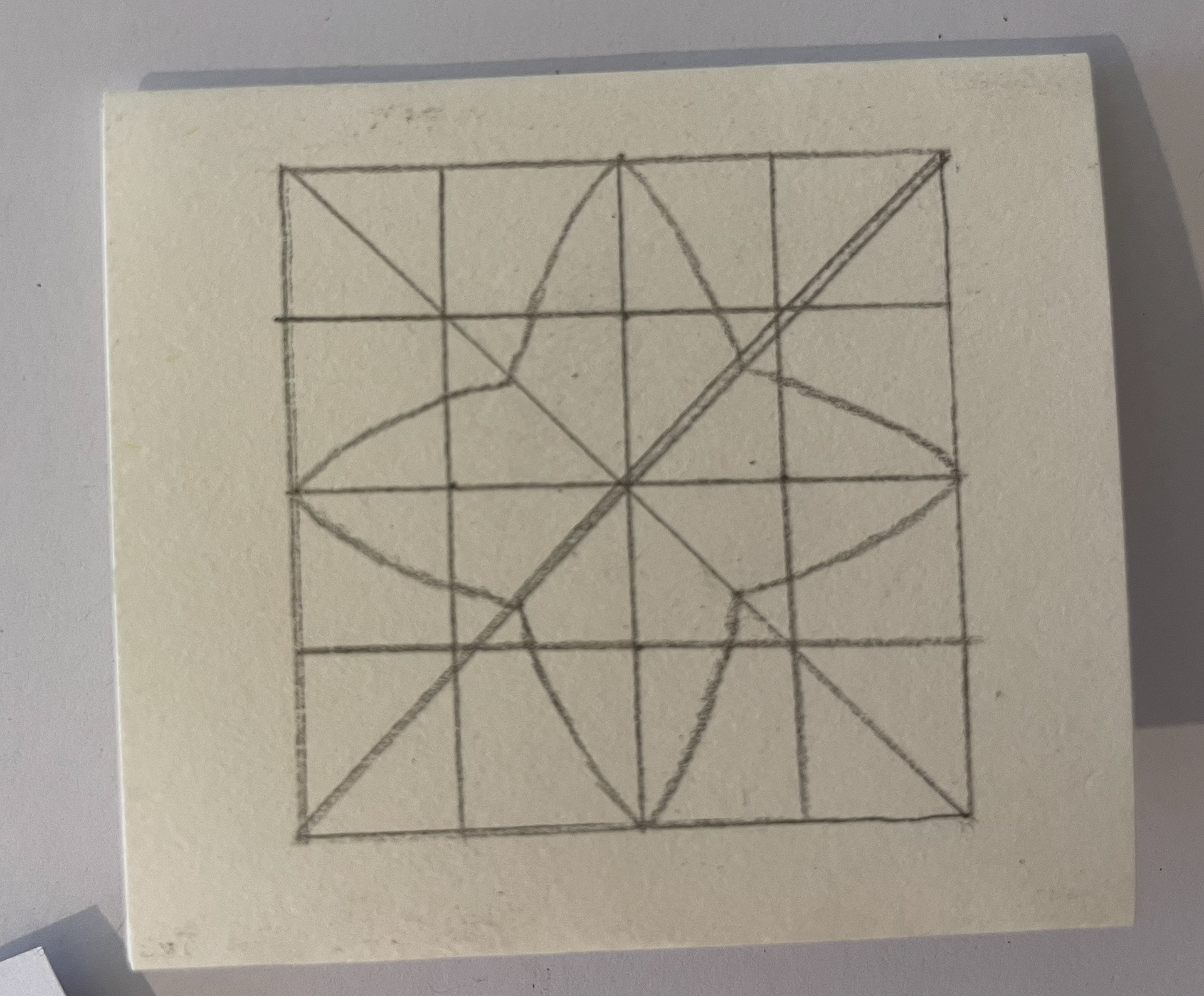










Initial design idea sketches. I decided for Unit X I wanted to create a series of three rings, each representing a different aspect of my knowledge of Fletcher Moss, The Parsonage and St James Church.

Repeating previous textures made in Copper on Brass. I liked the natural oxidisation that occurred when heating up the metal to soften it to be able to create the texture.
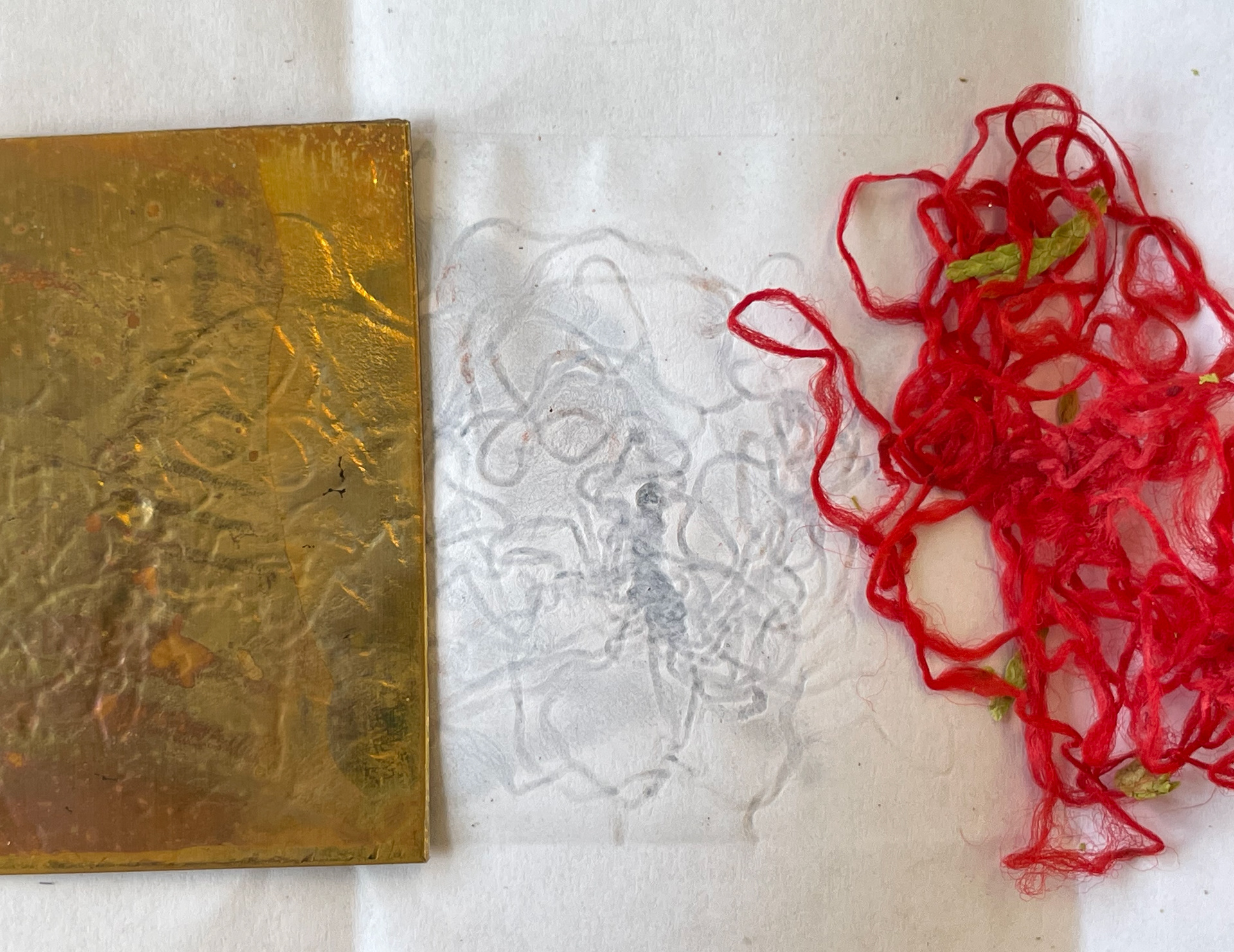

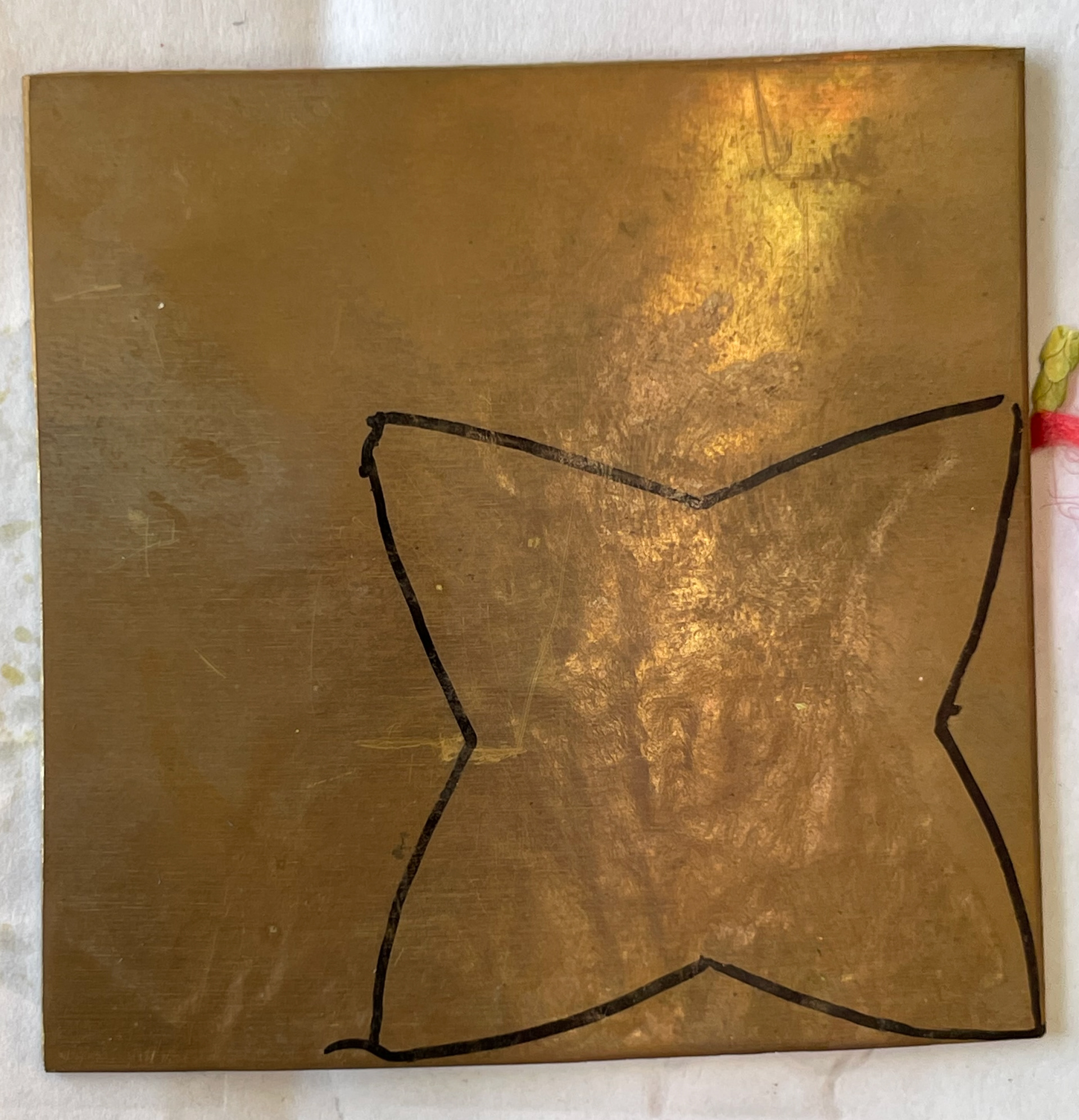
I cut out the same geometric shape inspired by the church using a piercings saw, including the texture from the found object and the iridescent colours of the metal from natural oxidisation.

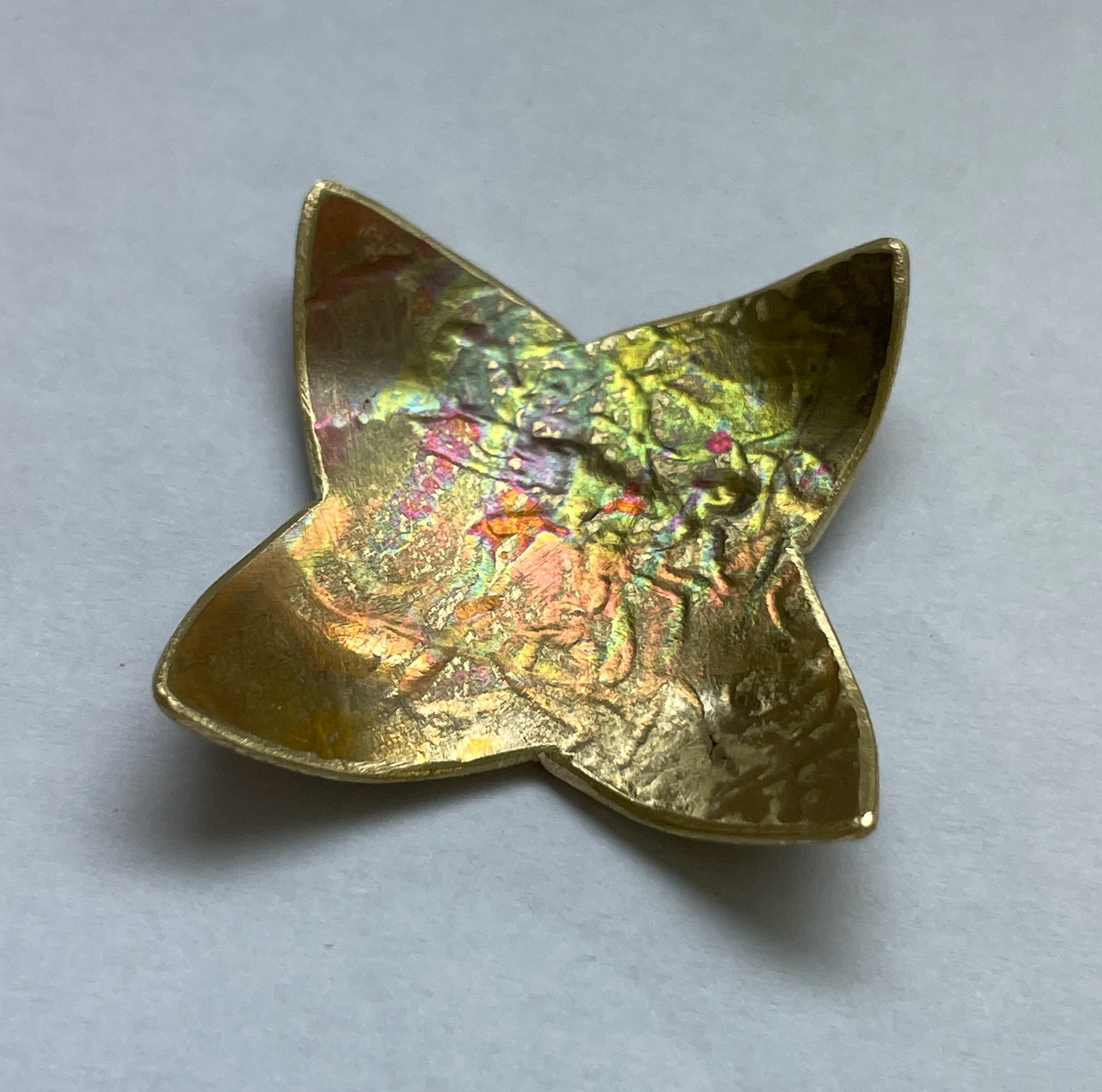
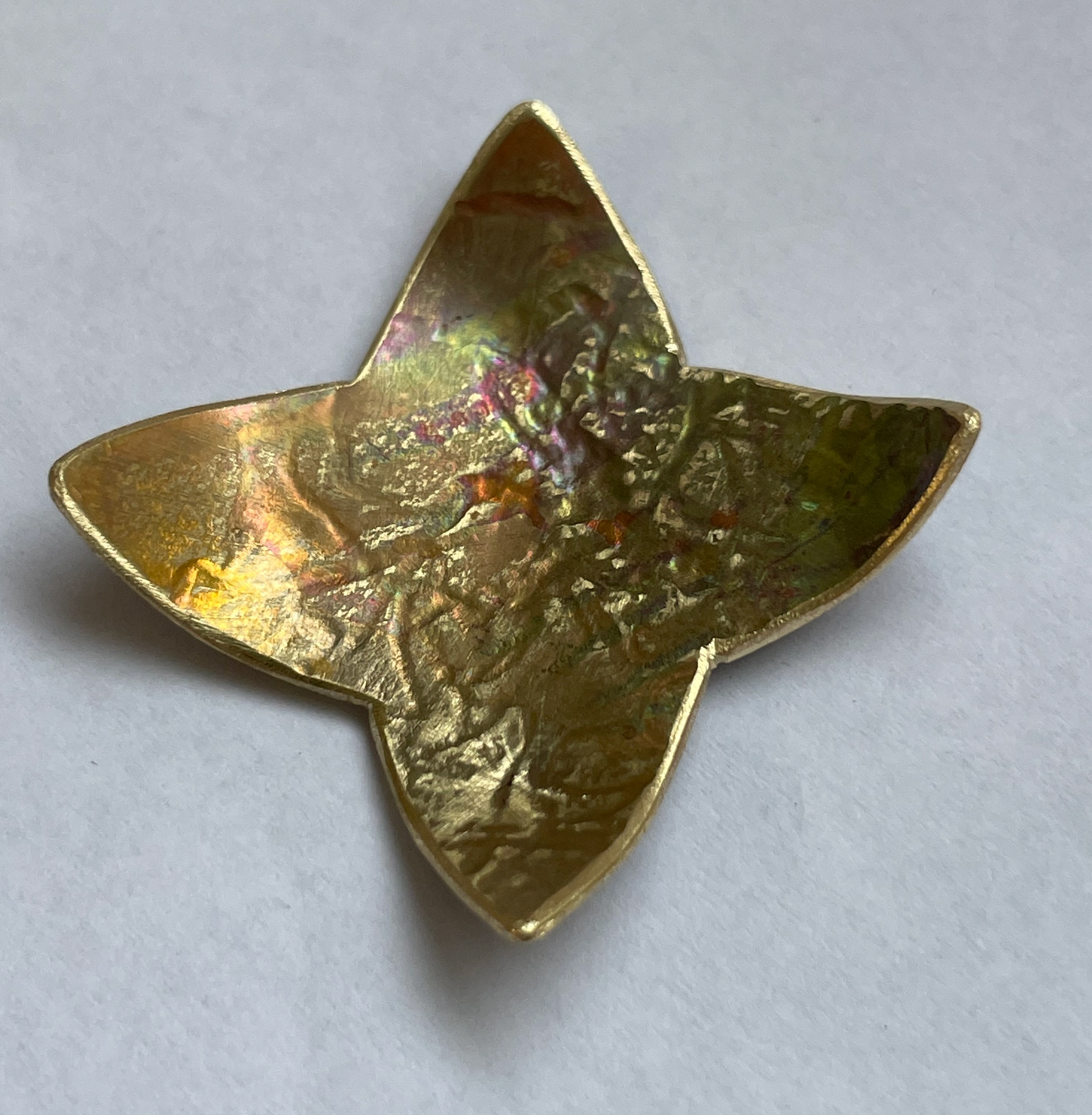
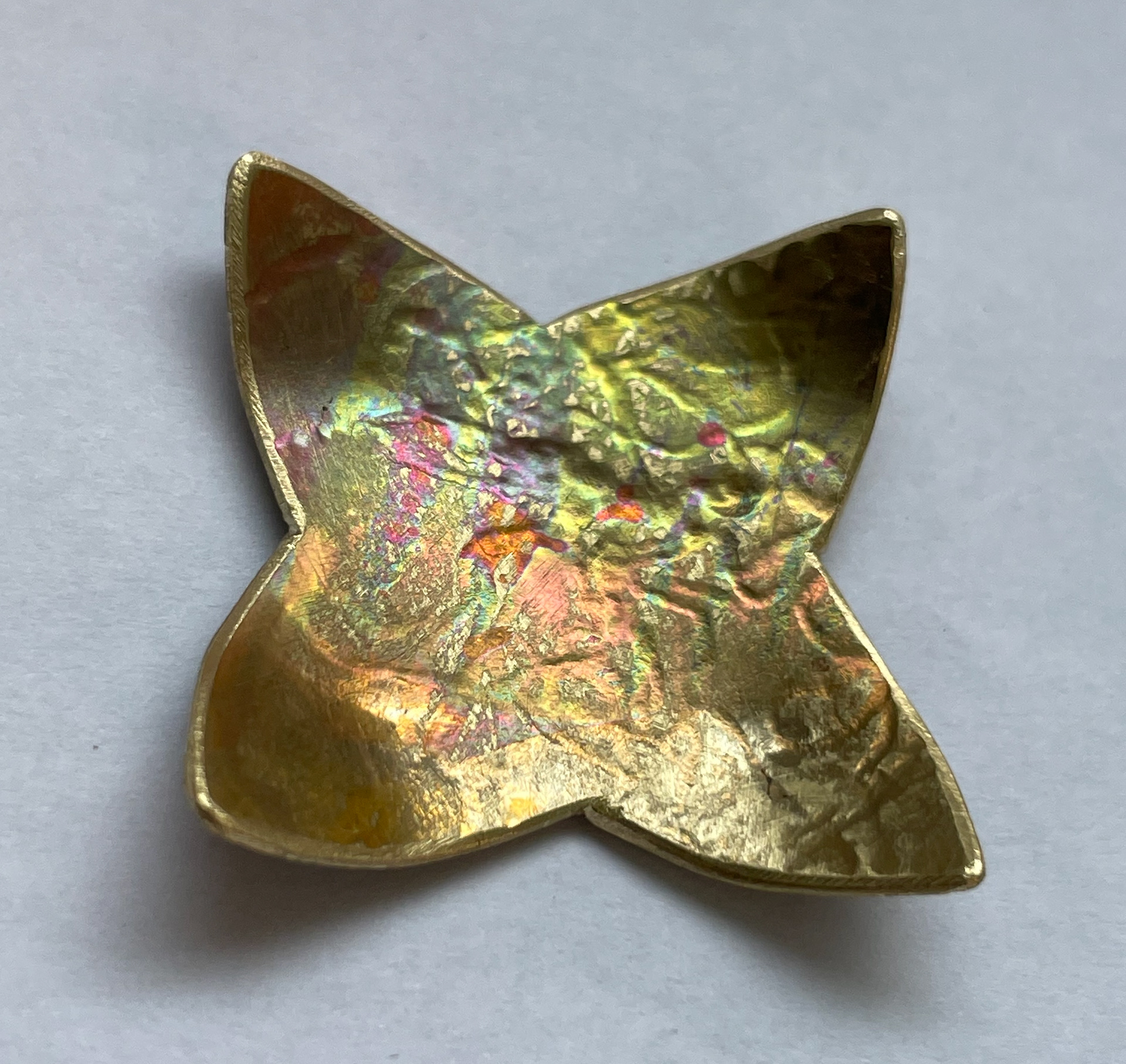
Further sketches of more design ideas.


Test pieces using UV Resin and dyes trapped in wire. I used this easier method instead of Plique a Jour to create a similar glass/transparent effect.
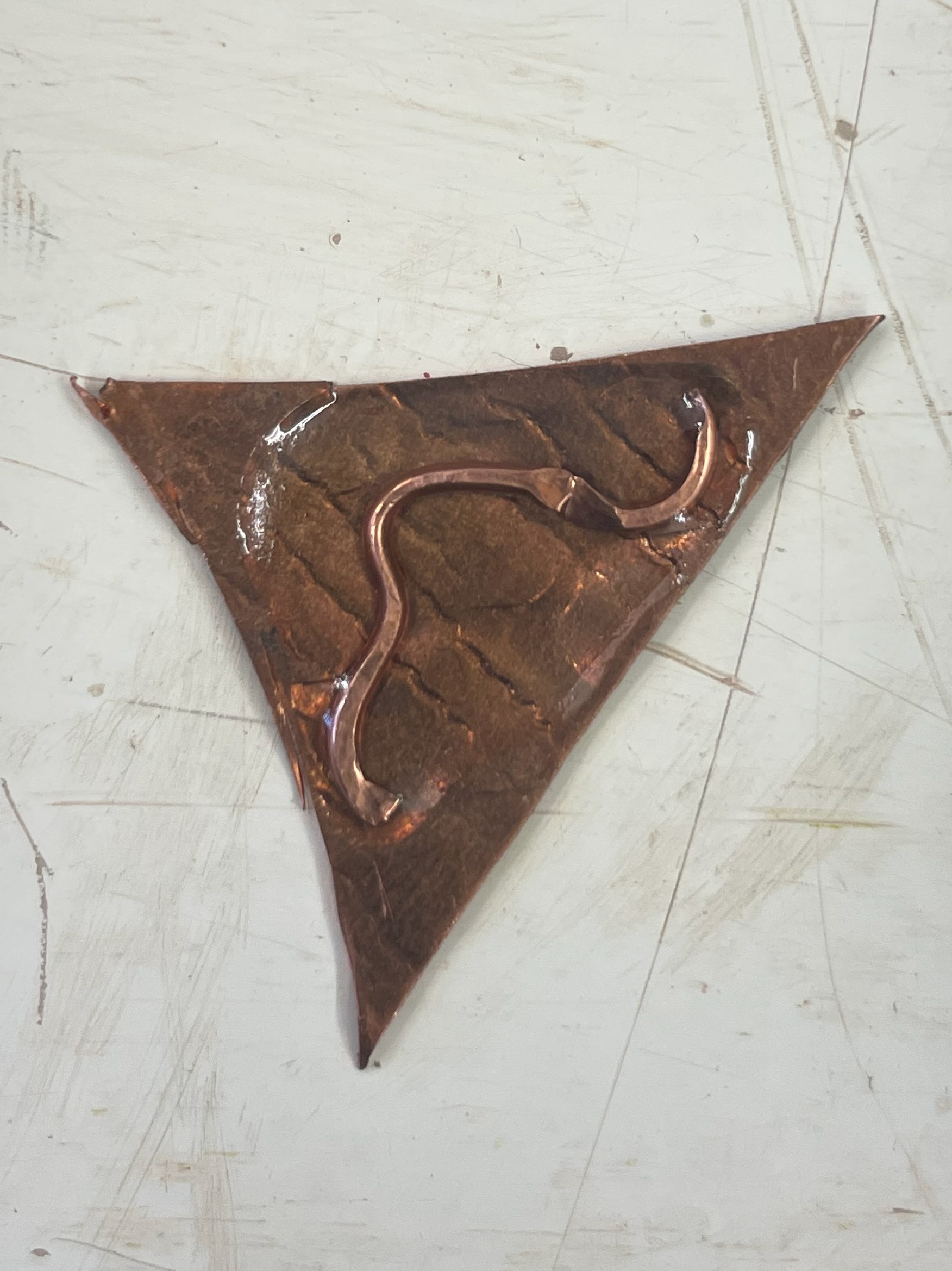

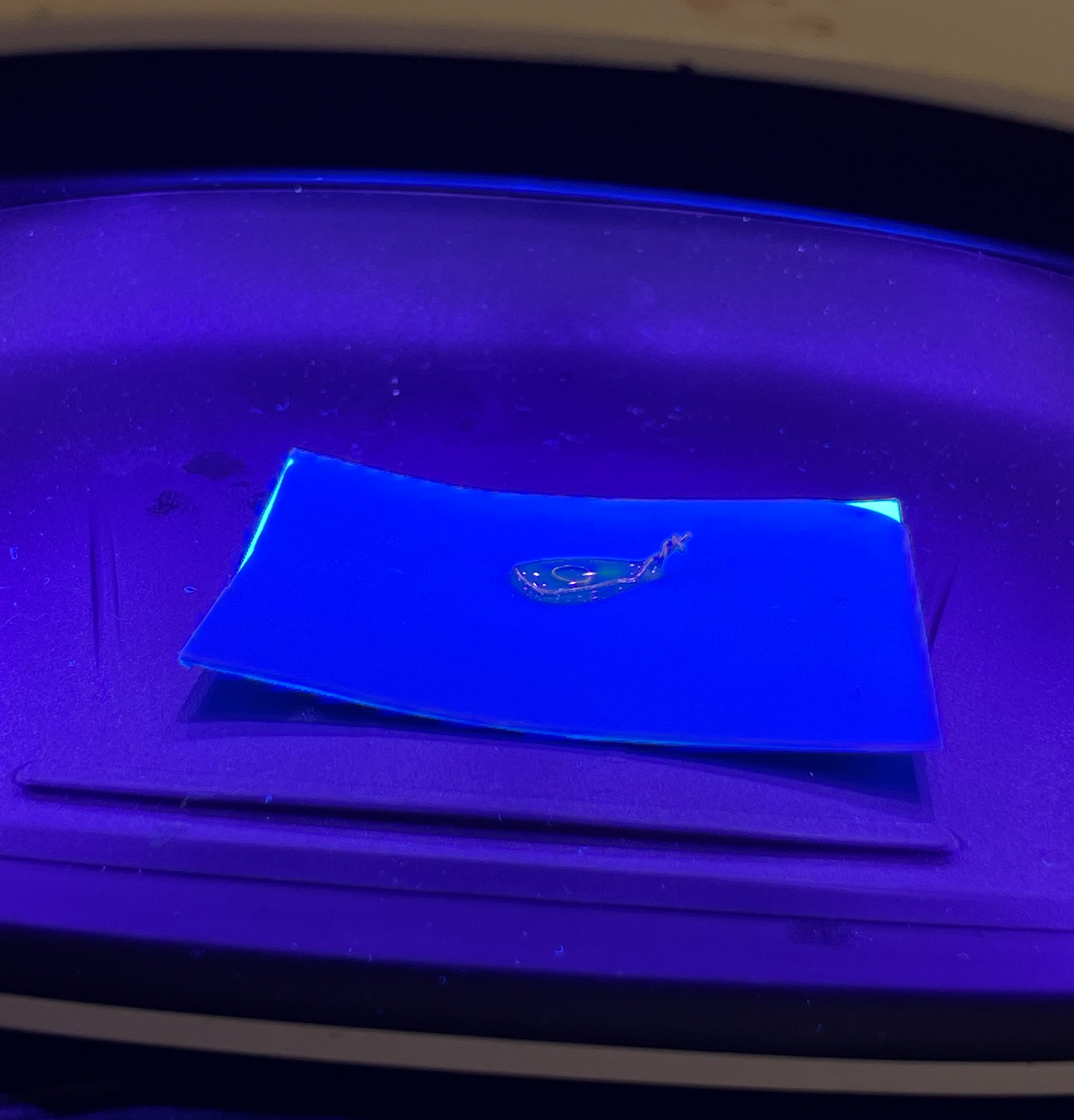
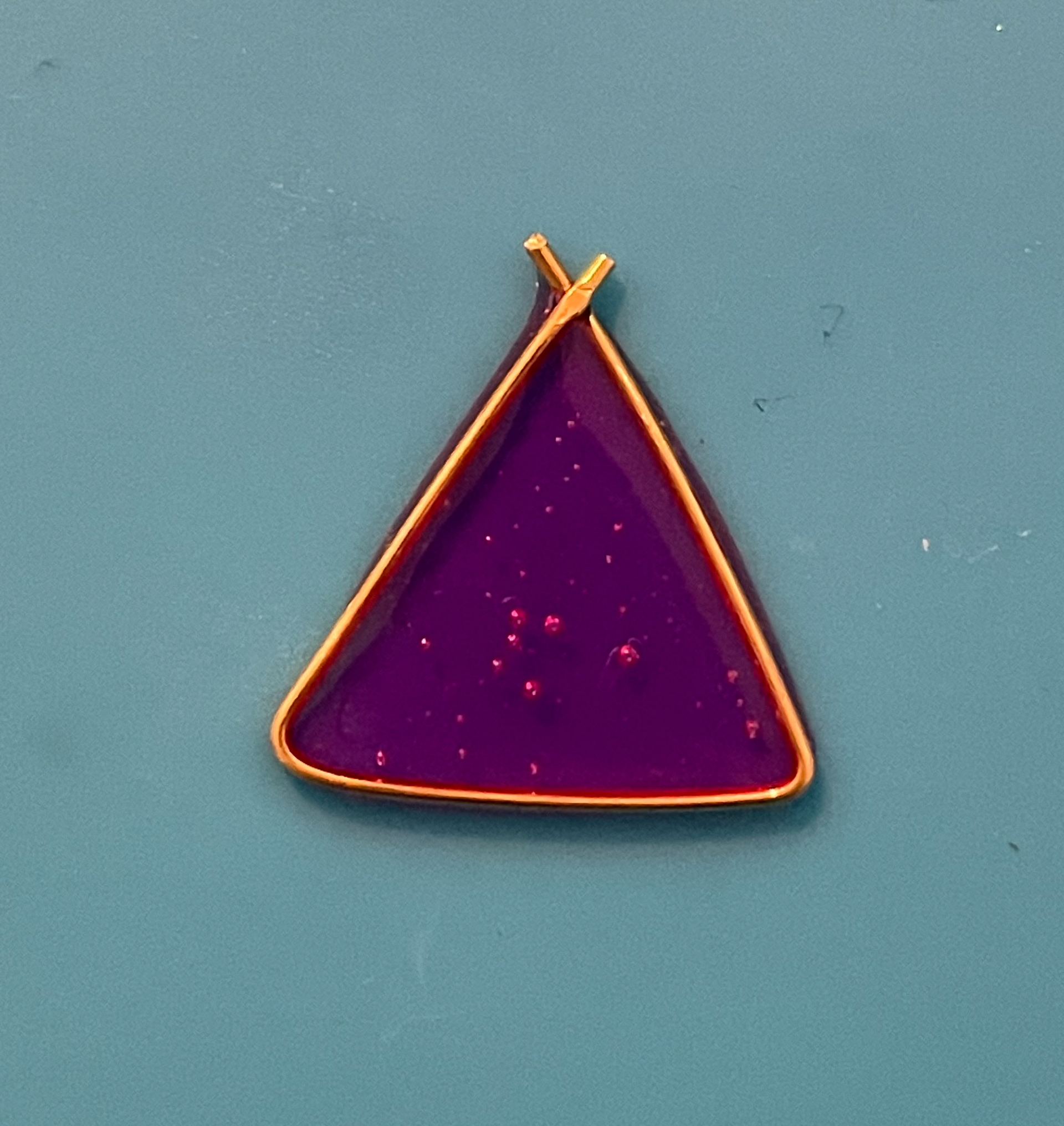

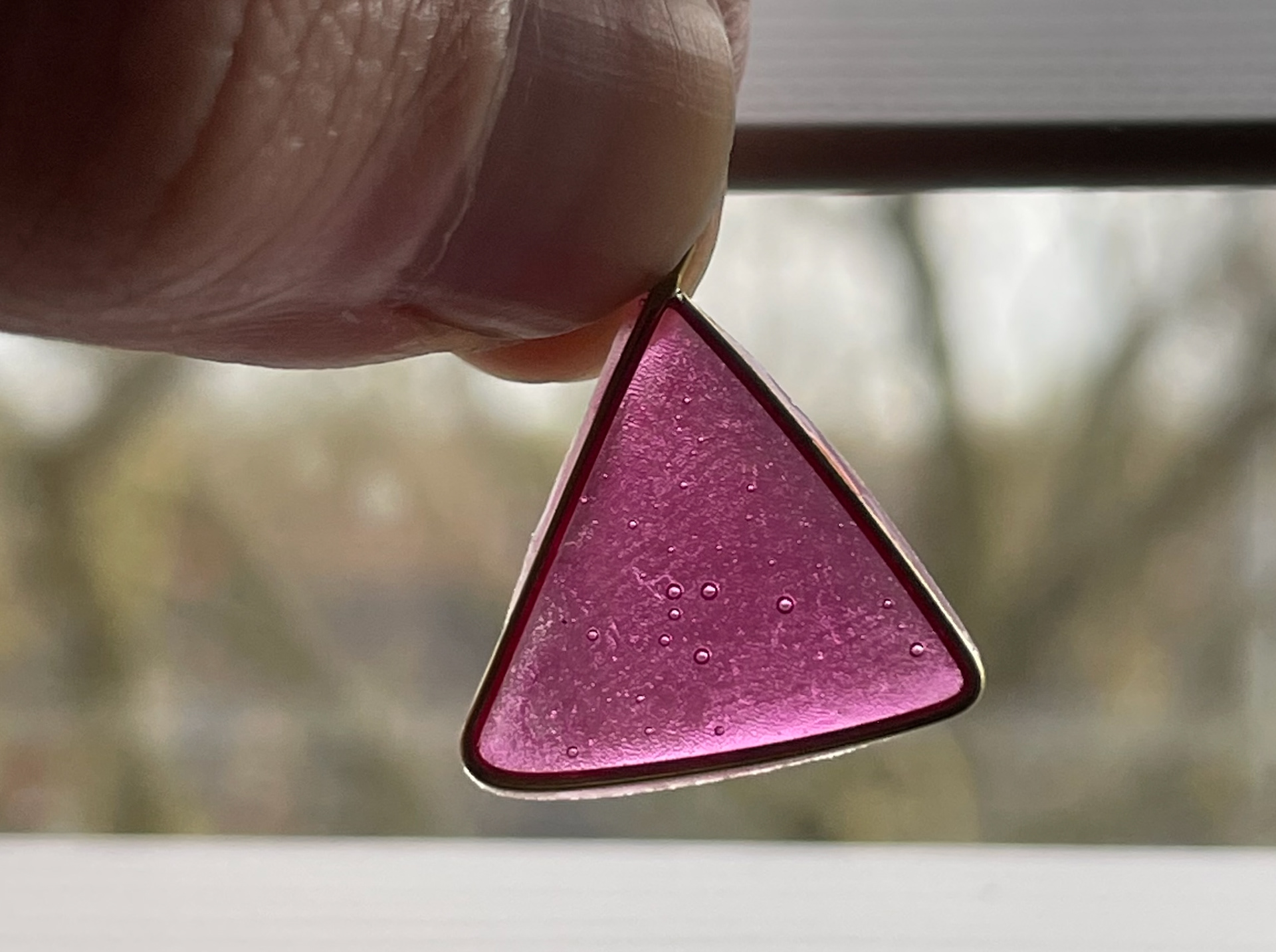
Sampling a ring shaft idea using paper. Followed by making this made from brass wire and then soldering both rings together to make one.
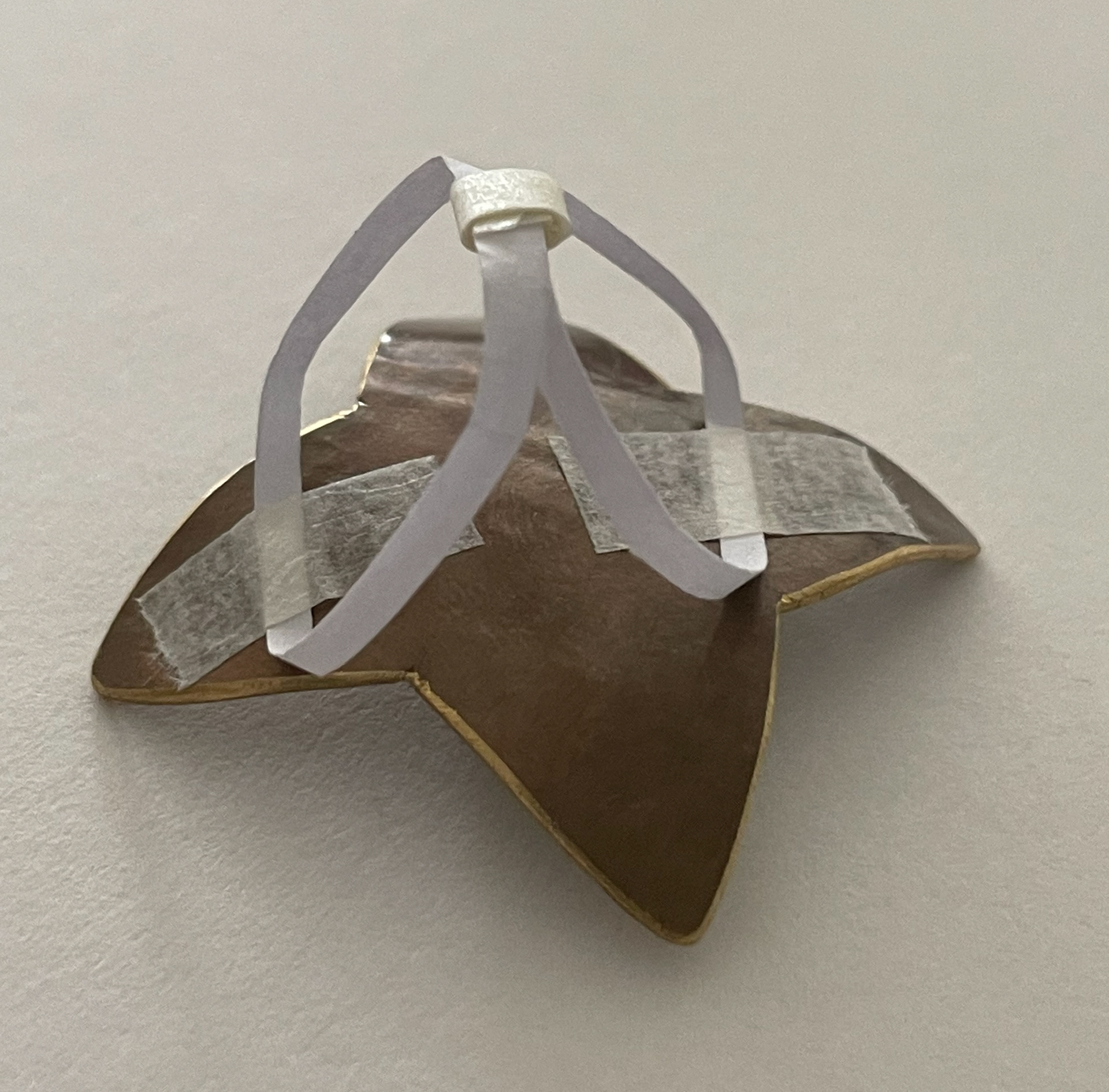
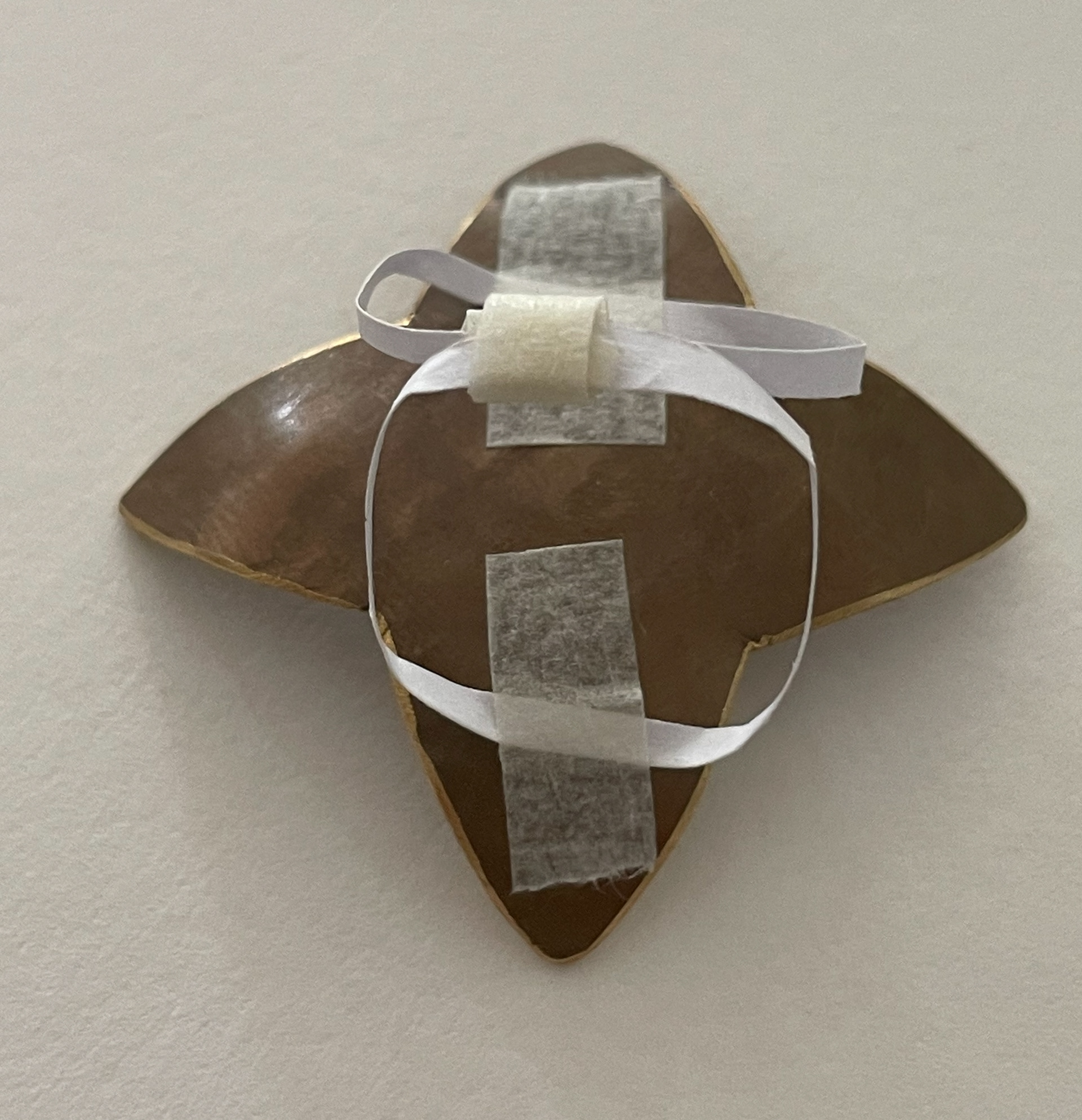
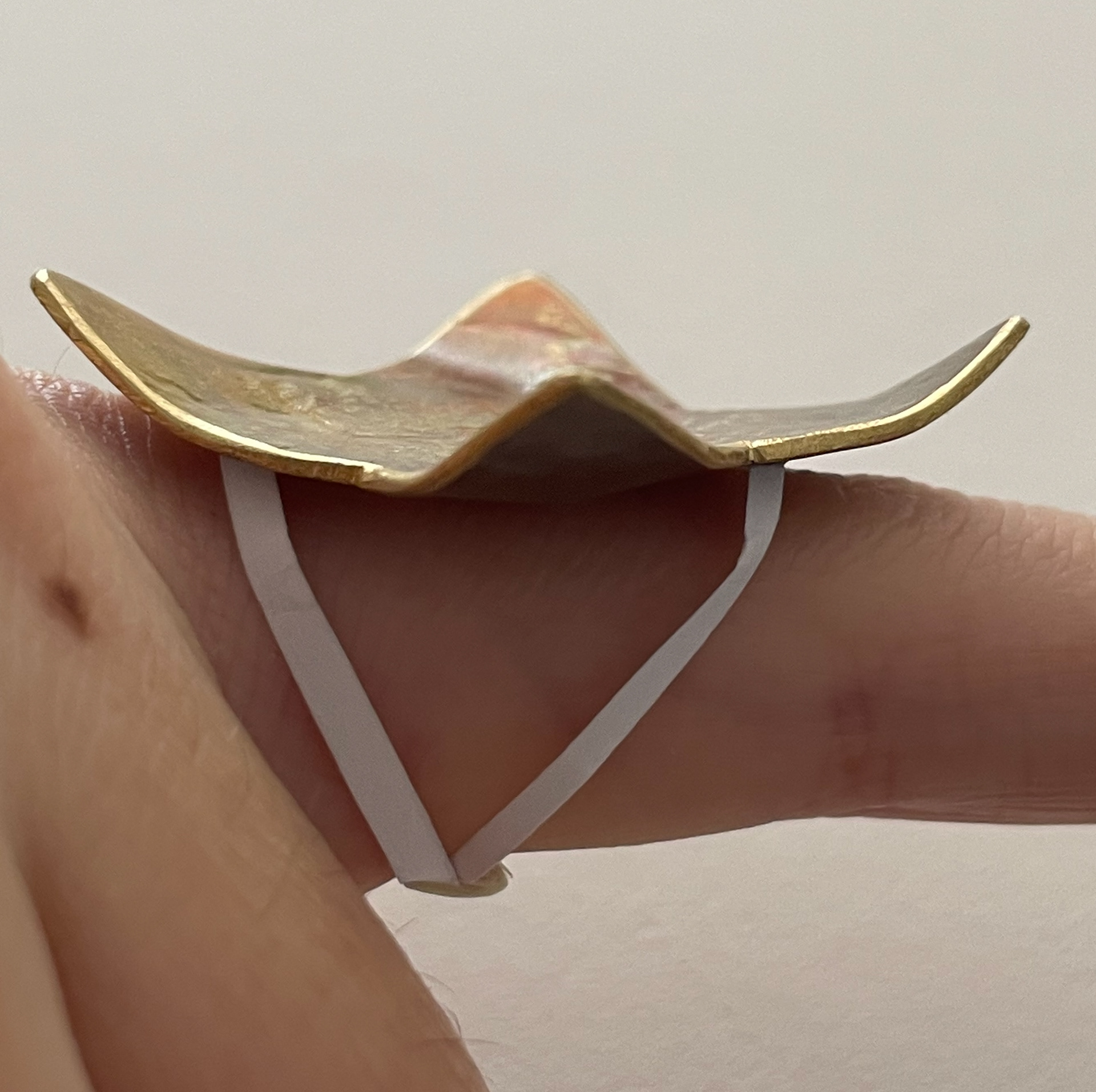
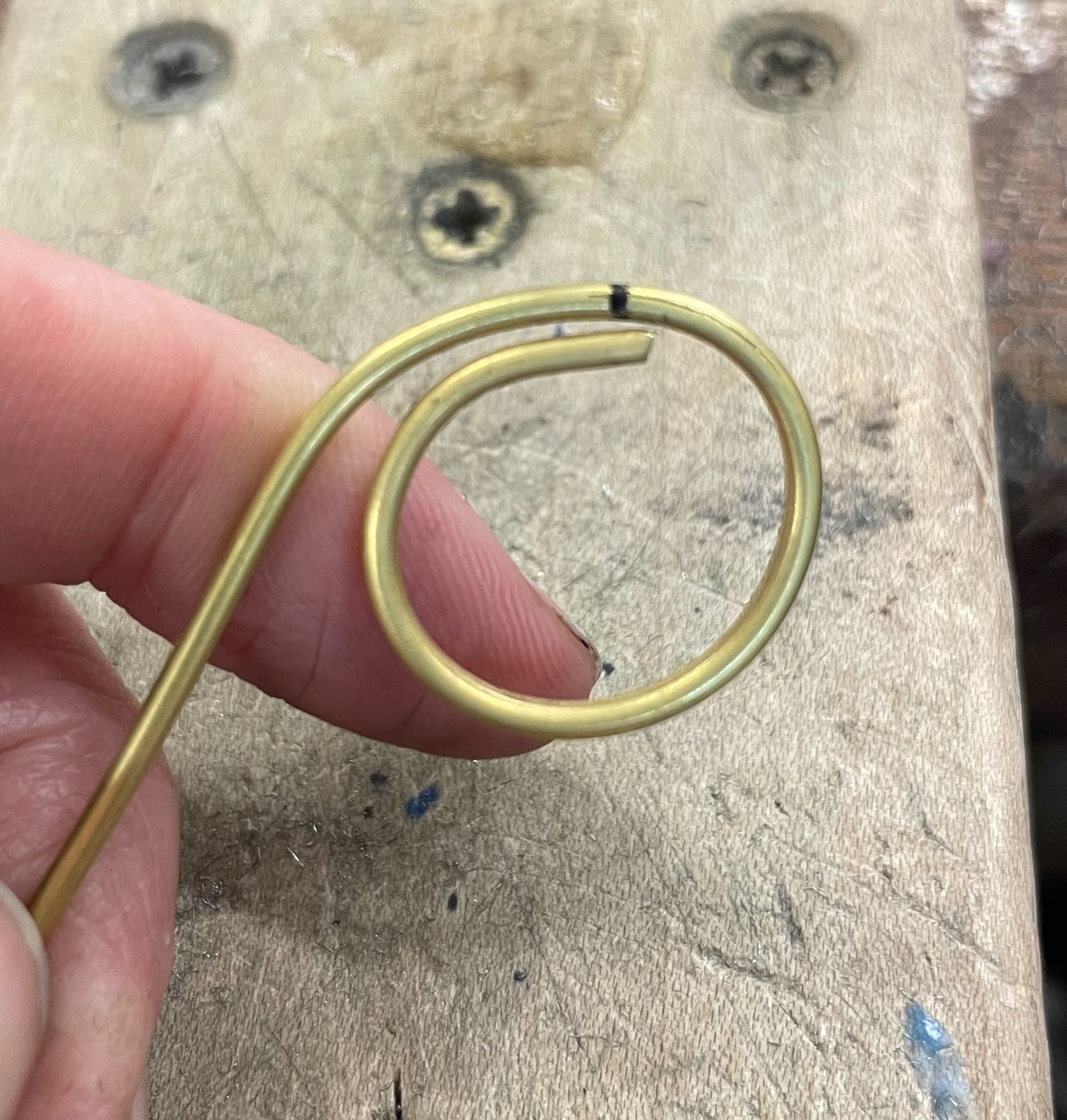

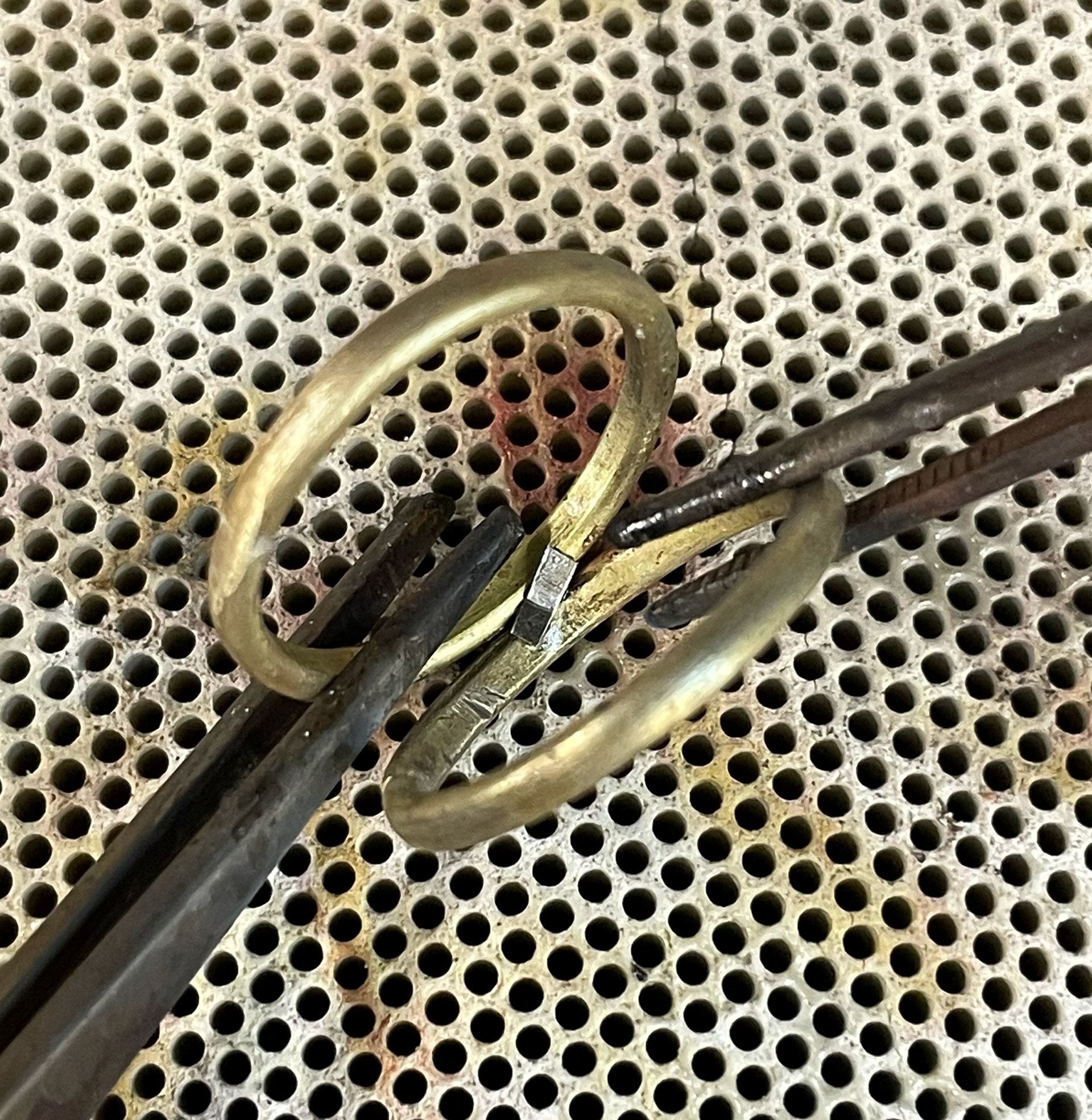
More found objects from my second visit to the site, including tree bark and pieces of brick.
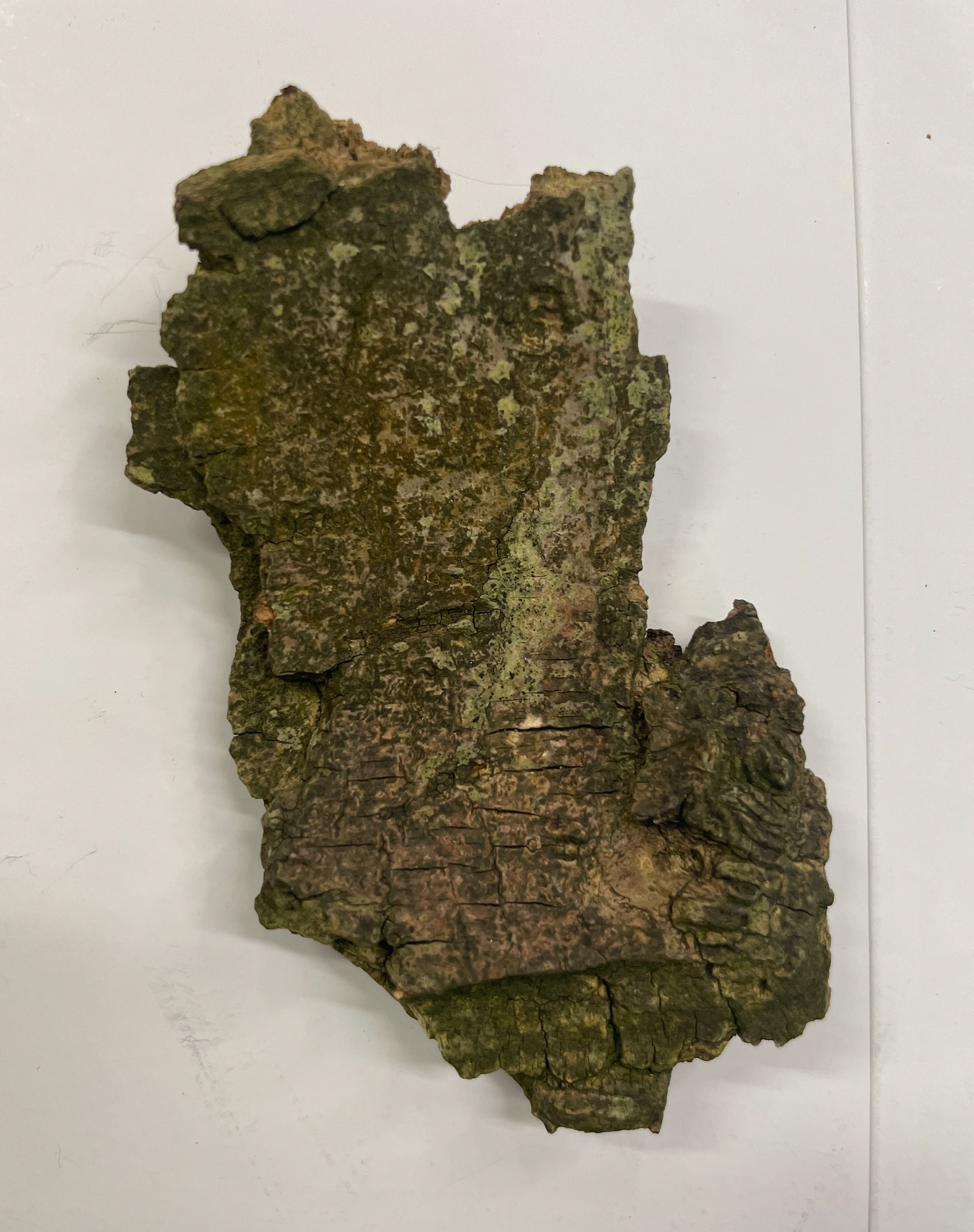
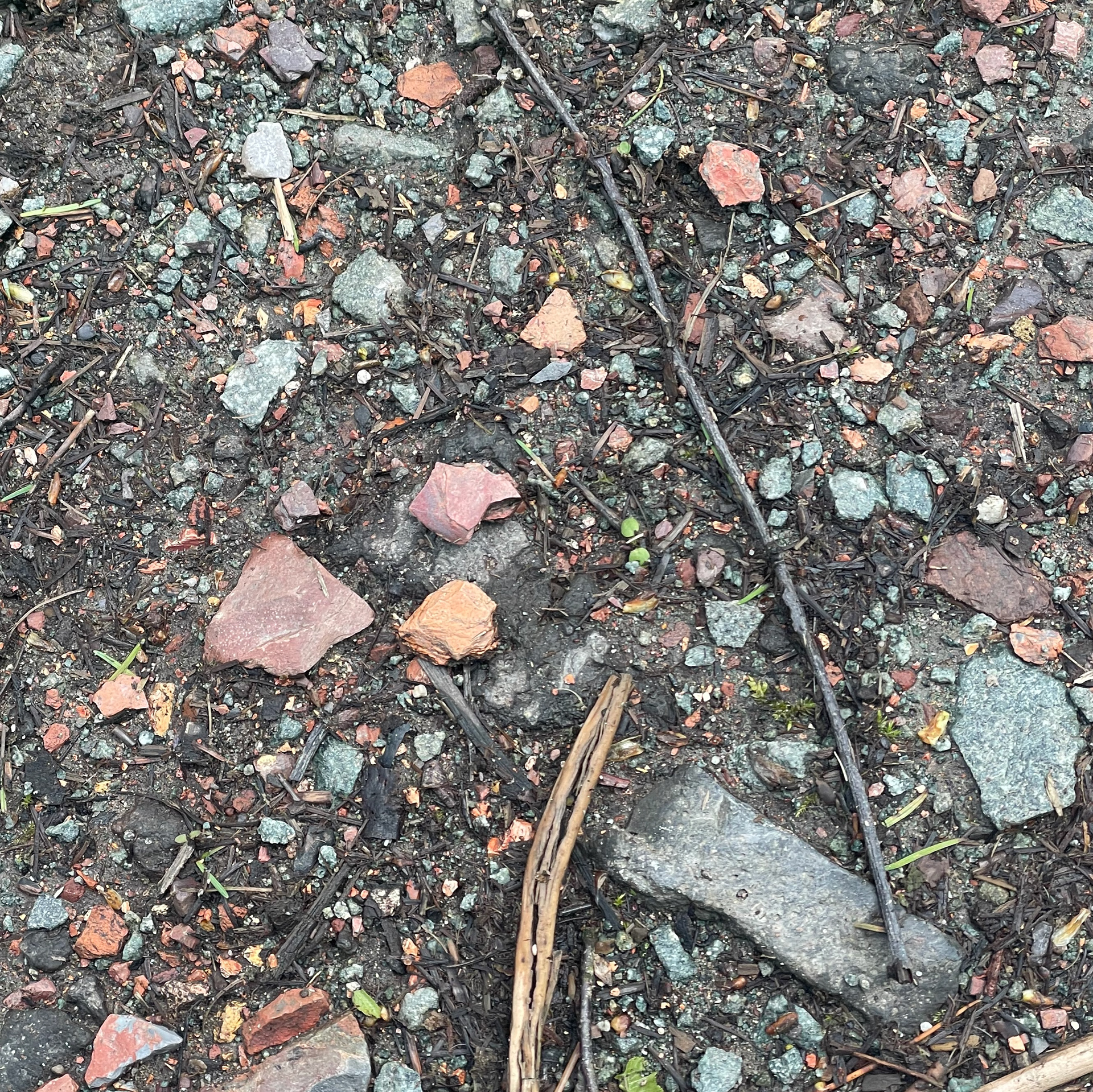
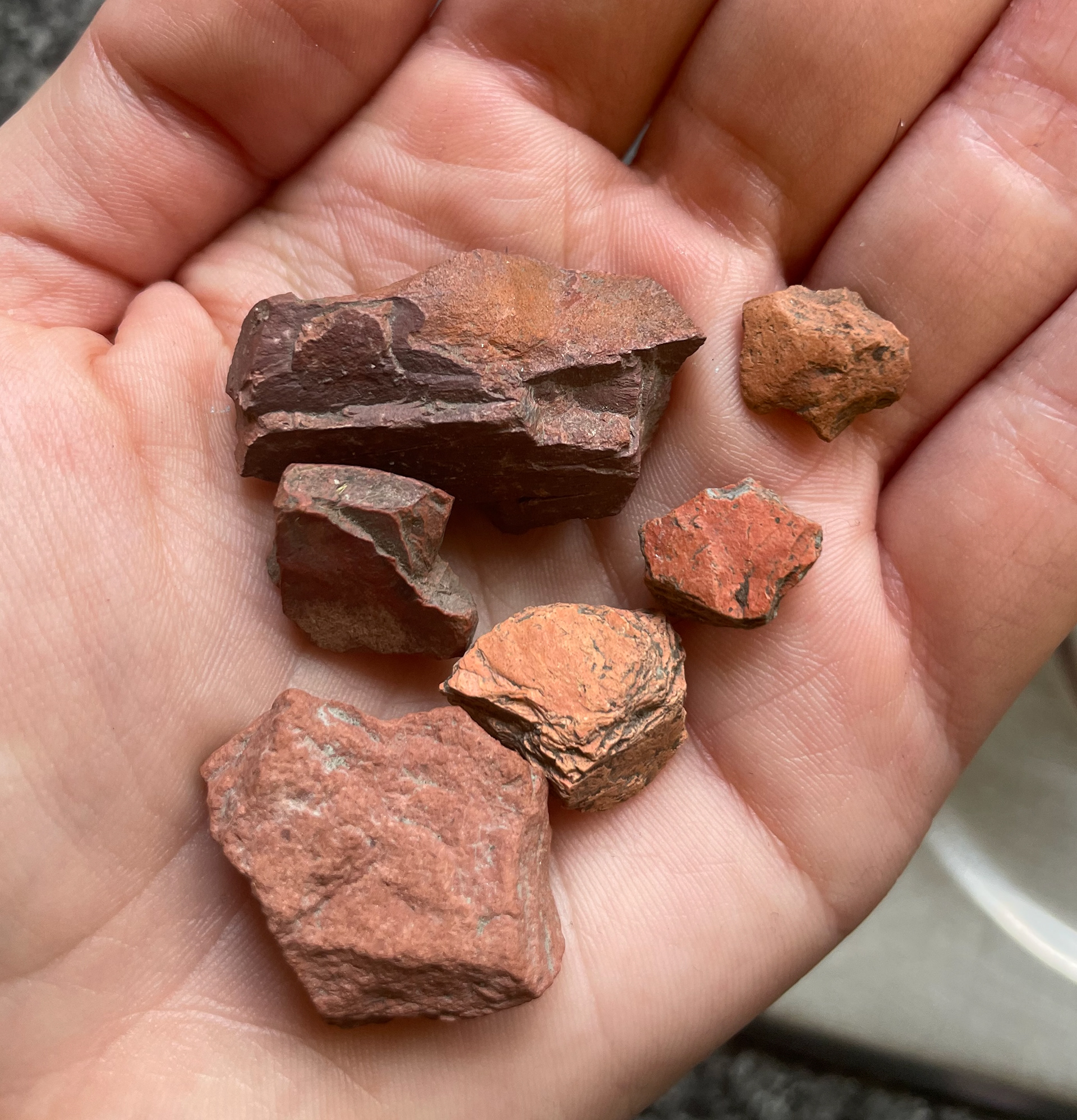
I used soft mouldable wax to press into the bark to create texture once it had been cast. The results of this were successful, the natural tarnish from casting I liked as it brought the texture and colour of the tree bark to life.
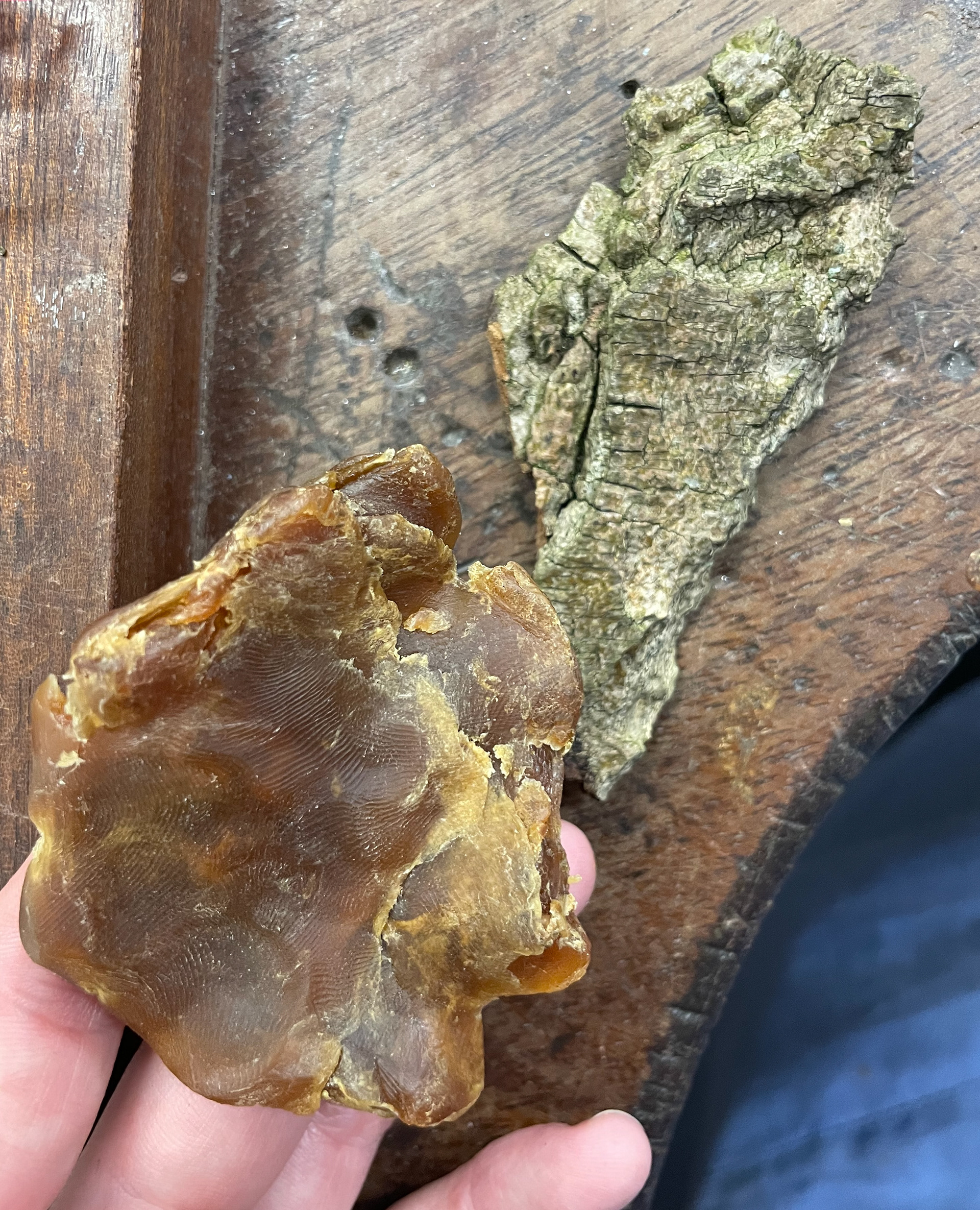

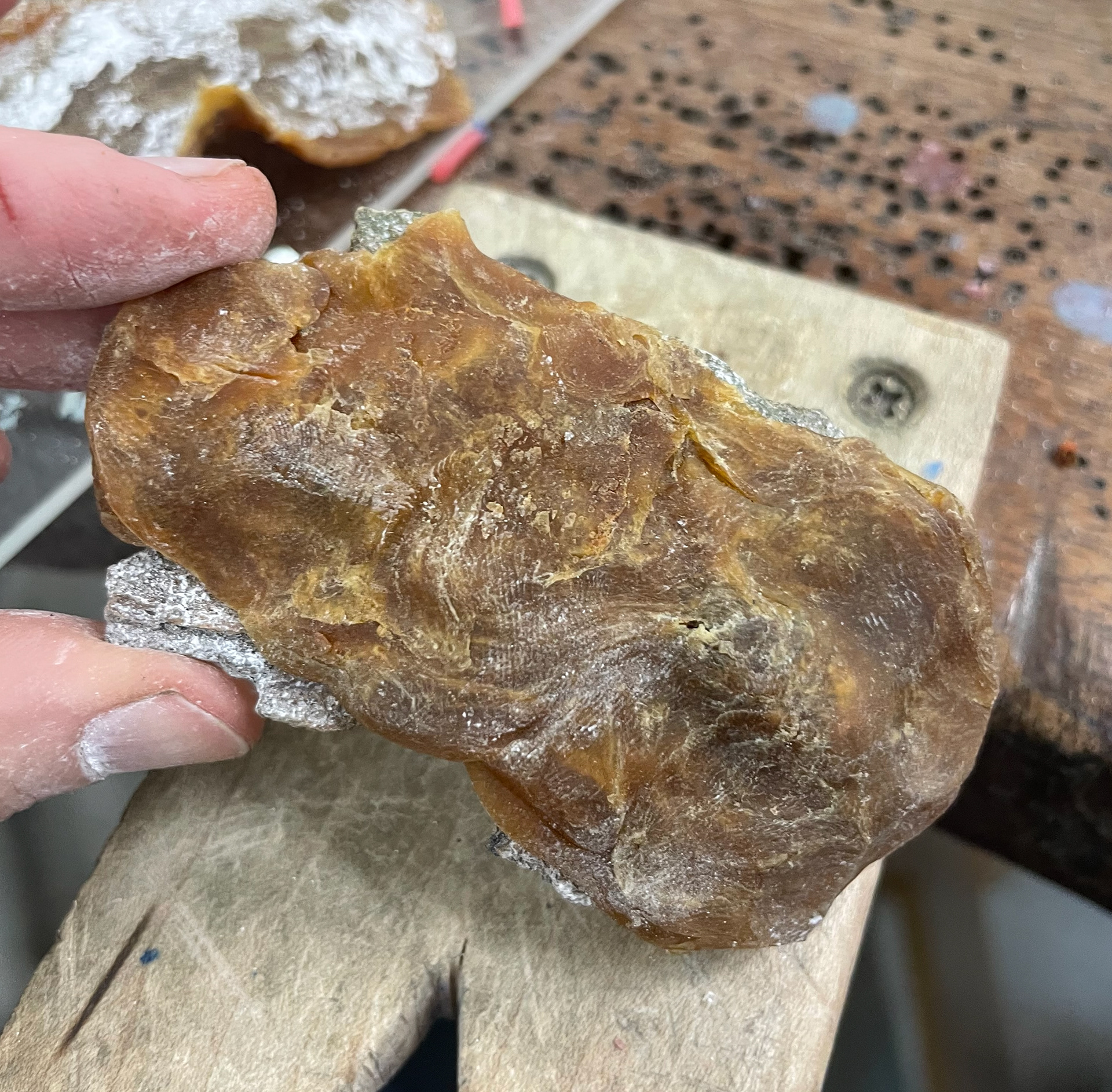

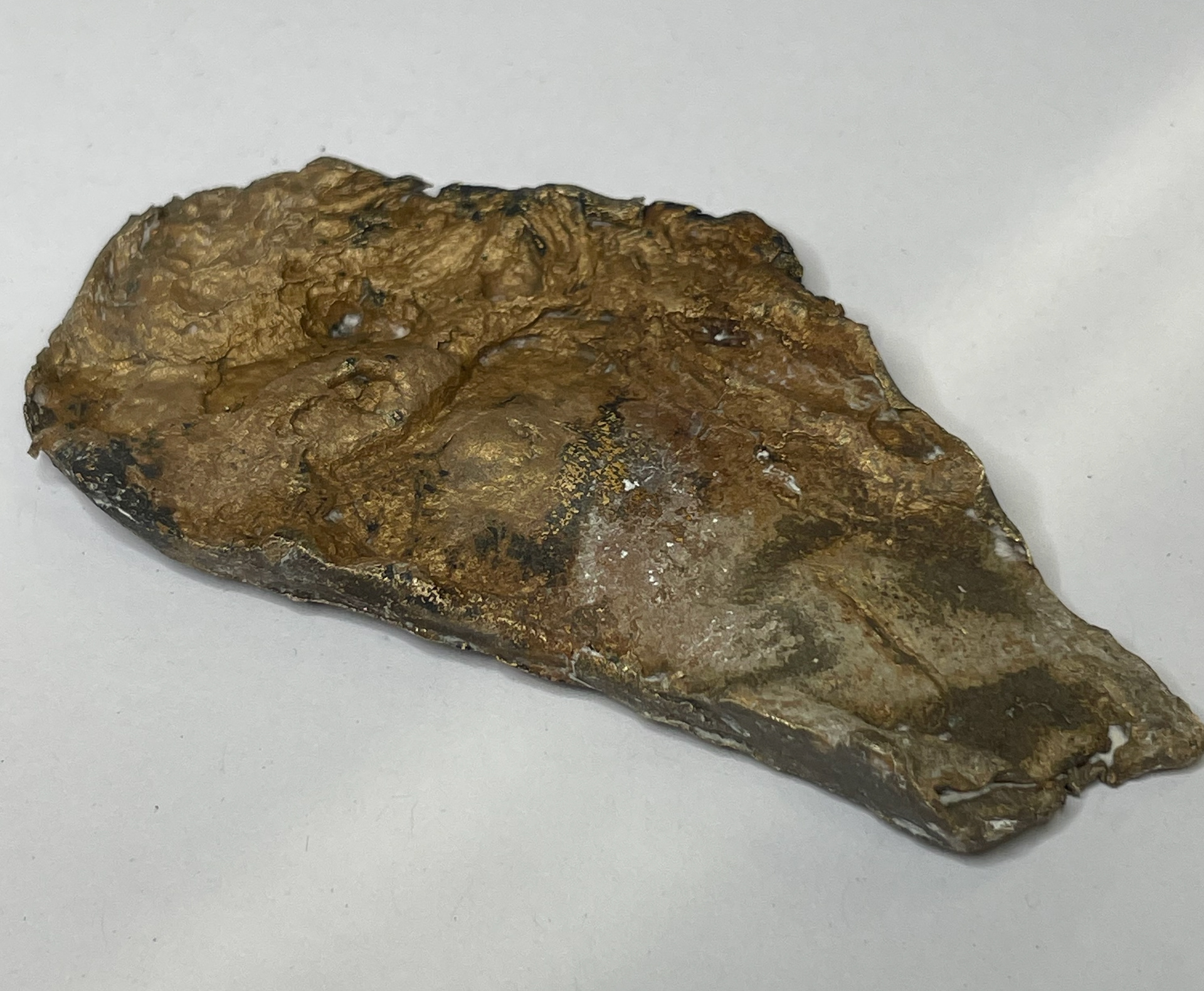
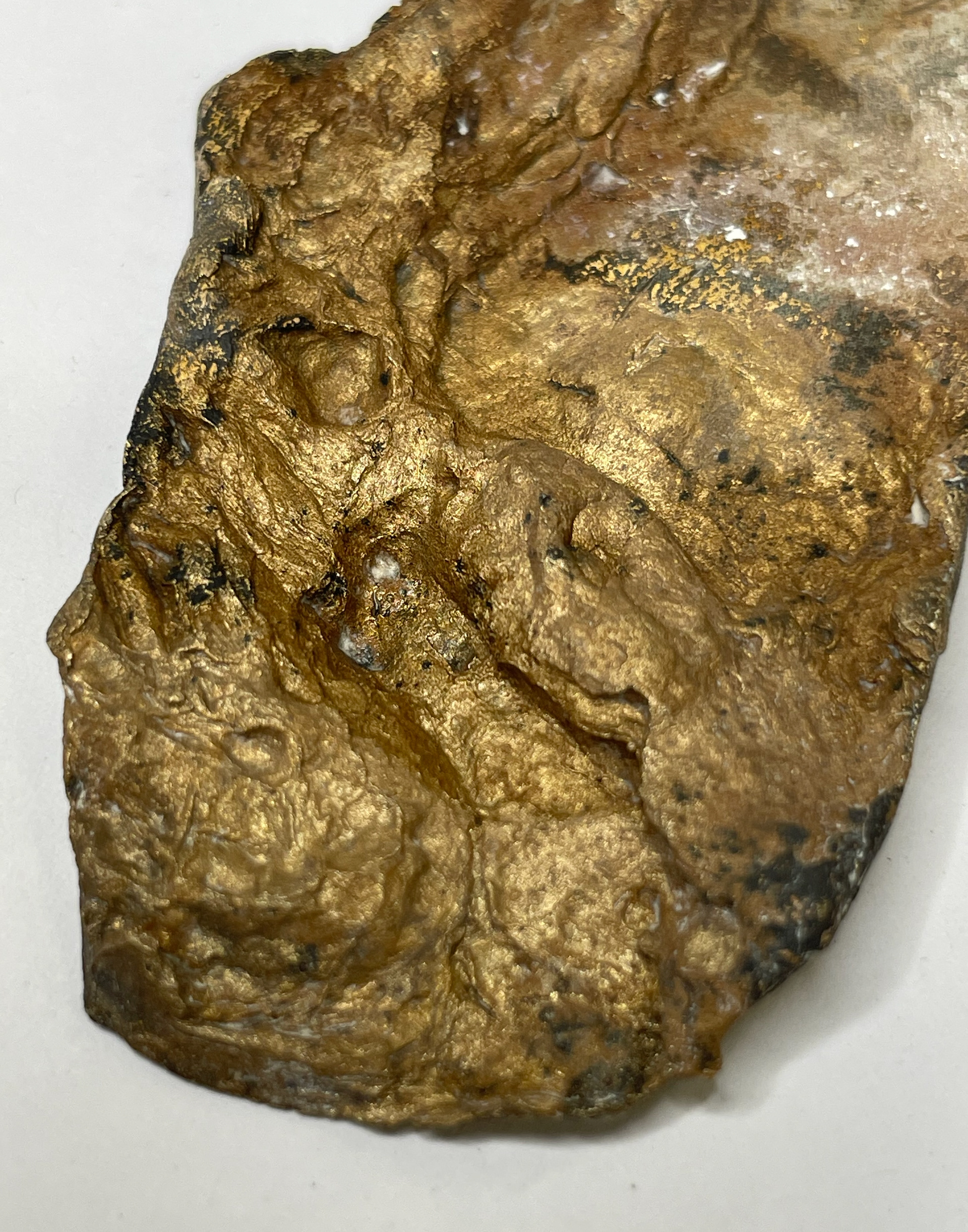

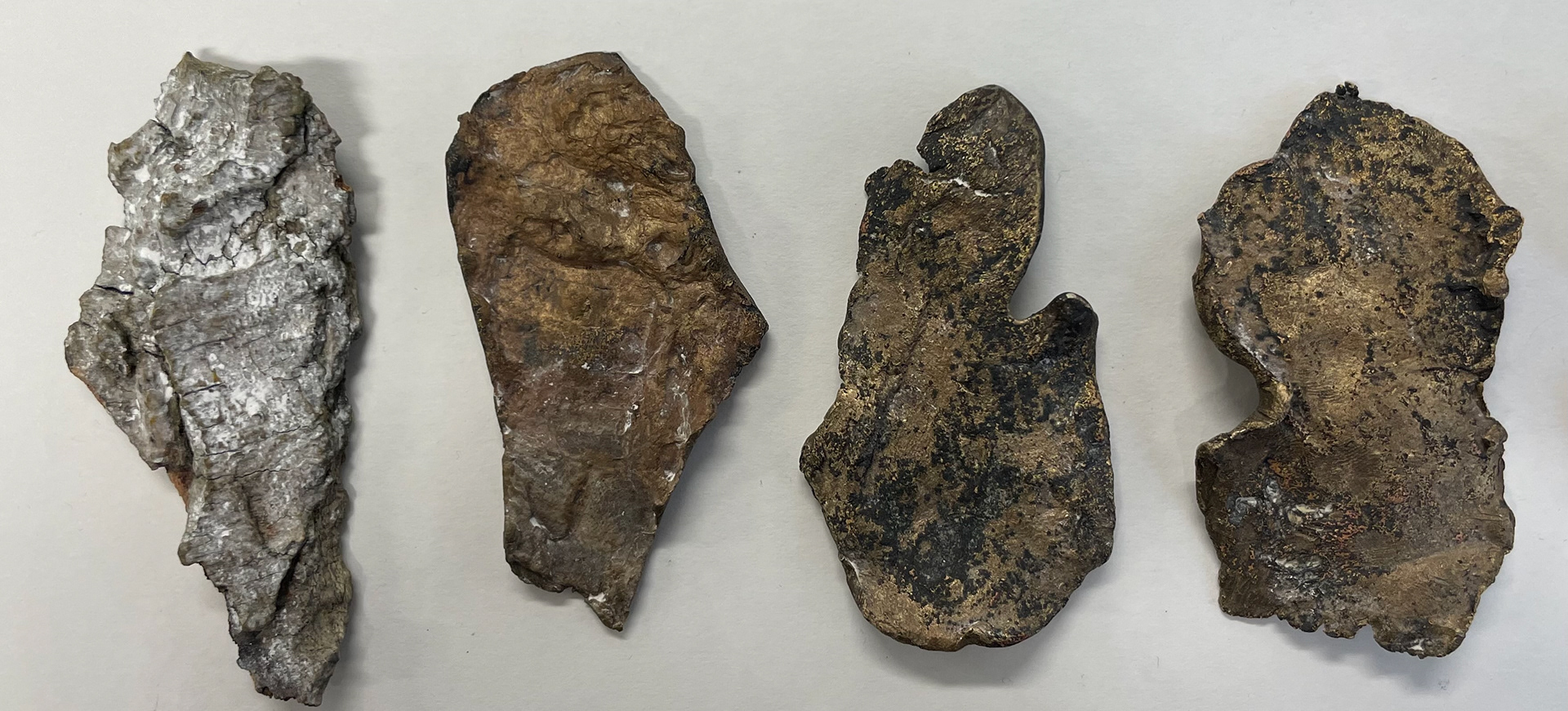
Starting the process of using wax sticks to create a ring representing the branches wrapped around man-made structures, much like in the gardens. Followed by finished cast pieces made from brass, testing if the brick piece fit in but unfortunately it didn't.

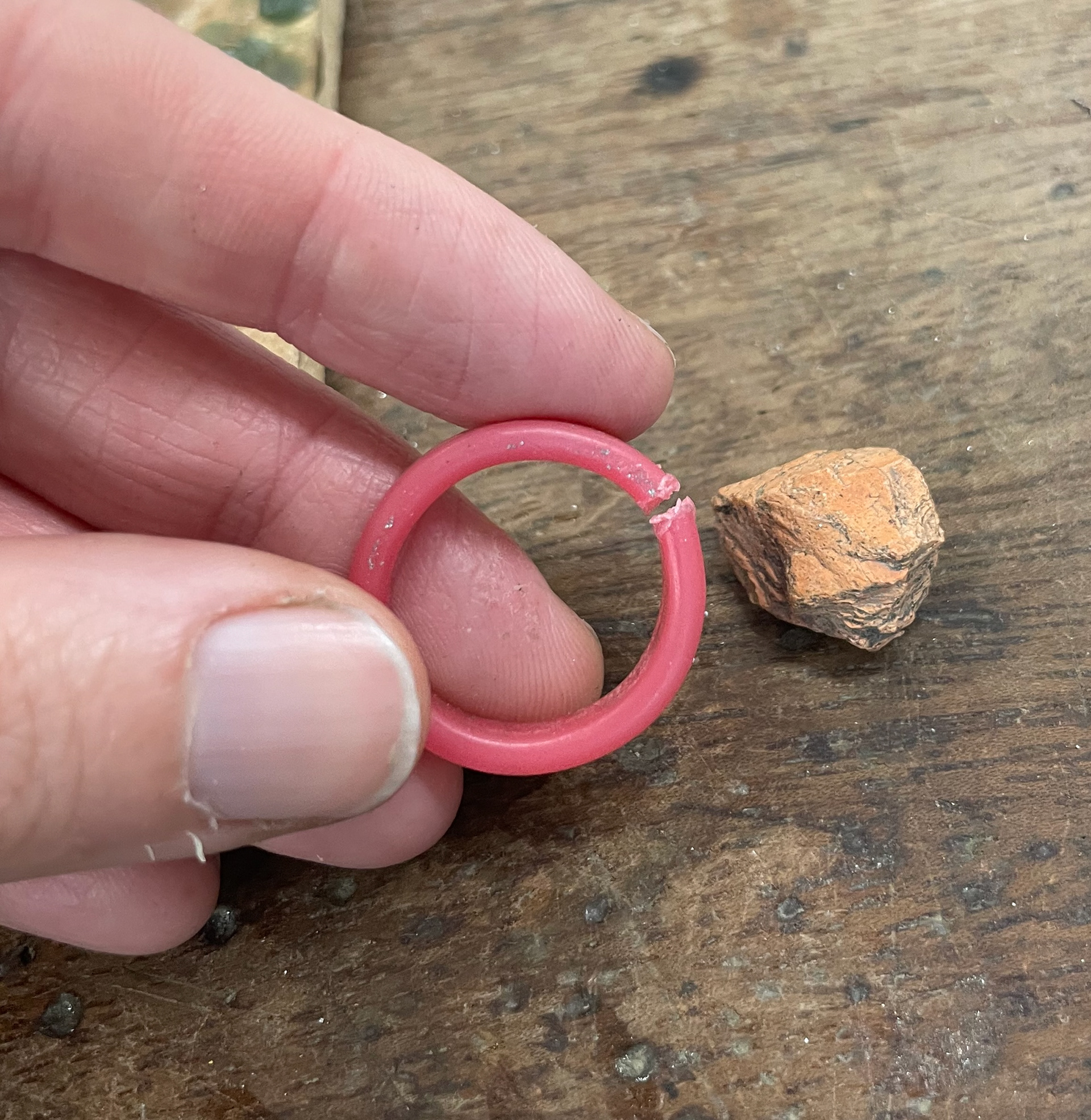

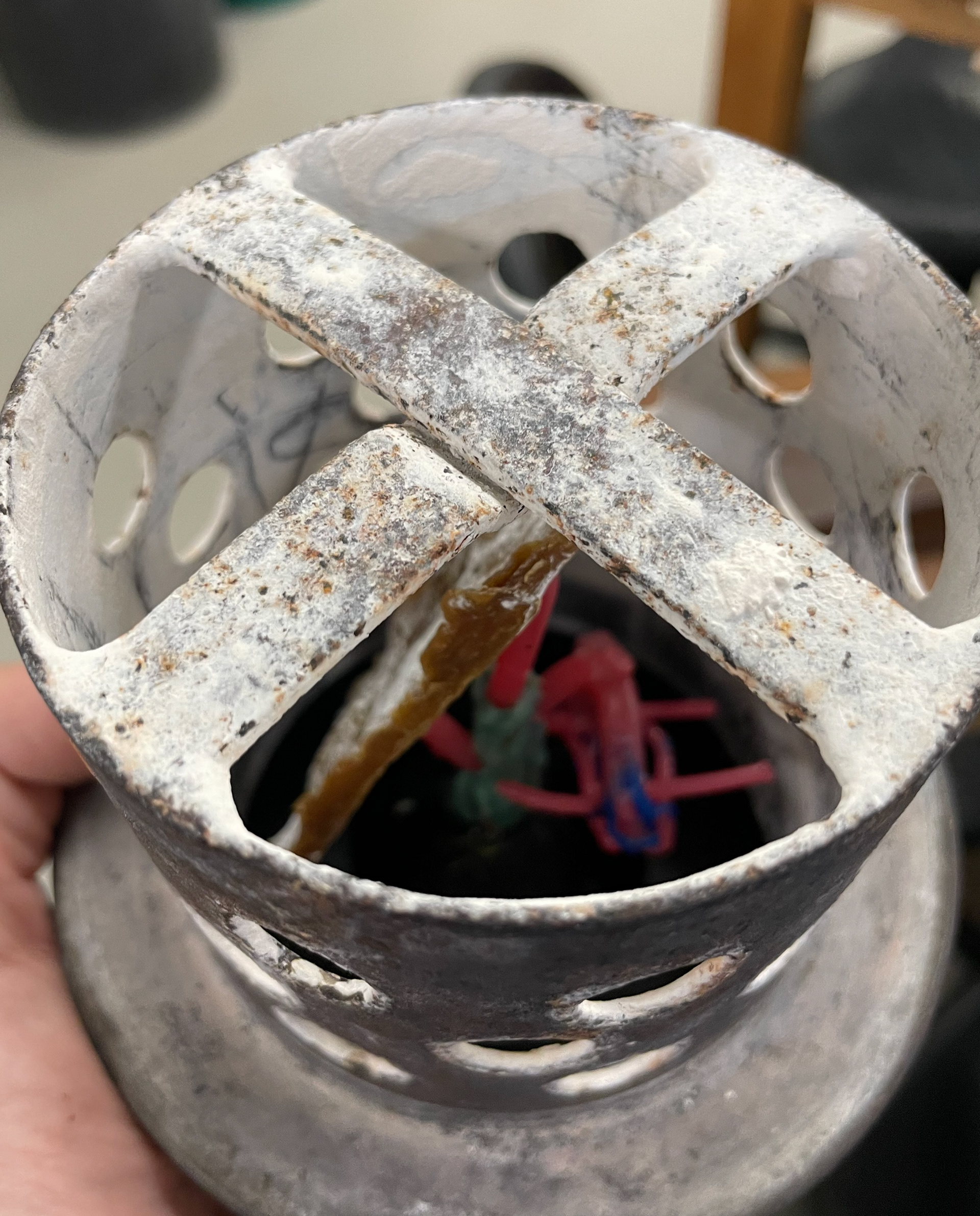
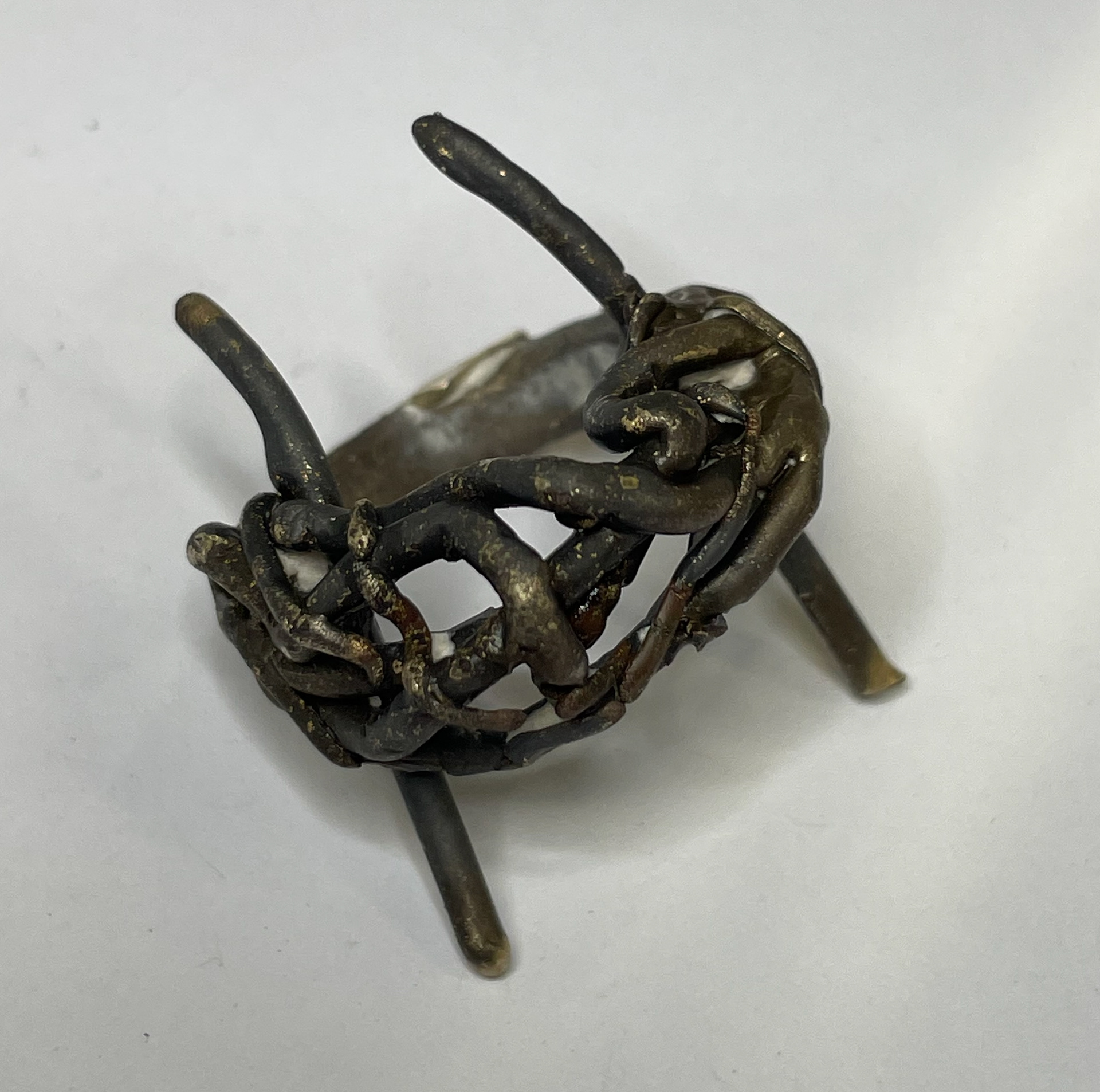
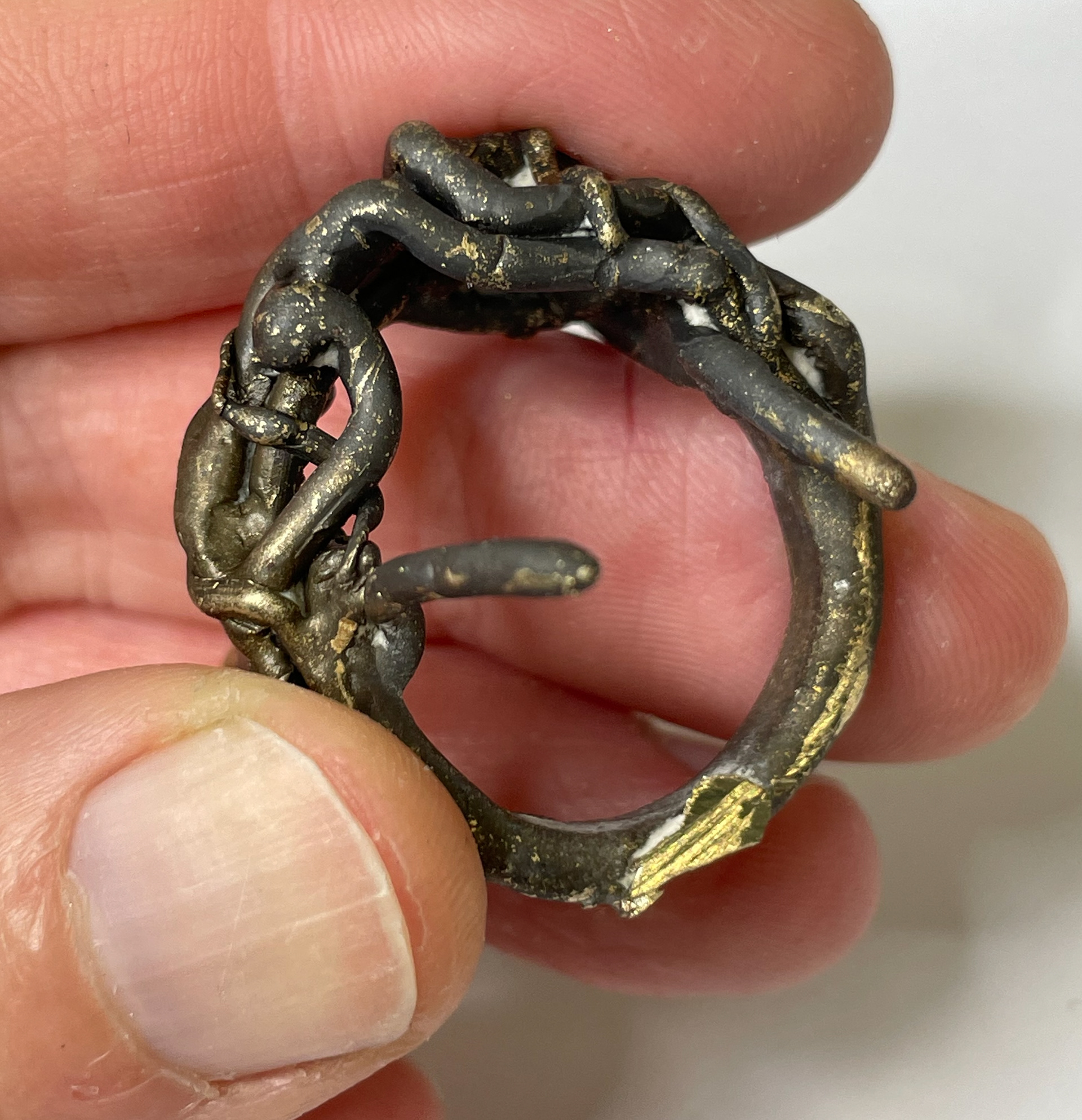
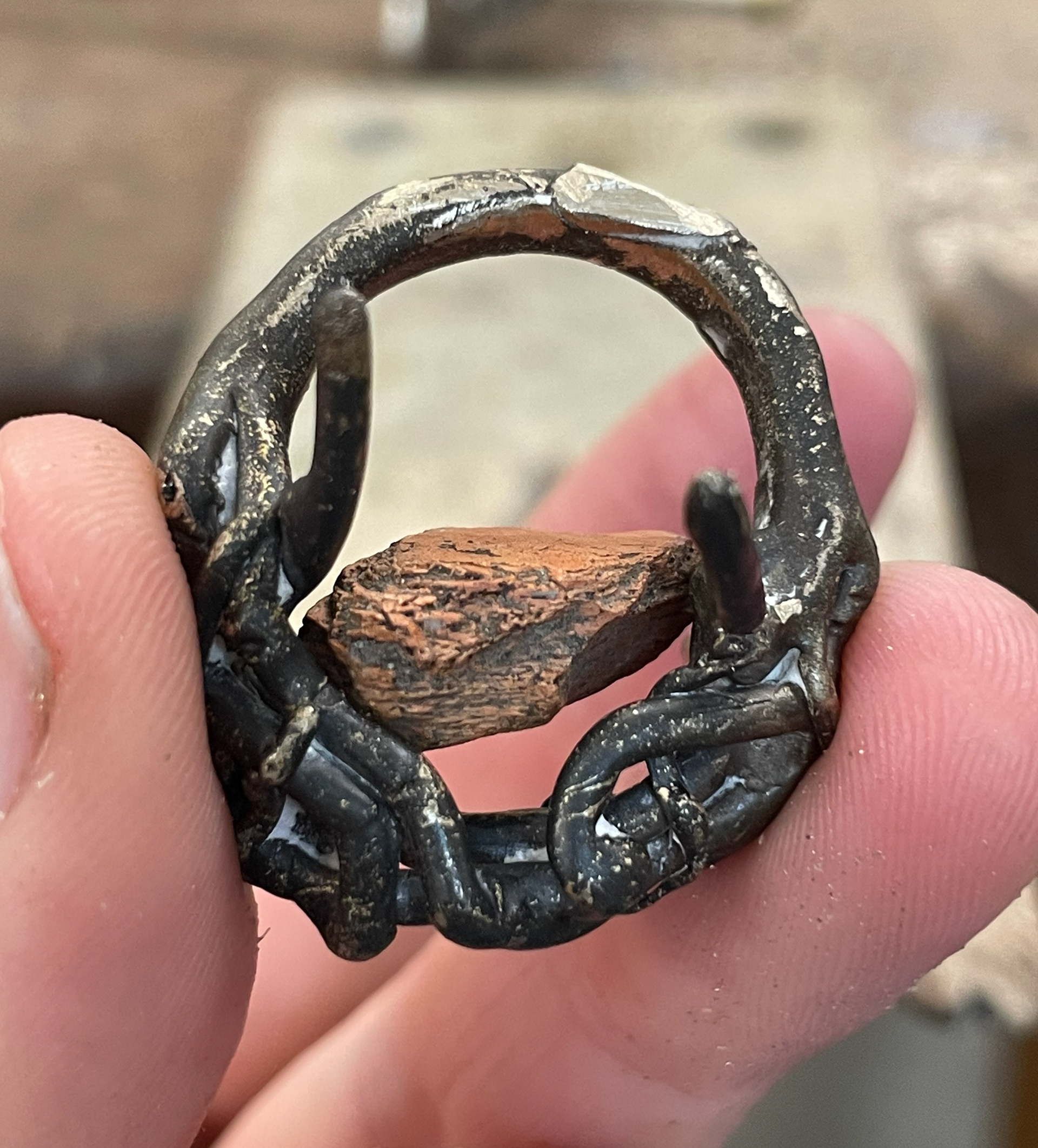
Using hard wax to mark on and carve out to create a signet ring shape. This was my first time doing this and I didn't get to finish on time for the casting so the test piece is unfinished.


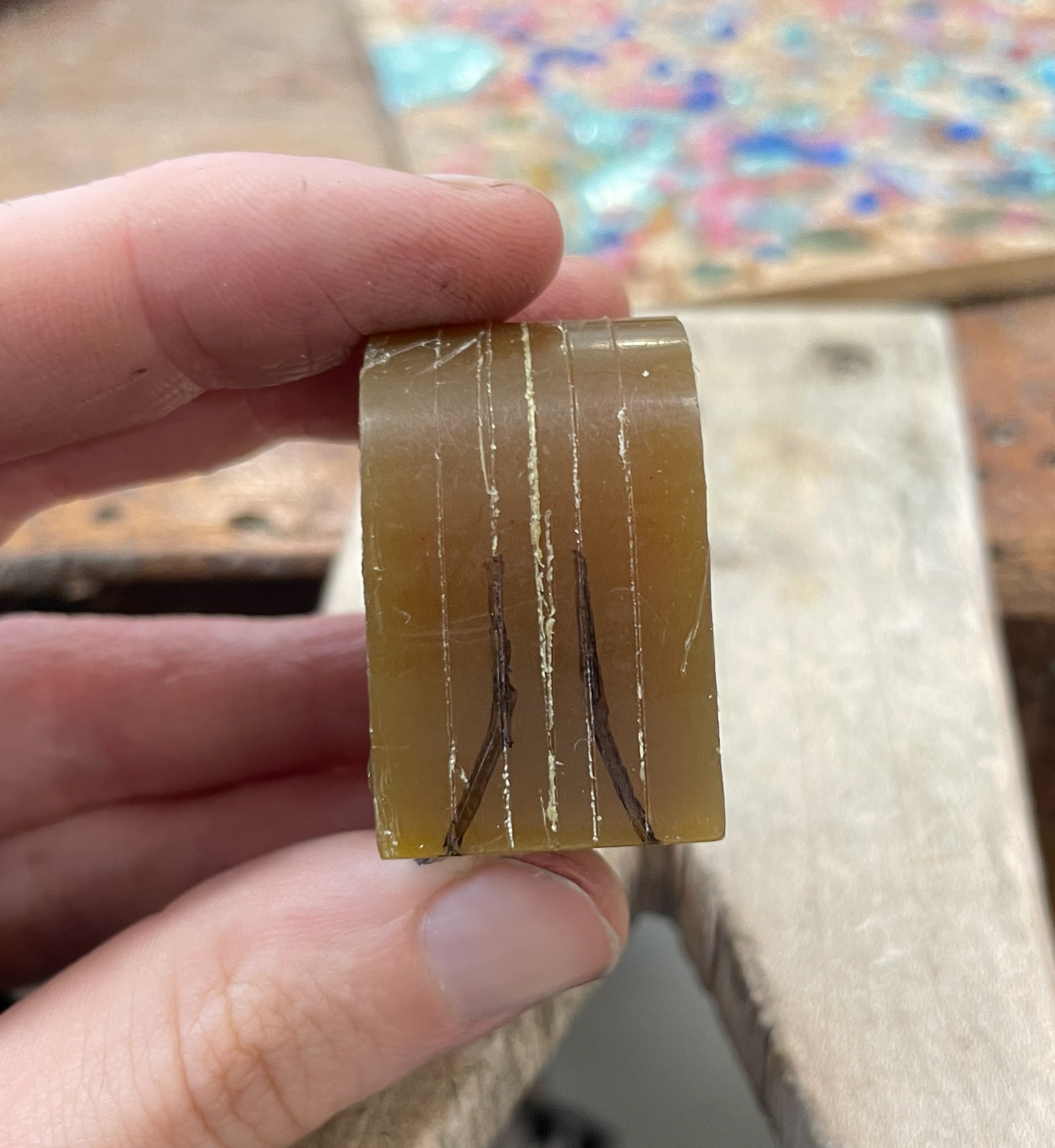
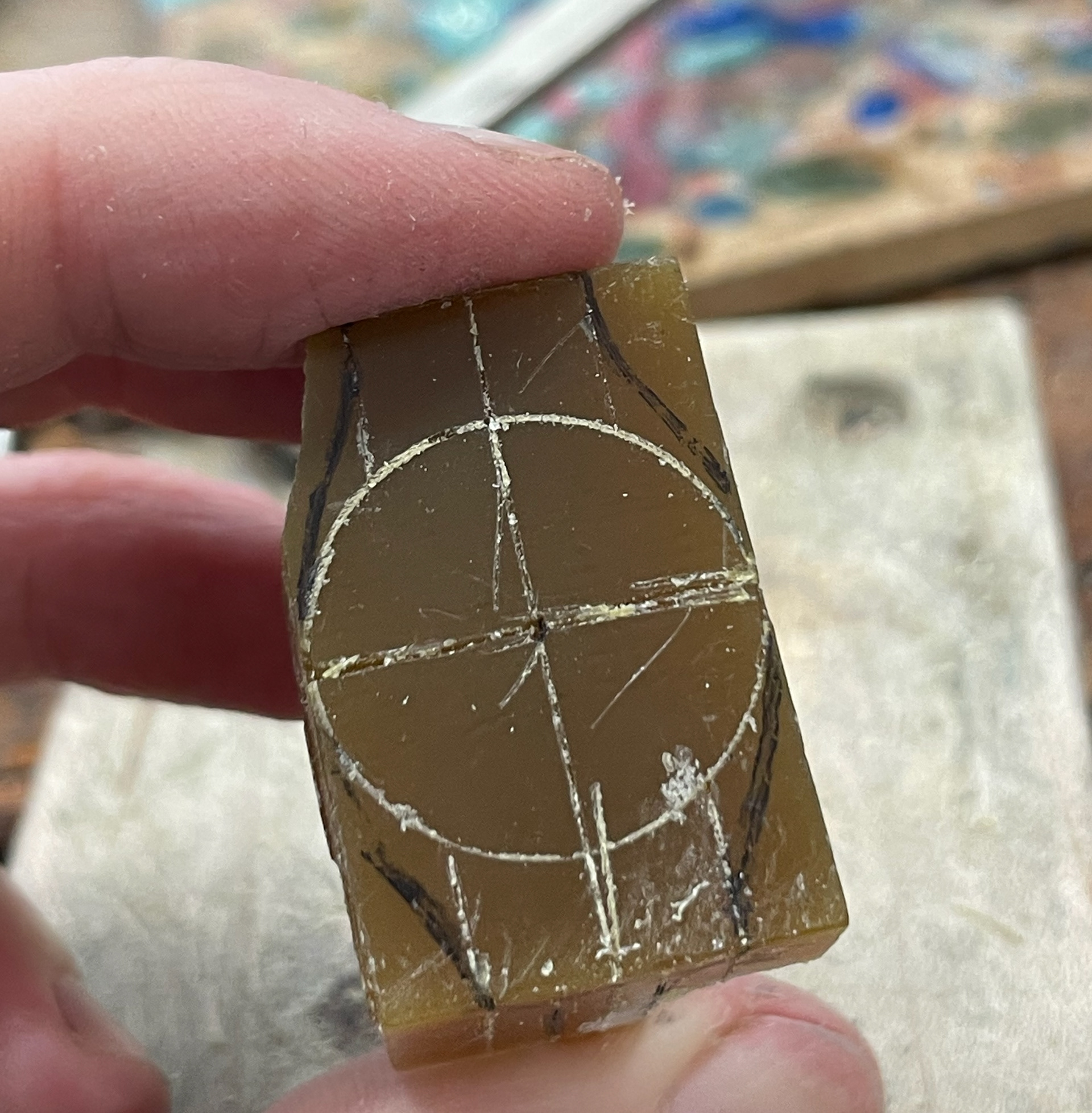

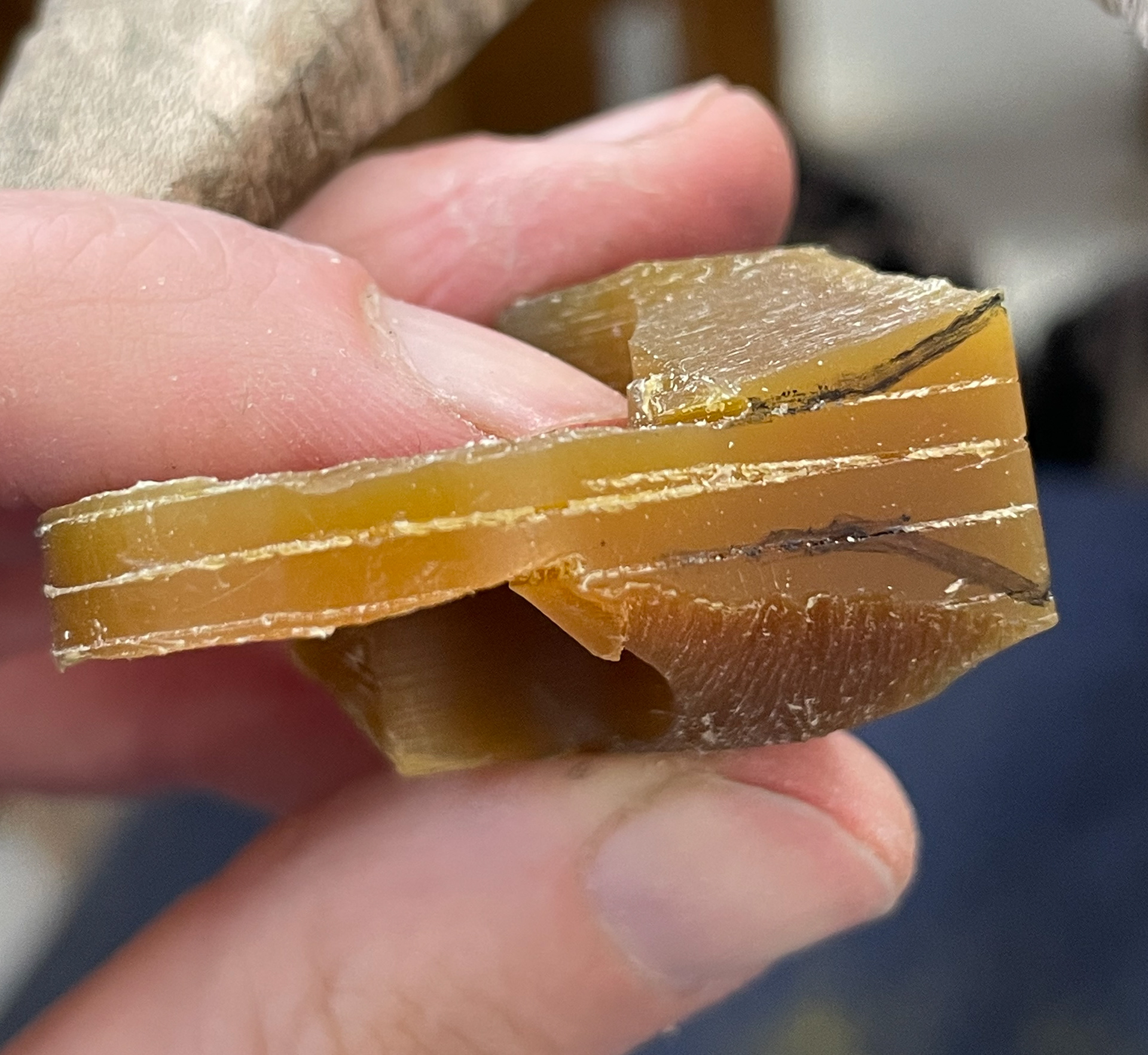

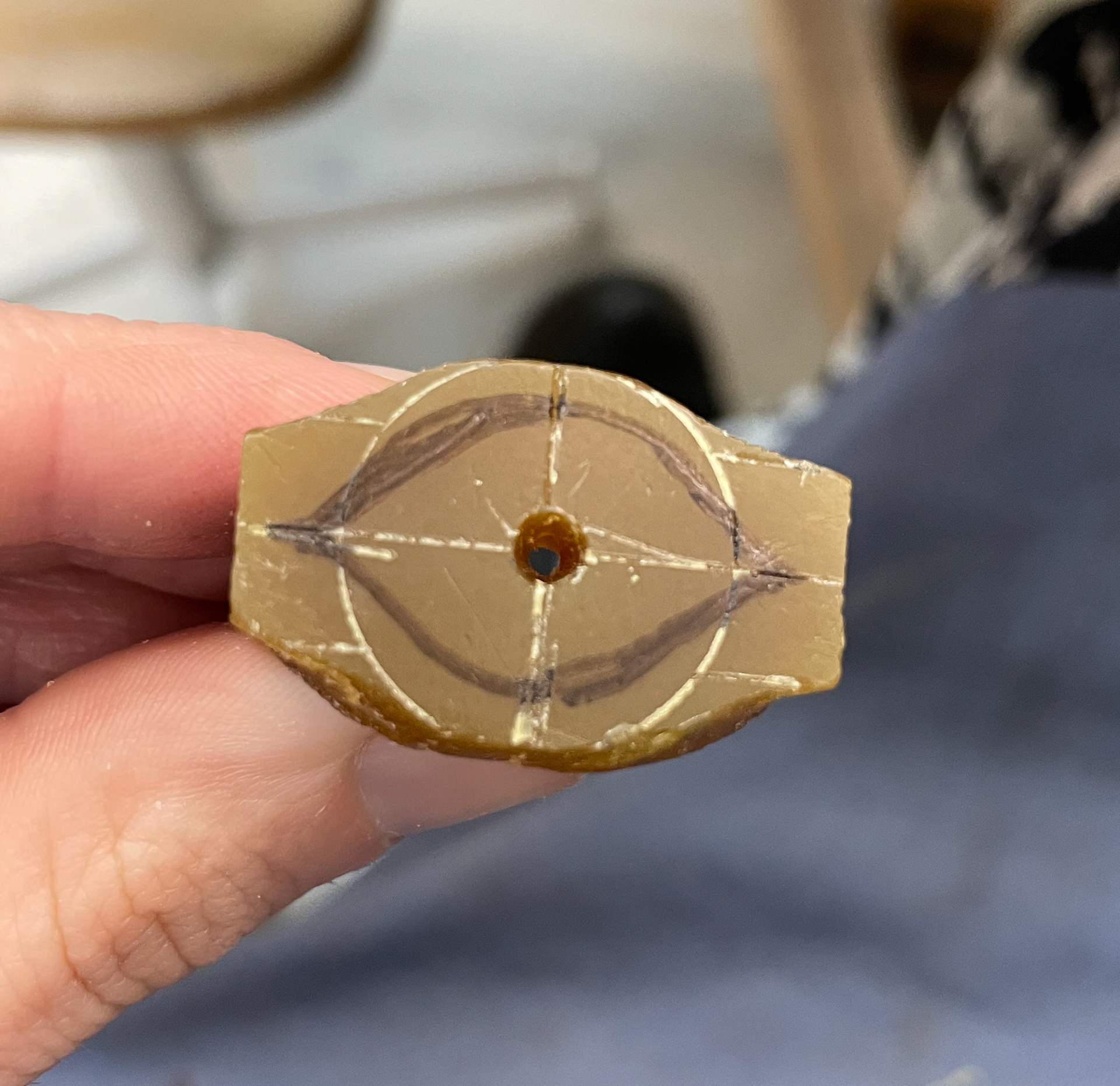
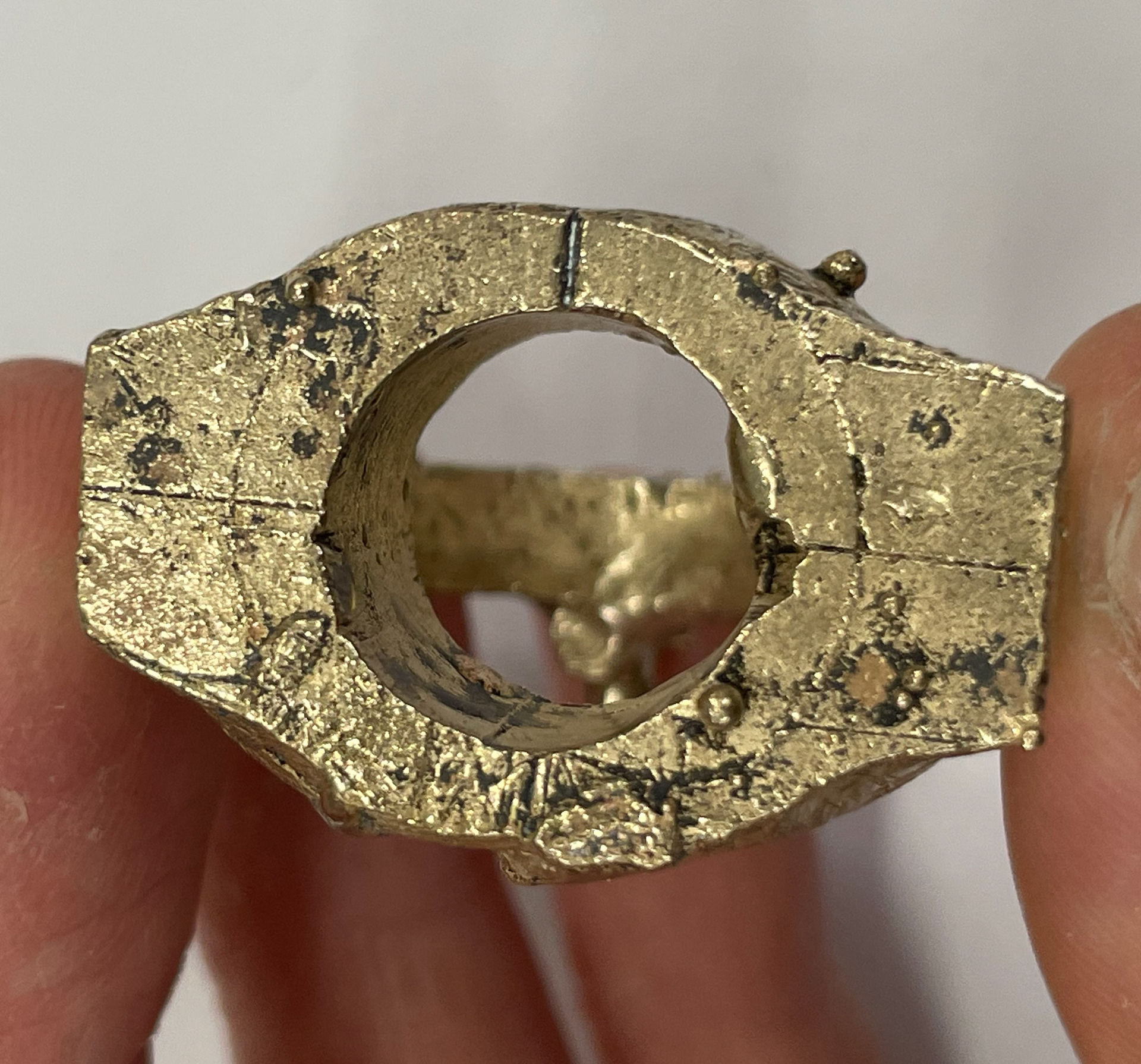
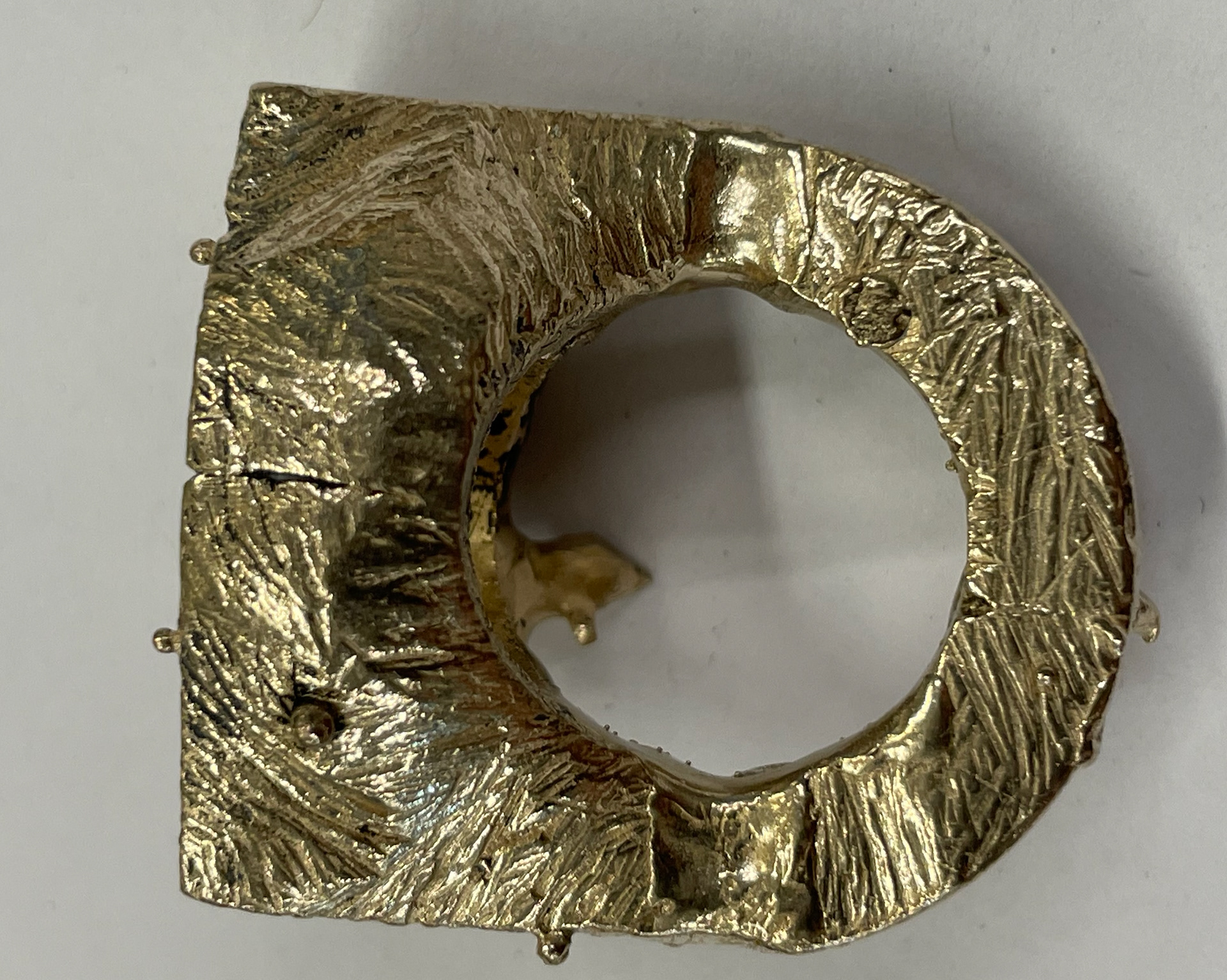
Practising making fine details using 0.7mm brass wire, inspired by details from the church decor and wood grain.

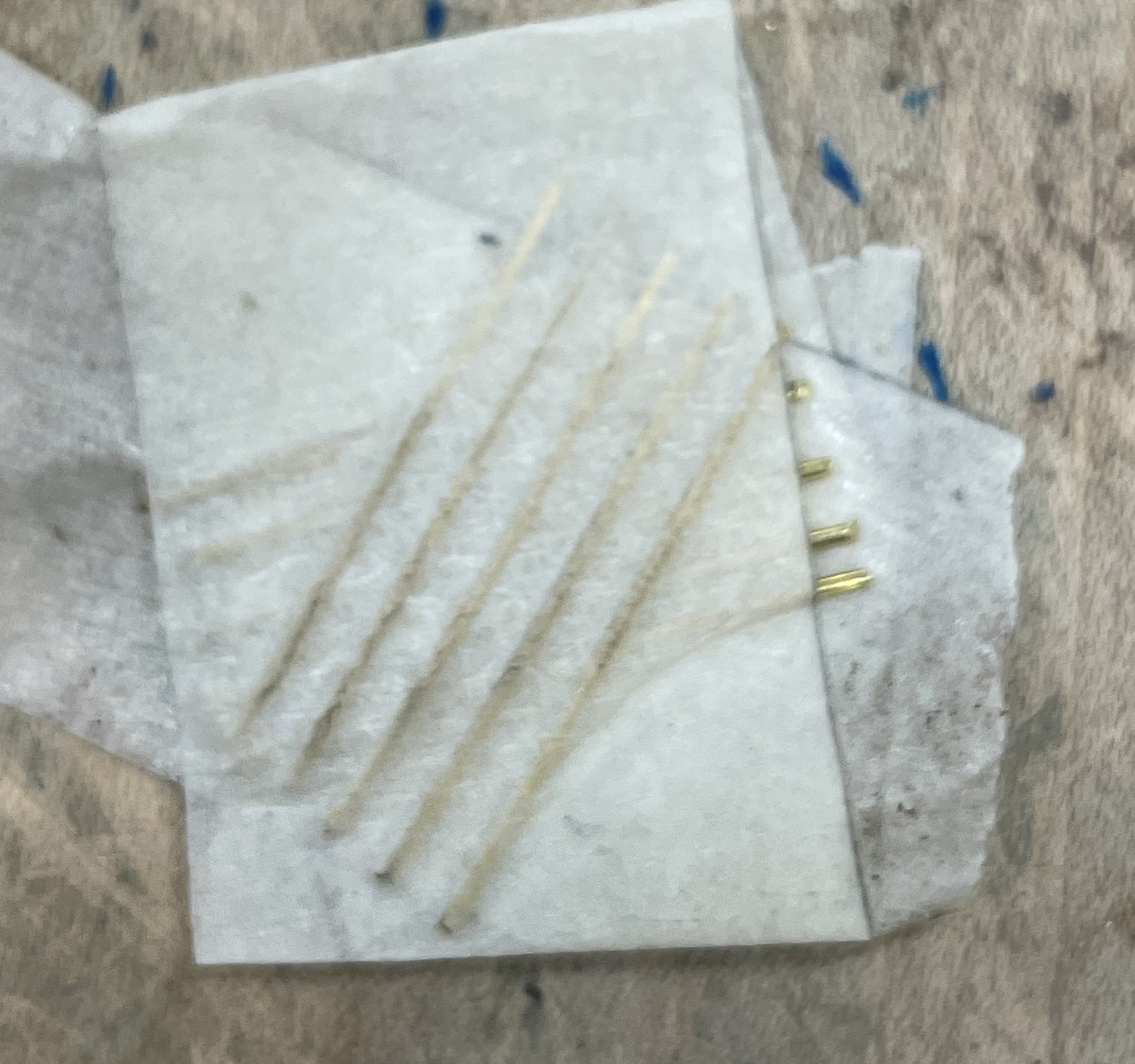
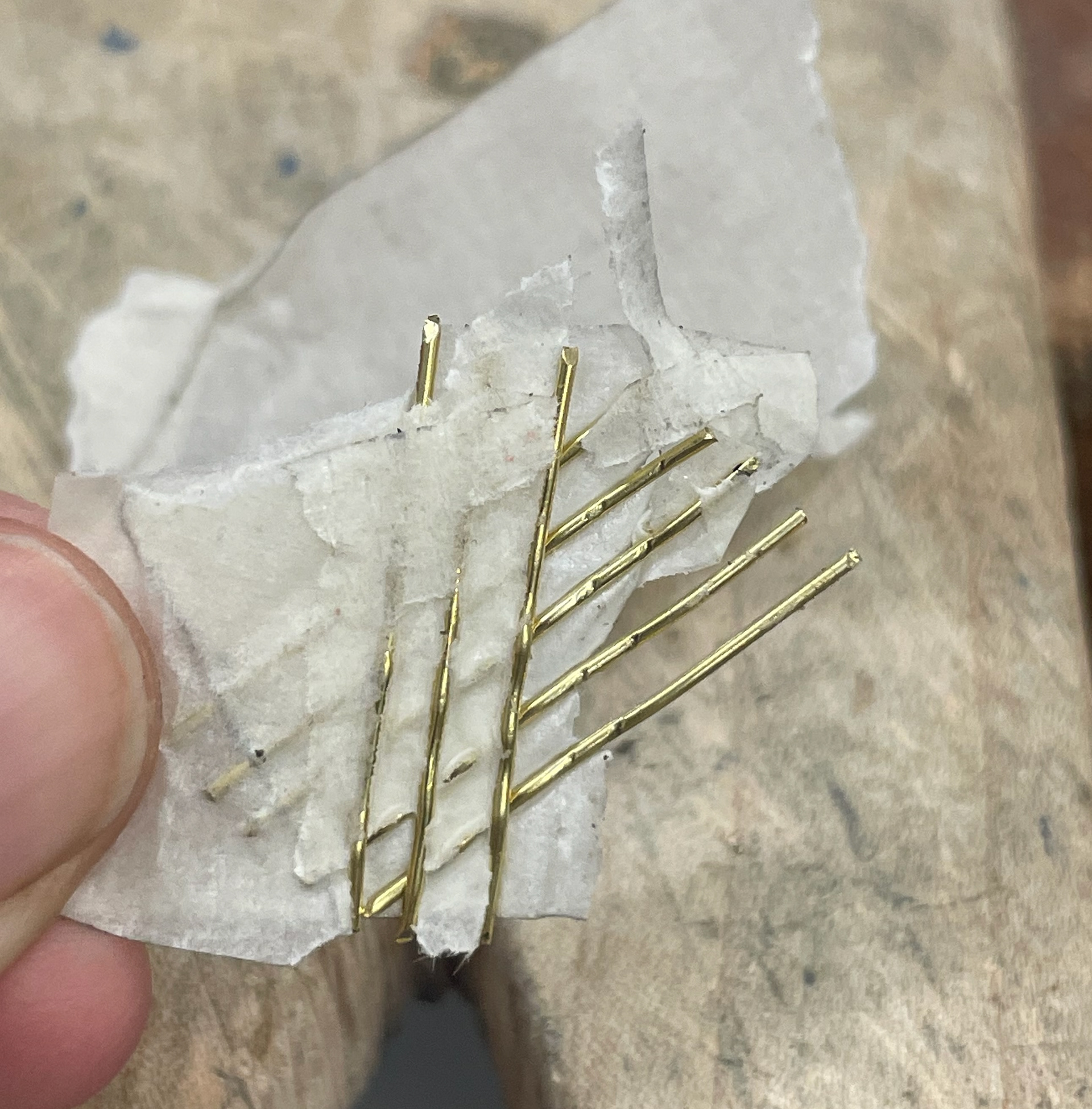

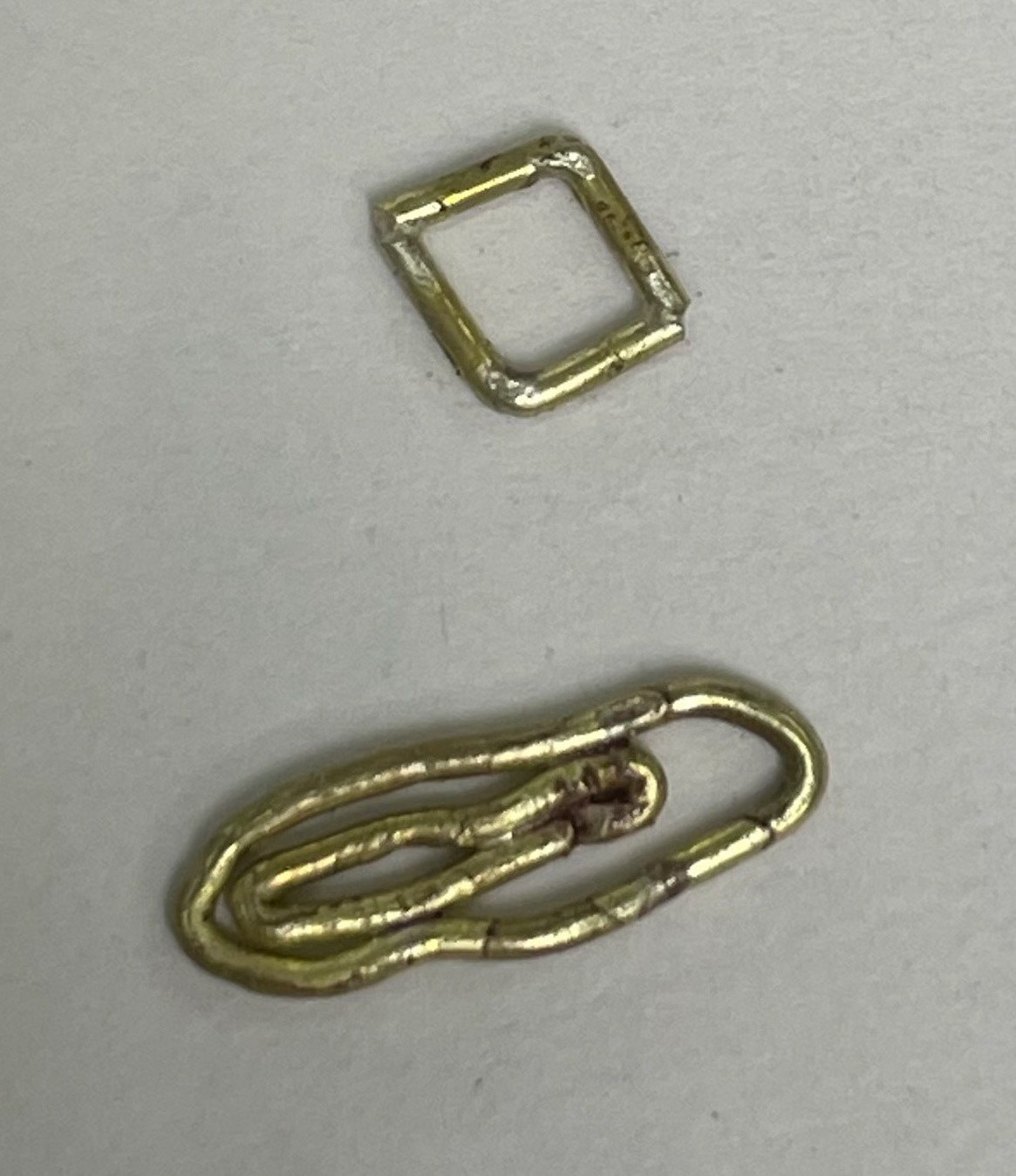
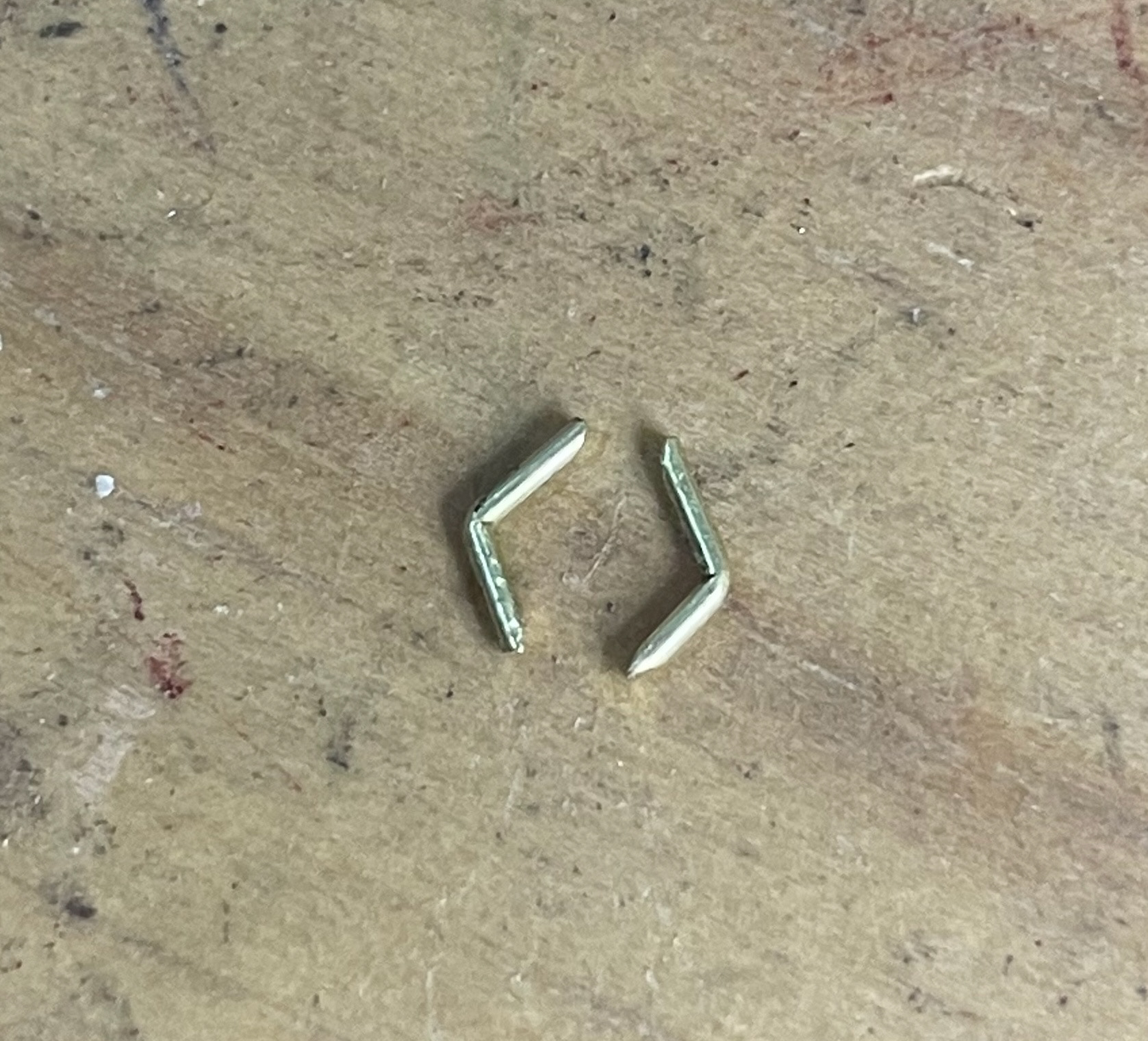

Critical Reflection
After the initial research stage, the main aim for me was to incorporate a selection of stories and history, expressing this through meaningful jewellery, creating my own archive of my favourite aspects from The Parsonage and Fletcher Moss. Although this unit was a solo project, I still collaborated in other ways. I believe the visits to the site and speaking to volunteers for research were a form of collaboration. However, I also took inspiration from students in other courses. This mainly helped during group crits where we presented our work to each other. From this, other methods of displaying research such as collage and 3D models were brought to light for me as this wasn’t something I had done previously. As well as this, I took inspiration from the illustration students who showed narrative in their ideas which influenced me to think about this more with my work. This improved my aims because it gave what I was drawn to most a deeper meaning, which I believe then transferred into the passion of making my pieces.
Developments of my project consisted of developing skills which I hadn’t done previously, refining them, and deciding what I wanted to take forward into my final design ideas. Collaborating impacted my methods of development by giving me the confidence to try new skills and techniques and to push my creative boundaries. This is because during the group crits, I had moments of doubting my ideas and students and tutors helped me gain confidence regarding these.
I have undertaken creative processes such as Lost Wax Casting, which is a process I enjoyed and will be taking further into my practice. This is a process which you can create many forms and textures with, which suited this project exactly and I will continue to develop it in the future. Other processes include methods of helping generate ideas and visually representing these through collage, which I gained knowledge of through other students. This is a positive and helpful way for me to visualise ideas which is something I will use in the future too.
Upon reflecting on this project, I noticed time management is something I need to develop for me to achieve the best I can. This is because I would have liked to take more time to develop skills and research the best ways to perform certain techniques. An example of this is I wanted to learn and develop Gypsy stone setting. However, I didn’t have time for this because of my lack of this skill. Due to my lack of time management, this affected this part of the process, which is a fundamental part of my learning and refinement.
In addition to this, I would have liked to broaden my visual research as this is something I found worked well for me, but I didn’t do enough of. This could have benefited me in generating ideas. This also potentially would have led me to sketch down ideas more as this is something I struggle with in my practice. Going forward I am not aware of this and will be mindful in future projects.
Phase 3 - Refining & Developing
Practical & process development & refinement
Ring One
Using the Lost Wax Casting method, however, building the wax model around the brick stone I intend to set so that it will fit inside after being cast.
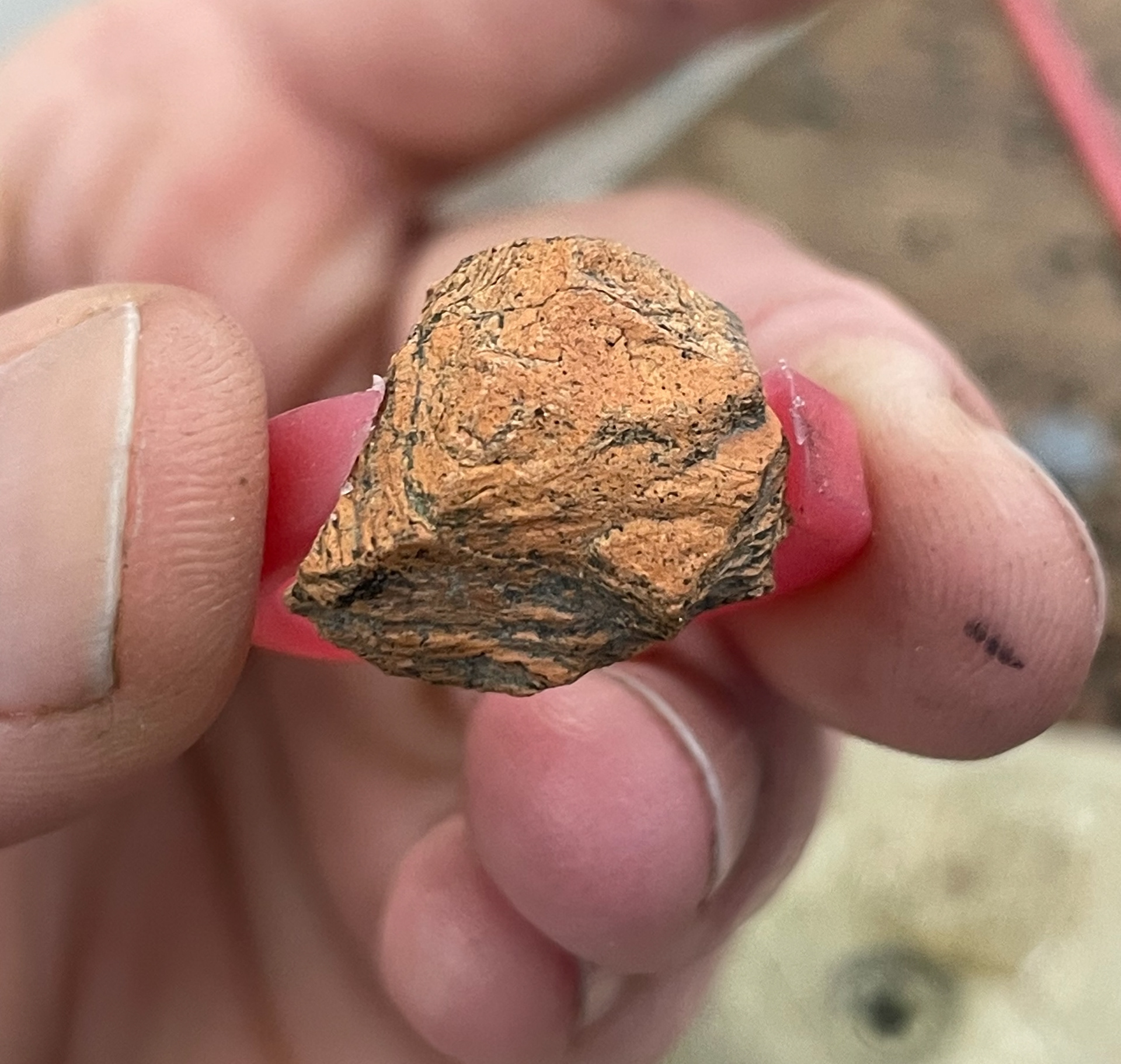
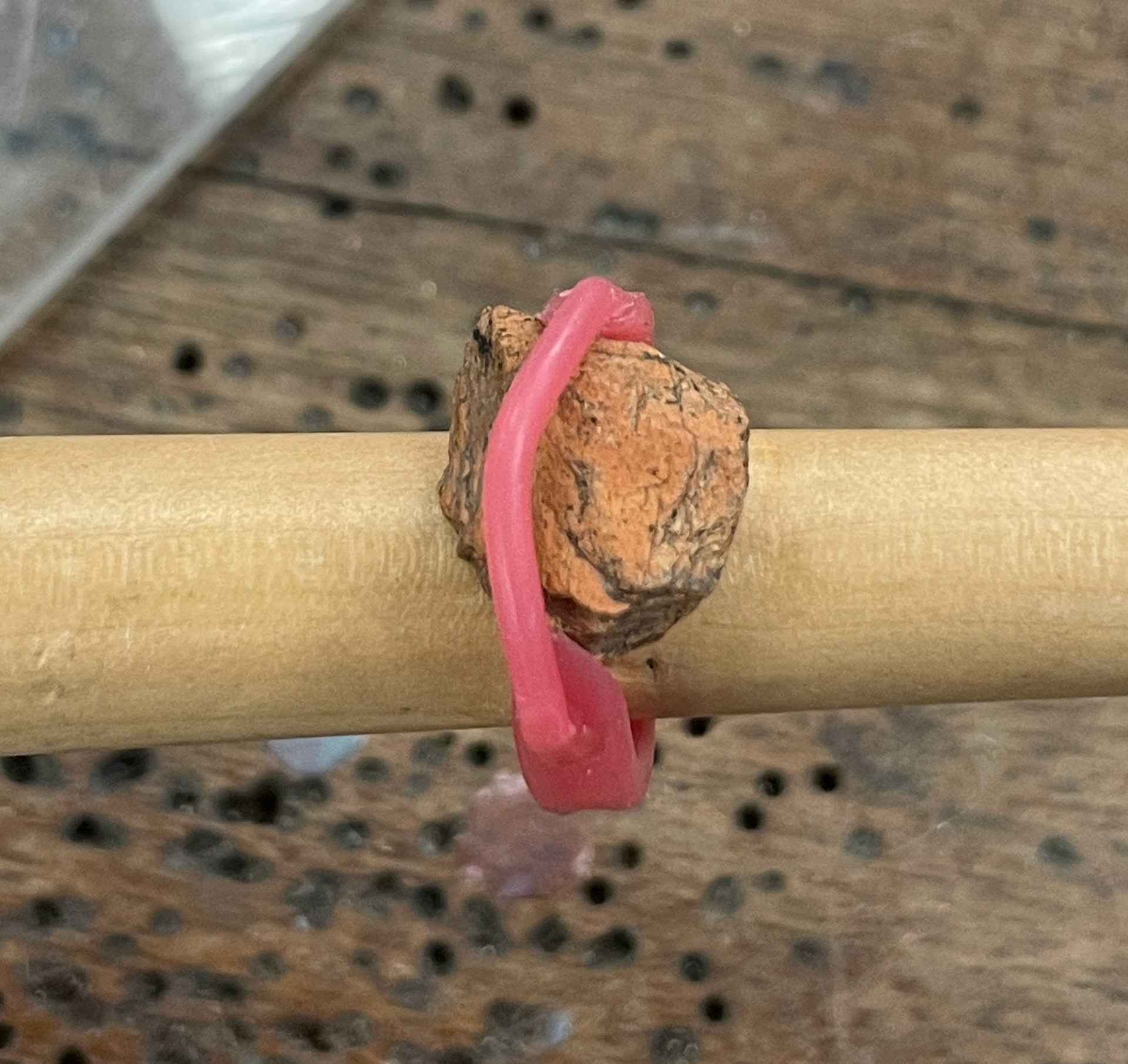


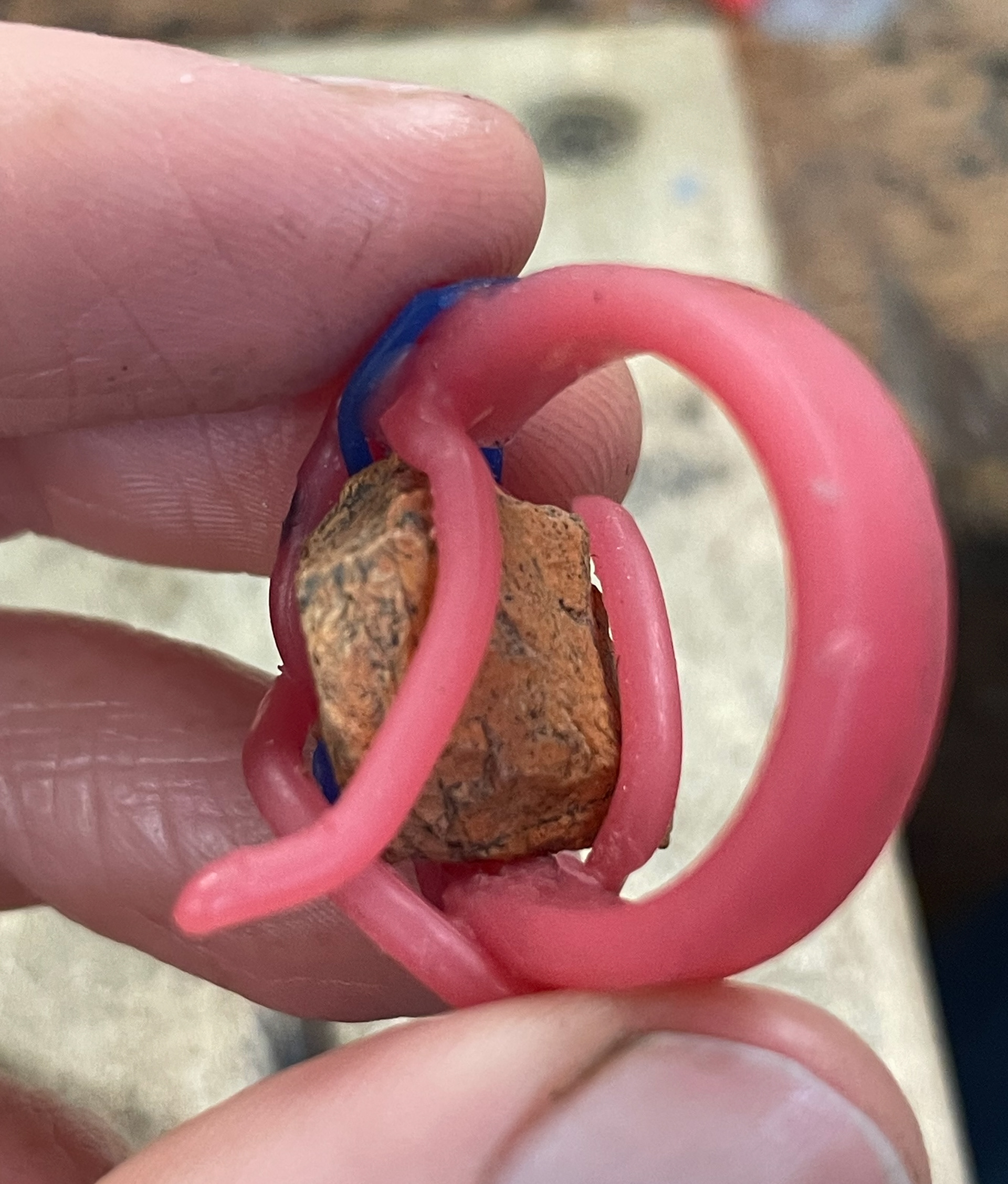
Using various cleaning techniques such as the barrel polisher and pumice powder to clean the piece. Followed by using a grindstone on the pendant drill to grind away imperfections.


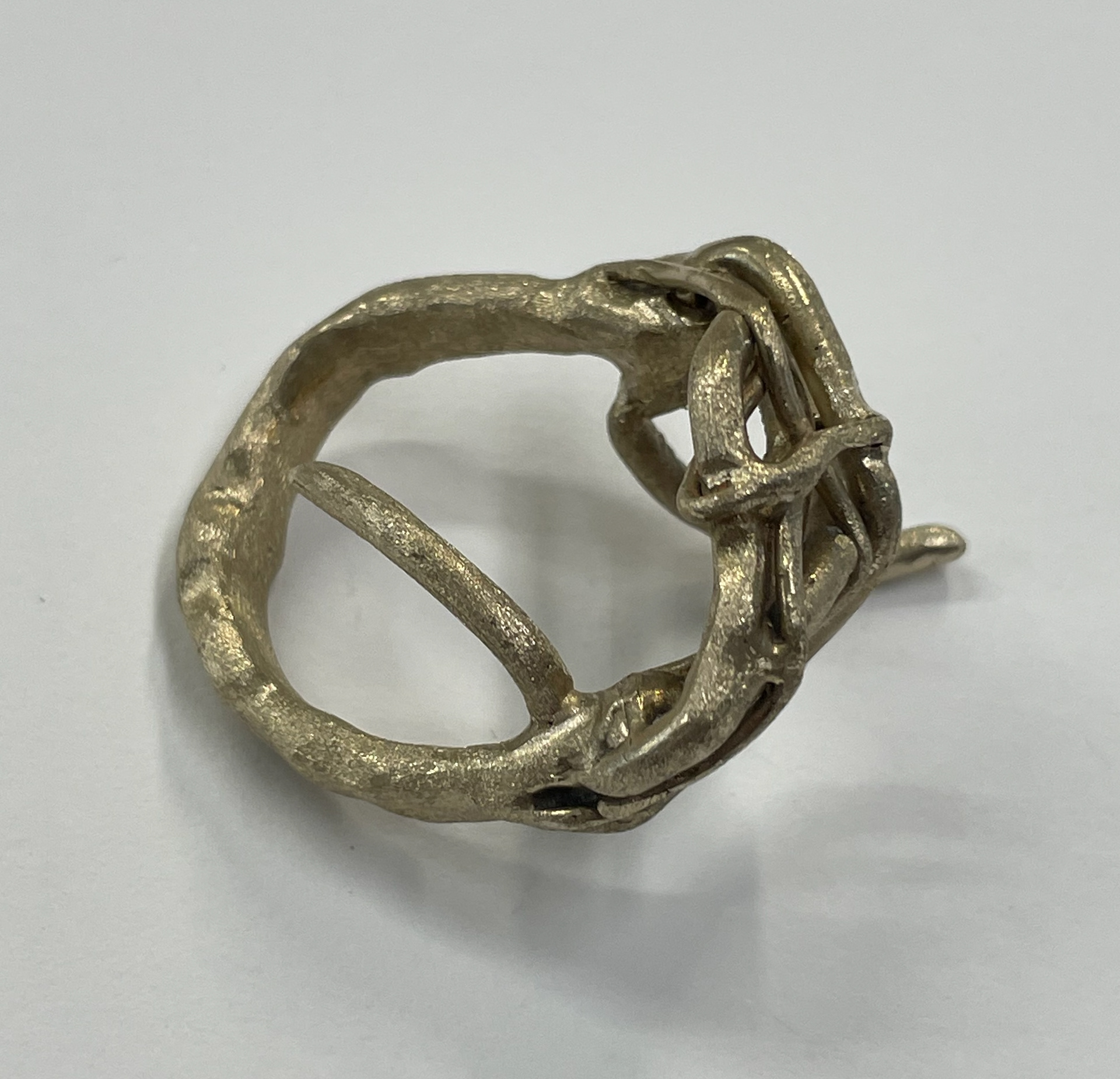

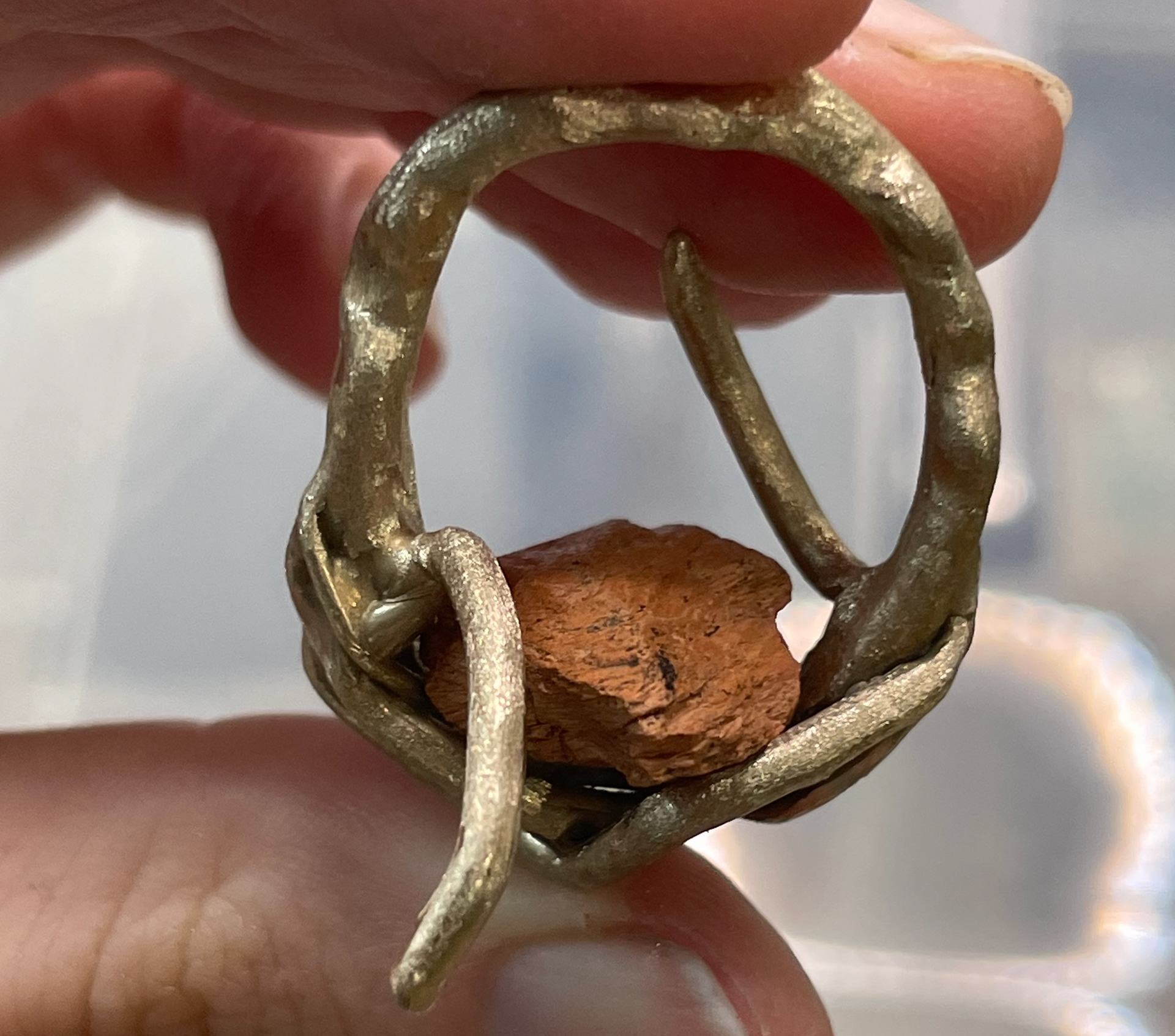


To polish up the piece I used felt drill bits along with Tripoli and Rouge polishing compounds. I then used pliers to secure the brick in place with the claws. Followed by final polishing at last scratches.
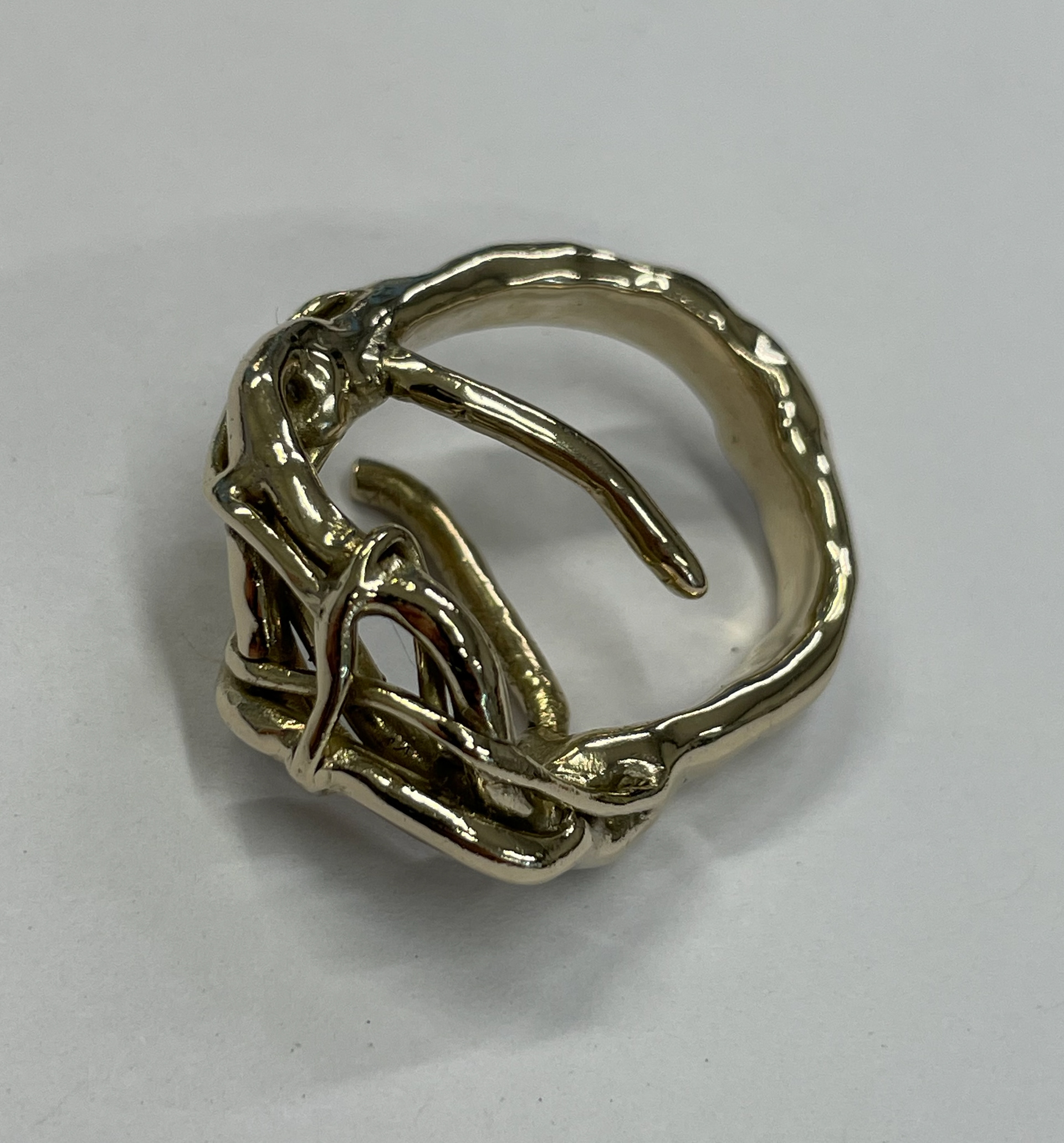
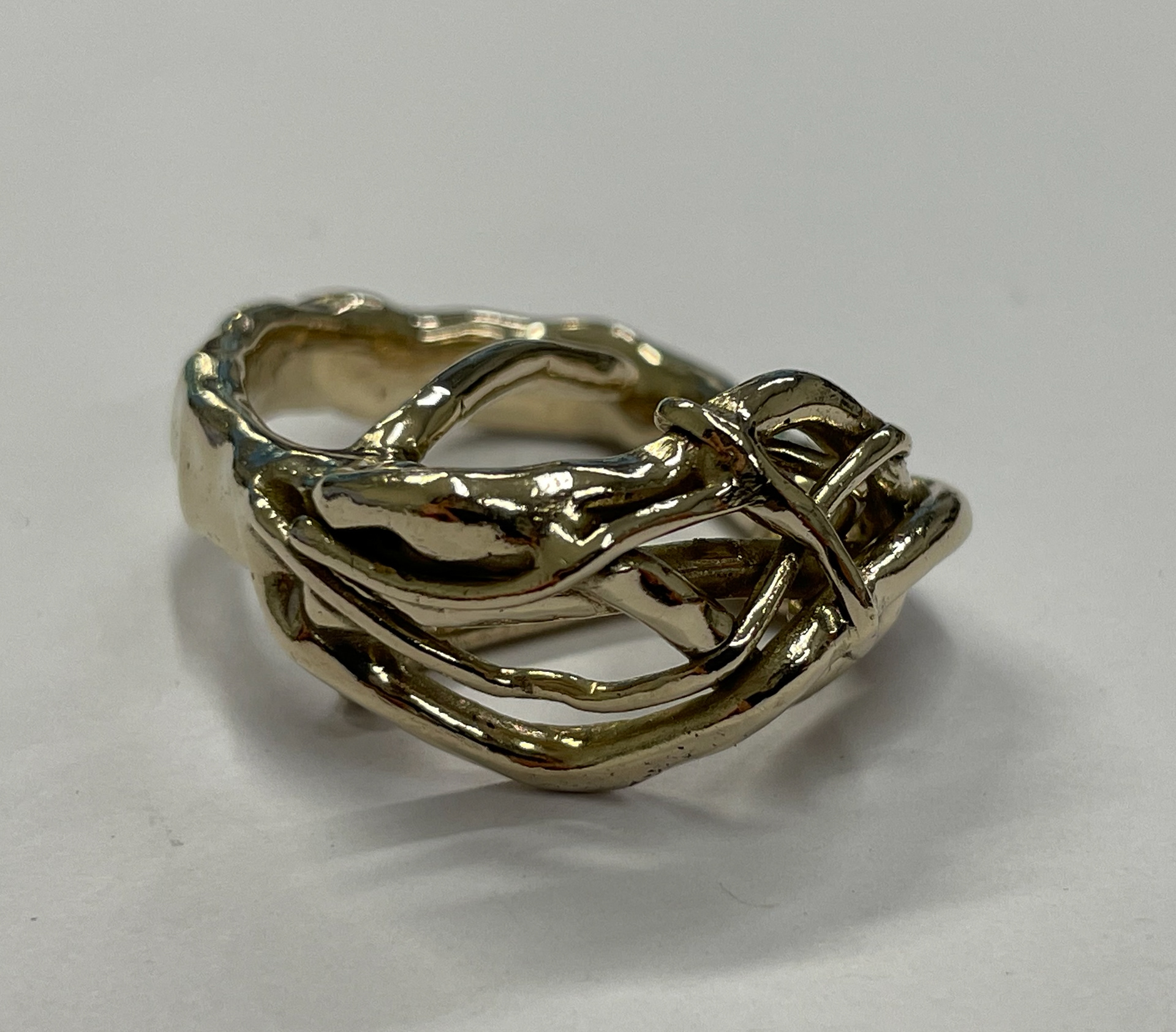

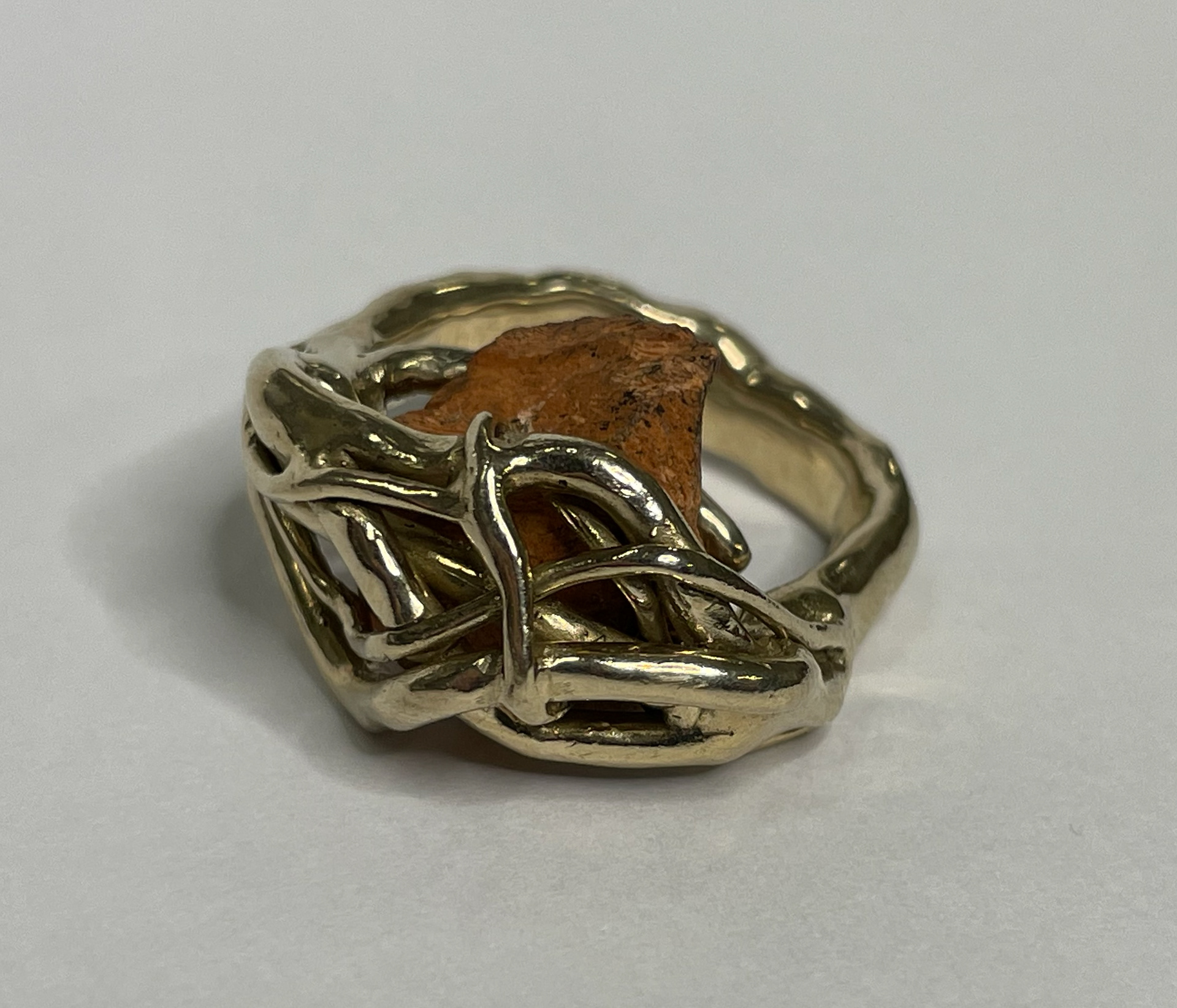


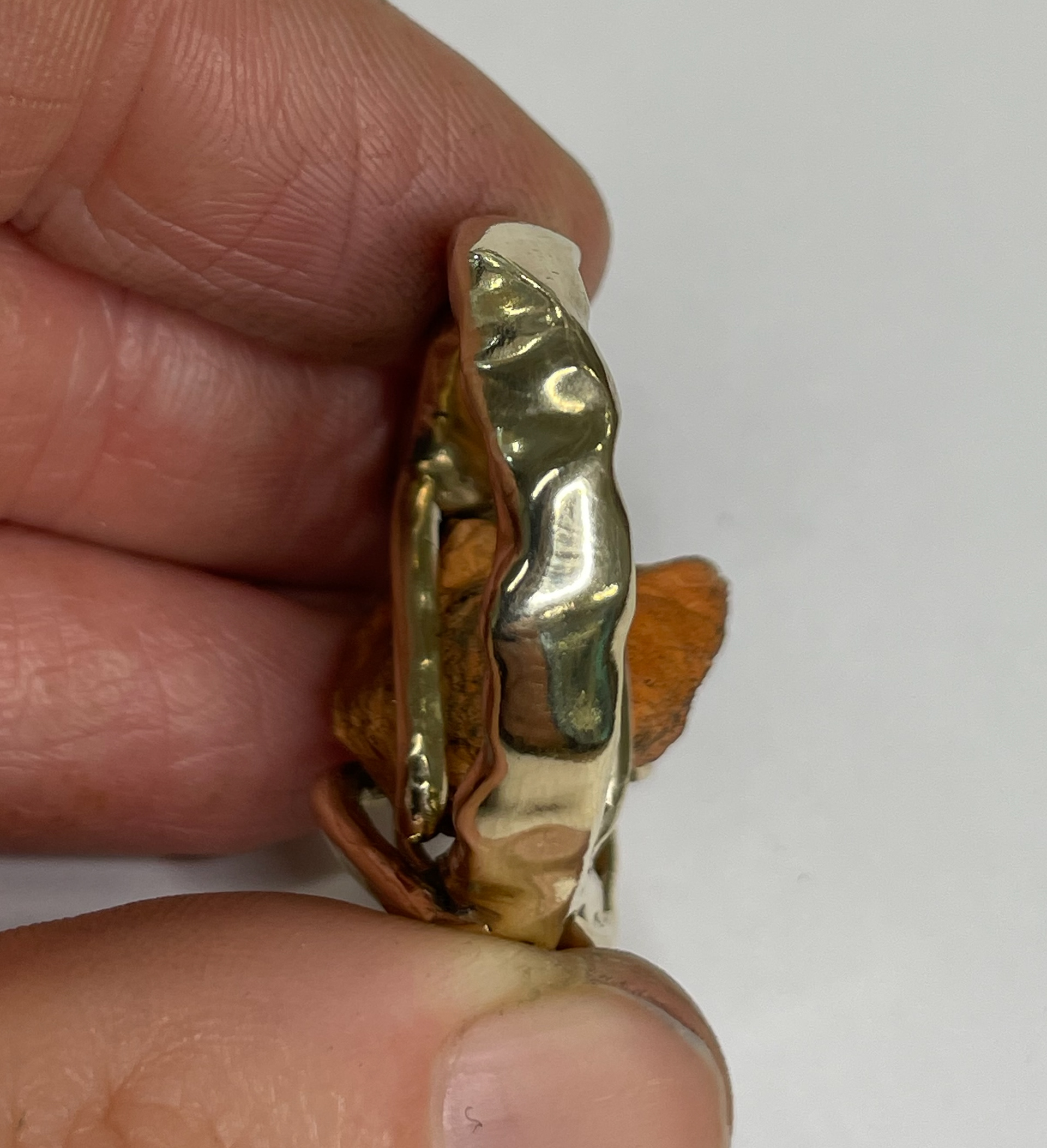
This is the outcome of ring one. This ring is a reflection of my research from the gardens where I have seen examples of nature overruling man-made. I created a narrative that nature is trying to reclaim its space by wrapping itself around man-made structures. The form of the ring is inspired by branches and the brick/stone trapped inside is my interpretation of the man-made walls around the gardens.
Ring Two
I started by creating paper models of different design ideas and using them as a stencil for on the wax pieces.
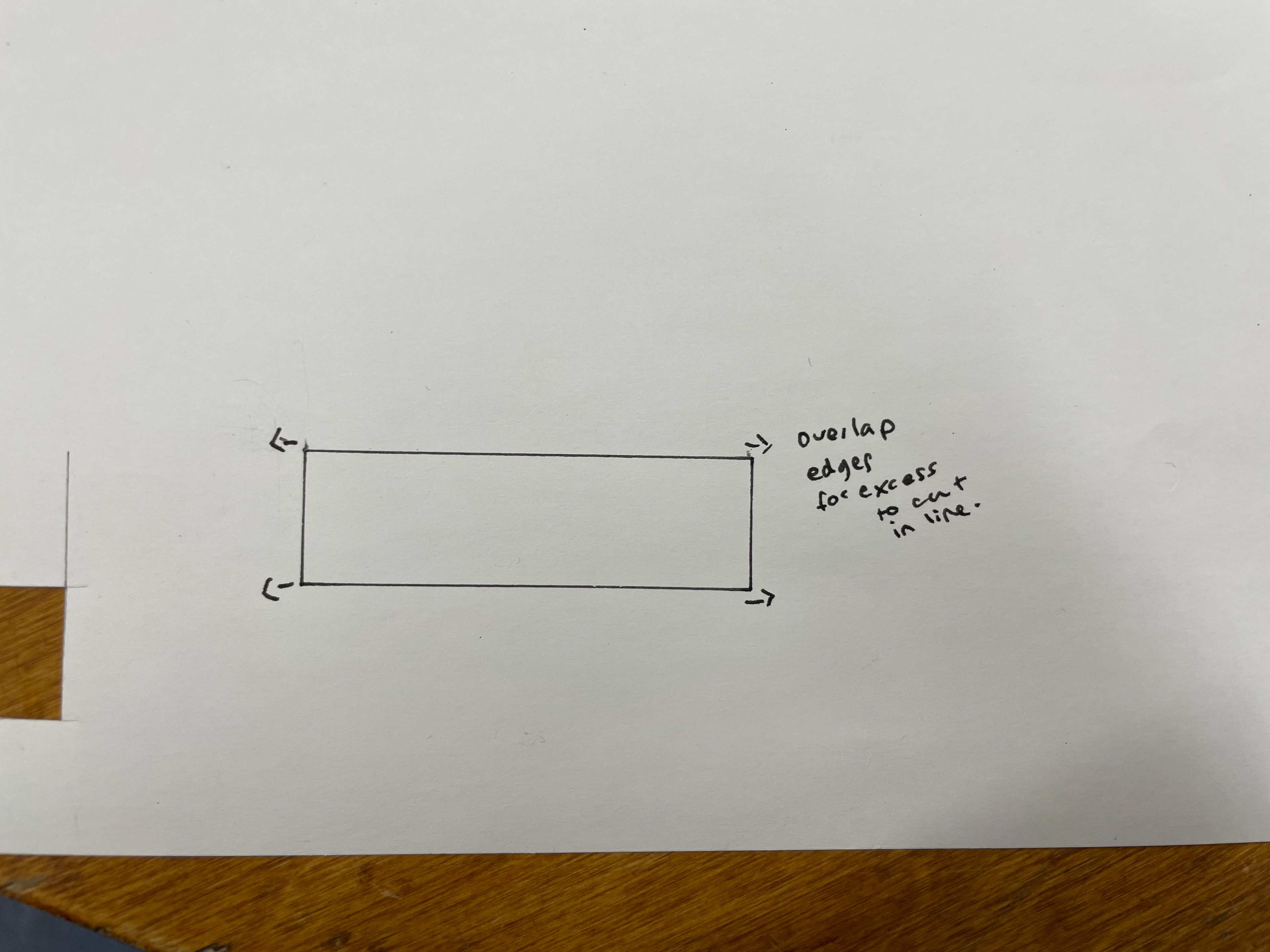

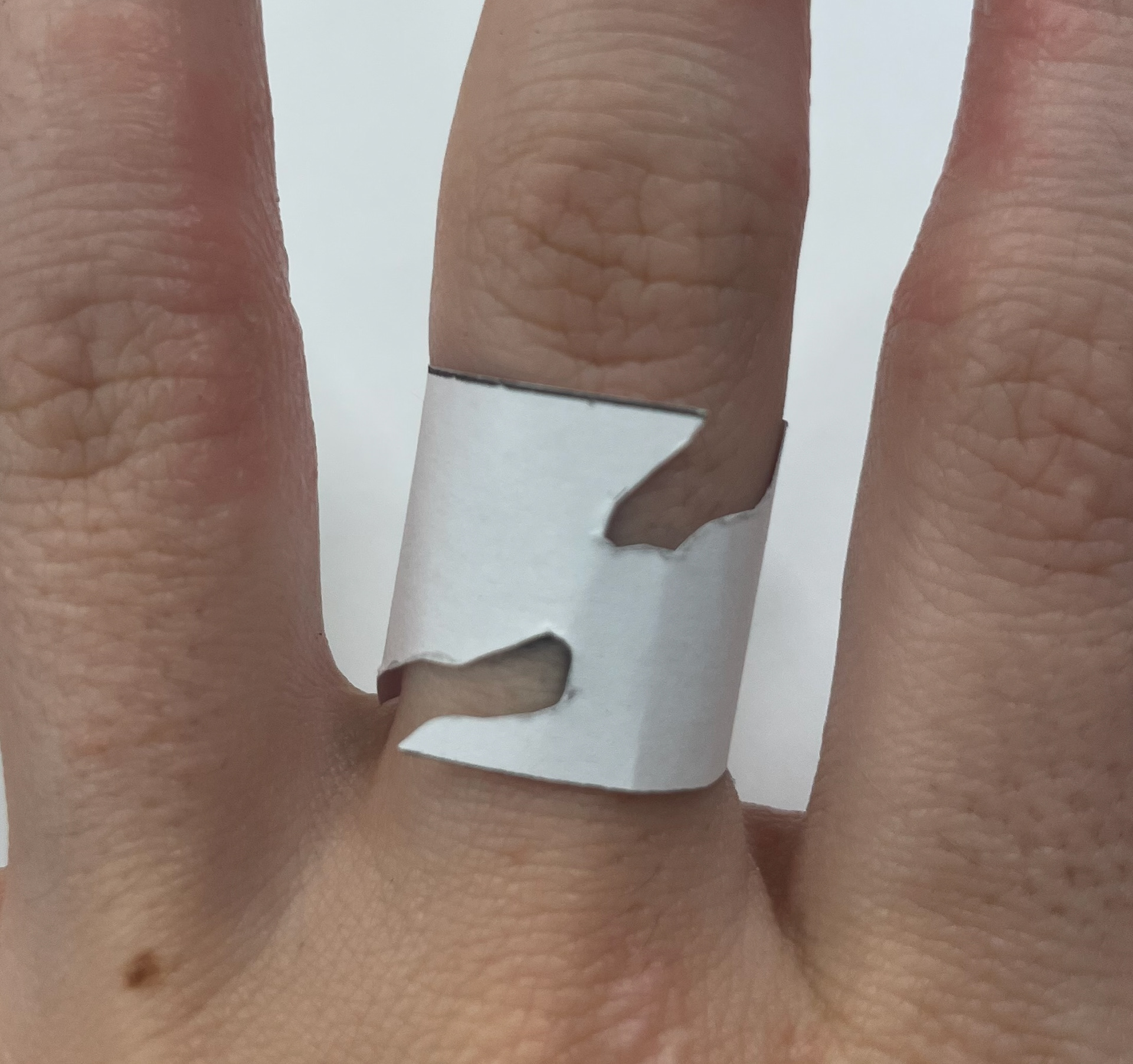

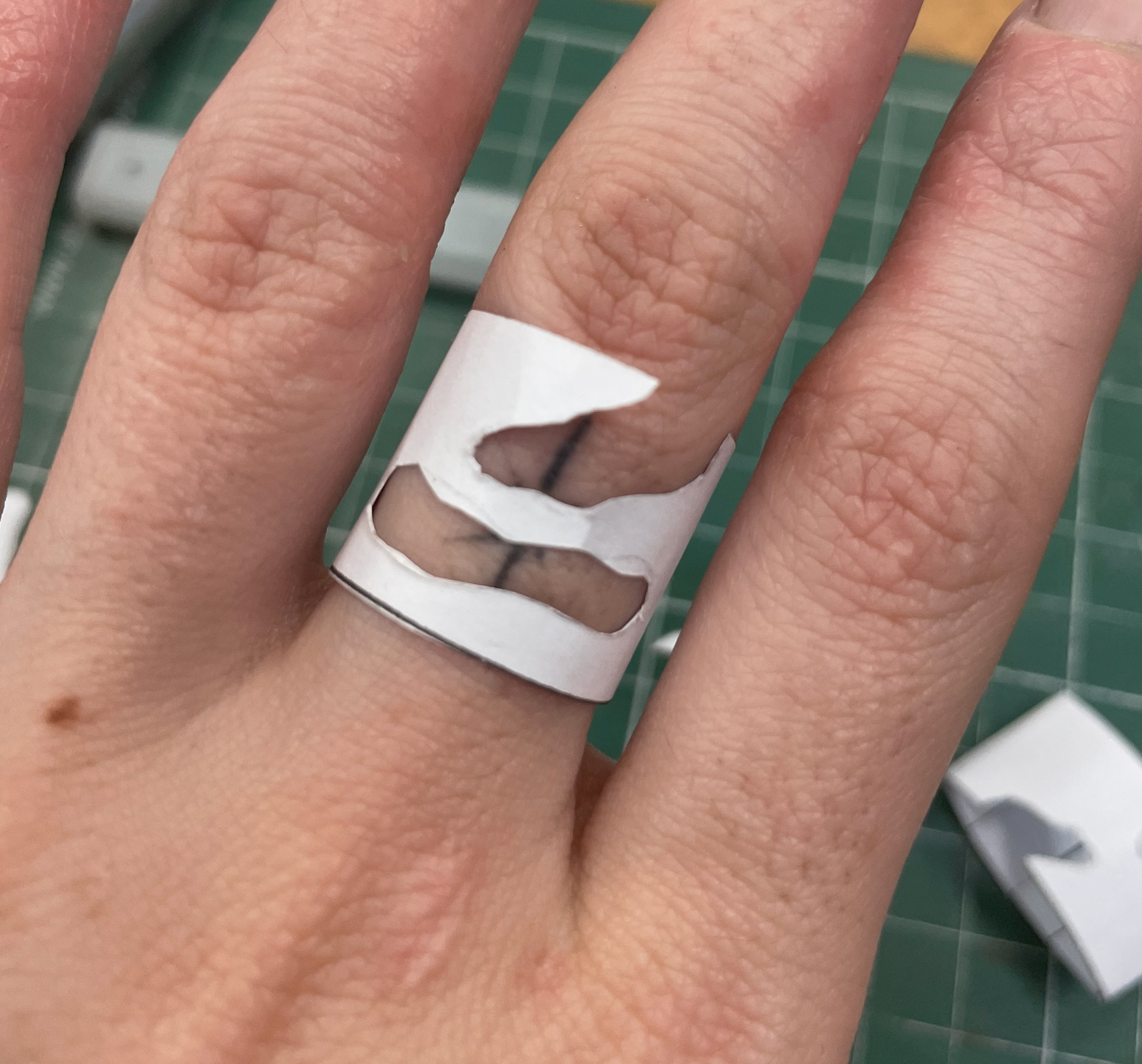
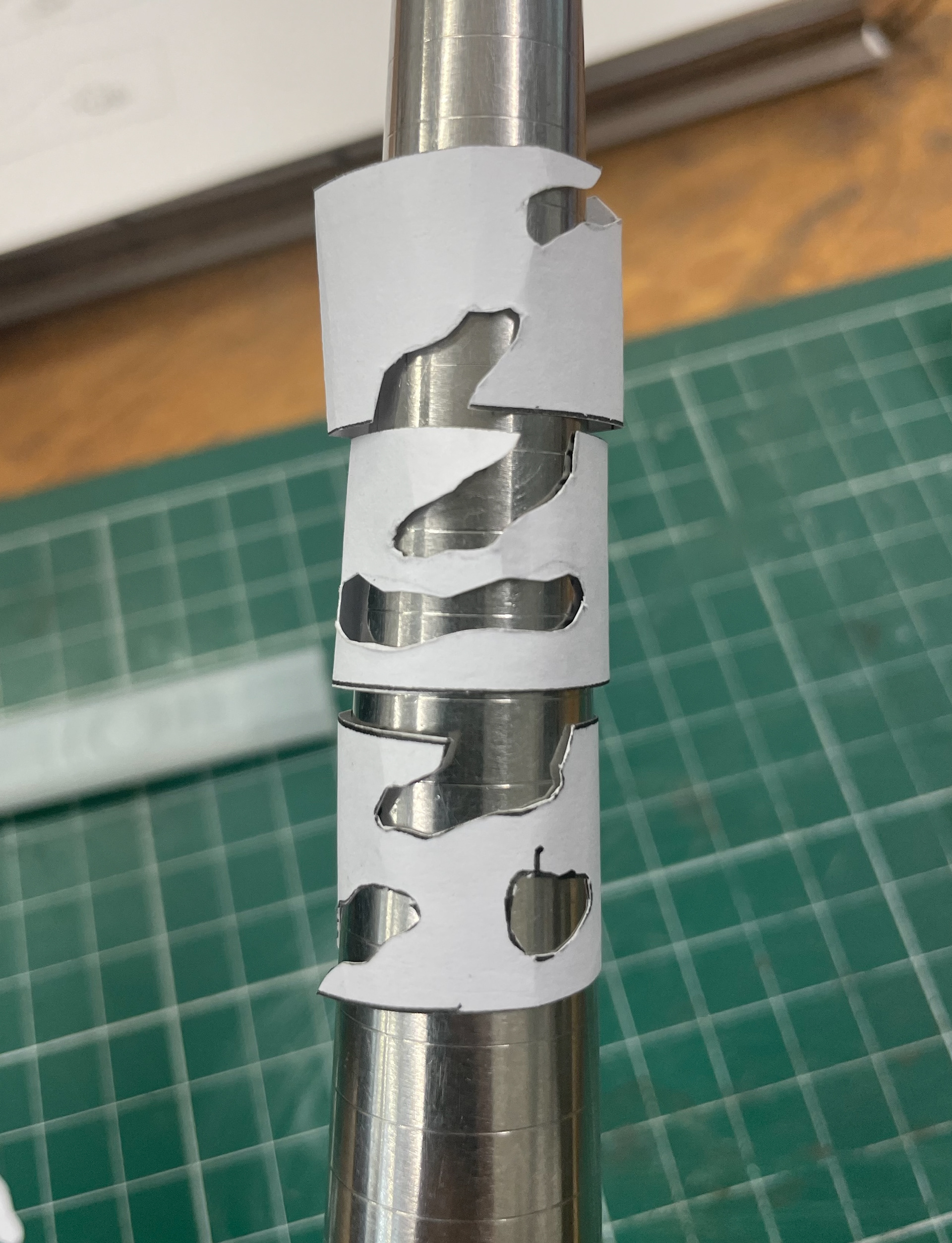
I used the found bark from the gardens to press into the wax to give the form texture. I then cut out the shapes of the rings from this and prepared them to be cast. I intentionally cast multiple rings at this point so I could choose my favourite one for my final piece.
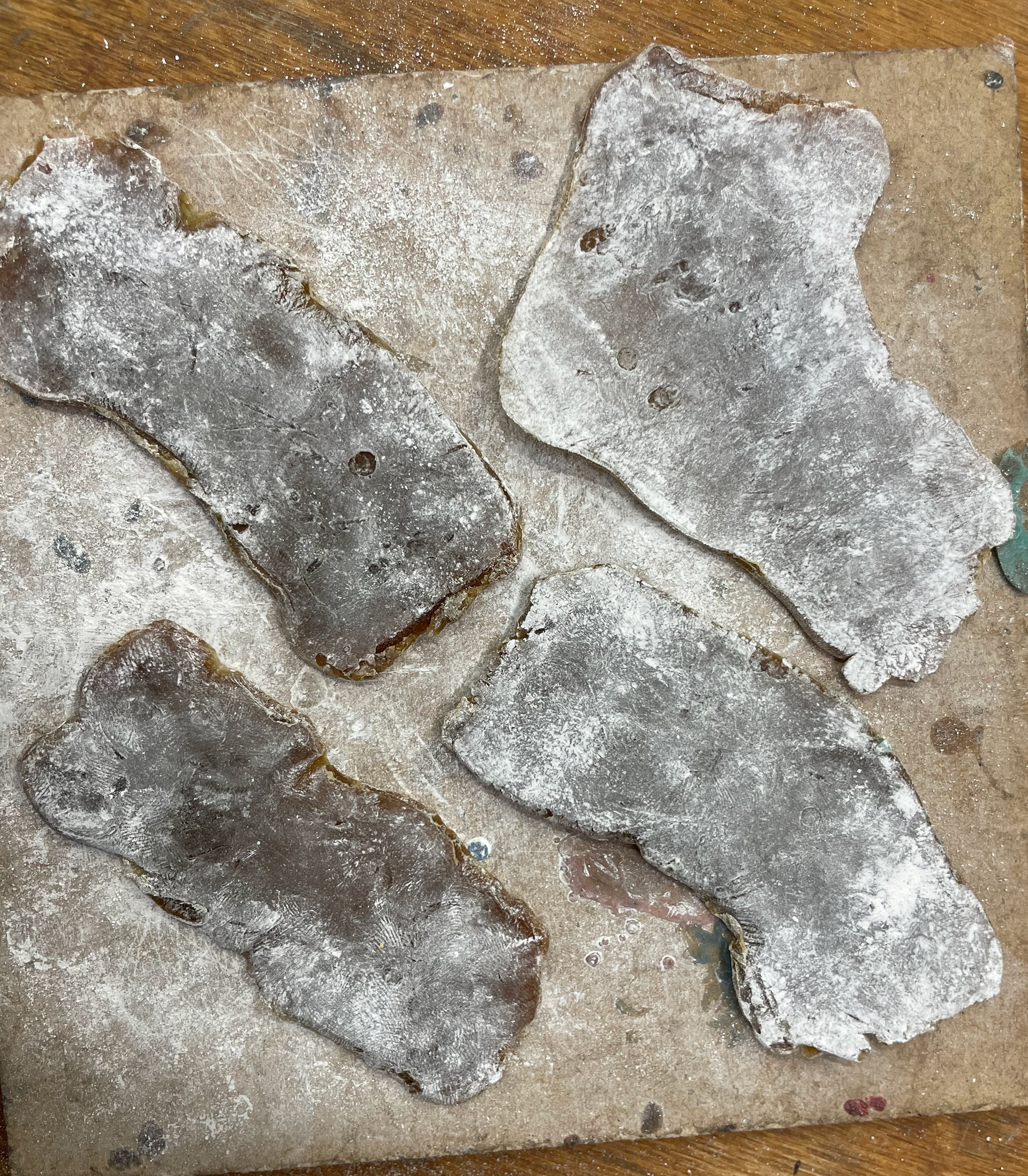


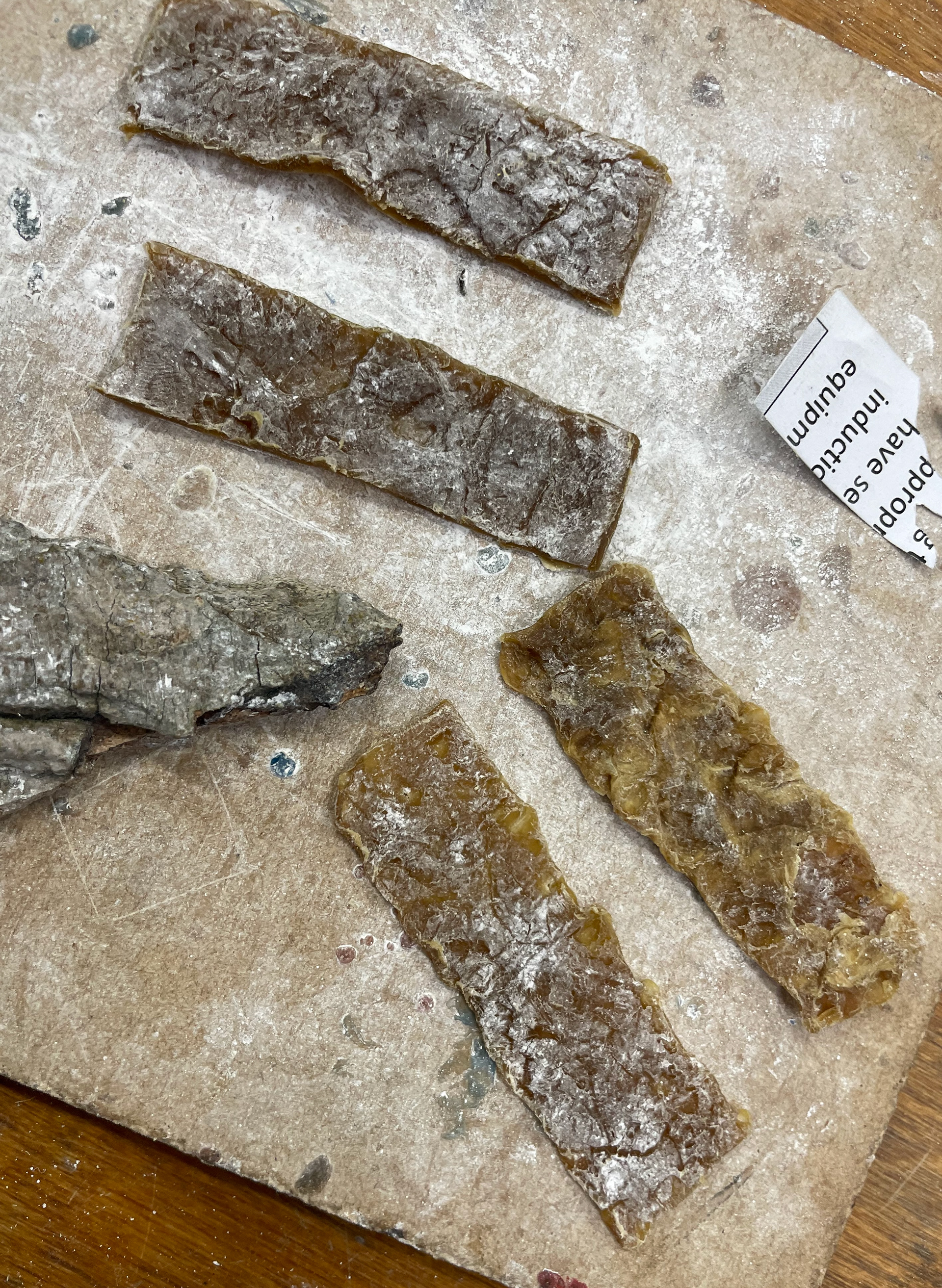

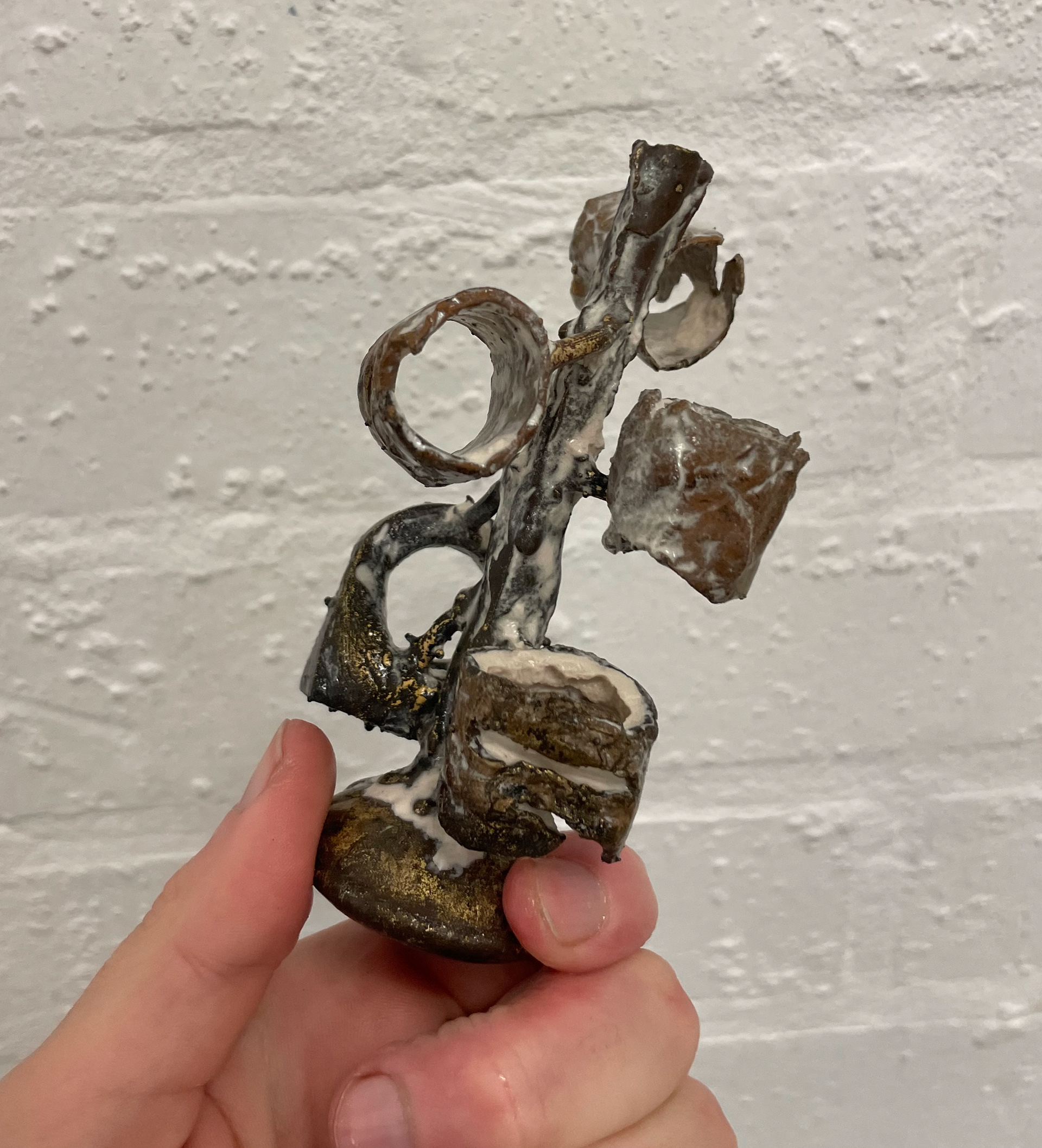


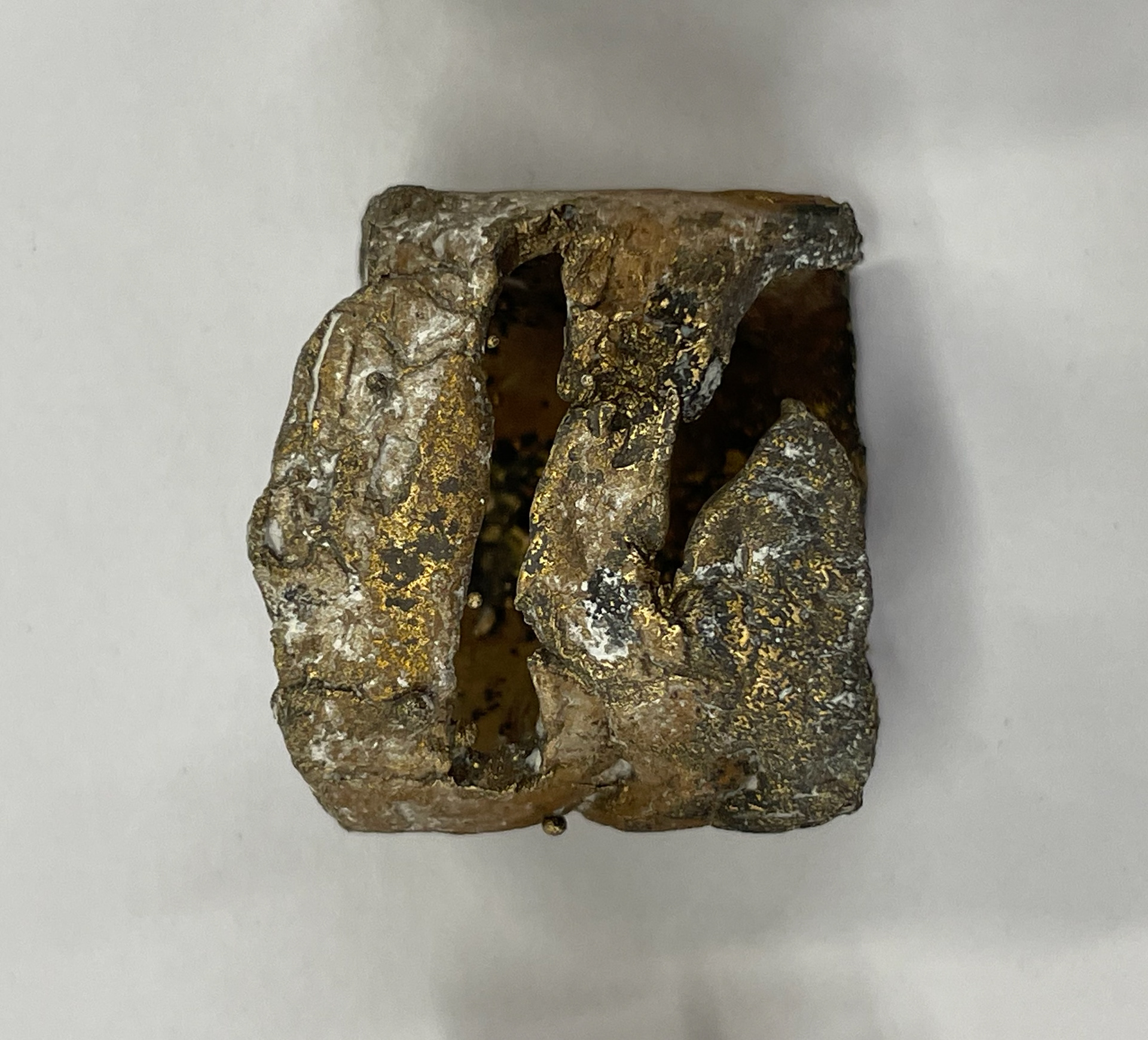
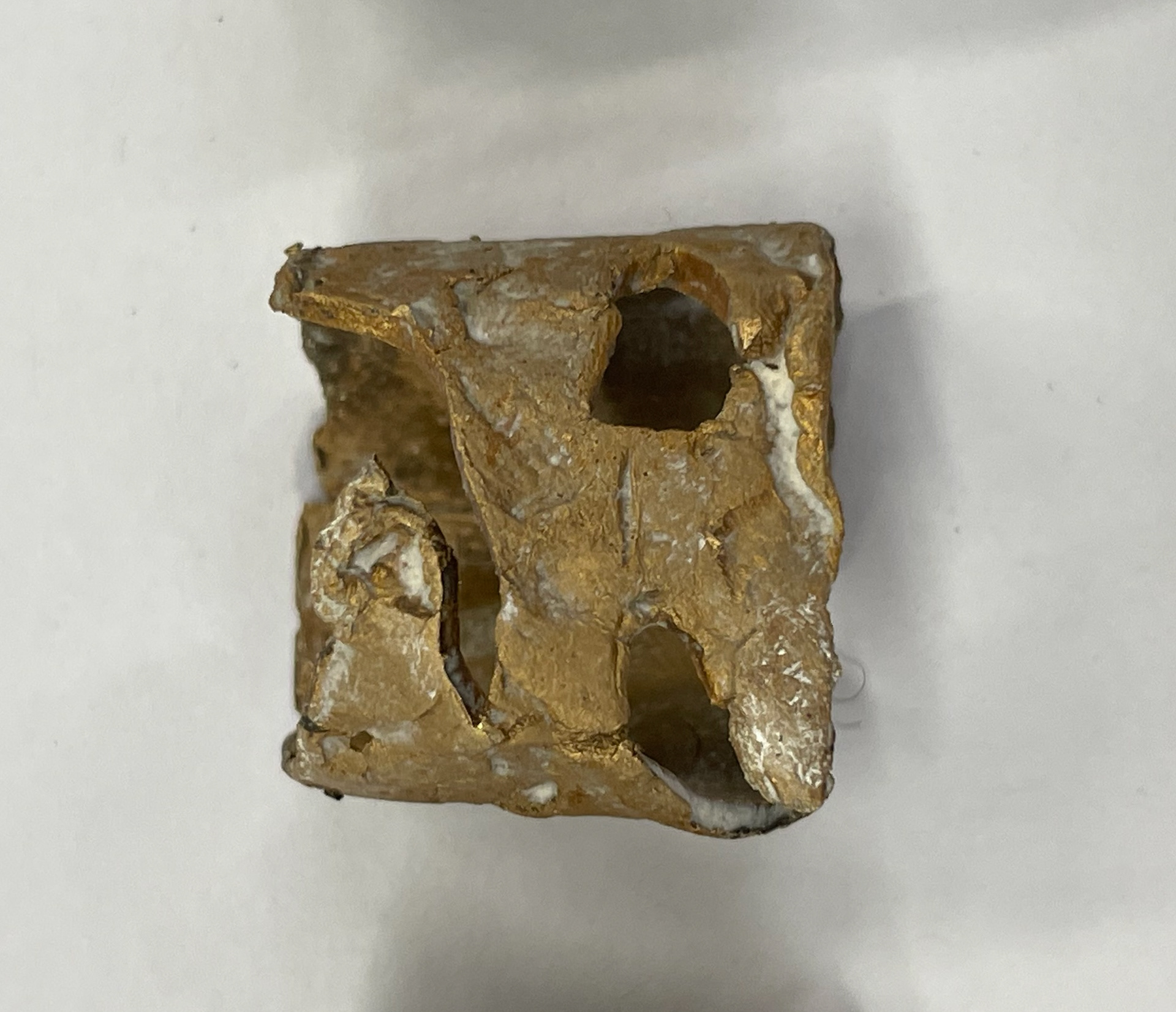
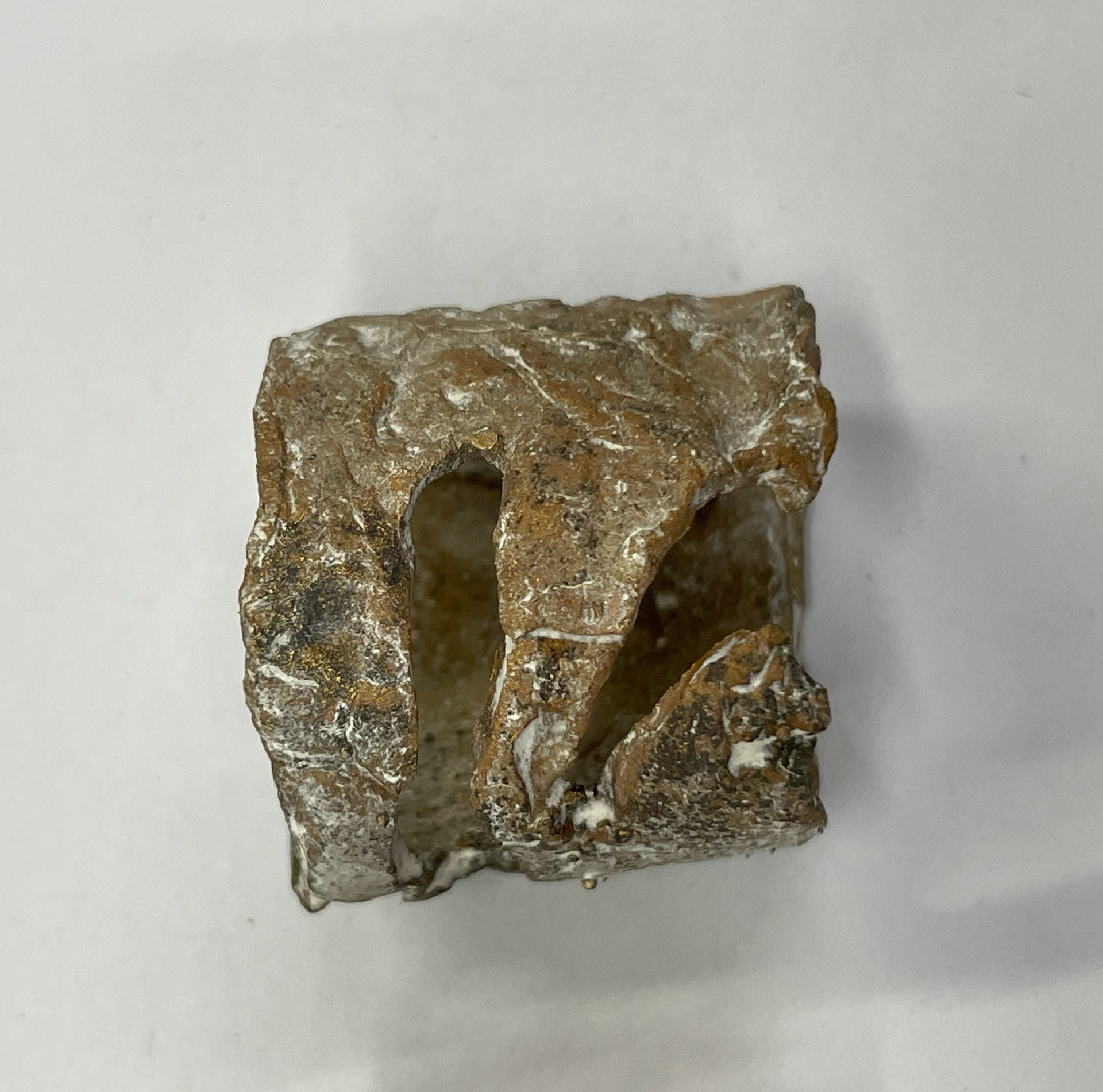
I polished the pieces up in the barrel polisher after being cast.

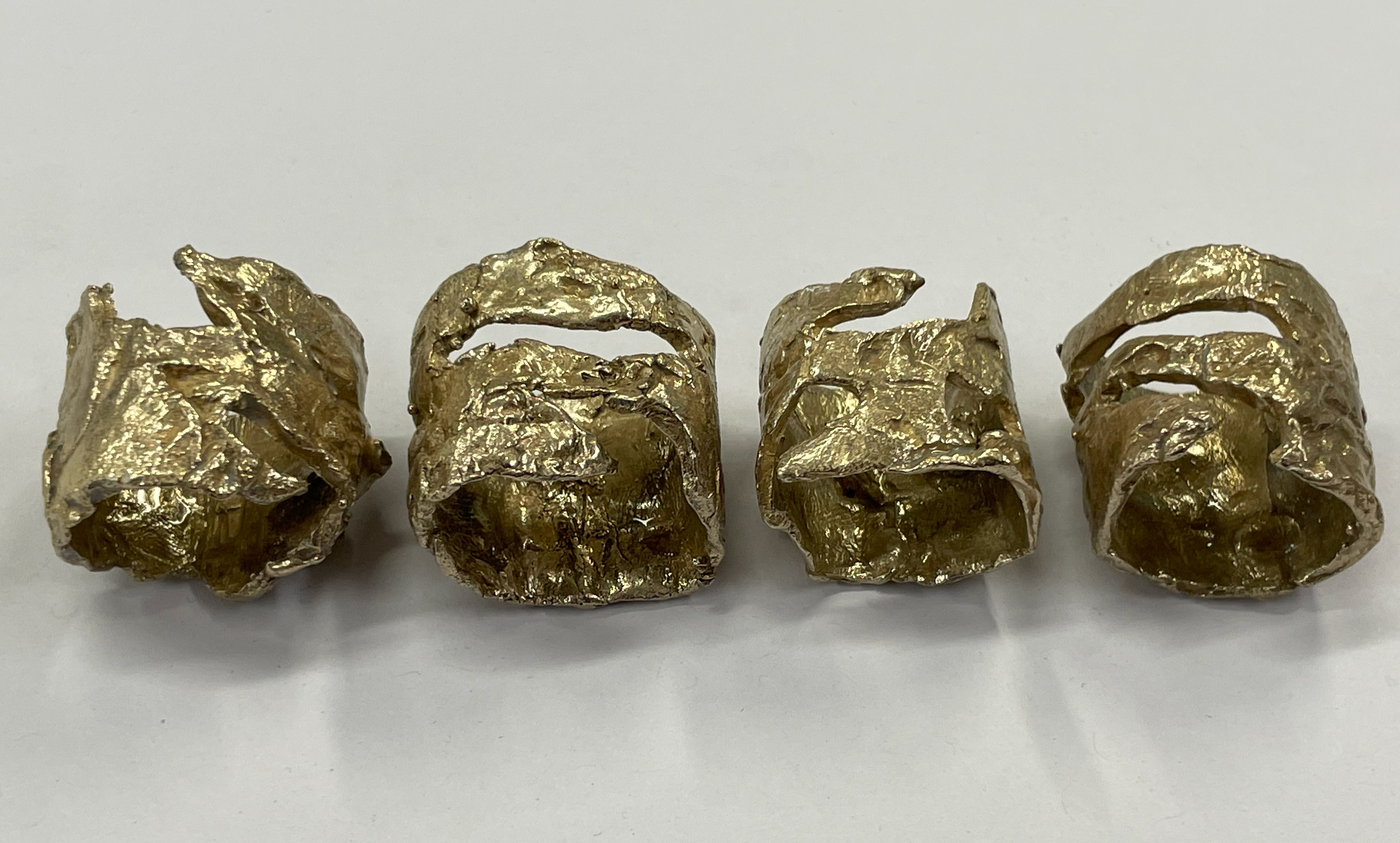
After this, I chose my favourite ring and annealed it so that I could form it into a round ring that it would fit the finger.
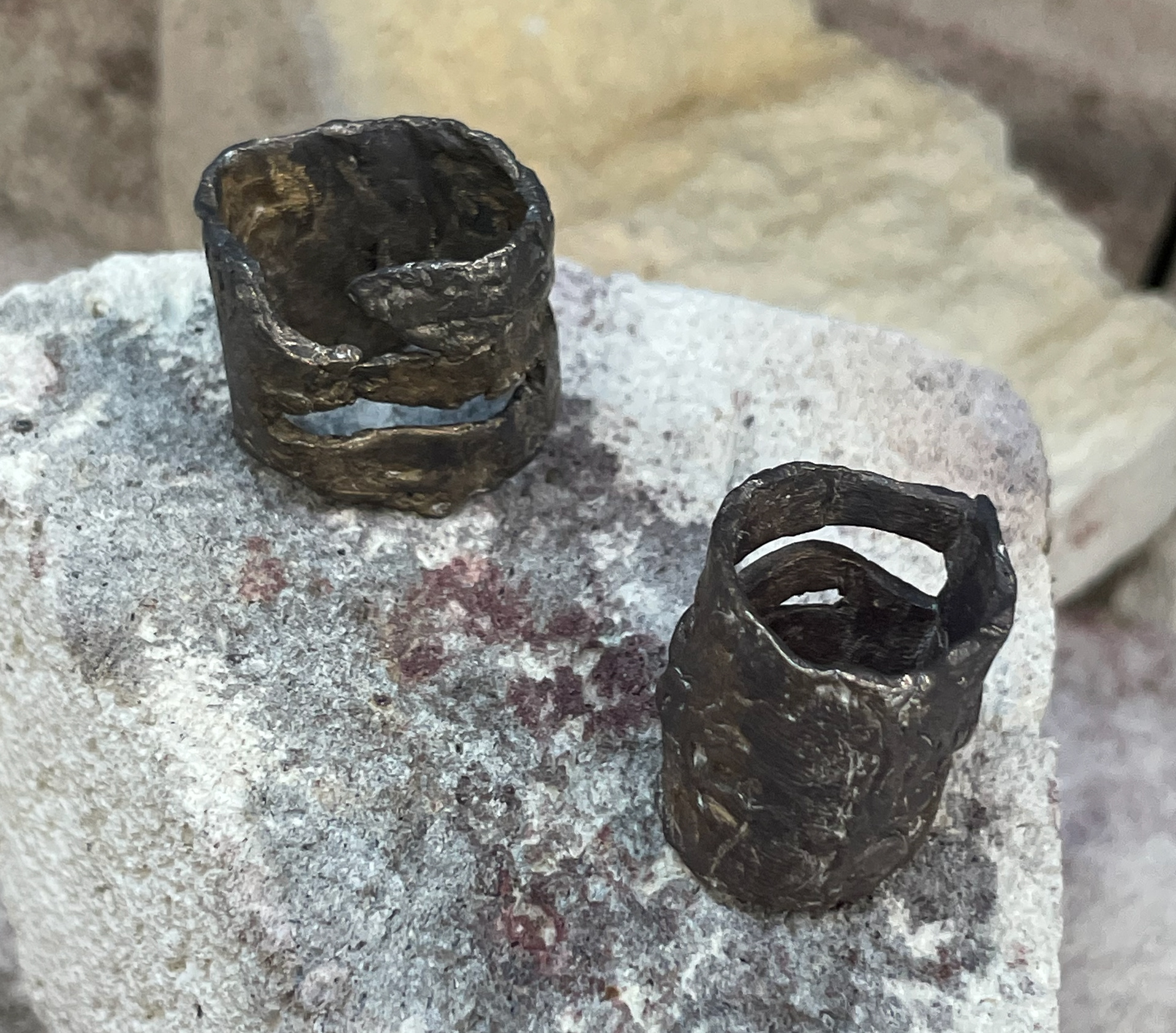
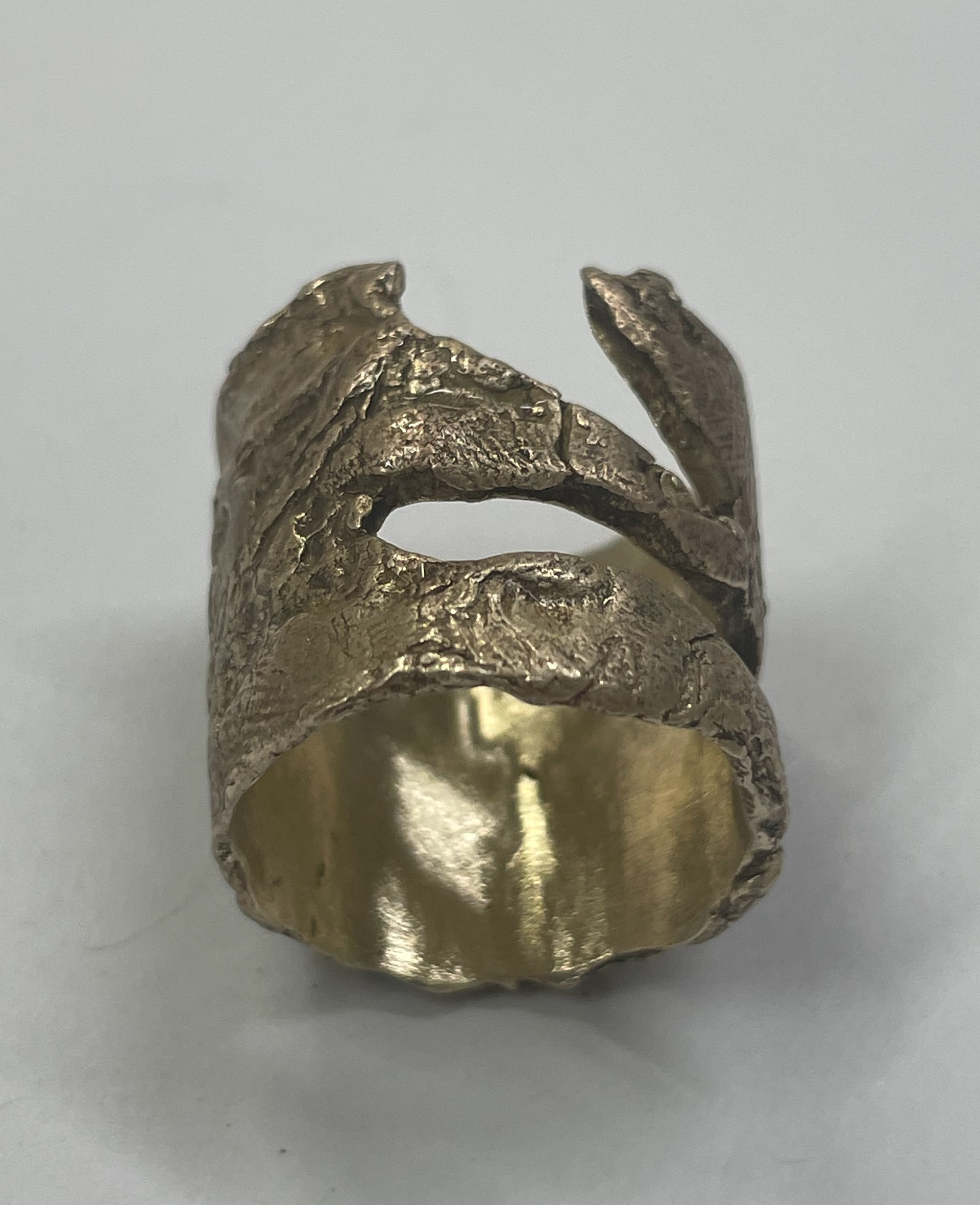
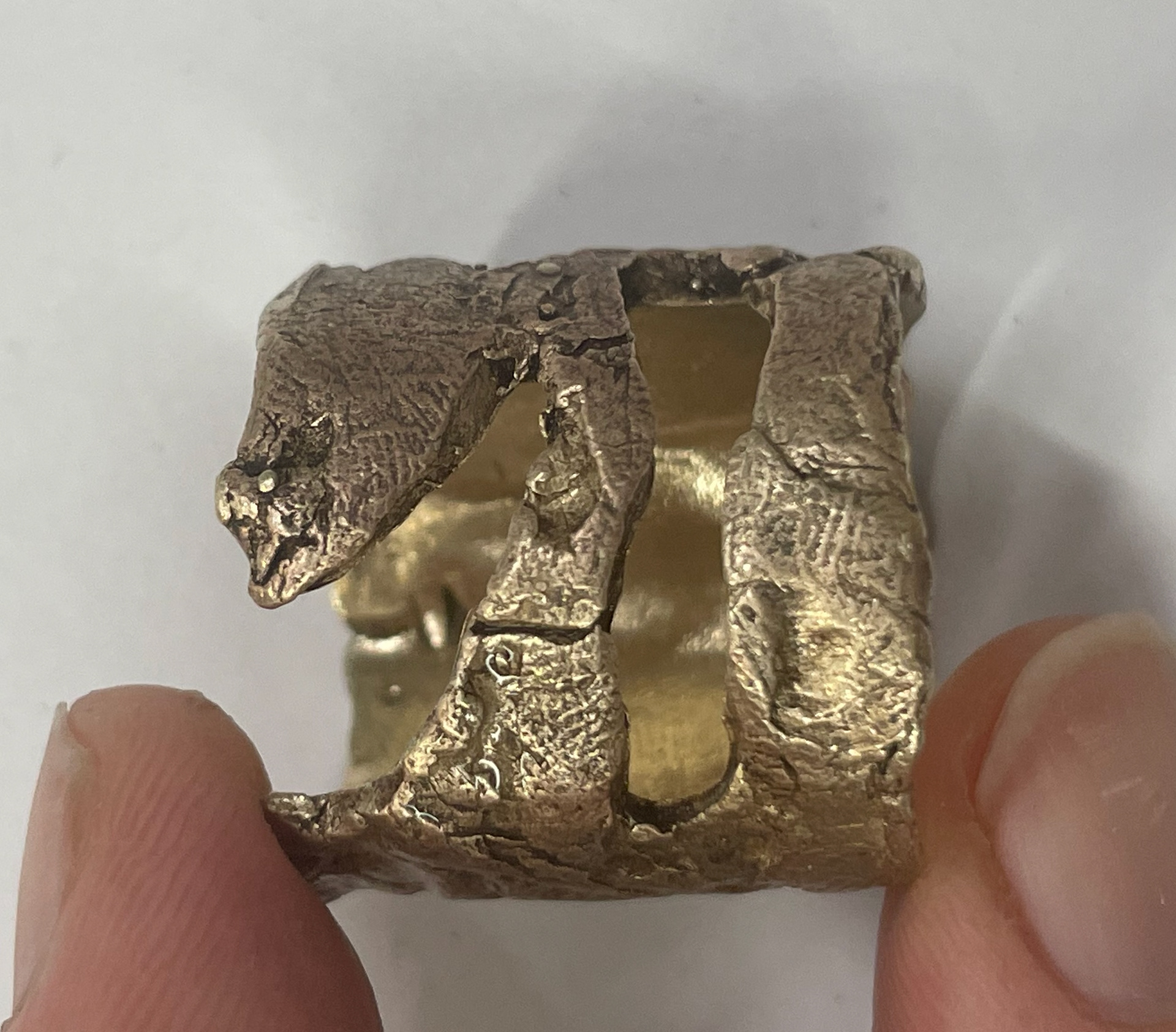
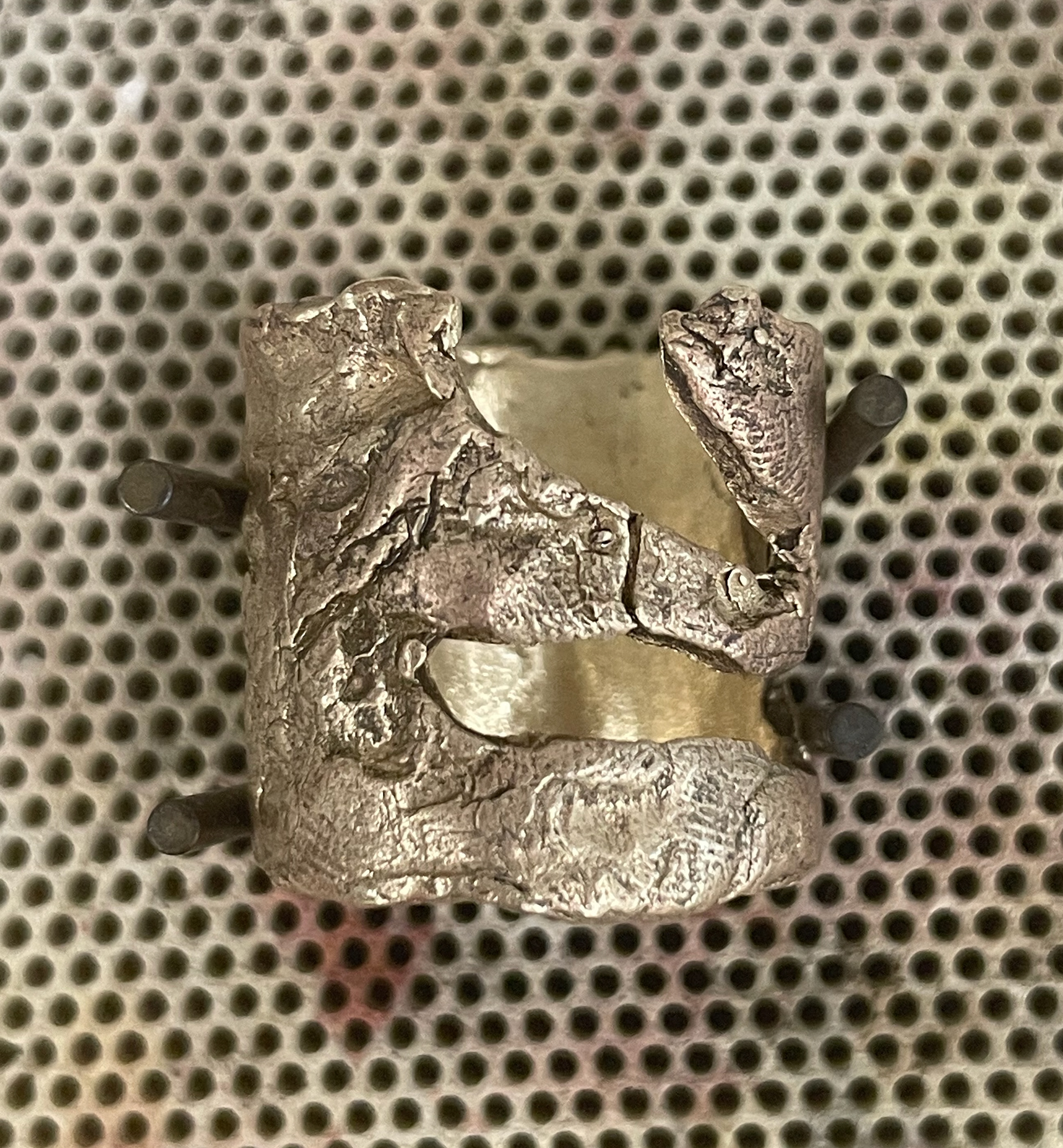
I followed by creating geometric diamond shapes inspired by the church out of brass wire. I attempted to solder them onto the ring using a typical method used in Asian jewellery, using setter wax and plaster to hold the details in place to be able to solder more easily. Unfortunately, this wasn't successful. I wanted to try this method as I hadn't previously, but I believe it wasn't the right design for it to work.

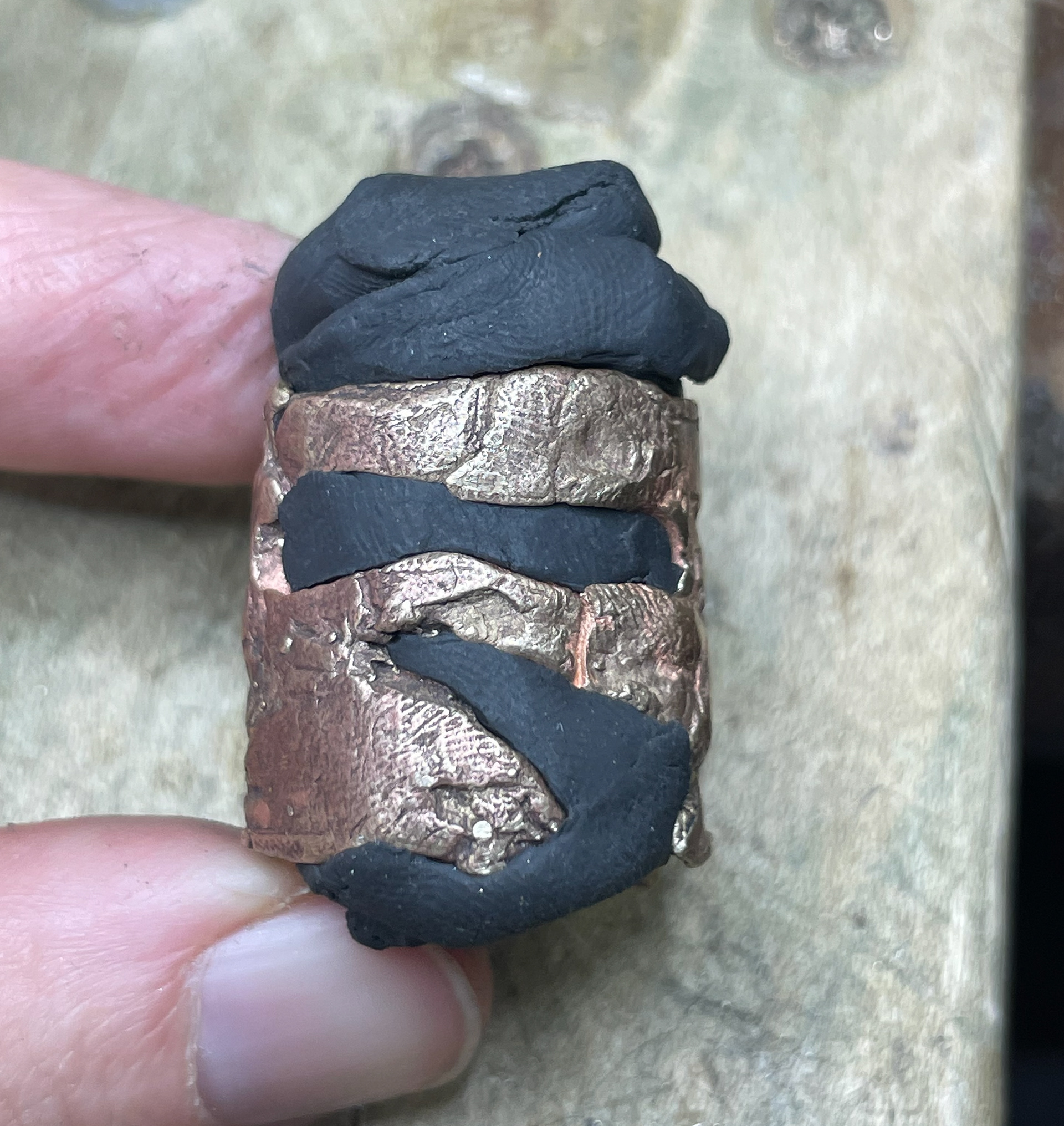
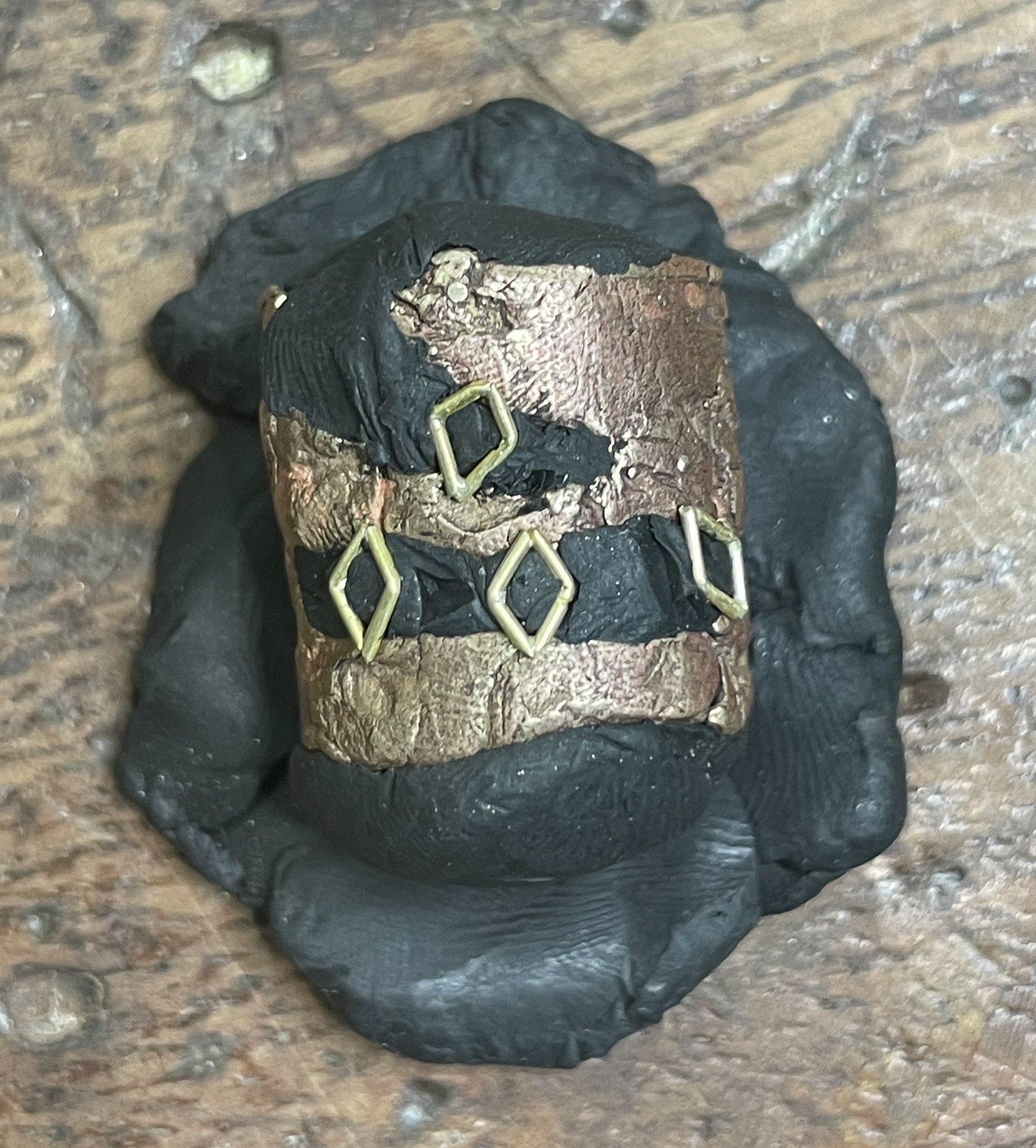

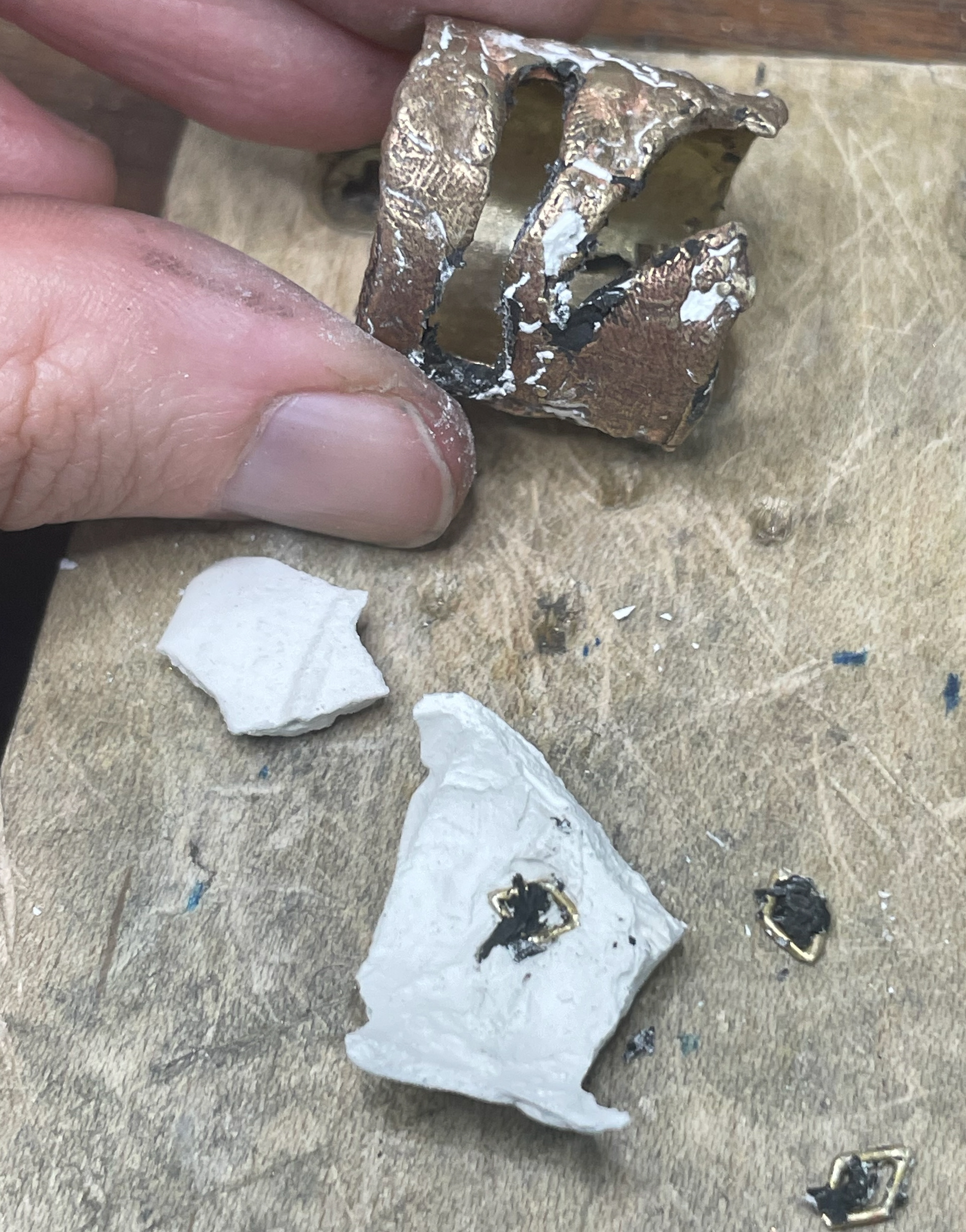
I soldered them on using a method I am familiar with and have practiced before. I did this by heating the ring rather than having the flame directly on the wire, as this would result in the wire melting. Instead allowing the heat from the ring to heat the wire, meaning they would solder together successfully.

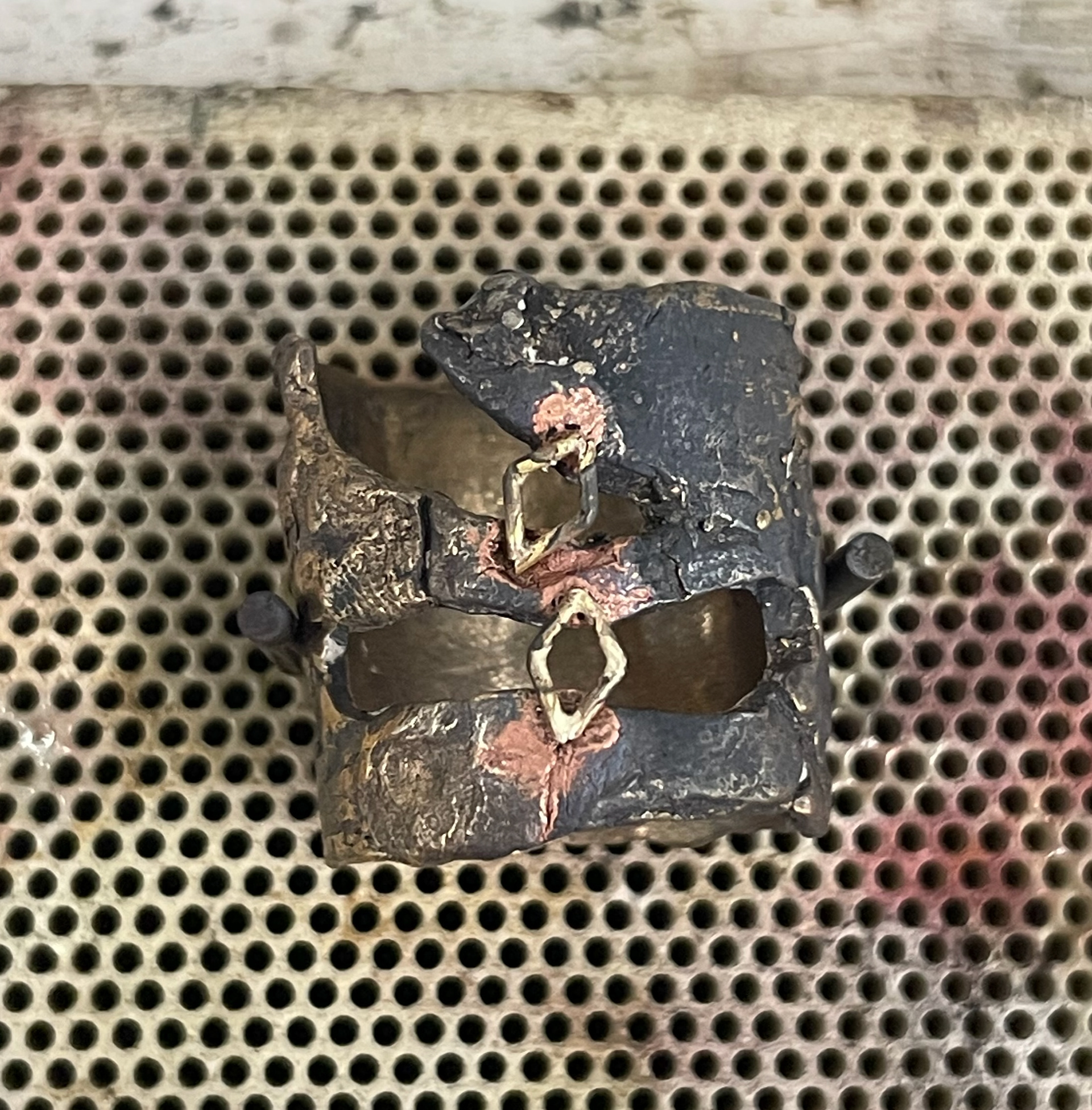

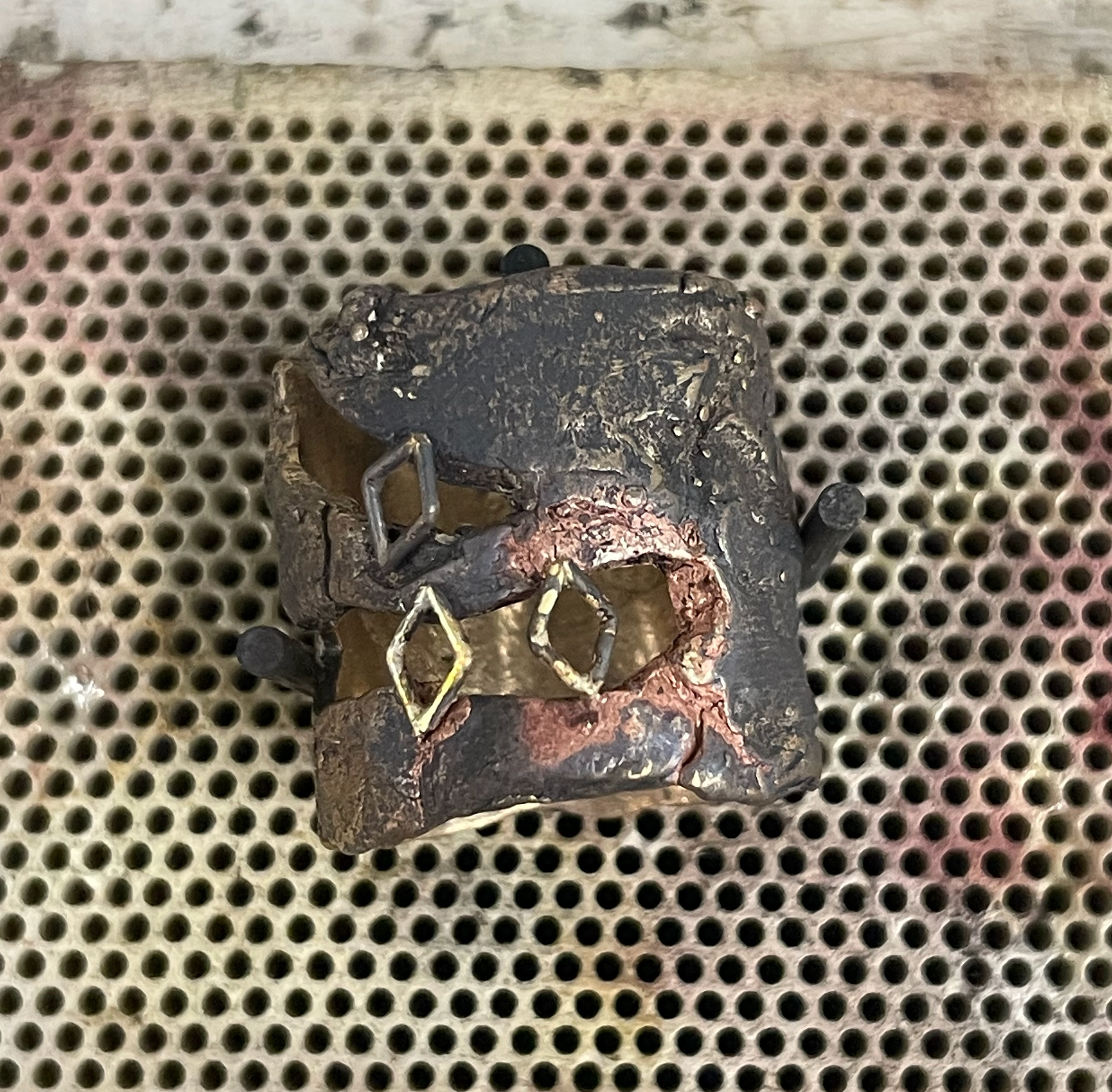
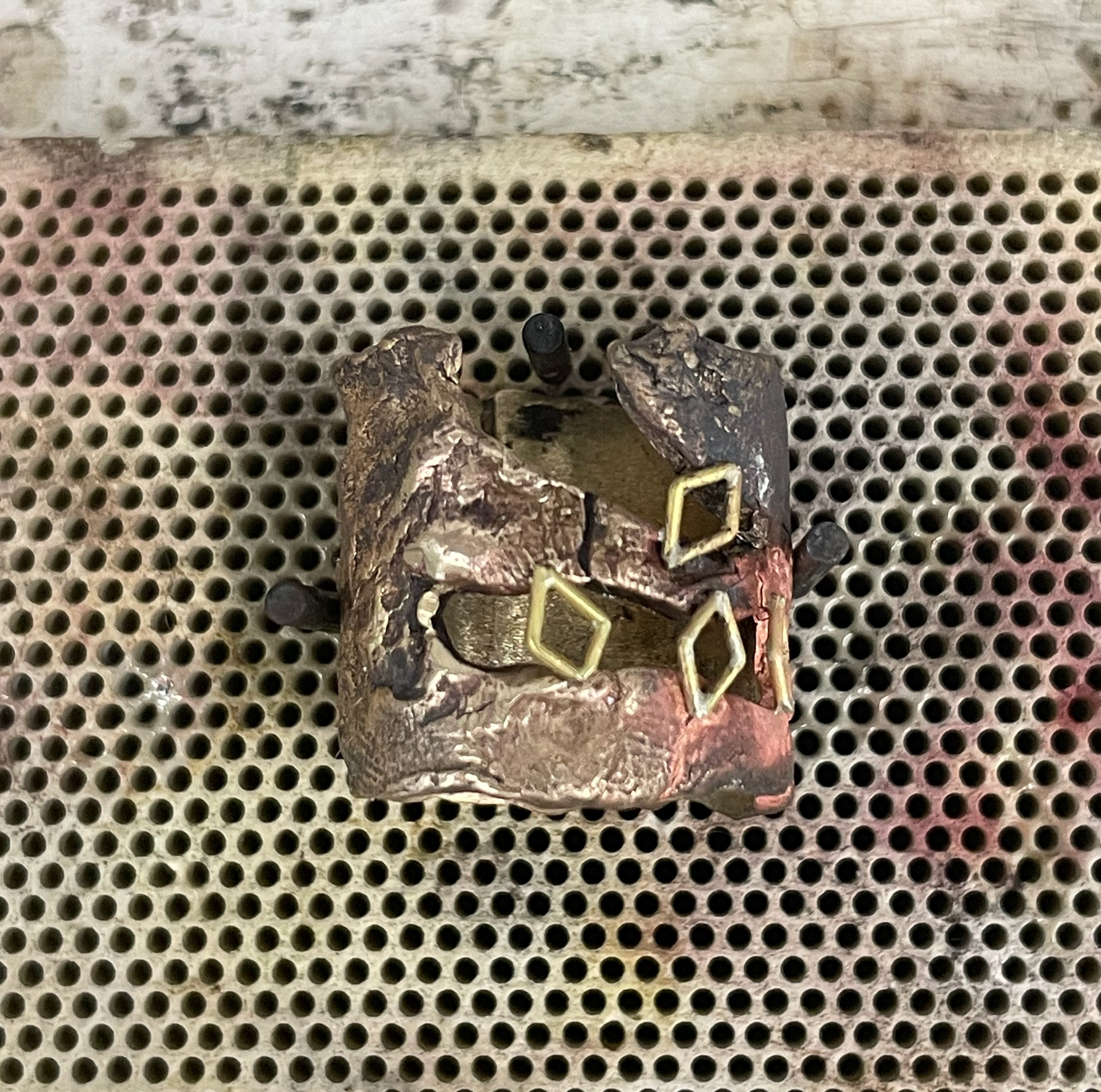


After soldering the detail pieces on I polished the ring up and got rid of the pink tarnish. After this, I reheated the ring gently to tarnish it again but this time allowed it to cool naturally rather than quenching it. This gave a nice depth to the texture revealing its details. I polished the inside of the ring and the wire details to a shiny standard.

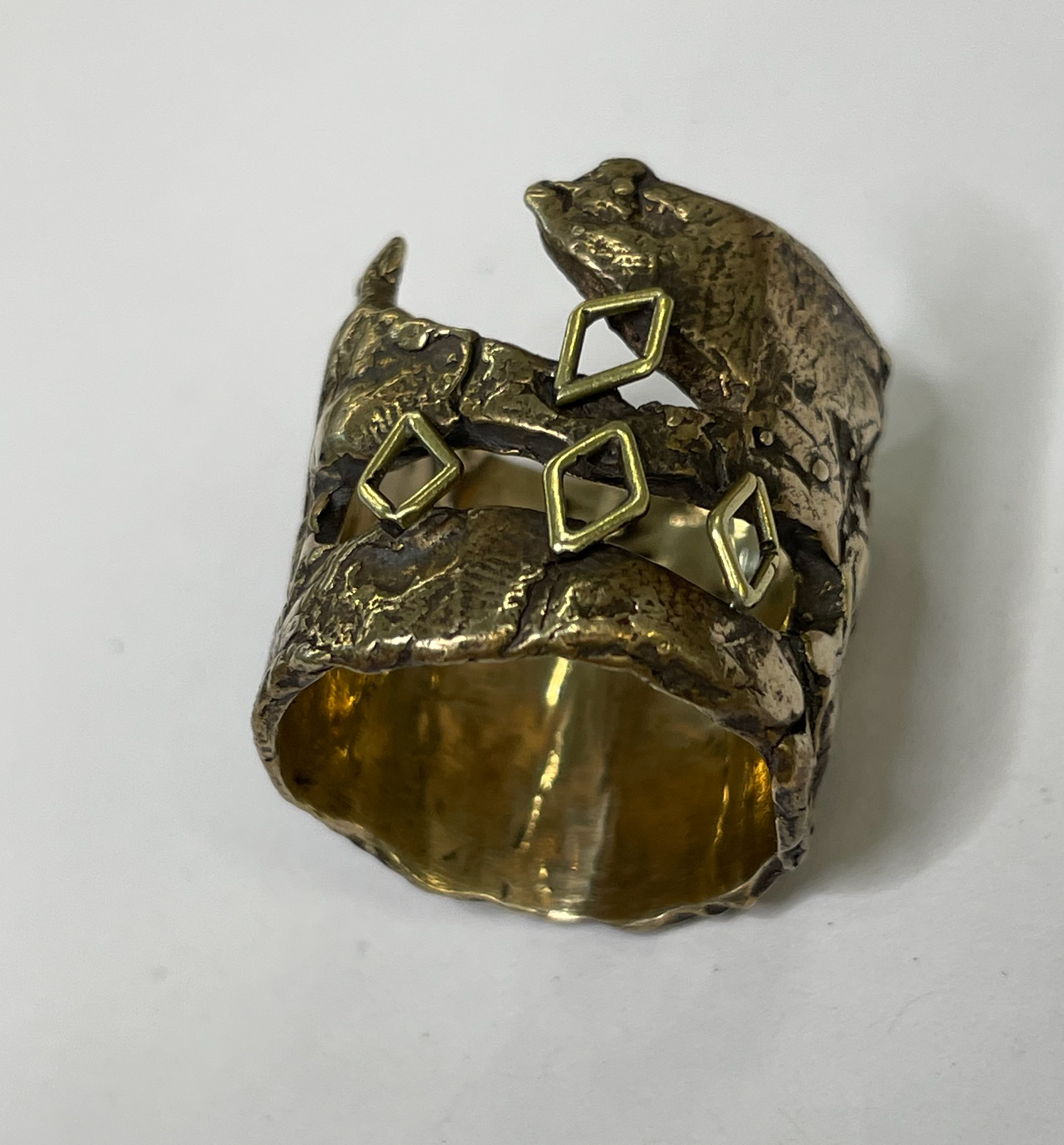

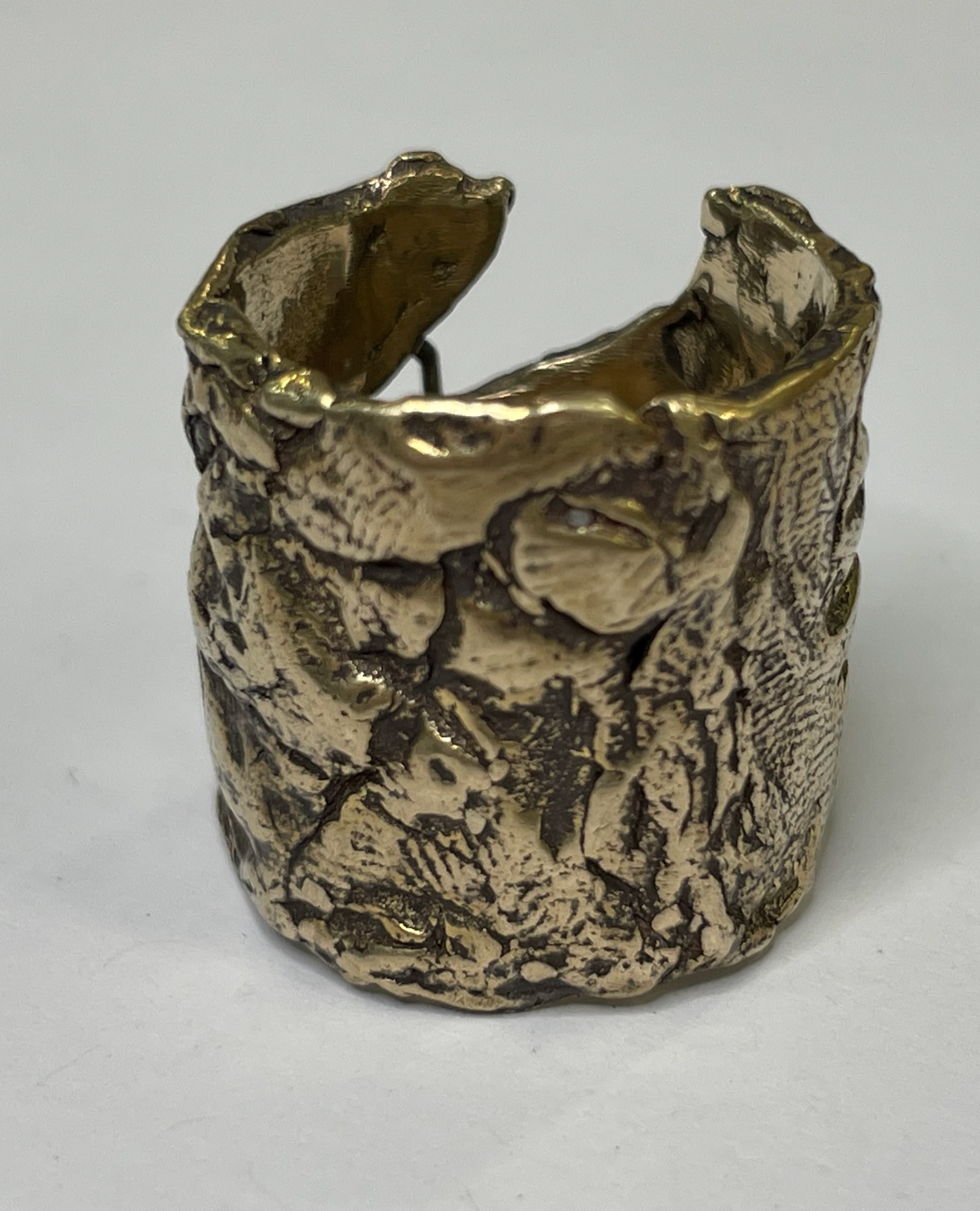
This is the outcome of ring two. This ring is a reflection of my experiences with The Parsonage and Fletcher Moss Gardens. As previously mentioned in this portfolio, I mentioned a story with a group of friends during a walk in the botanical gardens regarding a tree. The bark used for the texture of this ring was found in these gardens. As well as this the geometric details are inspired by details within the church. This is also a personal reflection due to my natural draw to geometric shapes and their influence on Islamic culture. As well as this, when making the ring, because the wax was soft, my fingerprints showed in the texture of the metal giving another personal element.
Ring Three
I started by carving the ring using various tools to draw the markings on as a guide. Due to previously practising this, I was able to understand the process better this time allowing the form of the carving to go to plan.
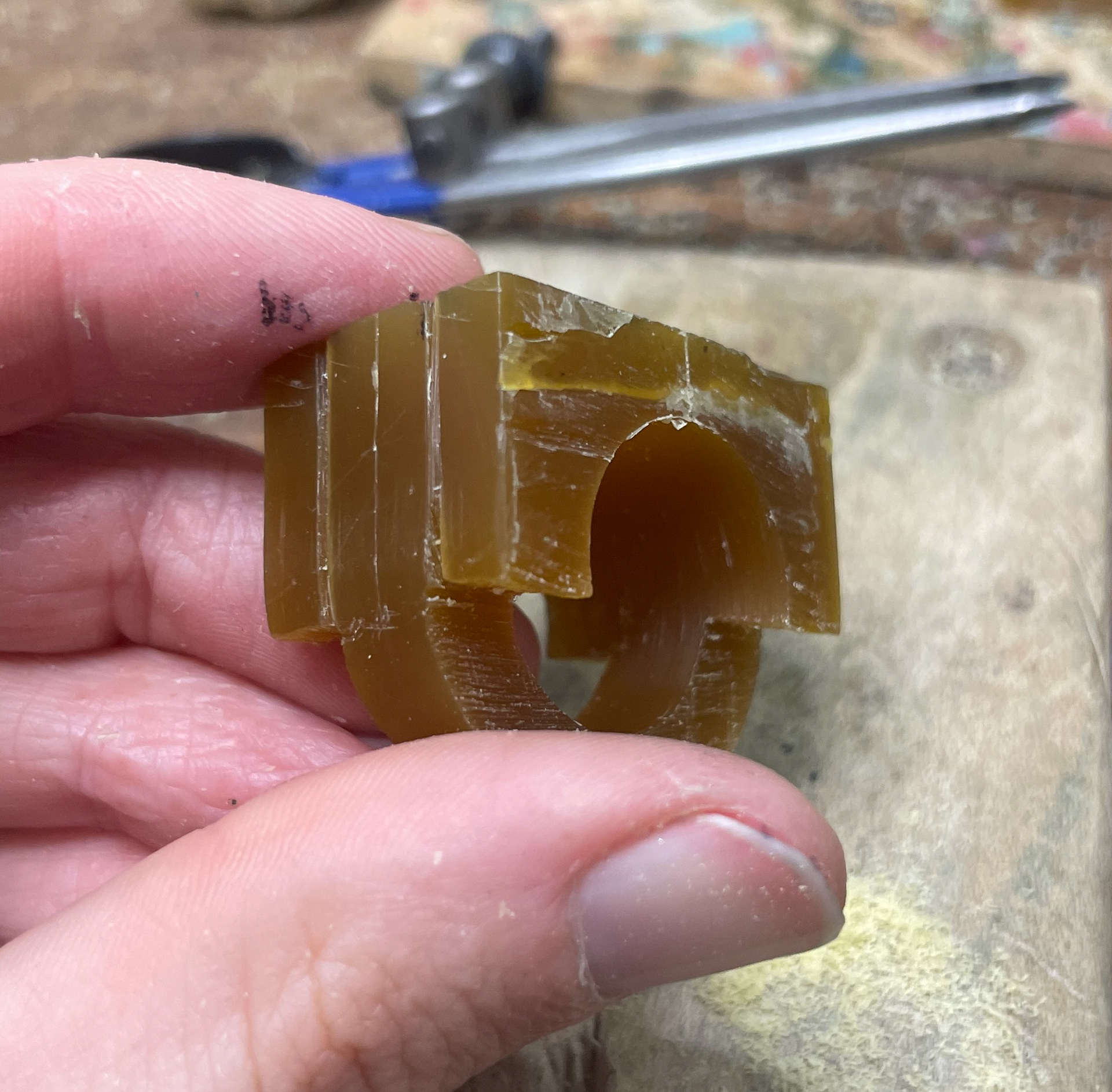
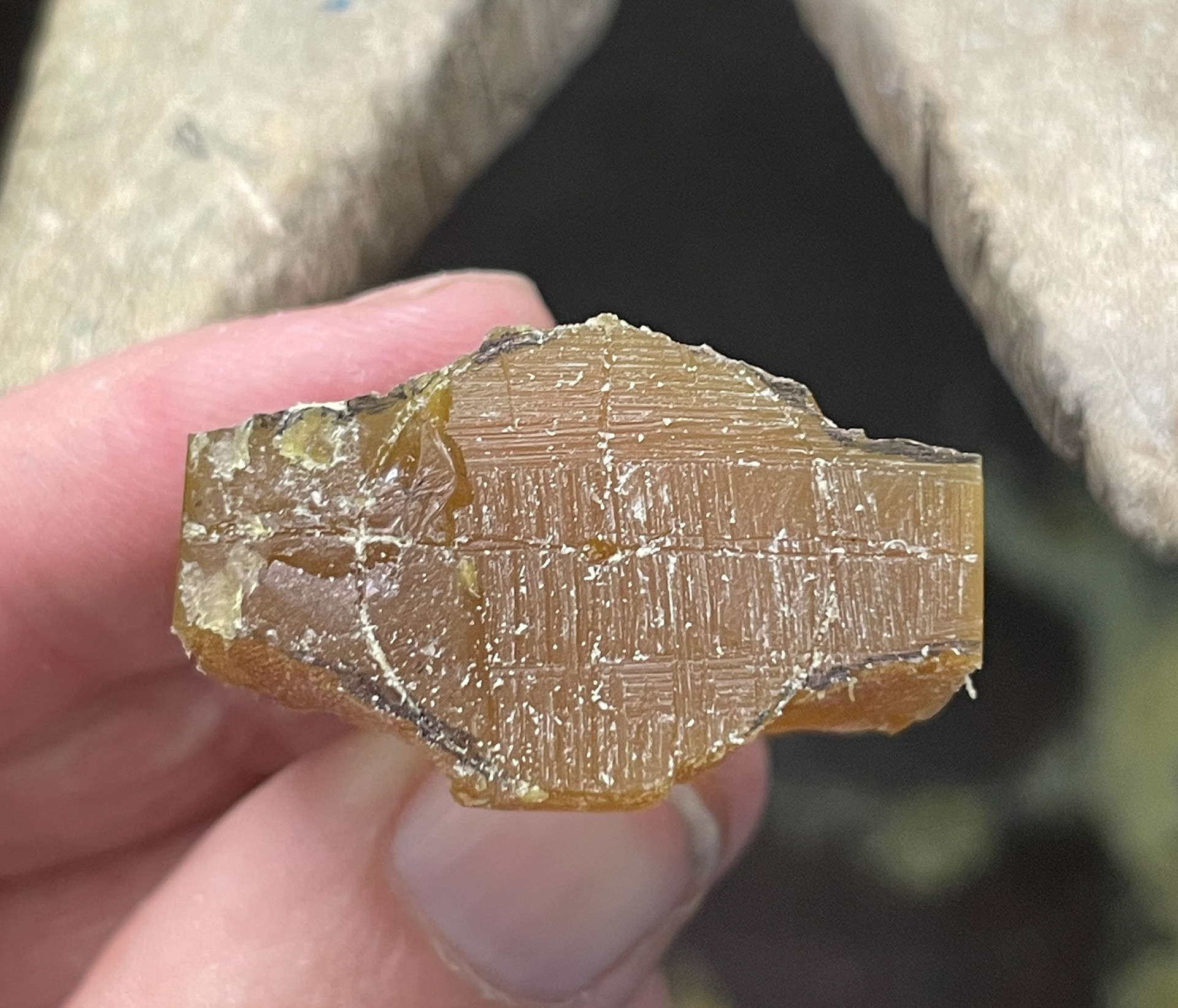
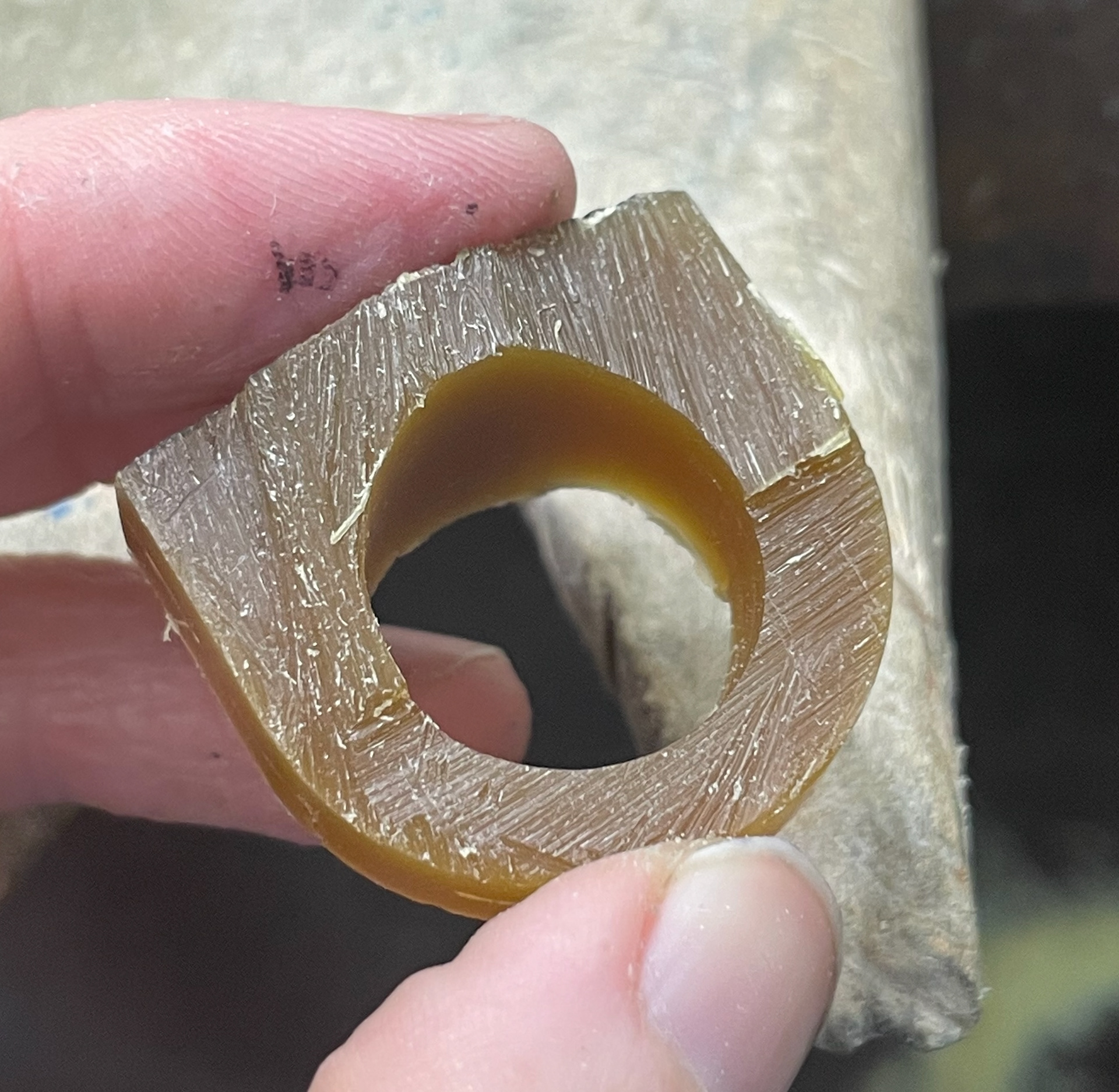

I used wax files and sandpaper to smooth down and form a better shape for the ring. Following this, I took a gentle flame and wafted it over the wax to smooth it out. Unfortunately, I melted the wax by accident and had to rebuild the ring and do it again. In this process, I then snapped the ring and had to re-build the ring a third time.
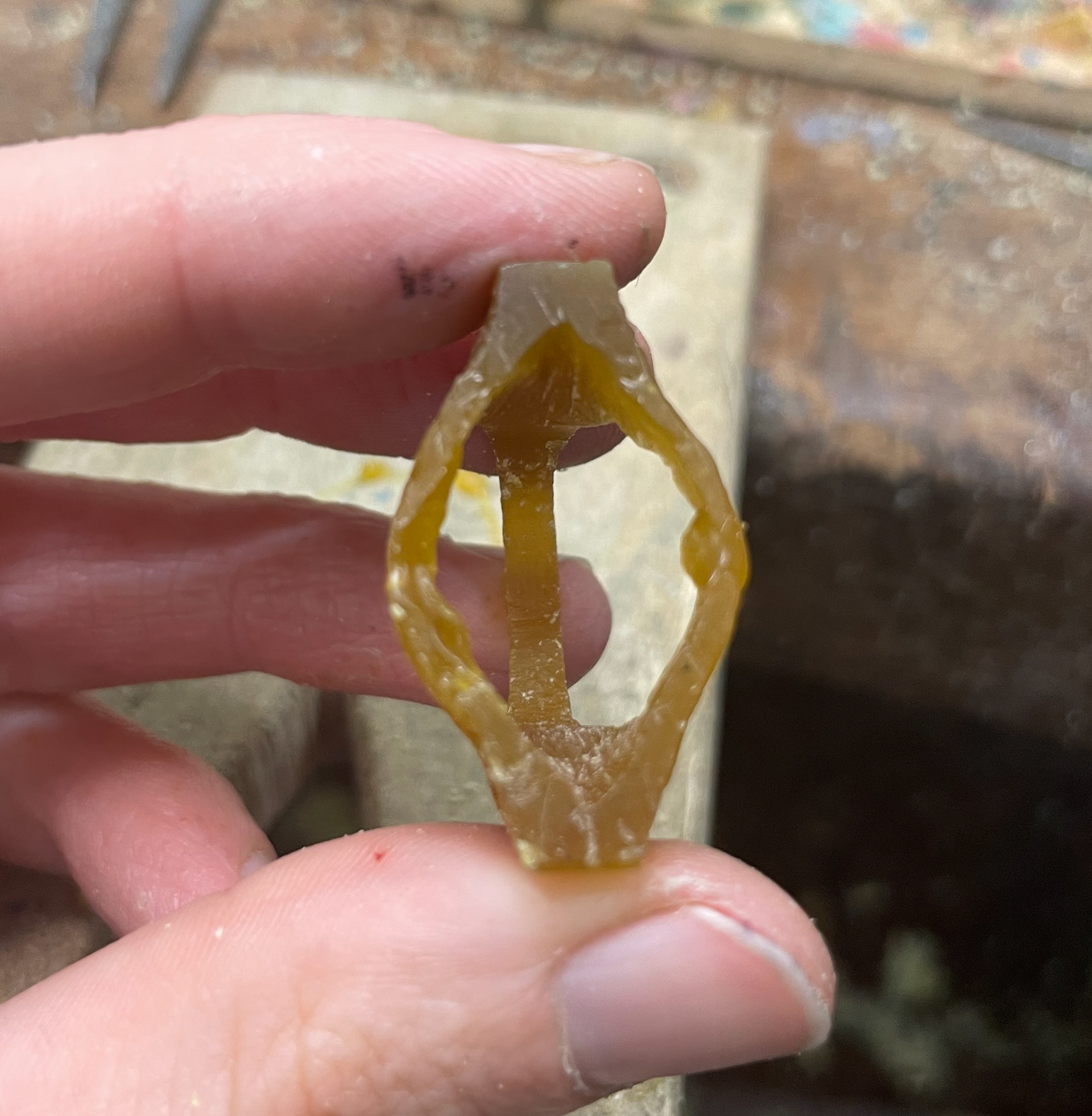

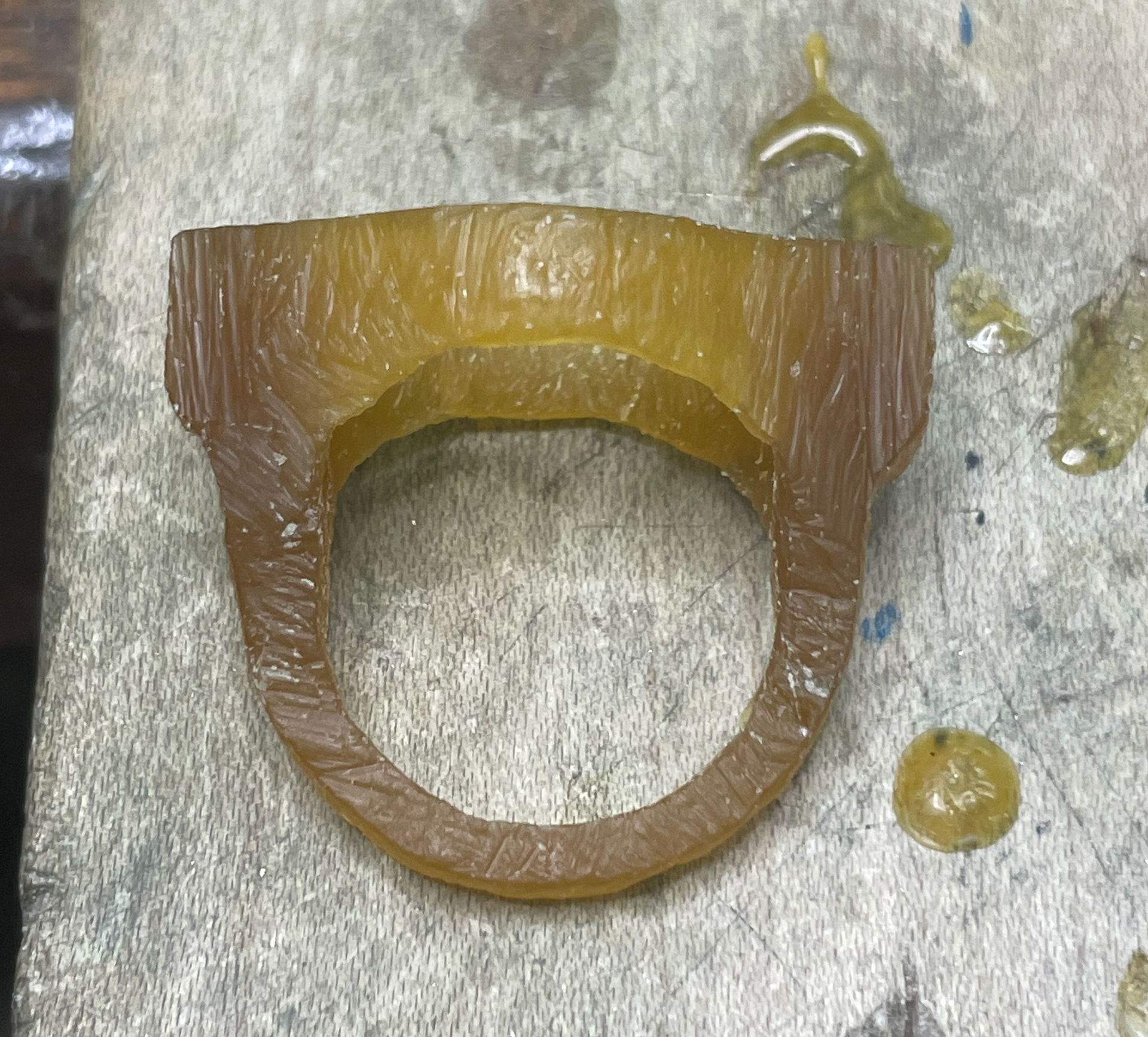
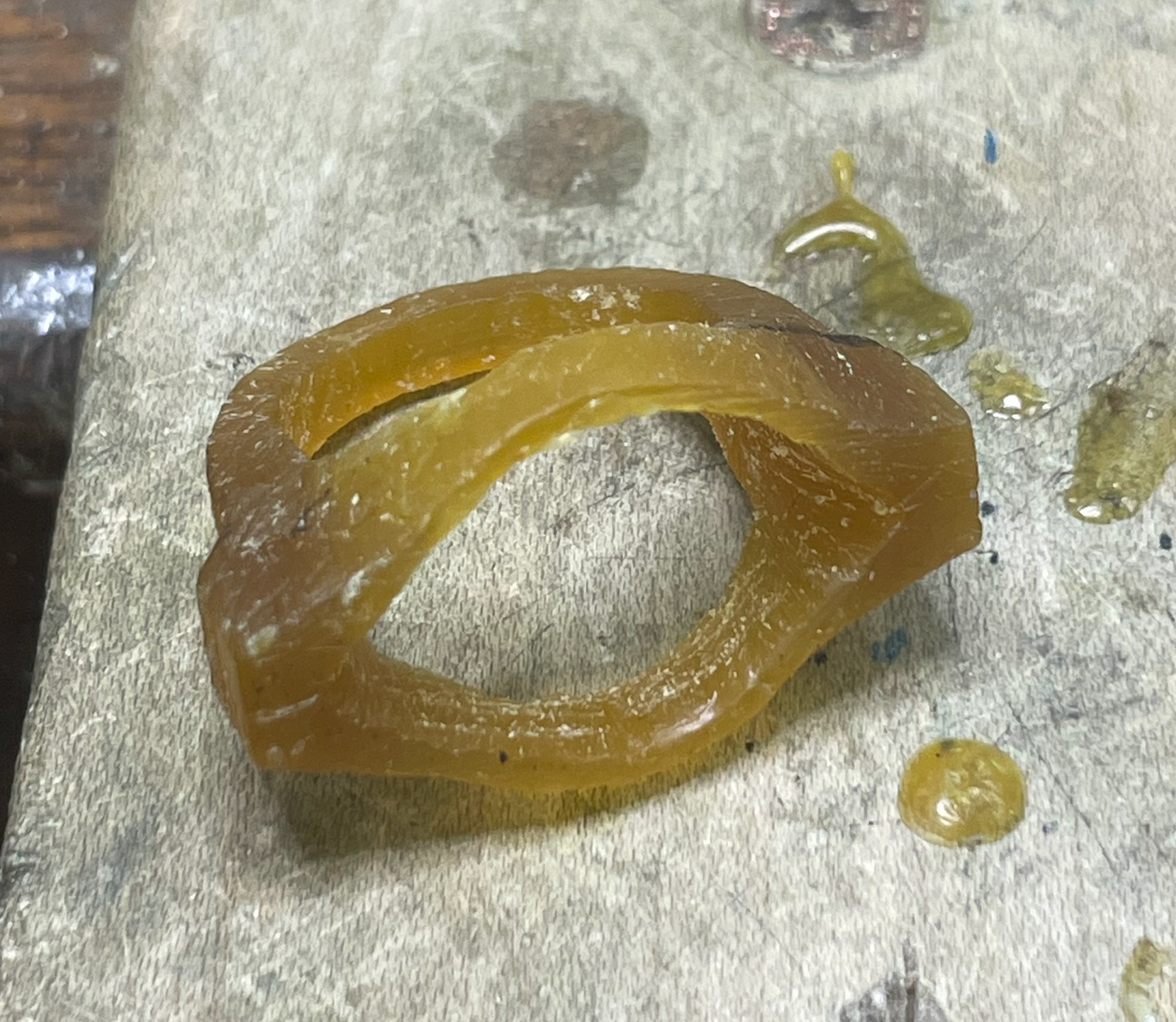

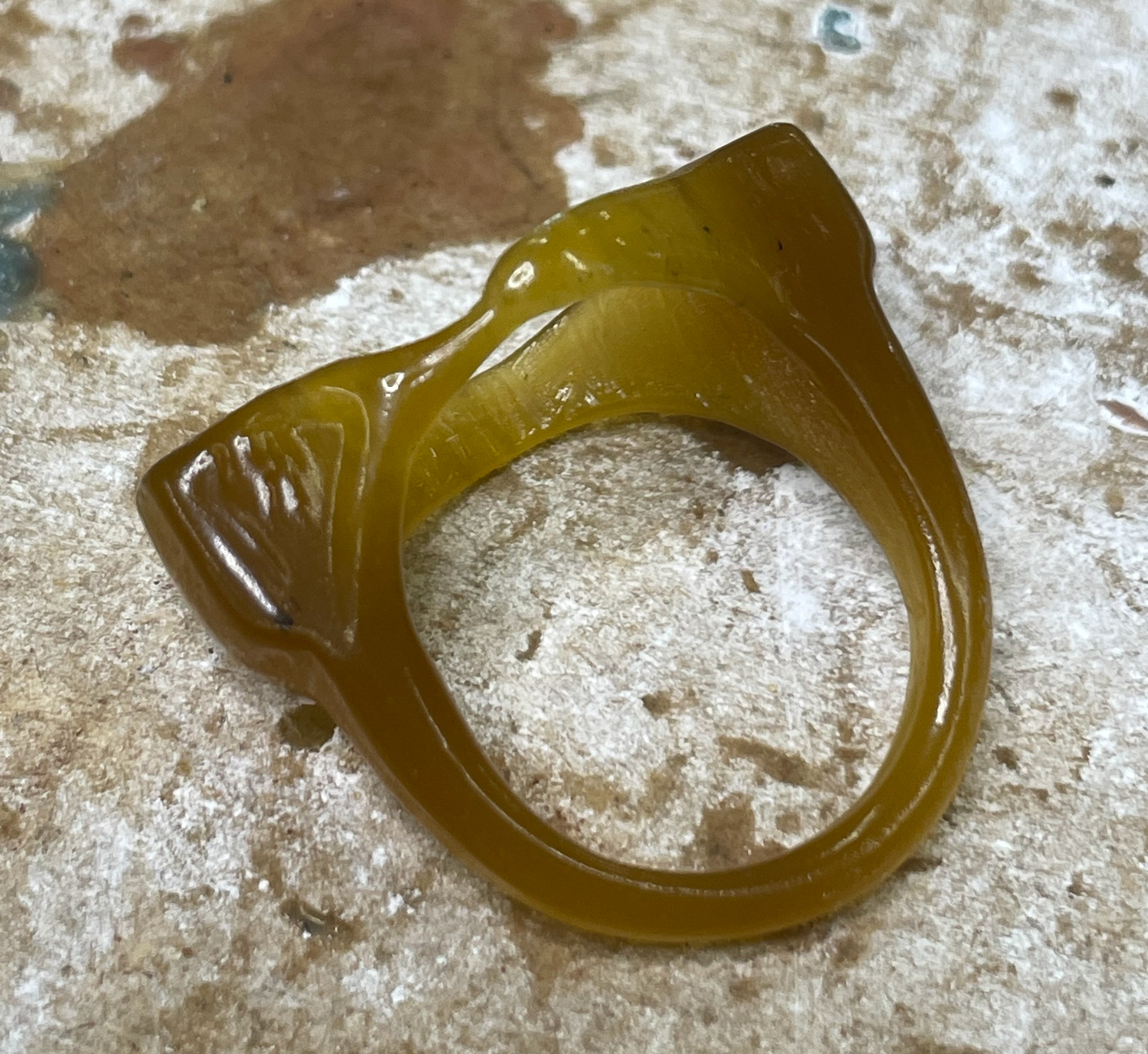


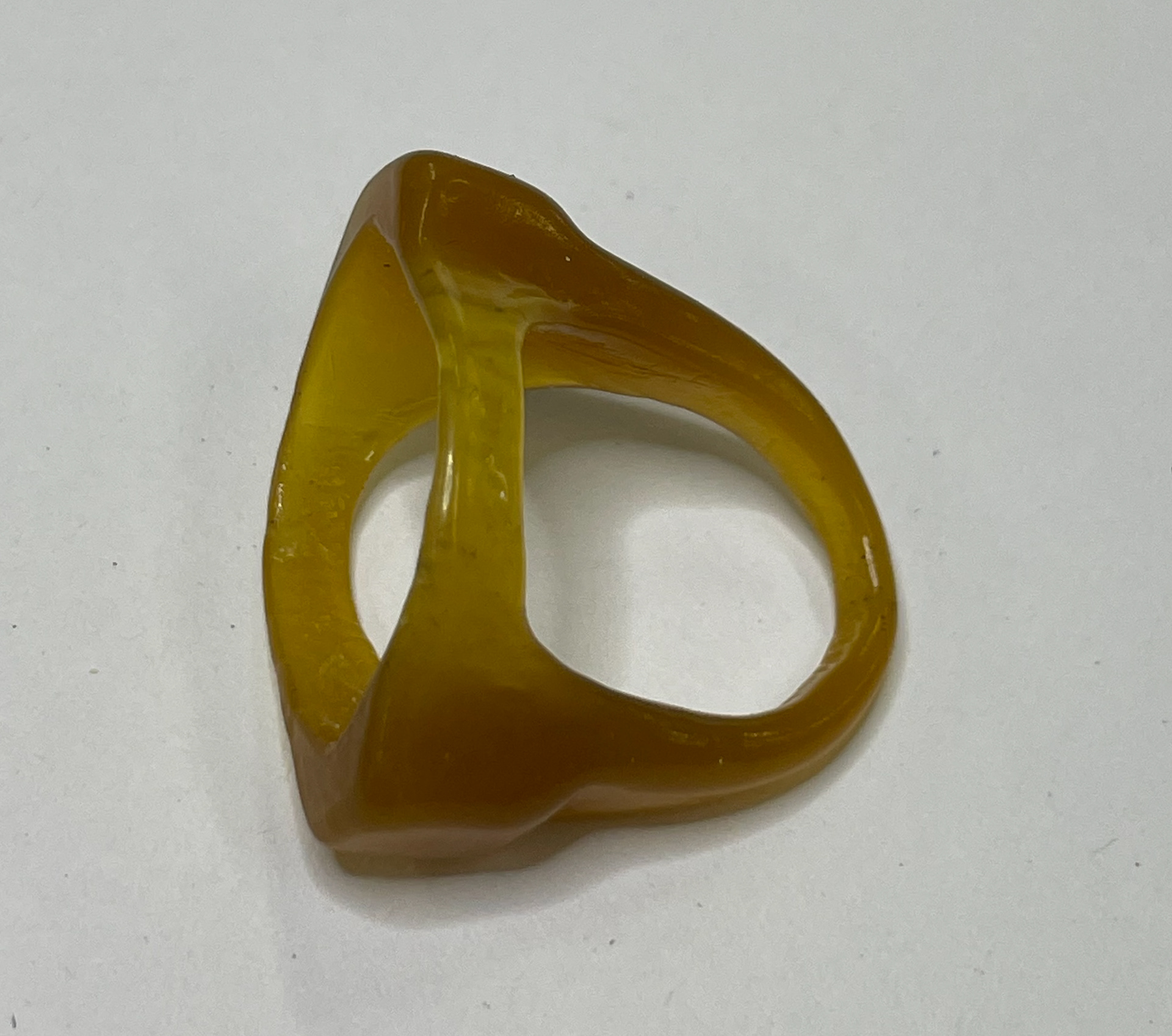
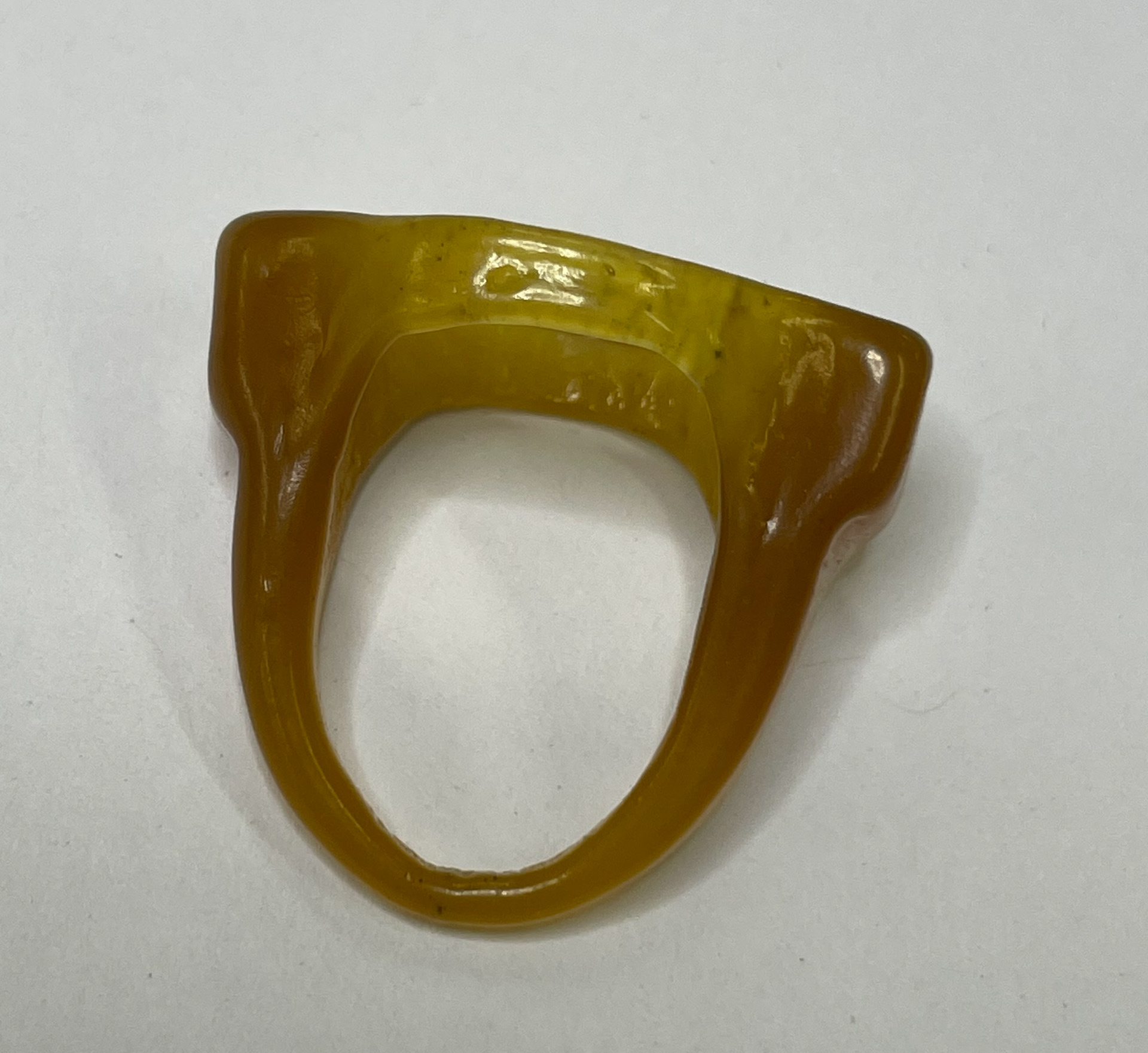
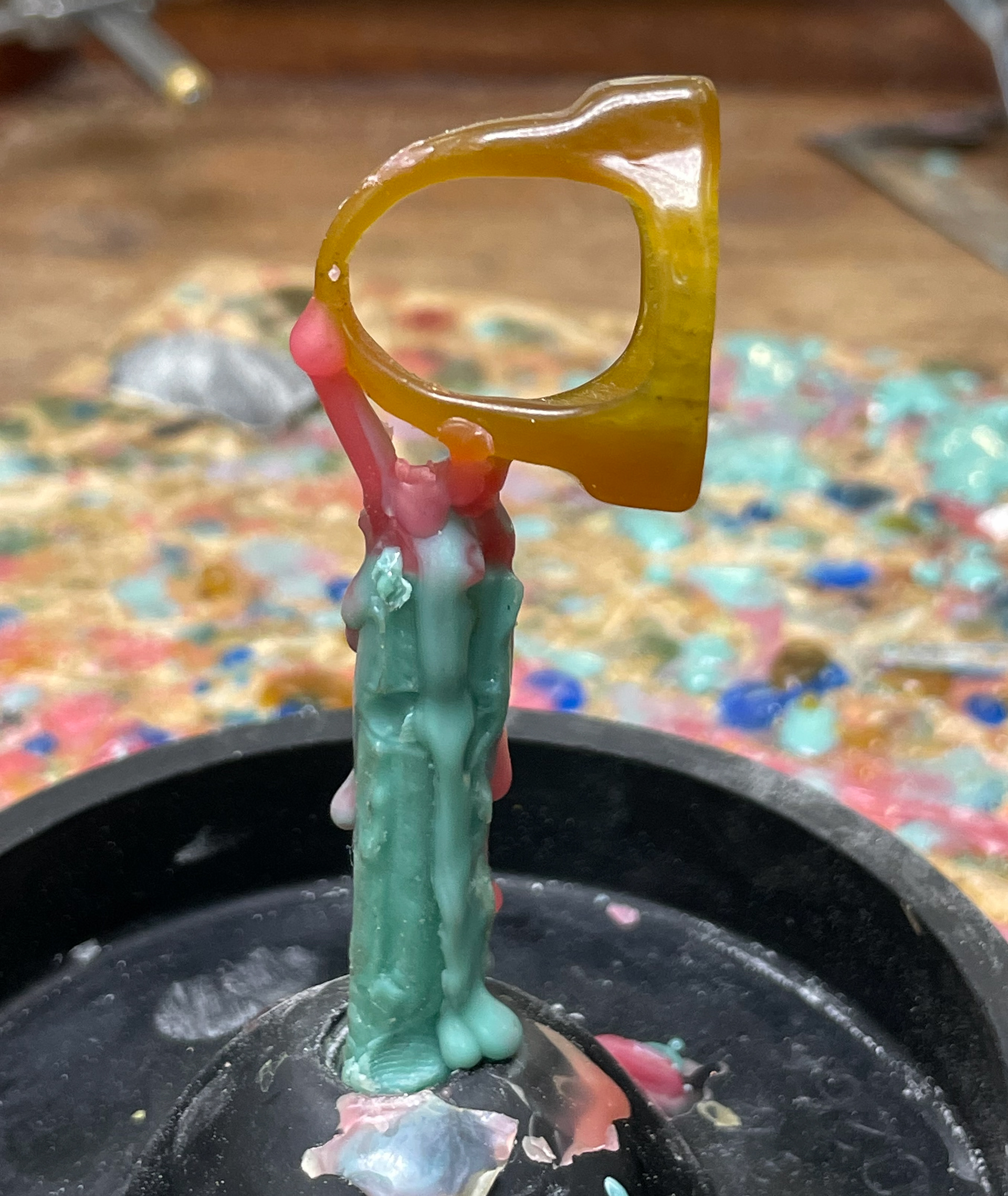
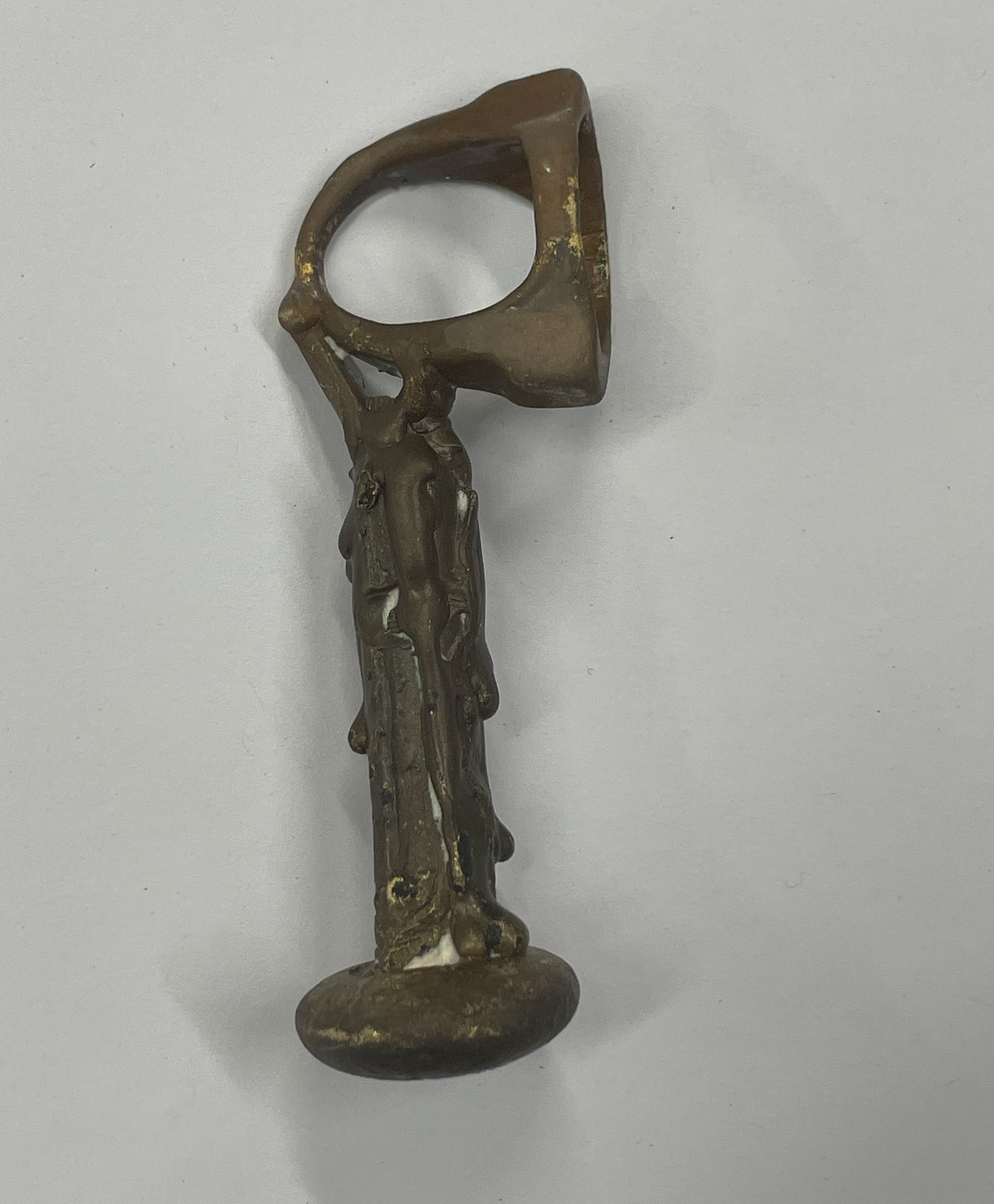
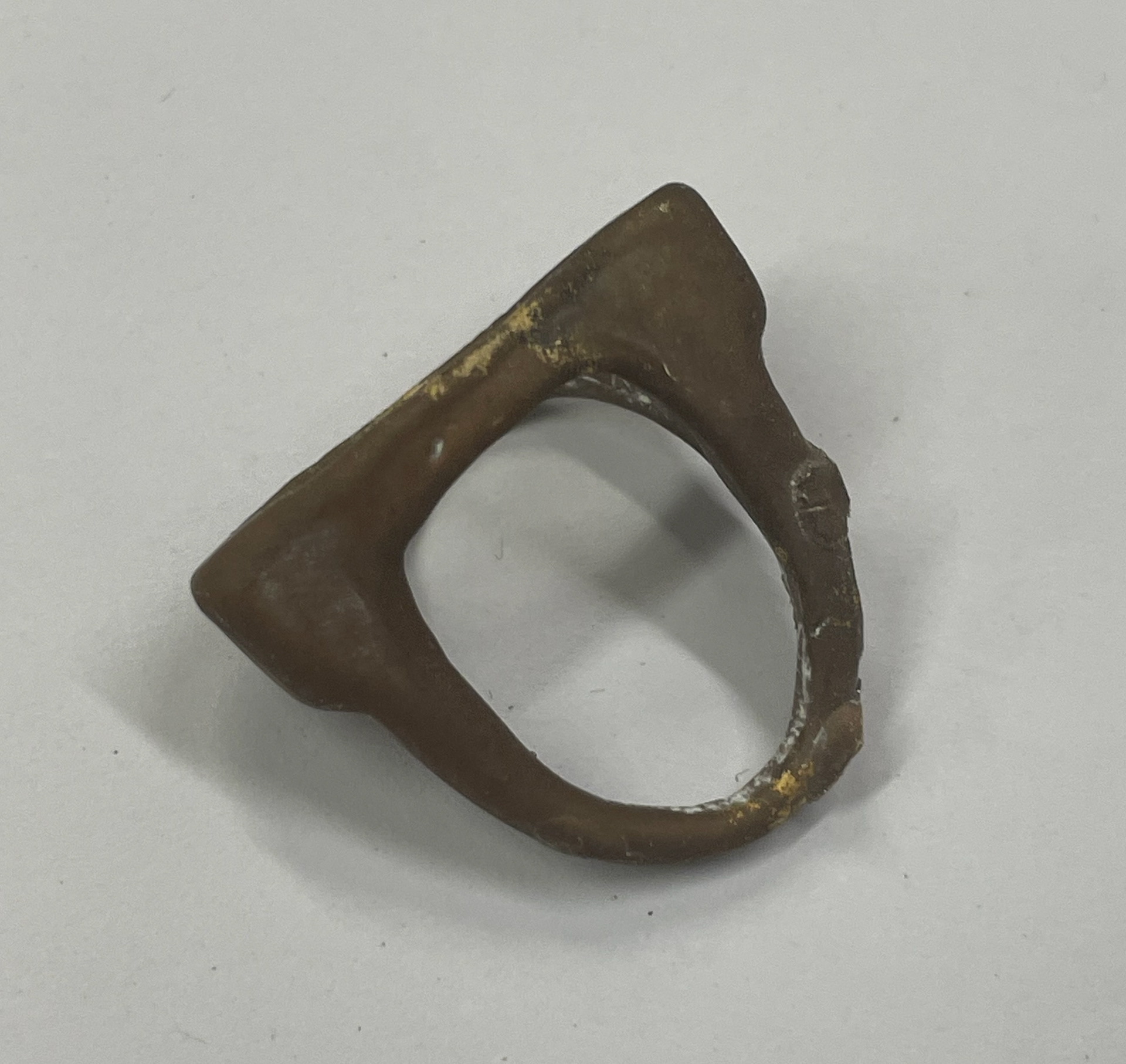
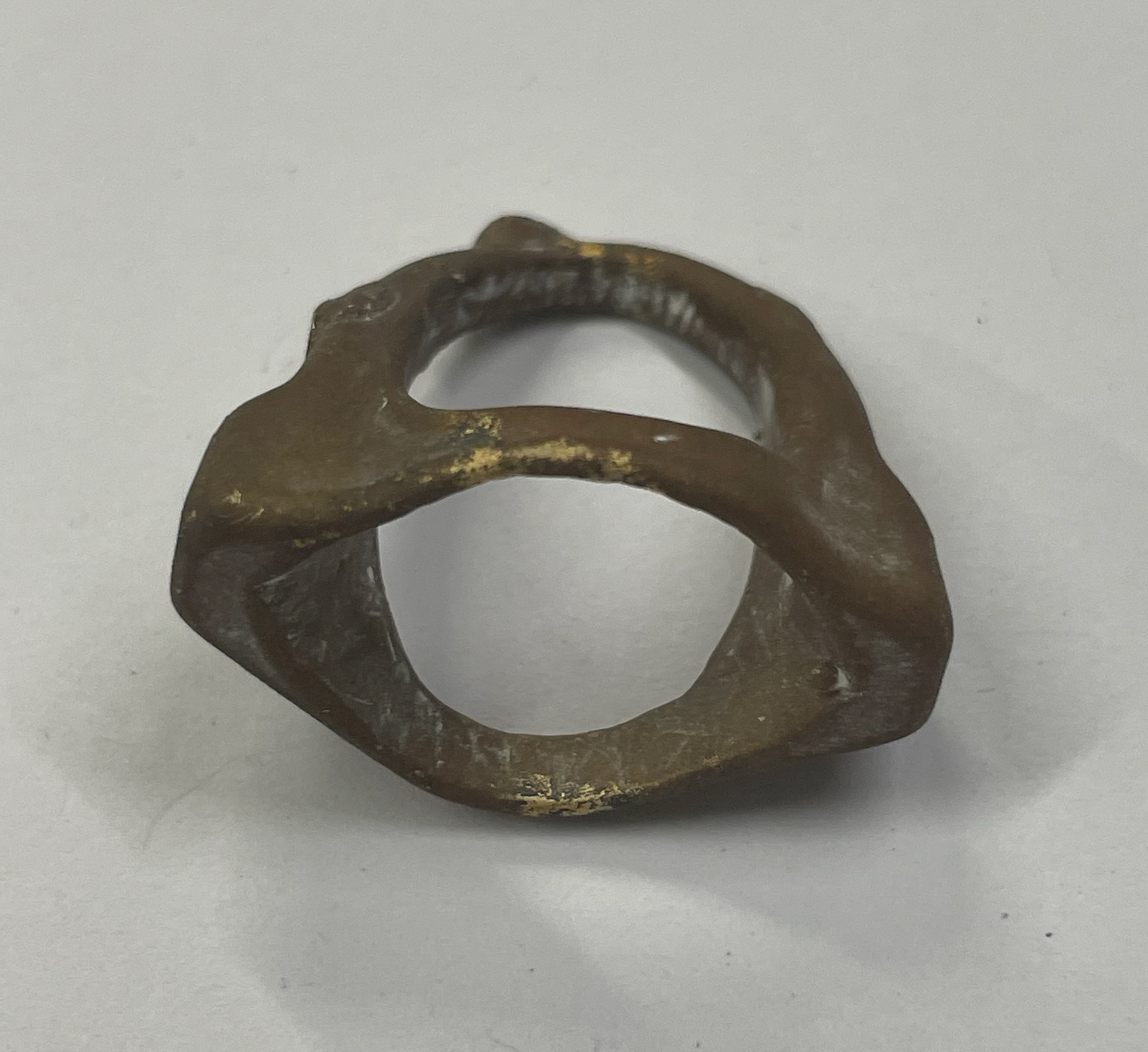
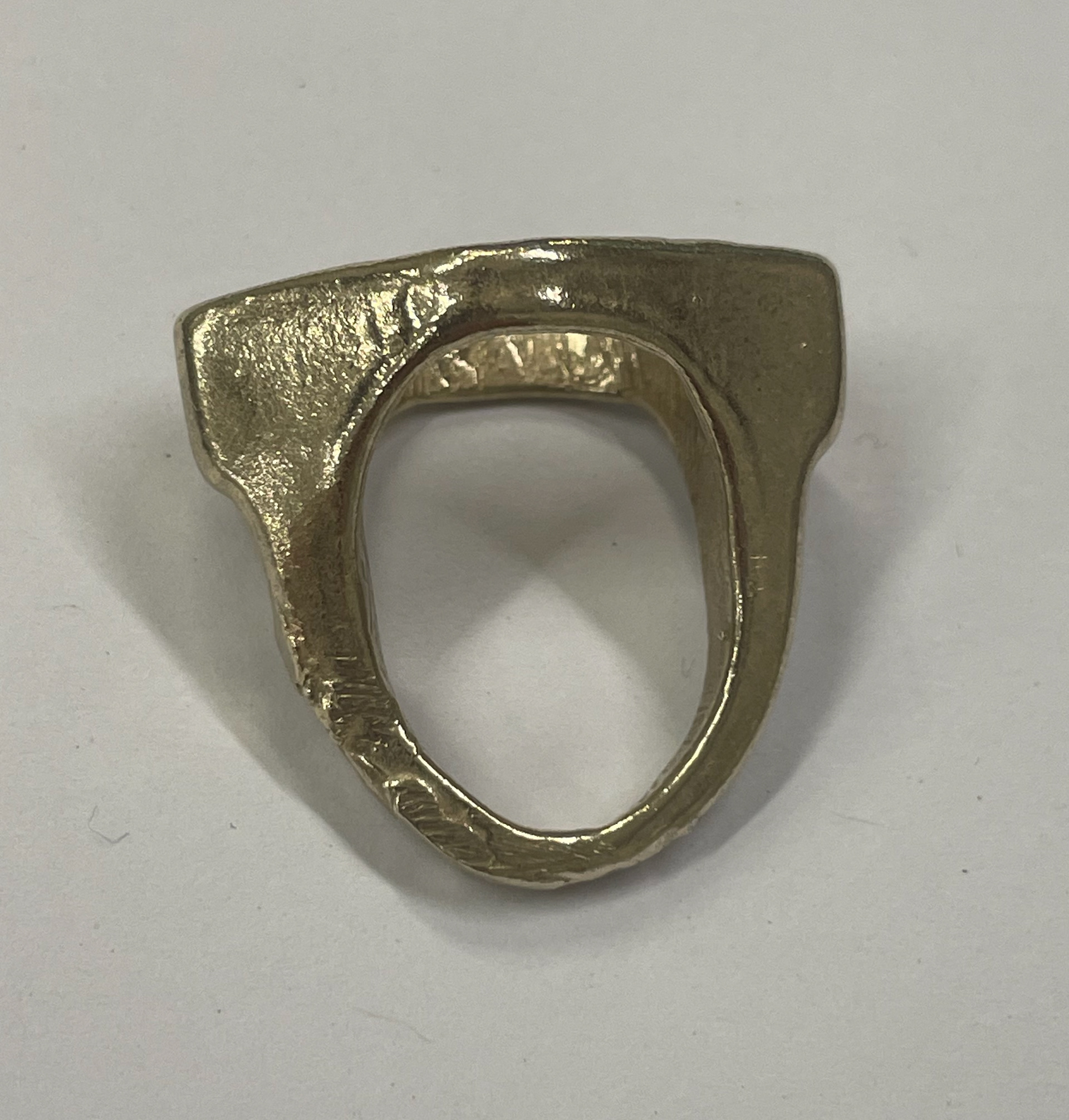
The ring came out of the cast successfully. After this, I polished it up to the finished level.
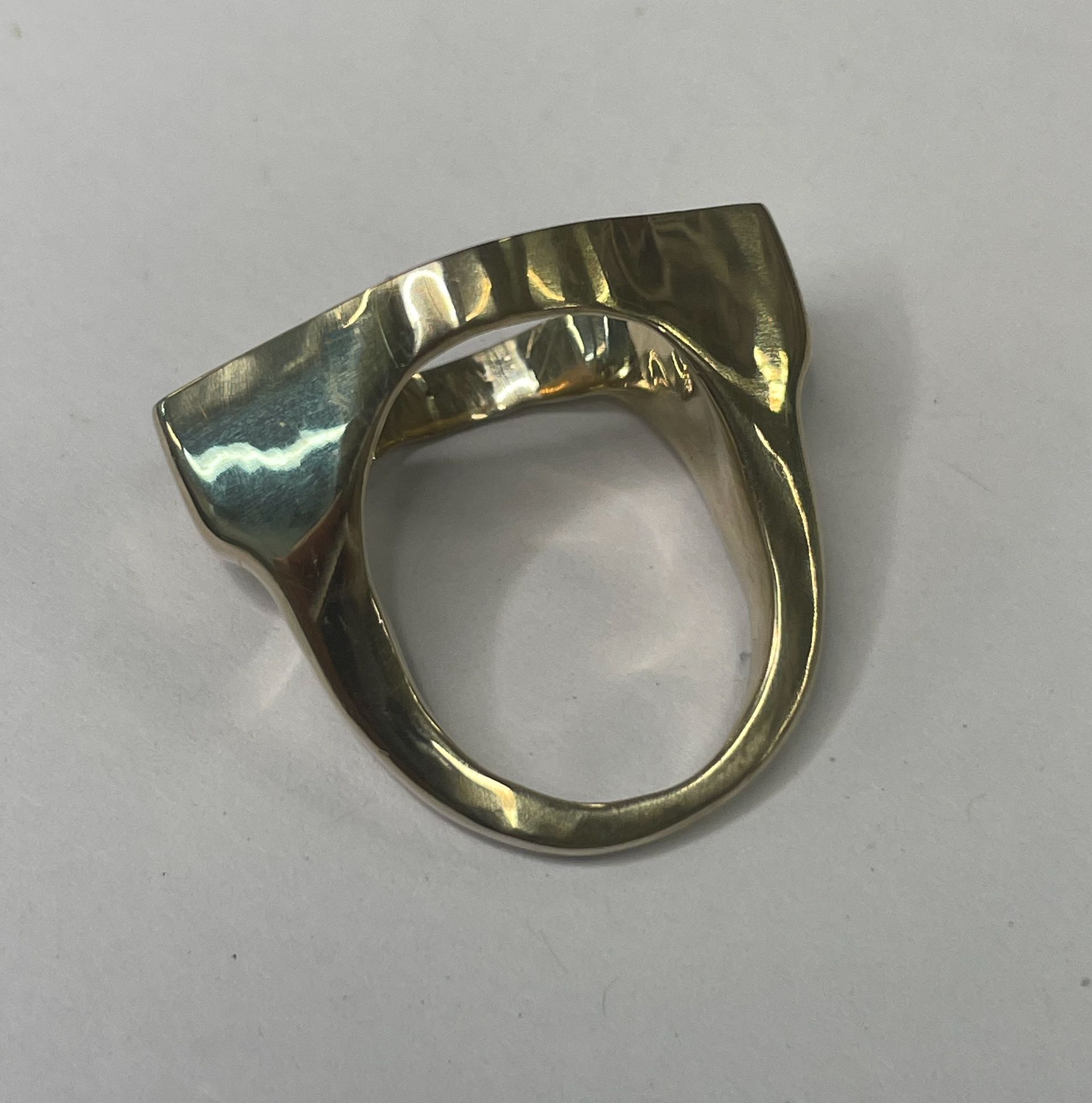

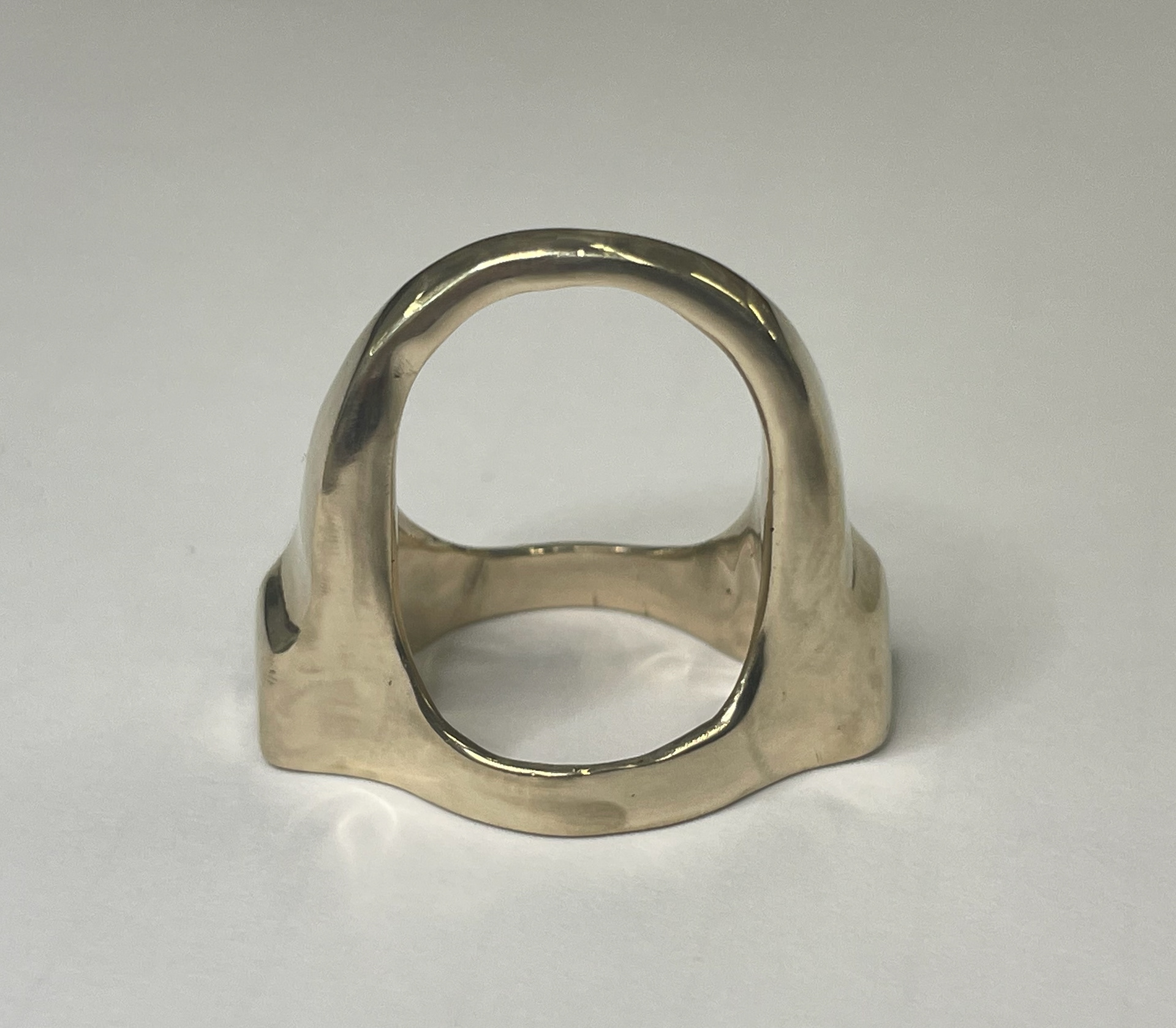
At this stage, I created wire details inspired by details in the church. I then used UV Resin to set the wire placed in a transparent red, inspired by the stained glass windows in the church and house. I then used a nail lamp to cure the resin. I used this resin method after being told about it by a friend. This was to replace the Plique a Jour method to save time as this is a very high-level skill I didn't have time to practice for this project.



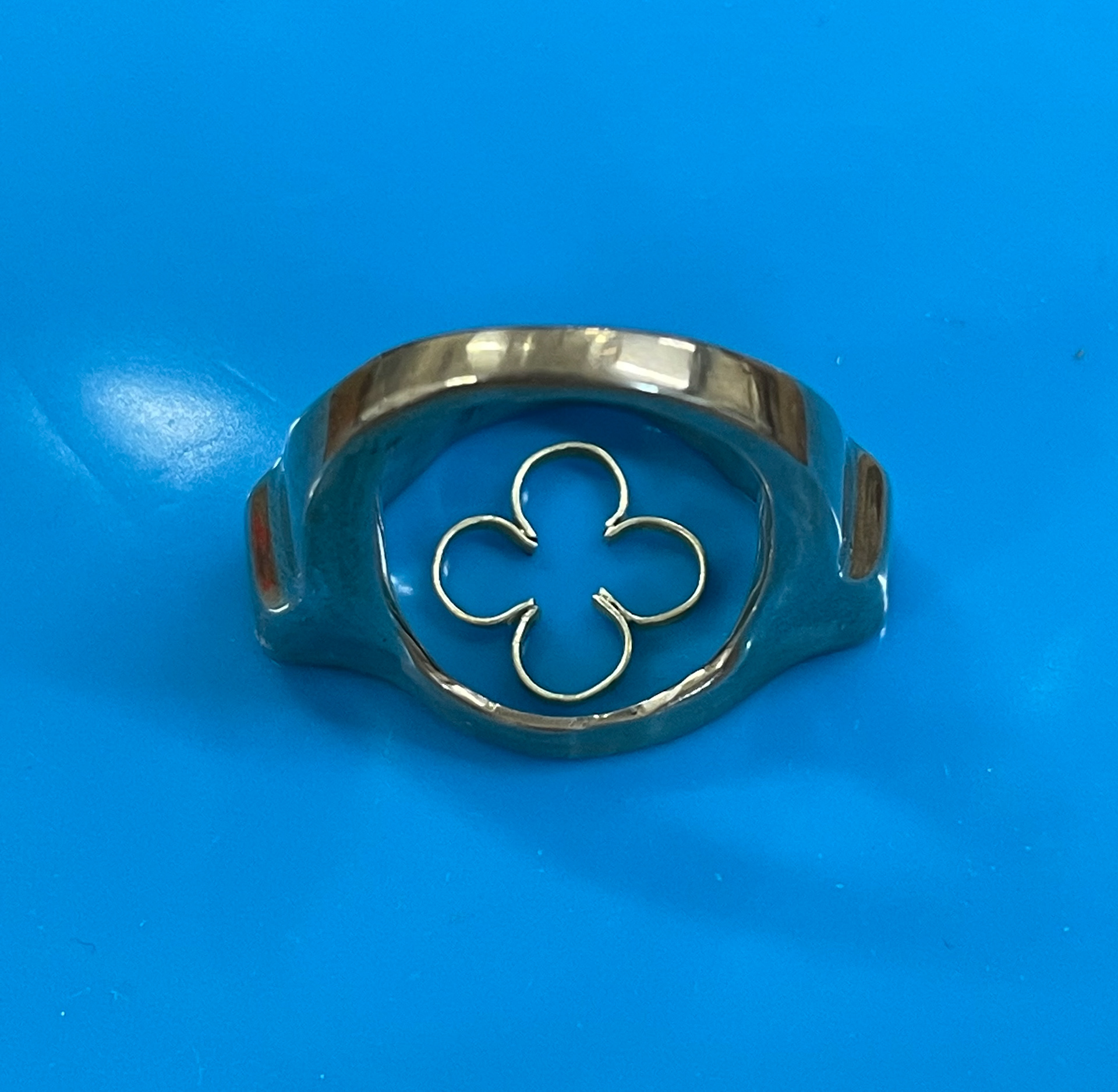


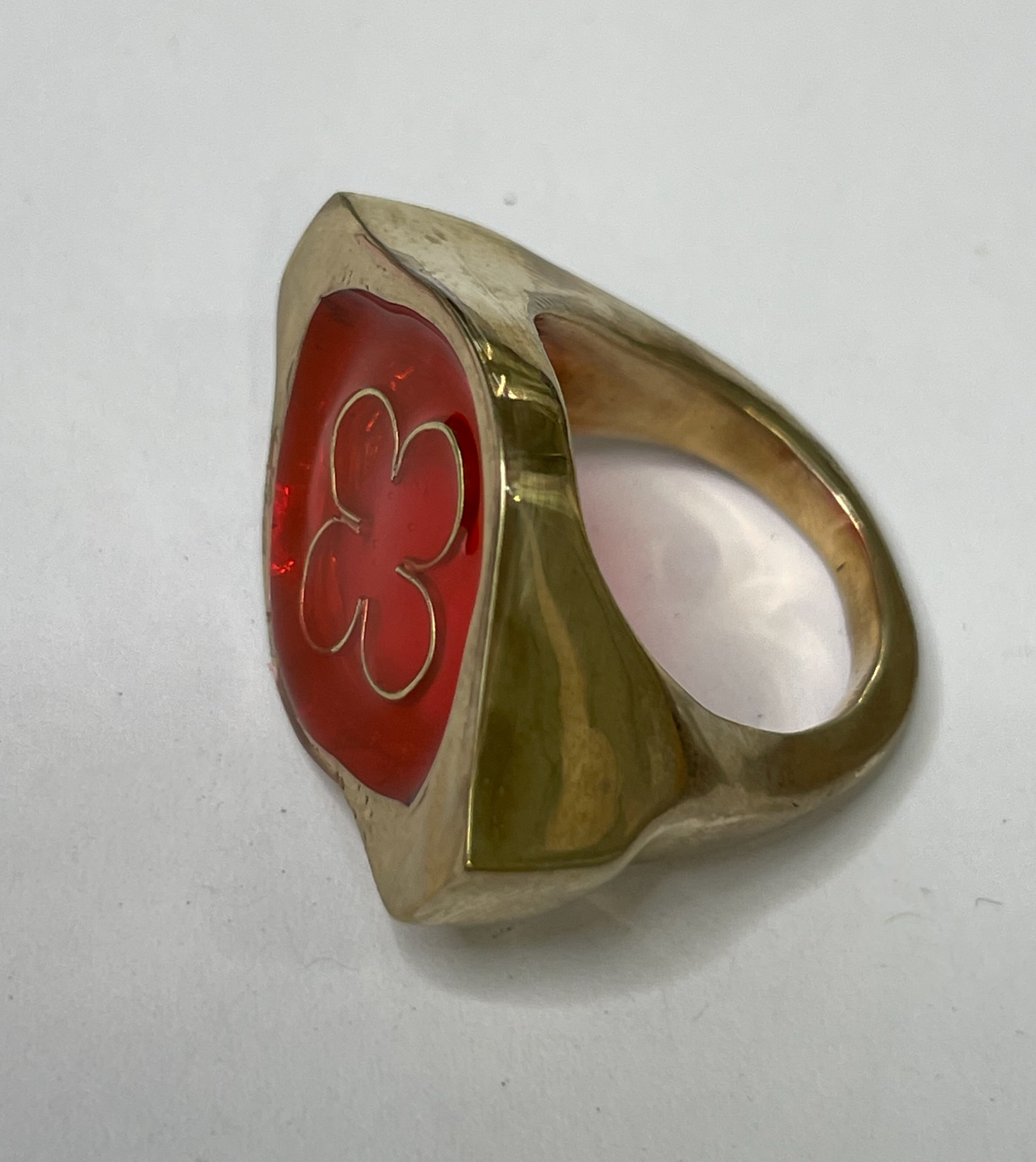
This is the outcome of ring three. This ring was inspired by Mr Fletcher Moss himself. From the first visit, I learned that he showcased his wealth by buying luxuries for the gardens and house. I made a signet-style ring to represent this as these types of things are a sign of wealth and status. The resin used is to represent stained glass windows and the wire design is an element in the church's decor.
Final outcome
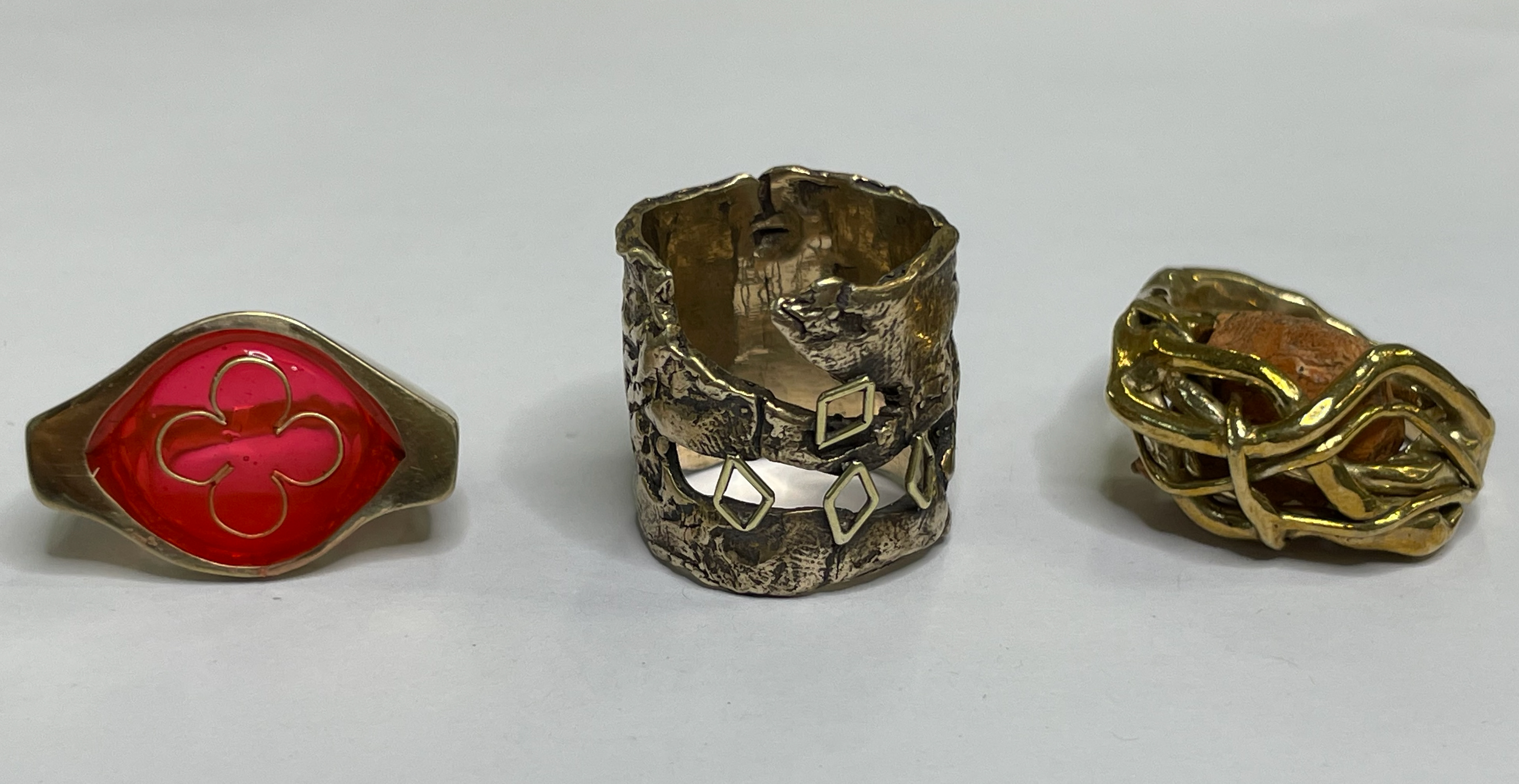
Critical Reflection
Throughout this project, I learnt a lot about myself and my practice. I learnt that I like to challenge myself in a way which can seem unrealistic at the beginning, however, I manage to succeed. Examples of this include designing intricate pieces testing my skill level such as the small wire details and refinement of form. I gained experience in many technical processes which were new to me. From this, I learnt I can pick up new skills quickly to an acceptable standard. This makes me have confidence in myself if I managed to spend more time developing these skills, what the outcome would then be?
In my practice previously I have stuck to quite uniform and geometric design ideas. At the beginning of this project, this was the intention I had. However, through development, I began exploring more natural and organic forms which is something I enjoyed and will take into my future designs, alongside the geometric aspects as this is also something I love doing.
Reflecting on each stage of the project, I believe I could have invested more time into the research side of the project as well as physically collaborating with other students studying other subjects, and taking advantage of this opportunity whilst I could, gaining knowledge from other practices.
I believe I committed best to the making aspect of the project as this is what I enjoy most, however, I could commit more time to my portfolio work during the project to help me reflect in the moment rather than only at the end of the project.
Due to time management, there were ideas and techniques I wanted to try but unfortunately, I couldn’t or had to forget about them because I waited too long into the process to have time to practice and develop these techniques.
Overall, I am happy with my end outcome, and I am proud of the pieces I have produced. I am glad I decided to make a series of rings to be able to express my ideas and stories through my making, rather than having to narrow it down just to one idea. This did up my workload however I knew I could manage it as I like to push myself. I would have liked to practice Piqué a Jour; however, this skill is a high-level skill which I would need to practice intensely, but this unfortunately wasn’t the right opportunity for this. Going forward, over the summer I am going to develop some skills, such as stone setting and my visual research skills so that I can take these forward into the third year and achieve the best I can in my final project.